What you need to know about the product information requirements
Making price cuts pay

When the banter goes too far
The driving forces behind construction costs
Shedding light on our infrastructure workforce and the drivers of construction costs
ISSUE NO.148 - 2024 WWW.BUILDERSANDCONTRACTORS.CO.NZ ONLINE
FROM
The case for increased housing density
THE GROUND UP Full disclosure
Discounting - a strategic move or a mistake?
The next steps after onsite bullying and harassement Game on Tracking Te Kaha Stadium's progress


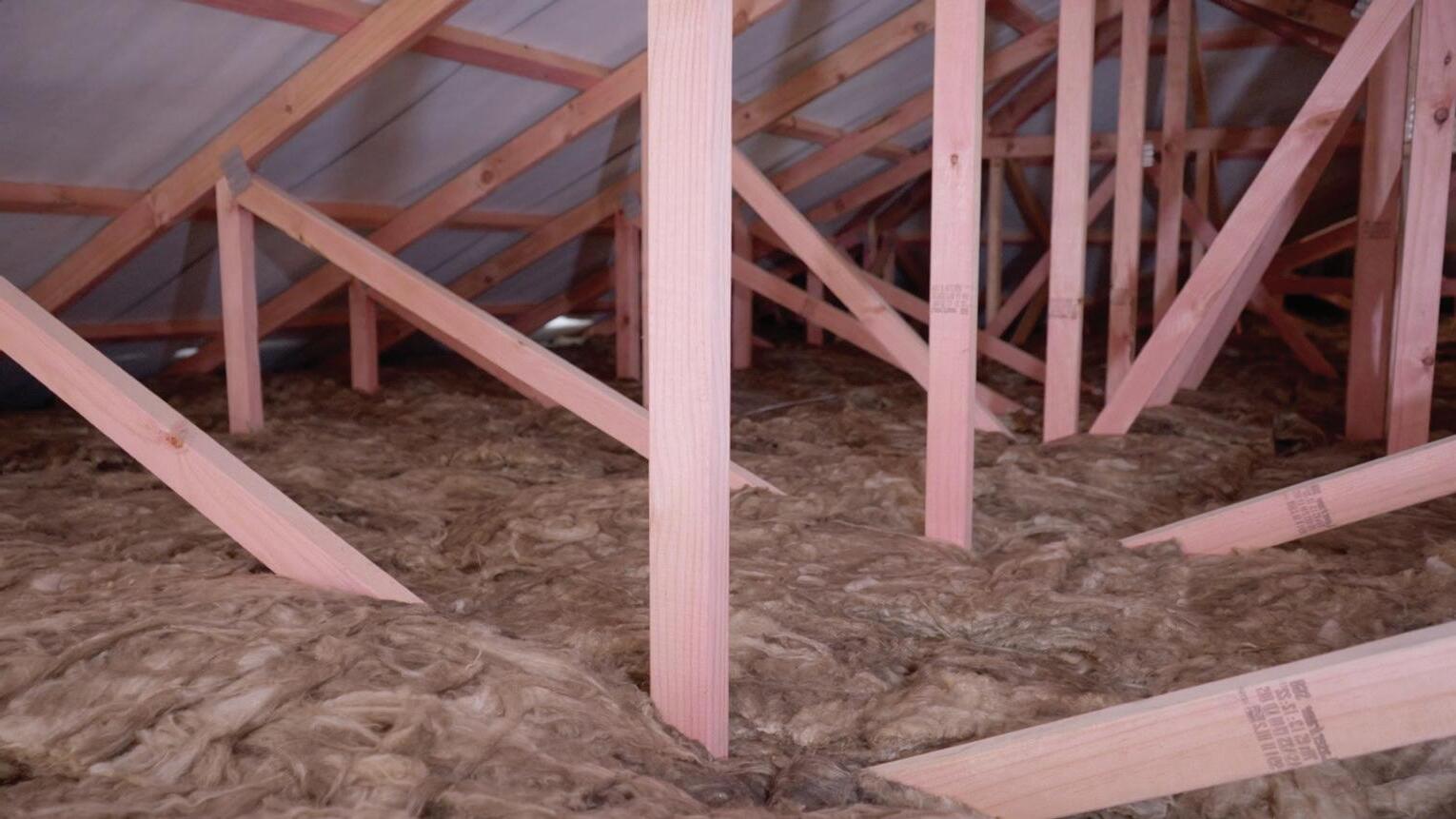
WORK SMARTER
Have your team work smarter, learn up-to-date skills.
TRAIN AN APPRENTICE
ALREADY HAVE THE EXPERIENCE?
GROW YOUR BUSINESS THROUGH TRAINING
Help them learn the skills and become qualified.
Get skills recognised with a formal qualification.
Training an apprentice is an investment in your business and the industry.
ARCHITECTURAL ALUMINIUM JOINERY
BRICK & BLOCK LAYING
CARPENTRY
CONCRETE
EXTERIOR PLASTERING
FLOORING
FRAME & TRUSS
GLASS & GLAZING
INTERIOR SYSTEMS
JOINERY
KITCHEN & BATHROOM
PAINTING & DECORATING
RESIN FLOORING
STONEMASONRY
SUPERVISOR
TILING
CALL BCITO TODAY 0800 4 BCITO (422 486)
QUALIFICATIONS THAT FIT WHAT YOU DO
DESIGN
BCM-02-24-2106
Contents


Contents


Welcome - Editor’s note
This issue of Builders & Contractors features a discussion with Guy Marriage talking about the case for increased housing density in Aotearoa.
We tell you all you need to know about the new product information requirements and look at the driving forces behind construction costs as new research sheds light on New Zealand’s infrastructure workforce.
There’s also information about pricing, looking at whether discounting is a solid strategic move or a mistake, we track Christchurch’s Te Kaha Stadium build progress, and a look at Kainga Ora’s major nationwide renewal.
When the workplace banter goes too far, there’s information about the steps regarding onsite bullying and harassment and we offer six last-minute tips for the end of the March 31 financial year.
As always, we thank all our columnists for their expertise, along with the views, opinions and predictions of all those who contributed, to help you manage the risks you face each and every day.
9: Six last-minute tips for the end of the financial year
10: Discounting – a strategic move or a mistake?
12: The driving forces behind construction costs
16: Tracking Te Kaha Stadium’s progress
22: Motueka sawmill boosts Nelson’s timber industry
22: The next steps after onsite bullying and harassment
23: Minimising landslide slip-ups
23: Kāinga Ora undertakes major nationwide renewal
28: Roofing excellence
32: NZ Ceilings & Interiors’ fit-out fitness
34: The Bolt Import Charter
Page: 16
42: Te Pae Convention Centre to host fib 2024 Symposium
48: Transforming commercial building: the unrivalled advantage of wood
56: A better building framework with the FTMA
60: Industry reaction to H1 updates
64: Being weathertightness wary
66: Keeping things watertight

70: Ensuring drainage is up to standard
74: The fundamentals of workplace injury prevention
77: Setting EWP safety standards
80: Reducing height safety risks
82: Case studies in green building
84: The passive house paradigm
87: Central Otago’s blossoming building sector
89: The Homer Tunnel’s $29 million safety upgrade
92: Compact construction equipment
94: What to consider before beginning demolition work
Head Office Auckland Office
38 Lowe Street
Addington
Christchurch 8011
Level 3/5
1010
Phone: (03) 961 5050
Email: admin@academygroup.co.nz
Readers: Construction/building industry leaders and decision makers: government & trade organisations, site safe members, business owners and professionals in the industry.
Nationwide Distribution: Mailed directly to a carefully maintained list of decision makers and subscribers for 25 years.
Disclaimer This
Builders and Contractors, a national trade newspaper targeted directly at New Zealand's building and construction industry. For some time we were aware that, although the building and related trades were generally covered individually by some trade journals, there was no amalgamated news link for trades as a whole, especially on a nationwide basis.
This void has been successfully filled by Builders & Contractors. Distribution is by way of various outlets: PlaceMakers, Mitre
10, Builders Hardware, I.T.M., Carters, Site Safe Members, Home Ideas Centre, timber companies, hire companies, together with our database direct mail drop to architects, draughting professionals, consulting engineers, building consultants, designers and local Councils. By these means we aim to reach one of the most powerful buying groups in the industry.
Are there
Please contact us to discuss
Director
Collins
GM of Operations
Kylie Palermo
Art Director
Jarred Shakespeare Phone: (03) 961
PO Box 1879, Christchurch, 8140
Sales Manager
Angela Elley
Phone: (03) 961 5184 sales@academygroup.co.nz
Product Co-ordinator Manager
Amber Mundy
Phone: (03) 961 5075 amber@academygroup.co.nz
Editorial
Jonathon Taylor
Phone: (03) 961 5098 editor@academygroup.co.nz
Administration
Louise Keates
Phone: (03) 961 5050 louisek@academygroup.co.nz
www.buildersandcontractors.co.nz
4 | B&C
Editor
Page: 77 Page:
Page:
34
12
publication is provided on the basis that AMark Publishing NZ Ltd is not responsible for the results of any actions taken on the basis of information in these articles, nor for any error or omission from these articles and that the firm is not hereby engaged in rendering advice or services. AMark Publishing NZ Ltd expressly disclaim all and any liability and responsibility to any person in respect of anything and of the consequences of anything done, or omitted to be done, by any such a person in reliance, whether wholly or partially upon the whole or any part of the contents of this publication. Advertising feature articles are classified as advertising content and as such, information contained in them is subject to the Advertising Standards Authority Codes of Practice. Contents Copyright 2017 by AMark Publishing NZ Ltd. All rights reserved. No article or advertisement may be reproduced without written permission. You can read the full list of terms and conditions on: www.academygroup.co.nz/terms-conditions | www.academygroup.co.nz/competition-terms/
5088 jarred@academygroup.co.nz Managing
Gary
Web: www.buildersandcontractors.co.nz Nelson Street Auckland CBD Auckland
6: What you need to know about the new product information requirements
any captivating projects or products within
company that
like to showcase in the upcoming edition of Builders & Contractors?
18: The case for increased housing density with expert Guy Marriage
your
you'd
The AHL Series offers an attractive louver system that provides both ventilation and sound attenuation. Based on Holyoake’s proven louver technology, the AHL Series has been designed to efficiently allow air to pass through the facade of a building while educing radiated noise.
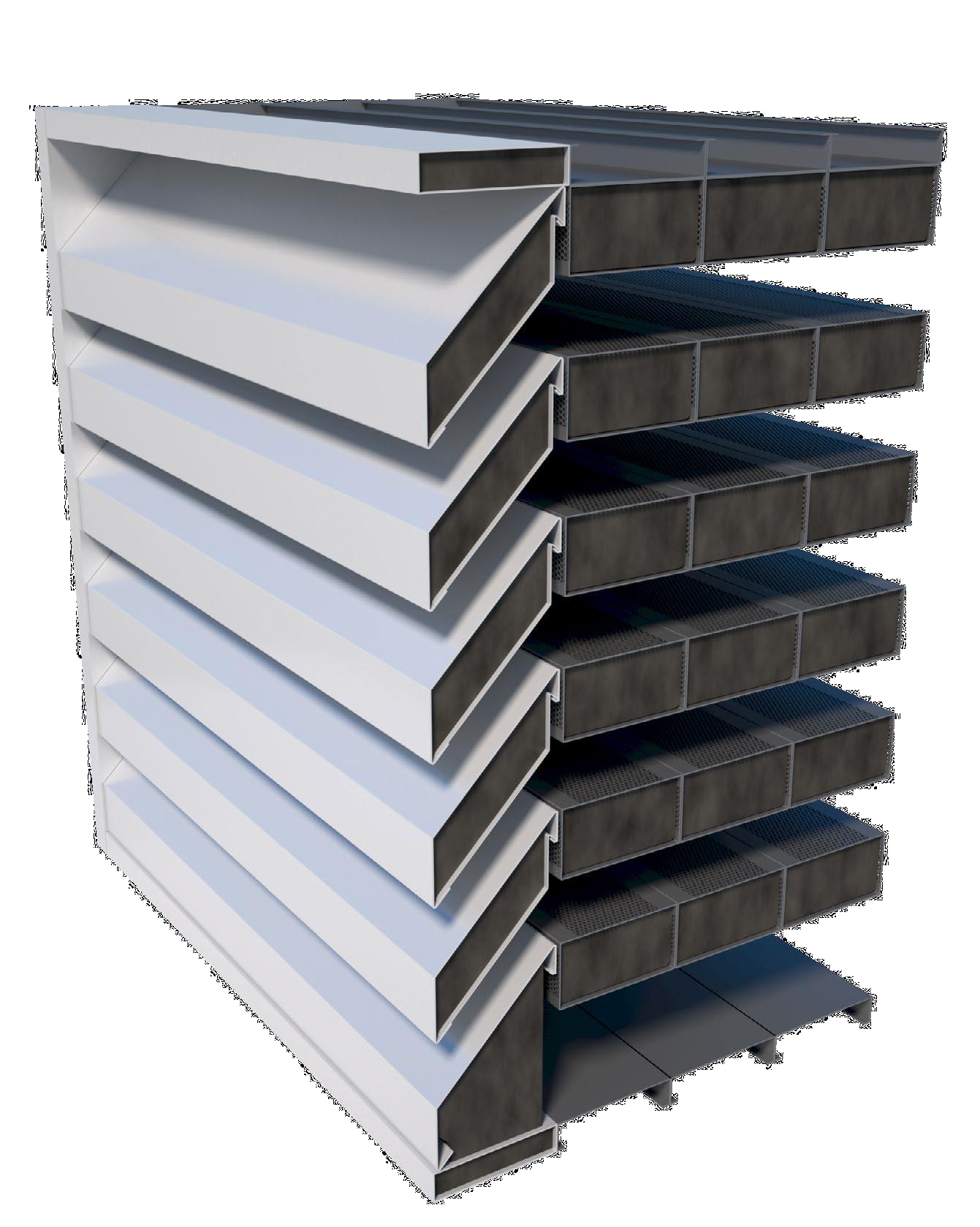


B&C | 5 AUCKLAND auckland@holyoake.com +64 9 274-4144 WELLINGTON wellington@holyoake.com +64 4 232-2722 CHRISTCHURCH christchurch@holyoake.com +64 3 366-6545 Learn more about AHL Ser ies today!
is plea sed to introduce
Holyoake
it s new A HL Series Acoustic Louver
5 YEAR WARRANTY
Full disclosure
What you need to know about the new product information requirements
By Ben Mitchell, a solicitor from Auckland law firm Martelli McKegg
If you manufacture, import, advertise, or sell products in New Zealand that are used in construction, you will need to make sure to comply with the new product information disclosure requirements imposed by the Building (Building Product Information Requirements) Regulations 2022 (Regulations).
What products do the disclosure requirements apply to?
The disclosure requirements imposed by the Regulations apply to “designated building products” of which there are two classes.
The first category (Class 1) is a building product that:
• Is mass produced or is produced in batches to a general specification; and
• Is available for wholesale or retail purchase; and
• Is new (and not used); and
• When used in building work, may affect whether the building work complies with the building code; and
• Is not a product of a kind described in regulation 7.
The second category (Class 2) is a building product that:
• Is based on a line of products where each unit is customised to the specification of the client; and
• Is new (and not used); and
• When used in building work, may affect whether the building work complies with
the building code; and
• Is not a product of the kind described in regulation 7.
Although the Regulations establish two classes of captured products, the first and essential question to be asked is, if used in building work is, how likely will the product affect how the building work complies with the building code?
If the answer is that the product “may” affect how the building work complies with the building code, it is very likely the disclosure requirements of the Regulations will apply.
Unfortunately, the Regulations do not define “building work”. However, it is likely this will be interpreted to be consistent with the expansive definition under the Building Act 2004.
The type of information that you will need to disclose depends on whether the product falls into Class 1 or Class 2.
Ben Mitchell, Martelli McKegg Law Firm

The use of the word “may” is of crucial importance. It suggests that the threshold is low and if there is a chance, it is very likely the product will be captured.
The Regulations do helpfully provide some examples of captured products. However, it does need to be noted these are just examples.
In terms of Class 1:
• Cladding products
• Mechanical fixings
• Insulation products
• Internal lining products
• Roofing products
• Structural wood-based products
• Structural steel and reinforcing products
• Sanitary plumbing and drainage products, including tapware.
For Class 2, just one example has been provided. This being “external window joinery and doors that have been customised to the specifications of individual clients”.
Undoubtedly, there will be some products that will clearly be captured, such as
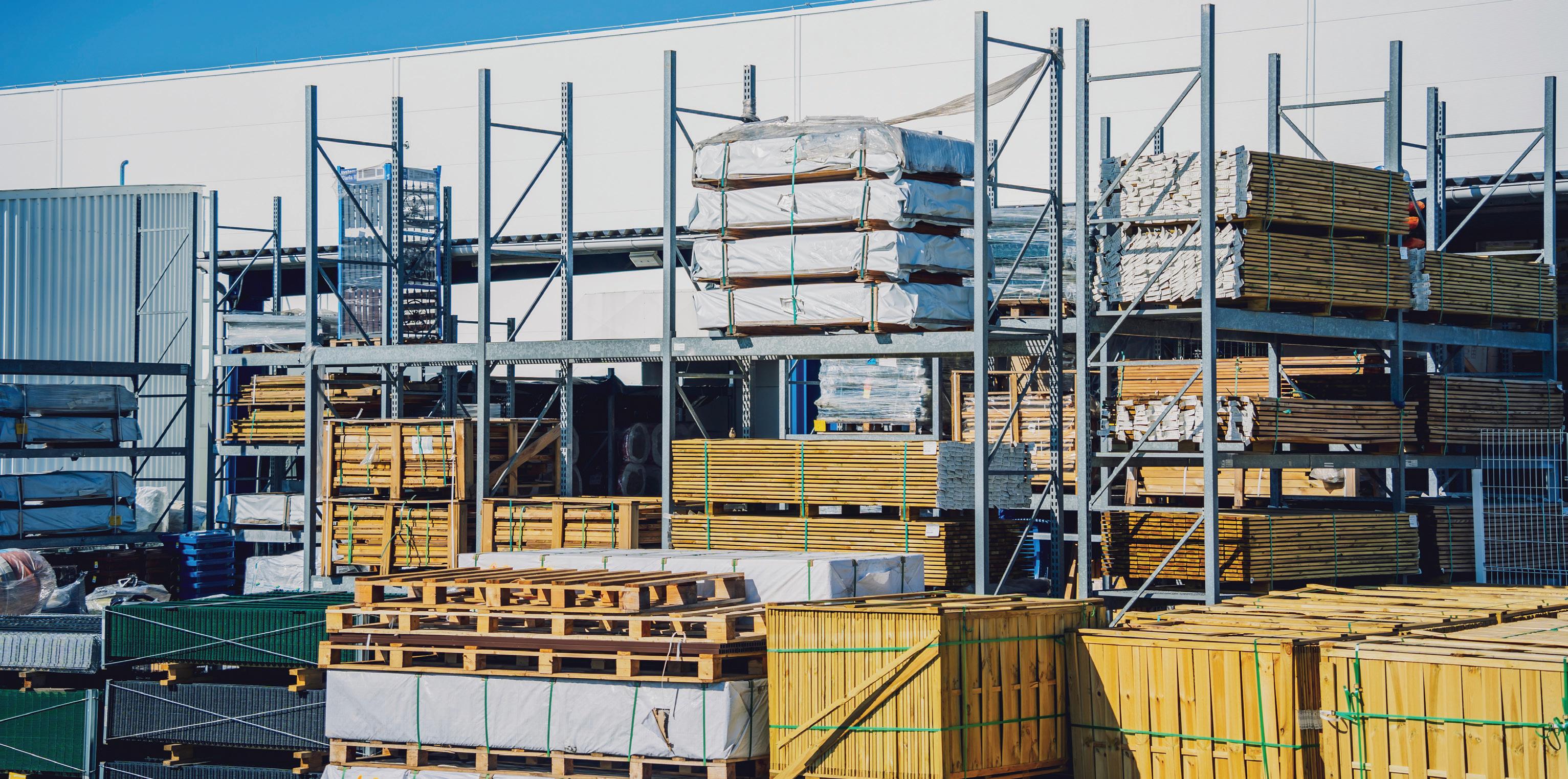
6 | B&C News
the above examples. However, for other products, it is less clear.
For example, while some paint could be said to be purely aesthetic, other types of paint provide important waterproofing qualities that certainly affect how building work will comply with the building code.
If you believe your product may be captured, the next question to ask is whether the product is excluded under regulation 7 of the Regulations. These excluded products are:
• A building product which has a product certificate registered under s 272A of the Building Act 2004
• A temporary building product that does not form part of the building when construction is complete.
The example given is a barrier used during demolition or construction
• A building product that is:
- A gas appliance or fitting (within the meaning of s 2(1) of the Gas Act 1992).
- An electrical appliance or fitting (within the meaning of s 2(1) of the Electricity Act 1992).
While it might be appealing to look into obtaining a product certificate under s 272A of the Building Act 2004, this does come with significant administrative hurdles and cost. Whether it is worthwhile to obtain a product certificate would need to be a separate article.
However, it could certainly be the case that if the product justifies it, a product certificate could be an option.
Unfortunately, the Regulations do not define “building work”. However, it is likely this will be interpreted to be consistent with the expansive definition under the Building Act 2004.
When do the disclosure requirements apply?
The disclosure requirements imposed by the Regulations apply to “designated building products manufactured in, or imported into, New Zealand,” from (including) 11 December 2023.
While this suggests there is still some time for people who merely sell building products that were manufactured or imported into New Zealand before this date, those products will soon be sold and replaced with captured products.
If you manufacture or import into New Zealand a captured product, the disclosure requirements already apply.
Who is responsible for what in relation to a captured product?
The requirements imposed on you depend on which category of “responsible person” you fall into. Again, there are two categories.
The first category (Category 1) is a person living, or incorporated, in New Zealand, that is the manufacturer or importer of the captured product. This category is responsible to:
These requirements need to be complied with before the captured product is ordered for supply by a wholesaler, retailer, or other distributer of the captured product. These requirements need to be complied with before the captured product is ordered by a client.
Regardless of whether you may fall into Category 1 or Category 2, there are going to be significant practicality difficulties in complying with the above obligations.
What information needs to be disclosed?
As noted above, if you fall into Category 1, you are required to “collate and produce the required product information.” However, even if you fall into Category 2, the type of information that needs to be collated and produced may be of concern to you and your business.
The type of information that you will need to disclose depends on whether the product falls into Class 1 or Class 2. Unfortunately, the lists are too long to repeat in full but they both relevantly include:
• A description of the captured product (including the name of the product and its intended use).

• Whether overseas or in New Zealand, the legal and trading name of the manufacturer or manufacturers, including its address/ addresses, its internet site (if any), its public email (if any), its NZBN (if any).
• Likewise, if the captured product is imported, the information immediately above is required for the importer.
• A statement specifying the clauses of the building code that are relevant, with a statement of the captured product’s intended scope and use.
• How the captured product is expected to contribute to the relevant clauses of the building code.
• Information on the limitations of the captured product.
• Installation requirements
• Maintenance requirements.
Although this is not a comprehensive summary of both lists, it should give a good idea of the extent of the information that will need to be disclosed.
The consequences of non-compliance
There are consequences for non-compliance. Under s 362VB of the Building Act 2004, if you, “in trade”, supply, offer to supply, advertise the supply of, or import into New Zealand for the purpose of supply, a captured product under the Regulations, you can be convicted of an offence and liable, in the case of an individual, to a fine not exceeding $10,000, and in the case of a body corporate, to a fine not exceeding $30,000.00.

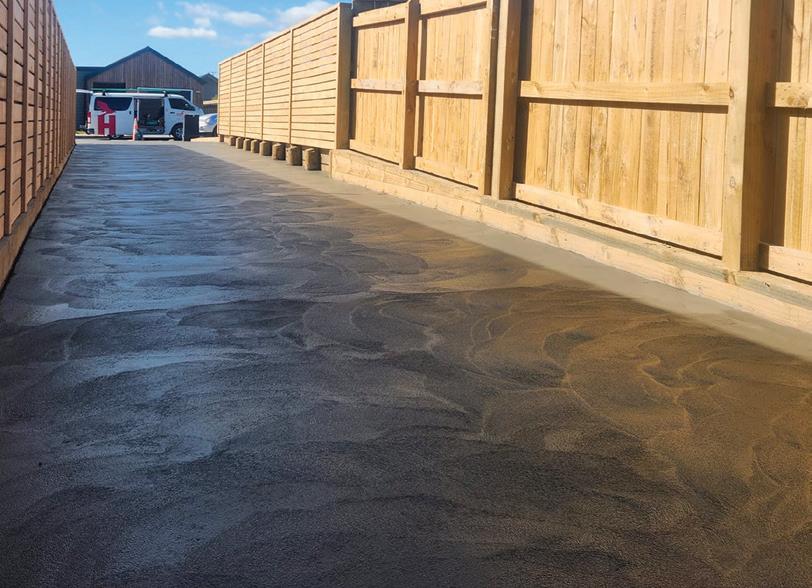

B&C | 7
News HAWKEN CONCRETE SERVICES QUALITY CONCRETE AT COMPETITIVE RATES 022 315 2137 | jhawkenconcrete@gmail.com Hawken concrete services L.T.D
Your one-stop shop for sustainable timber
In today's environmentally conscious world, there is a growing demand for sustainable building materials. Interlink Timber Solutions is a New Zealandbased company that specialises in supplying reclaimed, recycled, and bespoke timbers.
Interlink Timber Solutions offers a wide variety of timber products for both interior, exterior, landscaping, and urban design use.
Interior Linings - Discover Interlink's range of interior wall linings crafted to your home, office, and beautiful spaces. Adding a touch of rustic charm to the indoors, their reclaimed interior timbers are shaped from railway timber, barns, warehouses, and other unique structures. Whatever your choice, their interior wall linings tell their story through the grain designs and character marks on their skin, reflecting the beauty of your design from the inside out.
Interior and Exterior Beams - Adding depth and texture to your interior and exterior areas, exposed timber beams can take an ordinary space and transform it into something truly unique. Whether they take
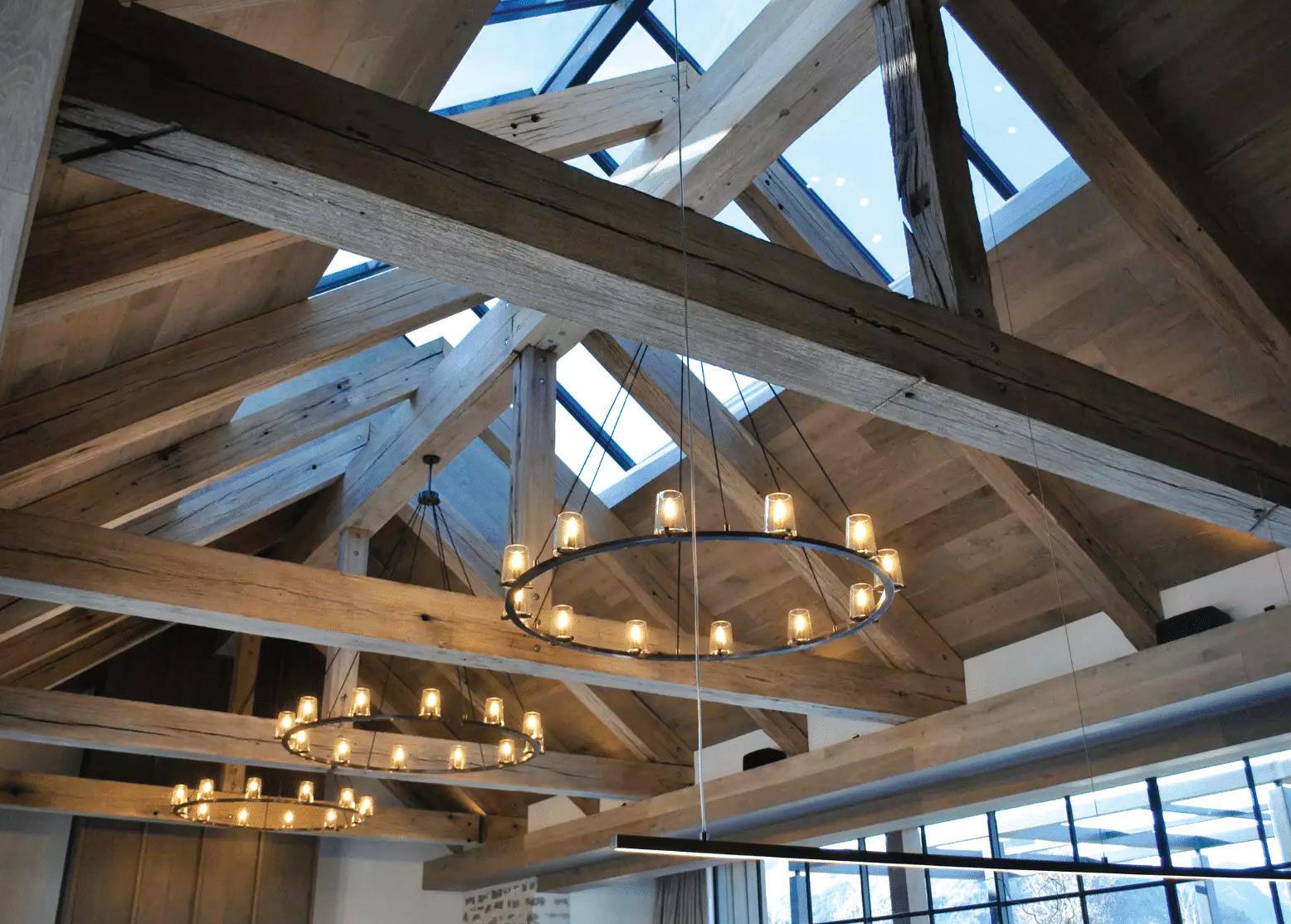
their place as large entry beams, lintels, exposed trusses or sidings. Wooden beams add cosiness and a touch of rustic charm, while providing grandeur and authenticity to a build.
Landscape - Sourced from New Zealand and beyond, Interlink's railway sleepers, beams and hardwoods have stood the test of time and will continue to do so for years to come. Each cut has a unique tale to tell, bringing character, timelessness, and natural style to your landscape.
Interlink’s urban range of repurposed railway sleepers and beams stand as interesting, impressive features in every design, adding a touch of nature, character and history back into the build.
Urban Design - With unique textures and finishes, Interlink’s urban range of repurposed railway sleepers and beams stand as interesting, impressive features in every design, adding a touch of nature, character and history back into the build. Coupled with their durability and reliability, these rustic timbers are perfect for a wide range of urban designs – whether general landscaping, pergolas, bollards, vertical features, bench seats and tables or anything in between.
The Process - Interlink Timber Solutions is your one-stop shop for sustainable, highquality timber products. They source timber from all over New Zealand, ensuring their products have minimal carbon emission and are of the highest quality.
While providing excellent customer service and a wide variety of options.
"Great service, awesome communication. Delivery on the nail, when and where specified. Happy with the product, worked perfectly for rebuild of steps. Will definitely use again, recommend to all for landscaping products. Clients very happy. hardwood sleepers great to rip for tread fronts, look great." - Paul
If you are looking for sustainable, high-quality timber products, then contact Interlink Timber Solutions today. They can help you find the specific product for your project and provide you with the expert advice needed. Contact them on 0508 468 375 or visit them online at www.interlinkltd.com.

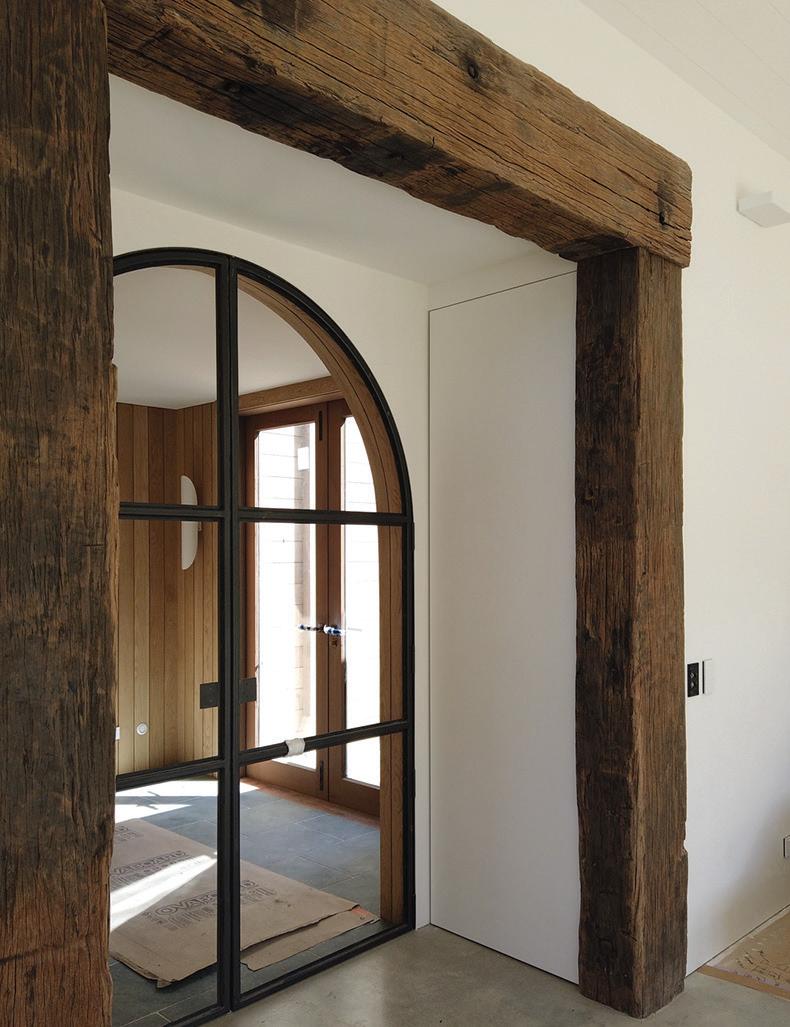

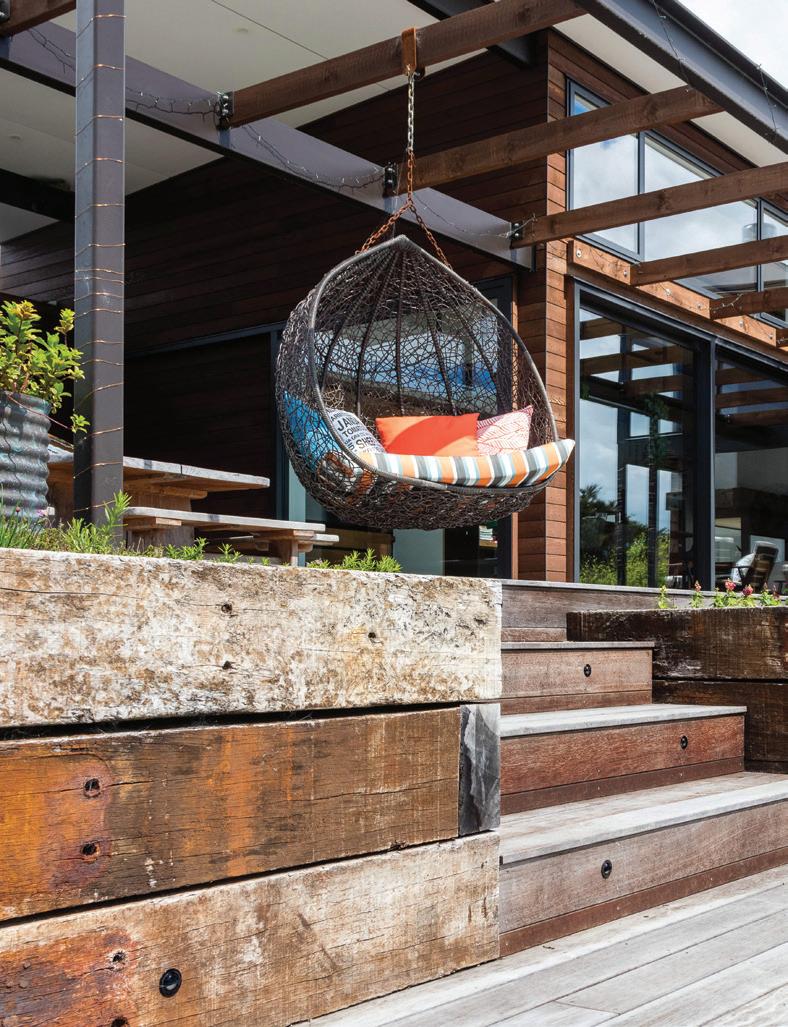
8 | B&C Specialists in supplying authentic reclaimed hardwood timbers for interior and exterior building projects www.interlinkltd.com info@interlinkltd.com 0508 468 375
Six tips for the end of the financial year
The financial year for New Zealand businesses finishes on the 31st of March and can be a stressful time for many business owners.
Research has shown that many owners will be pulling all-nighters and missing out on time with friends and family in order to complete their compliance obligations.
Chartered accountant Scott Gardiner says it is easy for small business owners to leave their end of financial year obligations to the last minute.
“Often SMEs become so focussed on day-today operations of running a business that some of the less exciting aspects, such as bookkeeping, can get pushed aside – creating more pressure in the reporting season,” he says.
“While early preparation is best, it is still not too late for business owners to get their accounts in order. There’s a few things that all businesses can do to make sure they’ve got everything in order and are ready to start the new financial year on the front foot.”
1. Discuss taking advantage of deductions, write-offs and rebates with your accountant and review your assets register to write off worthless stock, plant and equipment.
2. Give your accountant or bookkeeper a complete copy of all your financial files – or give them access to your cloud files to they can do the work for you.

3. Give your payroll reports a final onceover. Although you don’t need to provide a summary to your employees, it’s a good idea to give them Earning Certificates as these can be used to check information provided by the Inland Revenue.
4. Finalise end of year adjustments with your accountant or bookkeeper and once changes have been updated, lock all accounts relating to that year so that data remains accurate. This will help ensure an easy transition into the new financial year.
5. Create a separate copy of your accounts and back it up – it’s better to be safe than sorry. It’s also always a good idea to print
key reports like P&L, Balance sheet and general ledger listing for the financial year and store them securely.
6. Finally, reflect on your business plan and make sure you’re on the right path. It’s a good chance to consider how your business can benefit from cloud accounting solutions that will make the next end of financial year easier to manage.
End of financial year help
With the end of the financial year now approaching for many businesses, PwC has a tax planning checklist to assist with preparations for the year end, as at March 31.
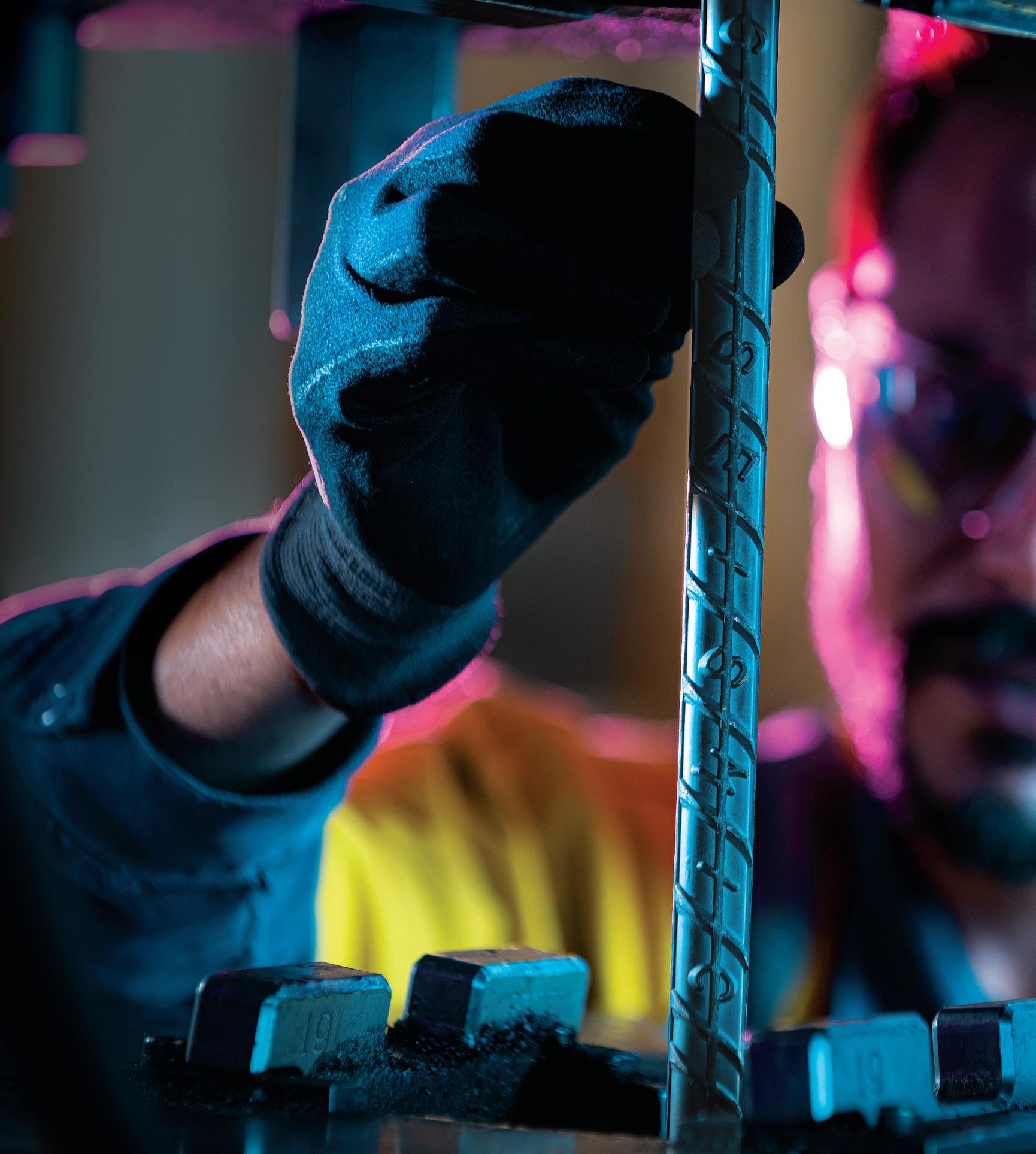
PwC says it’s a good time for businesses to consider their year-end tax positions and all options available to them, as well as their provisional tax obligations.
“Planning for year-end can be a daunting task for business owners so we’ve aimed to simplify the process and provide them with all the elements they should be considering, current taxation rates and information on provisional tax obligations for easy reference.”
Some items of particular importance for businesses are:
• Identifying accrued and/or prepaid expenditure that may not be deductible for tax purposes in the current year
• Ensuring you are maximising the depreciation available on your fixed assets, and making sure your tax fixed asset register is accurate and, where relevant, writing off assets that have been disposed of
• Consideration of whether debts have gone bad and writing these off prior to year-end
• Consideration of intercompany loan balances and whether appropriate interest has been charged
• Monitoring shareholder accounts to ensure they are not overdrawn at year-end
• Considering whether losses can be carried forward from past years or offset between group entities.

B&C | 9 News
Making price cuts pay
Discounting - a strategic move or mistake?
By Daniel Fitzpatrick from Next Level Tradie
Are you finding yourself struggling to secure enough work for your team? Or maybe you’ve noticed that the amount of confirmed work booked ahead is shrinking?
When work starts to dry up, it affects the bottom line. Do you start discounting to get the work or wait it out till things get better?
It’s a situation some tradies are facing right now, and it’s not easy. But before you start slashing prices here are a few things to consider.
Disappearing profit
Profits and margins can disappear alarmingly fast once you start cutting your prices, and here’s why.
Let’s say your gross profit margin is around 20 percent. If you reduce your prices on a job by 10 percent, the volume of work you need to complete just to maintain the same dollar profit increases significantly.
For example, if your break-even point is $100,000 per month at a gross profit margin of 20 percent, and you reduce your prices by 10 percent you now need $200,000 of work to reach break-even. That’s twice the work, time, and effort, for the same result you were previously getting.

It’s a stark reminder that while reducing prices might seem like a viable strategy to attract more jobs, the impact on your bottom line can be significant.
Not only does it increase your workload, but it also puts a strain on you and your team, sometimes compromising quality. Too many
rushed jobs that go wrong can also affect your reputation.
So, before you consider cutting your rates, crunch the numbers and understand the real impact on your business’s profitability.
What’s your target gross margin?
Understanding your target gross margin is crucial in determining which jobs are worth your effort.
Your target gross margin is the percentage of profit you aim to make on each job after all direct costs, including wages, are subtracted. This margin should be high enough to cover your business’s overheads plus a healthy profit.
Target Gross Margin could be anywhere between 20 to 60 percent, depending on the trade and your position in the market. High or low end. I don’t like to see anything under 20 percent minimum in any trade; less than 20 percent is too difficult to make a profit.
If you want some help to work out your target gross margin and where you should be for your business, then check out the “Pricing Strategy Session” at the end of this article.
Having a clear target gross margin is like having a compass in the wilderness. Once you know where you want to head you can see clearly if you are going in the right direction and adjust. No more wasted money, time, and energy taking jobs that lose you money.
Sticking to your guns
Your large client wants a better price, what now? Don’t just take this at face value. Test, question, negotiate. Why do they think the price is too dear? What are they comparing their quote to, apples with apples or apples with bananas? Is there more in their budget or can you adjust the brief to fit?
Show them that your price is good value and see what happens next. Some will get it and some won’t, that’s ok. The ones that don’t, fine just move on to the next opportunity.
Eddie, a mentor of mine, would tell me “15 percent of customers will always go for the cheapest option no matter what”.
If another option is one dollar cheaper, they will take it even if the job is half as good. The clients you want are the other 85 percent who care about getting a quality job done right, hassle-free and are prepared to pay for it.
Remember, pricing isn’t just about numbers; it’s a mind game. The right way you present your pricing and value can make all the
Show them that your price is good value and see what happens next. Some will get it and some won’t, that’s ok. The ones that don’t, fine just move on to the next opportunity.
difference in attracting the right kind of clients and getting the work.
When my clients start telling me they are sticking to their rates, margins are increasing, and they now have plenty of good work lined up. That they don’t need every job that comes their way. I know they are on track.
Are you fishing in the right river?
Fishing is about being in the right place at the right time. The right bait at high tide will catch way more fish than at low tide when the fish aren’t around.
It’s the same with your business, are you marketing in the right places? Are you seen as the specialist or a generalist who does a bit of everything? The specialist attracts better clients and can charge more. That’s less work and more profit for you.
Being the cheapest is dangerous.
If your business is based on being the cheapest, that’s a problem. Firstly, you won’t be getting the margins you need and there will eventually be someone else out there who will do it even cheaper.
A builder client Celeb of The Decking Guys, was in the same predicament. He was working 80 hours per week making no money with one part-time worker and struggling to find work. His clients kept asking him for lower rates. I told him to put his rates up and start specialising.
Within 12 months he had a team of 11 and plenty of work. Check out his story on our testimonial page at: www.nextleveltradie. co.nz/real-results
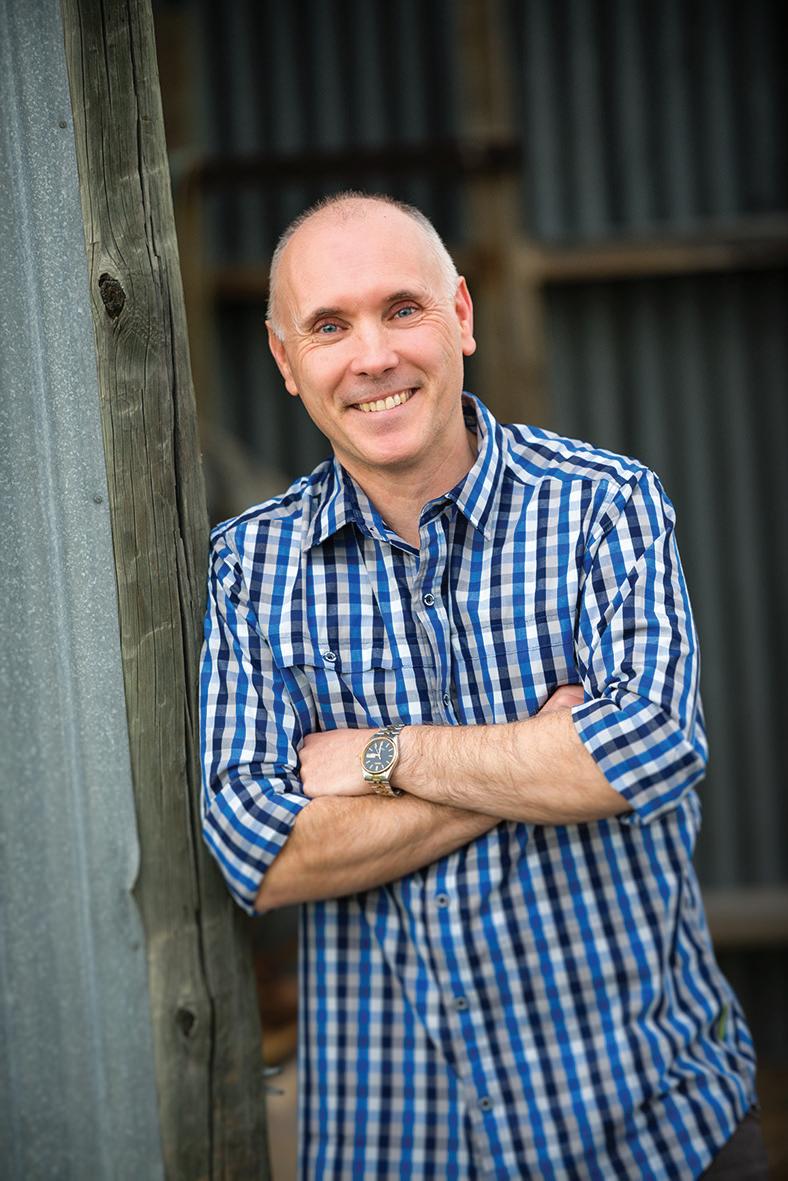
More options, better odds
If you are relying on getting one quote or you can’t pay the bills, you need the job so the pressure is on you. You are in a weak position and are more likely to cave on price to get the work.
A much stronger position would be if you have five other quotes you are following up in the same week with three to six months of work already confirmed. Now you are calling the shots.
If a new client is relying on a small number of quotes and doesn’t have enough work. The first thing we do is help them get their pricing right and find better jobs. This takes the pressure off and puts them back in control of their business.
Don’t waste a good opportunity!
If things are on the quiet side and you’re still not getting the work you want, then this could be the opportunity to consolidate and scale back a little.
Move any bad eggs on and rebuild stronger. Better to have a bit less work for a while rather than working your tail off and going backwards.
If you still want to reduce your rates to get a job short term to pay the bills then ok. But make sure that this is a short-term strategy and use it as motivation to position the business better so that you’re not caught out next time.
Sometimes in a downturn, there will be less work for a while. The key here is to keep the business solid and profitable while looking for better opportunities which, in long term, is not cutting prices.
Are you worried that your pricing isn’t right compared to others in your industry or that you need to get more profitable work? Book our free 45 minute “Pricing Strategy Session” at: www.nextleveltradie.co.nz/nextstep.
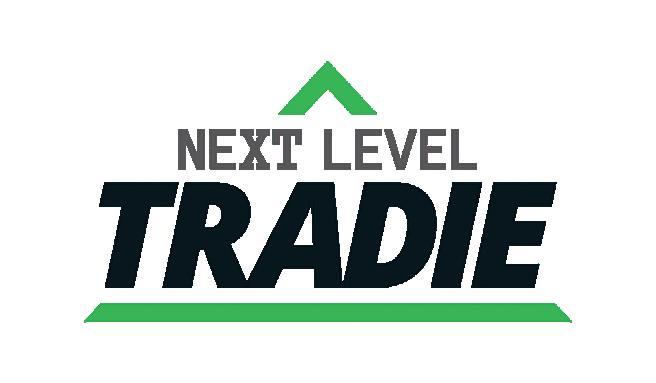
10 | B&C
News

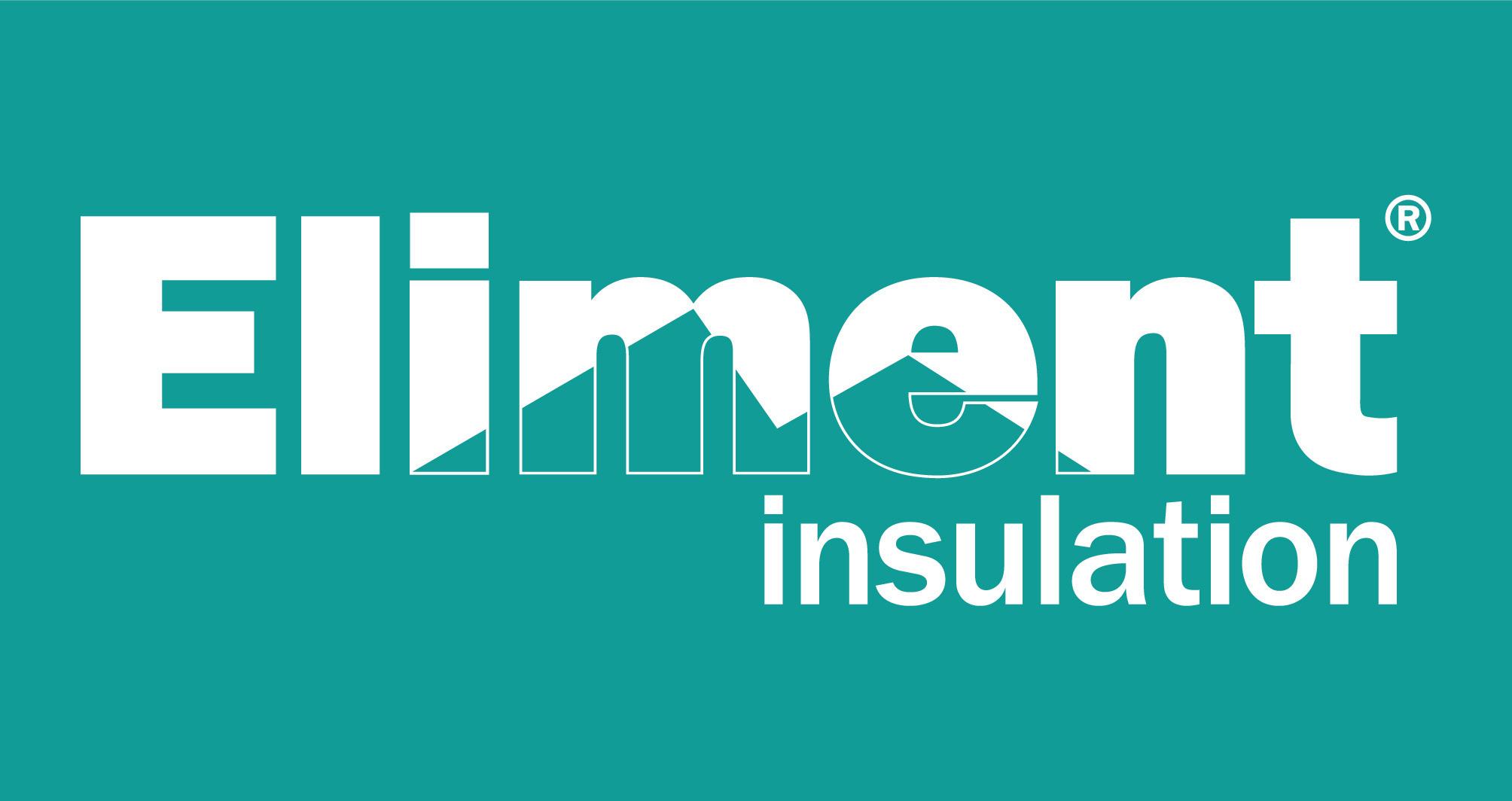

New generation of dual thermal & acoustic glasswool insulation at highly competitive rates
CodeMark certified
Designed for New Zealand conditions
Made using up to 80% recycled glass
70 year product Warranty
Available to order nationwide from ITM, Placemakers and other selected building merchants and installers
Proudly
visit elimentinsulation.co.nz
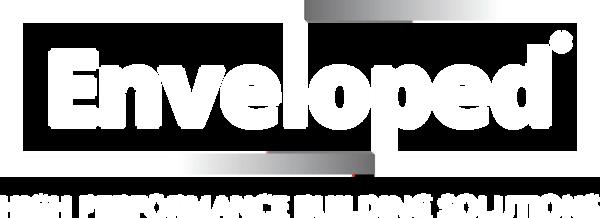

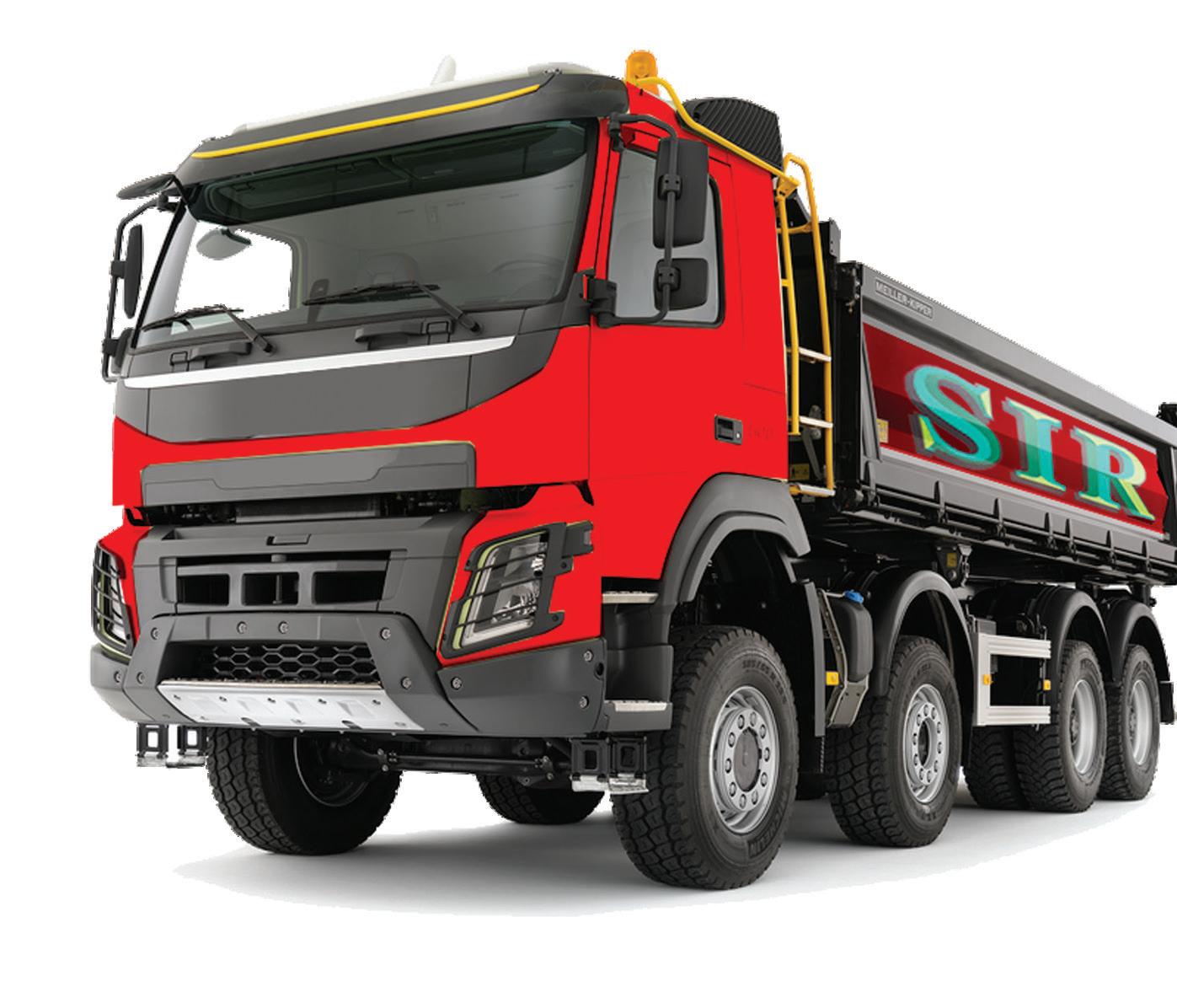
B&C | 11
more
For
information
distributed
Taupo Central North Island • Pre COF Checks • Pre WOF Checks • A, B And C Small And Large Vehicle Servicing • Mobile Servicing • Vehicle Repairs In Taupo Diesel Truck Mechanical Repairs & Maintenance We offer comprehensive vehicle servicing and repairs on all makes and models. S.I.R, situated in Rakaunui Rd operates a dedicated and fully enclosed workshop for all mechanical repairs, especially suited for trucks, motor homes and horse trucks. Using the very latest automotive technology and employ a team of highly experienced and qualified mechanics. The team will have you and your vehicle back on the road in no time. CALL US! 027 272 2912 www.truckservicing.co.nz
by
The driving forces behind construction costs

New research sheds light on New Zealand’s infrastructure workforce and drivers of construction costs
Two new research papers from the New Zealand Infrastructure Commission, Te Waihanga, provide baseline information on New Zealand’s infrastructure workforce and show how global and local factors impact on labour and material costs in infrastructure construction.
Who’s working in infrastructure?
A baseline report
This report provides the first comprehensive baseline analysis of New Zealand’s infrastructure workforce.
“You can’t plan for the future if you don’t have a sense of the size and make-up of your current workforce,” says Te Waihanga director of Economics Peter Nunns.
“We wanted to know how many people work in the infrastructure sector and what sort of work they’re doing. We also wanted to understand who’s working in infrastructure, so we looked at factors like age, ethnicity, gender, training, and migration.
“We found that the infrastructure workforce is large and complex, with over 100,000 full-time equivalent workers spread across more than 100 distinct occupations. That’s around 4.7 percent of the total New Zealand workforce,” Peter says.
“We often think about infrastructure work as mainly about new builds, but this actually accounts for less than half of the workforce.
“We estimate that around 14 percent of infrastructure workers are engaged in planning and design, 46% are constructing
new assets, and a further 40 percent of infrastructure workers are engaged in asset management and maintenance. These roles are essential - you can’t build something without planning and designing it first, and once it’s built you have to maintain it.”
The findings also shed light on who is working in infrastructure and the pathways that they follow into the workforce.
Ethnic diversity within the infrastructure workforce is similar to the overall New Zealand population, but the ethnic mix is uneven across occupational categories.
For instance, labourer occupations have a higher-than-average share of Māori and Pacific workers, while professional occupations have a higher-than-average share of European and Asian workers.
Women account for only 11 percent of the total infrastructure workforce compared to around 47 percent of the overall New Zealand workforce. Moreover, younger age cohorts have a similar share of women as older age cohorts, suggesting that gender balance won’t change as older workers retire.
“This data will help us identify where we will face capacity pressures and how we can respond to them by sequencing work better and training and recruiting new workers. It also highlights increasing gender and ethnic diversity as a key opportunity for lifting our capacity to build infrastructure,” Peter says.
Why do construction input costs change?
The role of global and local factors
A second paper published by Te Waihanga looks at past changes in construction wages and prices for five key infrastructure construction materials, shining a light on projects often cost more than expected.
“We analysed several decades of price data for construction inputs to understand how
Understanding what drives infrastructure costs allows us to better plan and mitigate risks and get more infrastructure for the money we spend.
they are affected by both global and local factors,” Peter says.
“We found that infrastructure providers have limited control over their input prices. Price changes mostly reflect the impact of things that are happening outside of the New Zealand construction sector.
“For labour costs, we found that construction wages closely track wages elsewhere in the New Zealand economy. In the short term, high demand for construction workers can push wages a bit above this trend, but construction wages tend to return to trend within two years,” he says.
“Global factors are the primary driver of material prices, especially for traded commodities like structural steel, timber and diesel fuel. Changes in global prices flow through to New Zealand very quickly. Even when we produce or source some materials here, prices are still based on global markets,” he adds.
“The exception is materials like concrete and aggregates that are too heavy to ship long distances. Regional factors, like limits on setting up new quarries near major projects, are likely to play a stronger role for those materials.”

12 | B&C News

Train a BCITO carpentry apprentice today
BCITO has been dedicated to the industry for close to 30 years and is committed to supporting employers and apprentices all around Aotearoa.
BCITO Apprentices are trained and supported to come up to speed and add value to your business from the outset.
Luke MacGibbon, founder of 90 Degrees Construction is a testament to the positive impact investing in an apprentice has on a business.
“I’ve trained ten BCITO apprentices, and it is a genuine privilege to pass on one’s knowledge and skill set to the next generation. BCITO provides great support for employers and the apprentices, they manage the bookwork, while we manage the apprentices training on the tools”.
Our sector needs more skilled and willing employers to help shape the next generation of qualified professionals. Will you be the next BCITO employer?

B&C | 13 News
CALL BCITO TODAY 0800 4 BCITO (422 486)
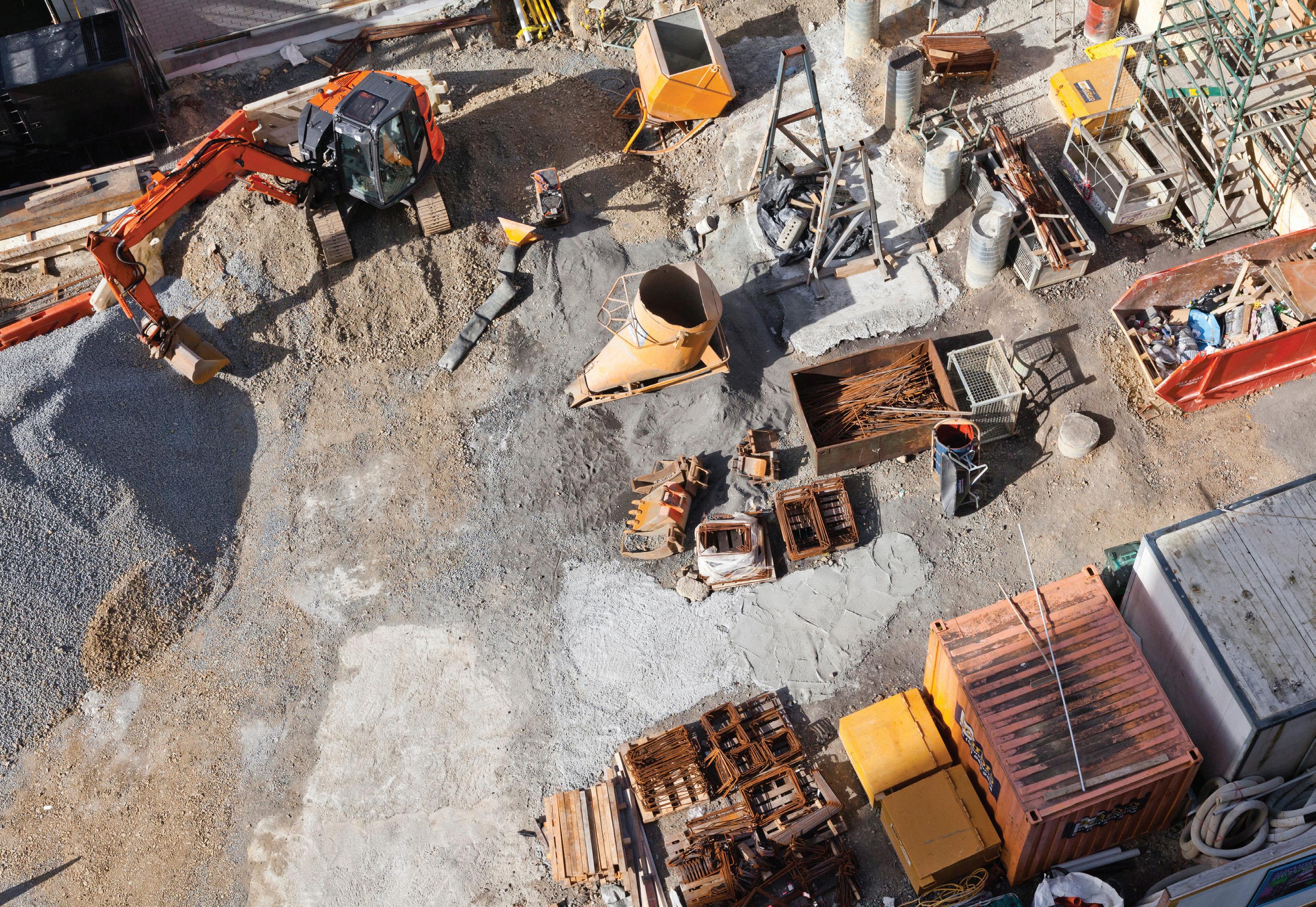
The findings of this report build upon earlier research by Te Waihanga that looks at infrastructure construction productivity and infrastructure delivery cost benchmarking.
“Understanding what drives infrastructure costs allows us to better plan and mitigate risks and get more infrastructure for the money we spend.
“While labour and material costs are hard to control, there are some levers we can pull. Infrastructure providers and decisionmakers can focus on driving productivity in construction and optimising projects’ scope and design to ensure that we get the most bang for our buck.”
Key findings from the reports
Who’s working in infrastructure?
A baseline report
• In 2018, the infrastructure workforce included an estimated 108,000 fulltime equivalent workers. This is around 4.7 percent of the overall New Zealand workforce. These workers are split evenly between ‘horizontal’ infrastructure like roads, water pipes, and electricity transmission, and ‘vertical’ infrastructure like schools and hospitals
• Constructing new projects accounts for less than half of the workforce. We estimate that around 14 percent of infrastructure workers are engaged in planning and design, 46 percent are constructing new assets, and a further 40 percent of infrastructure workers are engaged in asset management and maintenance
• Mobility from other sectors is more important for ‘blue collar’ roles and
migration is more important for ‘white collar’ roles. Professional and technical occupations include a higher share of migrants. These occupations are more likely to have university qualifications. Machinery operators and drivers and labourers are less likely to be migrants, and more likely to have moved between industries in recent years
• The infrastructure workforce is ethnically diverse, but women make up a small share of the workforce. The overall infrastructure workforce has a similar ethnic makeup to the New Zealand population, but ethnic mix is uneven across occupational categories. Only 11 percent of infrastructure workers are women. Female participation is only marginally higher among younger age cohorts, meaning that this pattern is unlikely to change as the workforce ages.
Why do construction input costs change?
The role of global and local factors
• New Zealand economy-wide factors are important for understanding labour cost fluctuations but not material costs. Wages in construction track wages elsewhere in the economy. For material prices, we find little evidence that increased investment or strong economic conditions in New Zealand drive higher prices
• Global factors play a significant role in material price fluctuations but not labour costs. Key material prices are correlated across countries, particularly for tradeable materials. Global commodity prices are highly predictive of our material prices, especially for structural steel, timber,
While labour and material costs are hard to control, there are some levers we can pull. Infrastructure providers and decision-makers can focus on driving productivity in construction and optimising projects’ scope and design to ensure that we get the most bang for our buck.

and diesel fuel. Conversely, construction wages in New Zealand do not appear to be affected by Australian construction or economy-wide wages
• Prices for both materials and labour adjust quickly. When construction wage growth is faster or slower than economy-wide wage growth, the gap is closed within a couple of years, rather than decades. For materials, changes in global prices are reflected in New Zealand prices almost instantly.
• Industry-specific factors play a modest role for labour costs and a possible role in material prices. An especially tight labour market for construction workers may drive modestly higher construction wages temporarily, but not in the long run, as higher wages draw in more workers. For materials, local or industry-specific costs like transport costs or regional demand could put pressure on prices.
14 | B&C
News
The Ditch Witch FX20 Vaccum Excavator - The smart choice for productivity and versatility
The Ditch Witch Vacuum Excavator line is the most versatile and productive in the industry. Designed for an extensive range of clean-up and soft excavation tasks they are engineered from the ground up as a trailer vac system that ensure superior functionality.
The FX20 25hp (20.1-kW) Vacuum Excavator is perfect for a wide range of projects and multiple short runs per day. It’s Kohler® engine is renowned for its reliability and ease of maintenance, and it is ideal for a variety of projects such as valve box cleanouts, commercial and residential debris cleanup and landscaping, exposing utility lines, posthole digging, and many other tasks.
“The Ditch Witch FX20 is the ideal machine for a range of excavation tasks. With the agility to conquer any terrain and the power to tackle a diverse range of challenges the FX20 is extremely versatile and comes with a range of options to make them customisable to suit the application”, said CEA NZ General Manager John Grant.
The FX20 can be supplied on a skid frame, or a New Zealand designed and built 2500kg trailer suitable for towing behind ute’s and light trucks. An onboard hose reel and tray provide additional storage while the belt-driven blower is reliable and easy to maintain ensuring its ready to go when you are.
“Because it’s using locally sourced trailers as part of the build Ditch Witch CEA can ensure its not only fit for purpose but built to handle local conditions”, said John.
All Ditch Witch vacuum excavators are built to construction-grade and feature heavyduty components that can withstand the demands of many types of jobsites and applications. They can also be customised with your choice of tank sizes and numerous other options such as reverse flow, water heaters, and wireless hydraulic booms. Designed for a range of tasks including the clean-up of non-hazardous, non-flammable fluids and spills in and around jobsites, storm drains, conduit ad pipe, trenches, sewage lines plus many other locations the FX20 is extremely versatile. Its soft excavation capabilities include digging postholes, potholing, slot trenching, street repairs and keyholing to name a few.
Other uses for the FX20 include nonhazardous wastewater clean-up, salt and sand removal, industrial machine cleaning
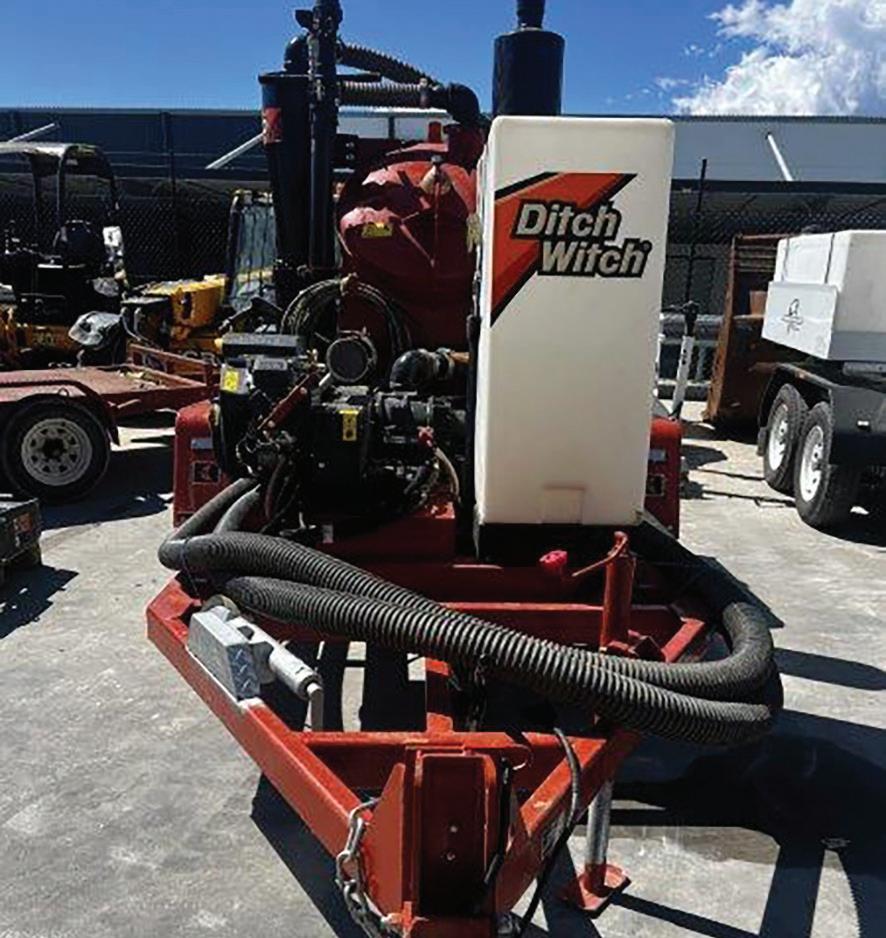
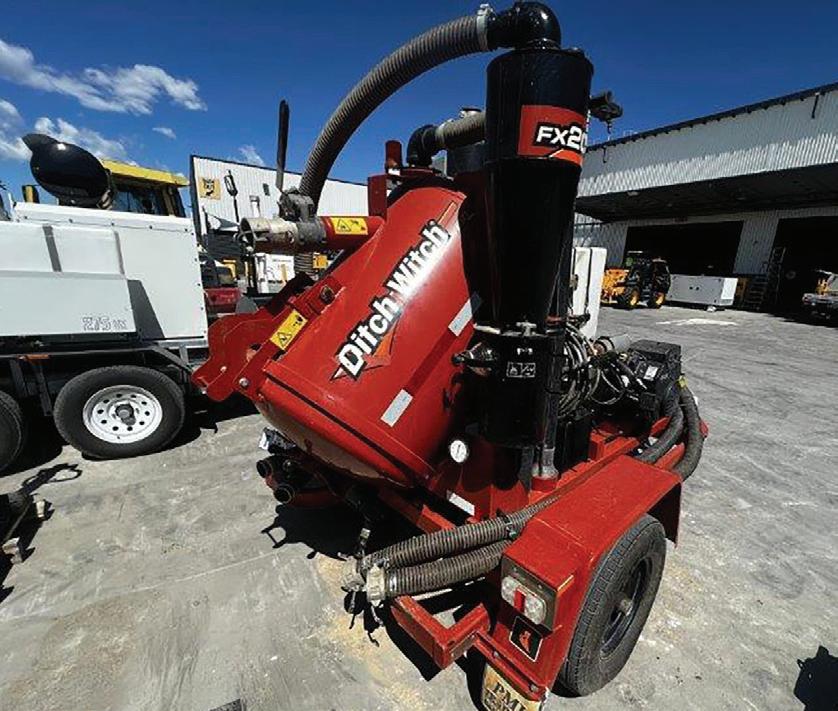
If you’re looking for a machine that’s built to last, can tackle a range of jobs with ease and is supported by a highly trained team of technical experts get in touch with us today to find out how we can help maximise your operation.
CLASS LEADING
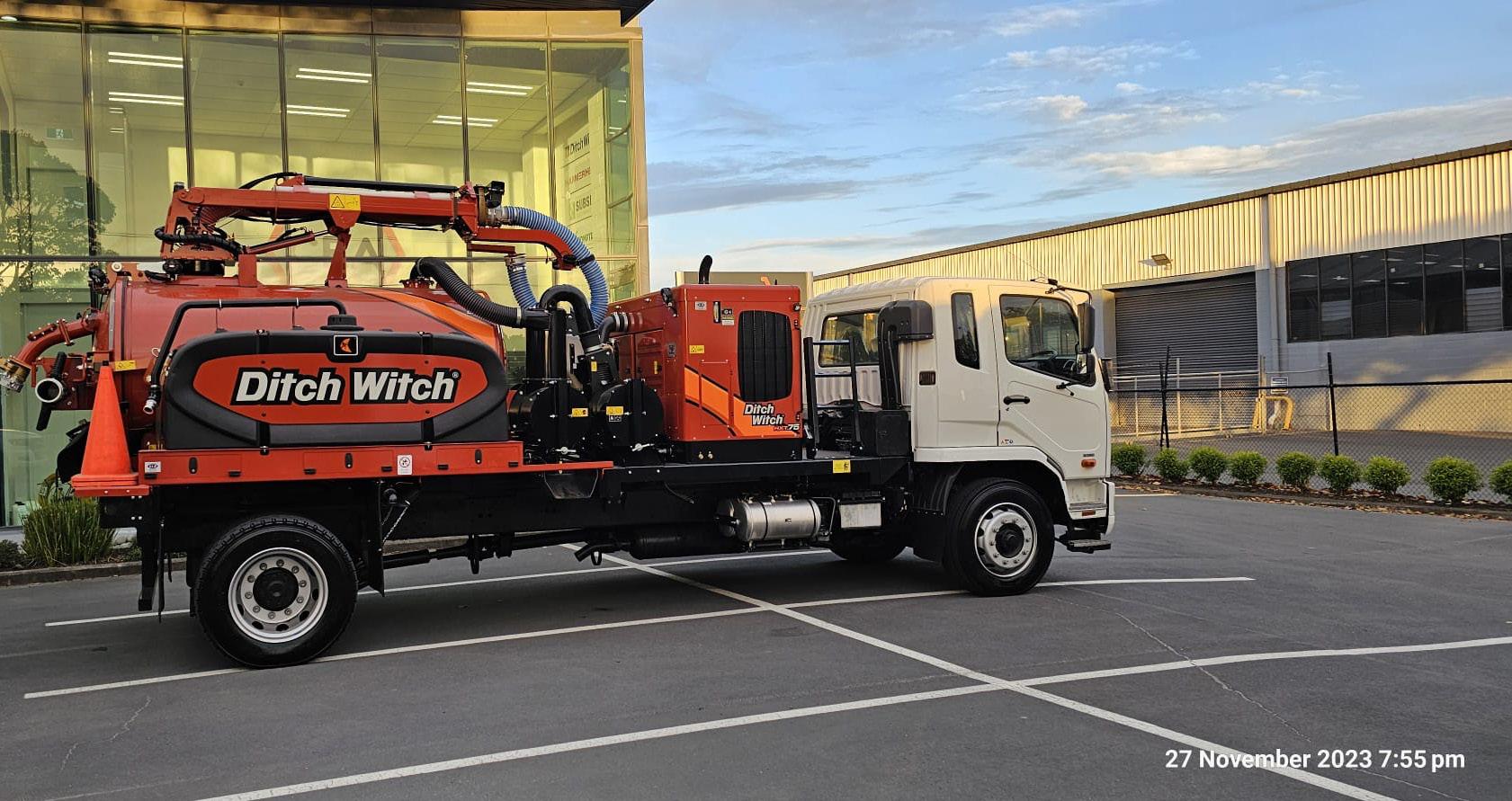
FROM INDUSTRY LEADING INNOVATORS.
and post emergency restoration, mulch, and gravel removal.
“The team at Ditch Witch CEA not only understands the industry, but the value of uptime. If you’re looking for a machine that’s built to last, can tackle a range of jobs with ease and is supported by a highly trained team of technical experts get in touch with us today to find out how we can help maximise your operation”, said John.
Like to know more about the Ditch Witch FX20? Speak to the team at Ditch Witch CEA today.
Ph: 0800 435 269 W: www.cea.net.nz

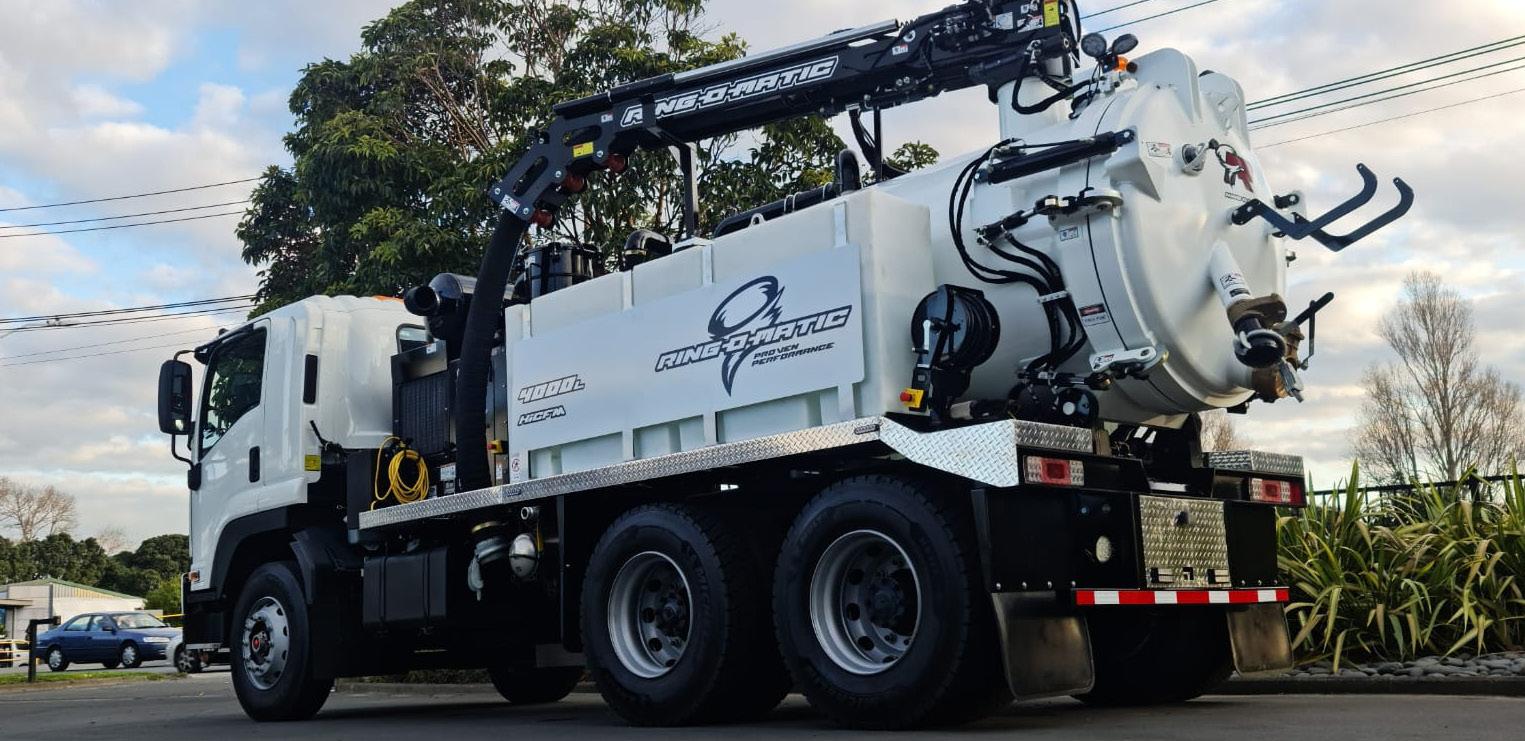
Utilising the cutting power of high-pressure water along with a powerful vacuum, the CEA range of vacuum excavators can remove almost any kind of surface without damaging existing infrastructures. Whether its utility locating, micro trenching, general construction site cleanup, potholing, keyholing or utility micro surgery the experienced team at CEA have the equipment and knowledge to ensure you have the machine you need, backed by staff who understand it.
Offering vacuum trailers through to units mounted on skids suitable for truck mounted configurations the range is packed with industry leading features and the best components in hydro excavation. The versatility of the Ring-O-Matic and Ditch WItch ranges ensure you can have the best configuration possible for your specific application
To find out more contact the team at CEA today.
P: 0800 435 269
W: cea.net.nz

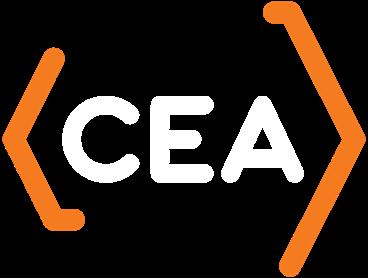
B&C | 15
EXCAVATORS
VACUUM
Game on Tracking Te Kaha Stadium’s progress
By June Pfister

Christchurch, a city with a storied history of resilience after the devastating earthquakes of 2010-2011, is now on the brink of welcoming a monumental addition to its landscape - the Te Kaha Stadium.
This state-of-the-art multi-use stadium promises to be a modern marvel that will host sports events and serve as a venue for large-scale music events.
Being constructed in central Christchurch between Madras, Barbadoes, Hereford, and Tuam streets, Te Kaha Stadium aims to redefine entertainment and sporting experiences.
The city council’s ambitious project outlines a structure with a seating capacity of 30,000 for sports and a minimum of 36,000 for music events. Equipped with a retractable roof, the stadium will operate year-round, shielding events from inclement weather while offering impeccable acoustics for an unparalleled audio experience.
Led by the Kōtui Consortium, comprising Australian-based stadium construction
experts BESIX Watpac, Christchurchbased construction companies Southbase Construction and Fulton Hogan, seismic engineering specialist Lewis Bradford, architects Warren and Mahoney, and global design experts Populous and Mott MacDonald, this collaborative effort signals a fusion of local expertise and global innovation.
The journey towards Te Kaha’s realisation began with extensive geotechnical investigations starting in 2018, ensuring a solid foundation for the ambitious structure. The preliminary design and the bestowed name, “Te Kaha,” was approved by the Council in January 2022, which marked a significant milestone, setting the stage for the project’s design phase.
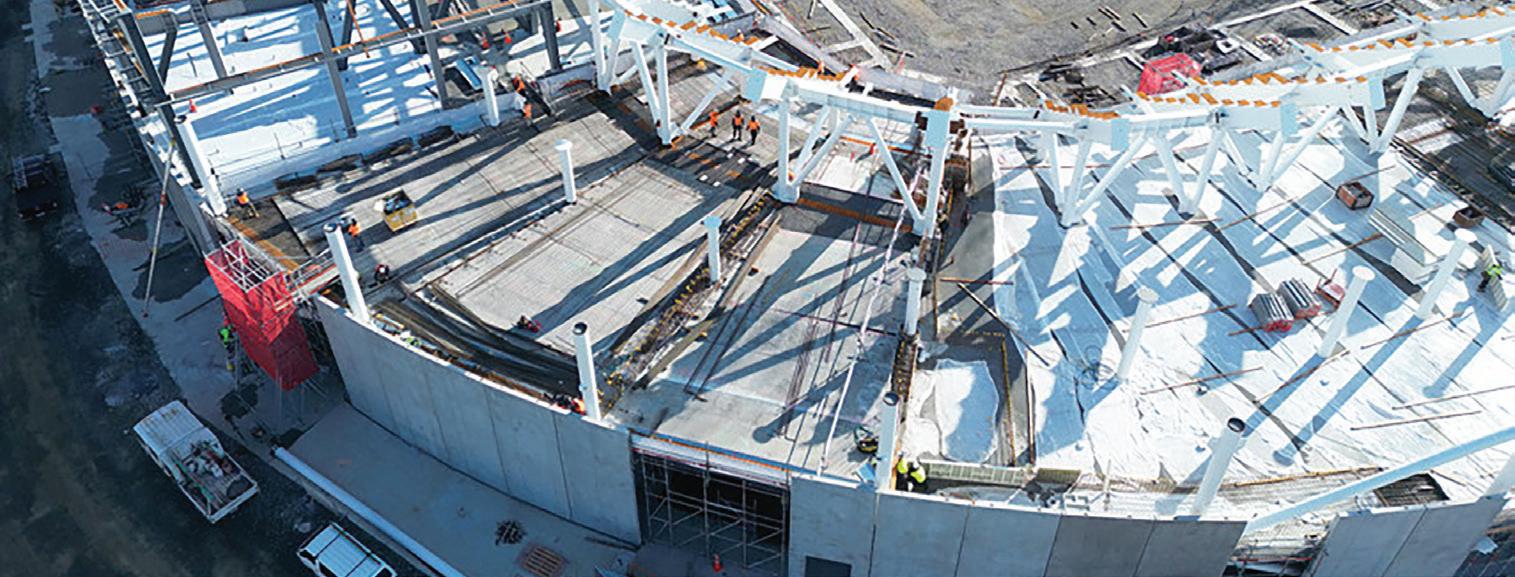

However, this grand undertaking has been full of financial challenges. Rising insurance, interest, and inflation costs have posed significant hurdles for the Christchurch City Council (CCC), impacting budgetary allocations. According to an article in The Press, the council’s rates have increased 13.3 percent for the 2024-25 financial year, with a cumulative rise of 31.5 percent anticipated by 2026-27. Mayor Phil Mauger’s endeavour to keep rate increases below inflation faces challenges as annual inflation hovers around 5.6 percent.
The Te Kaha Stadium accounts for a notable portion of this increase, constituting 3.5 percent of the rise for the upcoming financial year. Councillors, aware of community concerns about escalating rates, acknowledged the associated angst but pointed to the overwhelming public support garnered during consultations. According to an article written by BusinessDesk, Councilor Sara Templeton said that the Council were clear and upfront with city residents, “We were super clear with people that it would mean rates would increase, and we said how much they would be. People around the table at the time said it would not mean other cuts.”
Templeton’s proposition to isolate Te Kaha’s financial impact received unexpected support from Councillor Aaron Keown, highlighting the acknowledgment of the stadium’s unique position in the budgetary discourse. Some councillors even humorously suggested a giant sign atop the stadium, signifying its 3.5 percent contribution to the rates increase.
2010-2011 - Christchurch earthquakes significantly damage Lancaster Park.
2012 - Land was designated by the Minister for Canterbury Earthquake Recovery for the Multi-Use stadium.
2013 - A cost-share agreement was adopted between the Crown and the Council.
2015 - Council Long Term Plan allocates $253 million to the project.
2018 - Geotechnical investigations began.
2020 - On-site enabling works began in April.
2021 - Kōtui Consortium was announced as the successful tenderer for the design and construction and updated a design direction with 30,000 seats approved by the Council in August.
2022 - Preliminary design and gifted name ‘Te Kaha’ approved by the Council in January.
2023 - First of the steel for the vertical construction is lifted into place in June 2023.
2026 - Construction of the stadium is estimated to be completed by mid-2026.
Yet, amidst the anticipation and public backing, serious concerns have emerged regarding governance, budgeting, and systems. A former project director’s recent report raised critical issues, including budgetary concerns at the project’s tendering stage.
The budget for Te Kaha initially stood at $473 million, with an additional $90 million allocated in August 2022, totalling $533 million. The cost is expected to be $683 million at the completion of construction.
Despite these challenges, the Te Kaha Stadium represents not just a physical structure but a symbol of Christchurch’s unwavering spirit and commitment to regeneration. As construction moves forward, maintaining transparency in governance and financial management will be crucial.
For a more in-depth timeline and information on the Te Kaha project, visit the Christchurch City Council’s website at: www.ccc.govt.nz
Imagery courtesy of the Christchurch City Council.

16 | B&C News
Brief Timeline of the Construction of Te Kaha - from the CCC
Te Kaha Stadium: An artist’s impression of finished design.
Looking at the steel rakers in the southern stand.
Progress update on the 13th of December 2023.
View from the southwest corner, showing the level one concourse progress.
What are the actual risks?
Silvercard™ MEWP
Competent Operator training provides you as an operator of a MEWP, the required knowledge, skills, and experience to ensure your operation of the MEWP is safe.
Further it provides assurance to your employer, workmates, and clients that you know what you are doing and won’t hurt them. Here are a few tips to help you be a competent Operator:
1. Seek professional advice on the right machine for the job. Remember, saving costs will not defend you in a court case!
2. Train yourself and your team to be a competent operator and selecting the right machine. It’s a requirement of the BPG.
3. Refresh your training at a minimum every 3 years or more often if you are not a regular user of a type of MEWP. It’s a requirement of the BPG.
4. Seek verification of competency of the operator on site. Untrained operators put everyone on site at heightened risk.
5. All information, warning and safety signage and instructions are in English on all MEWPs in New Zealand. You must be able to read and comprehend this information to be a competent operator. A translator will more than likely not always be available or translate correctly.
6. Do a Job risk assessment/ task analysis prior to performing your work. Communicate to all around you of your planned activities and controls measures you have in place.
7. Never trust a previous operators’ actions even if they are a good mate. Always pre-operational check a machine before first use of the day or when using it after someone else during the day.
8. Always, and I mean always check and use the logbook. It is a requirement of the BPG.
9. Do not use a machine that has a safety fault. You are gambling your health and more importantly your life if you do. For who and what gain? Don’t gamble with yours or others health and safety.
10. Handrails on the platform of the MEWP are your primary fall protection.
11. Don’t lean over or reach out over the handrails, you can’t fall out of a stationary boom or scissor lift. If you feel you have to reach, you have the wrong machine for your task.
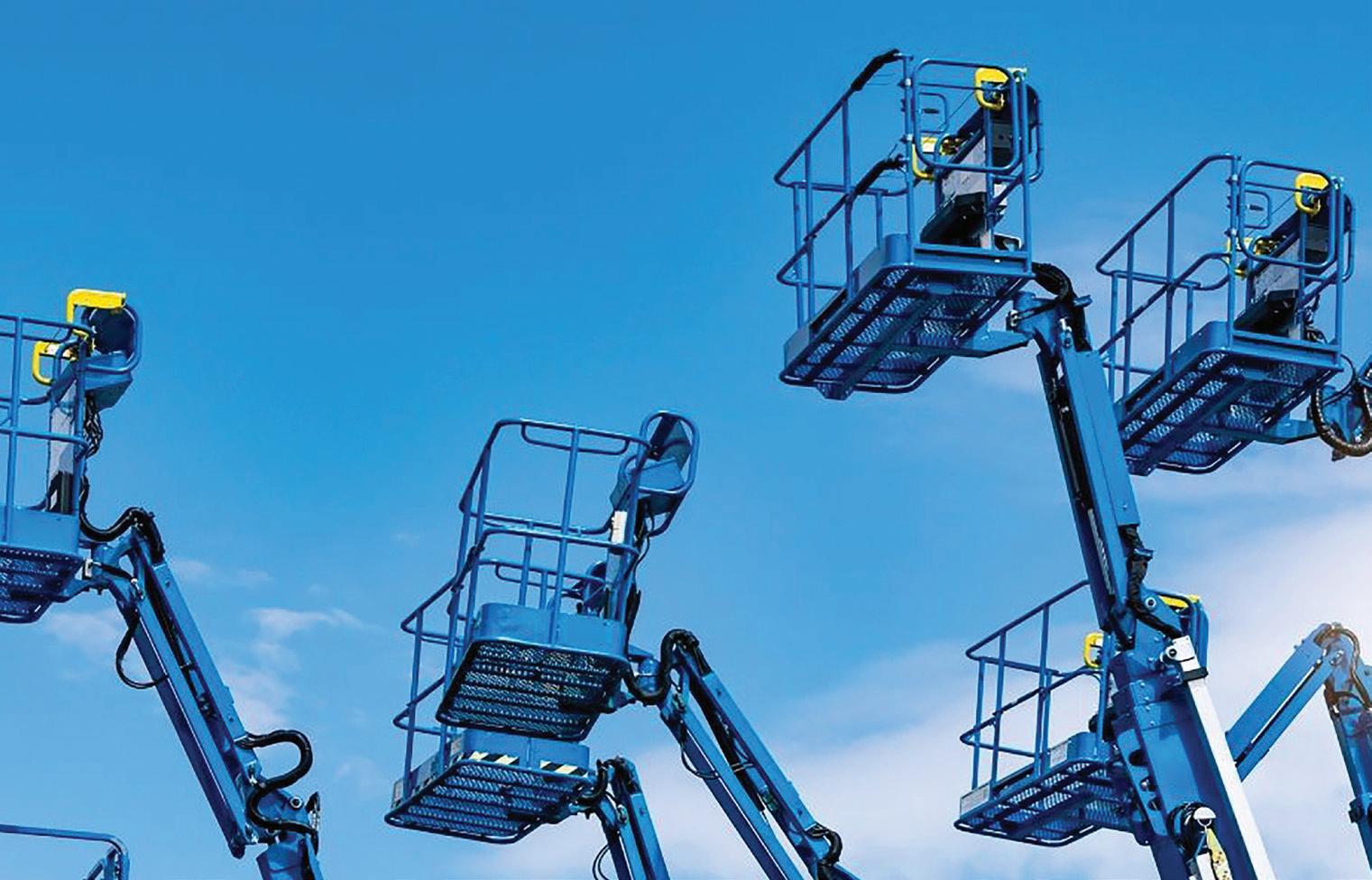
12. A harness and lanyard may restrict a rescue operation if you have fallen out of the machine, and you are hanging in the stack of a scissor lift as it can’t be lowered. Think of it as though you are put into a garlic press!
13. The side force of you swinging in a harness and lanyard maybe enough to pull a scissor lift over if you fell out of it. Some scissor lifts have a side force limit of 400n (40kg with gravity acting on it)
14. Ensure any work carried out from it that requires a force to be enacted is done from the ends of the scissor lift, not the side.
15. The catapult action of the boom lift from movement should be the only reason to have you harnessed into the boom basket.
16. You should always look up and around when operating the MEWP. Crush only comes from not identifying what’s around you.
We want to help you, call us for help or see your local MEWP hire company.
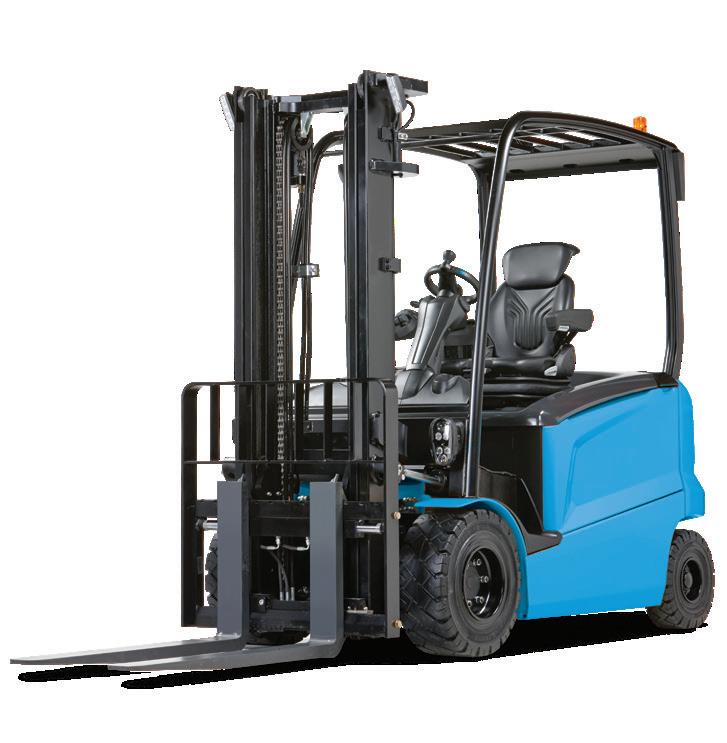
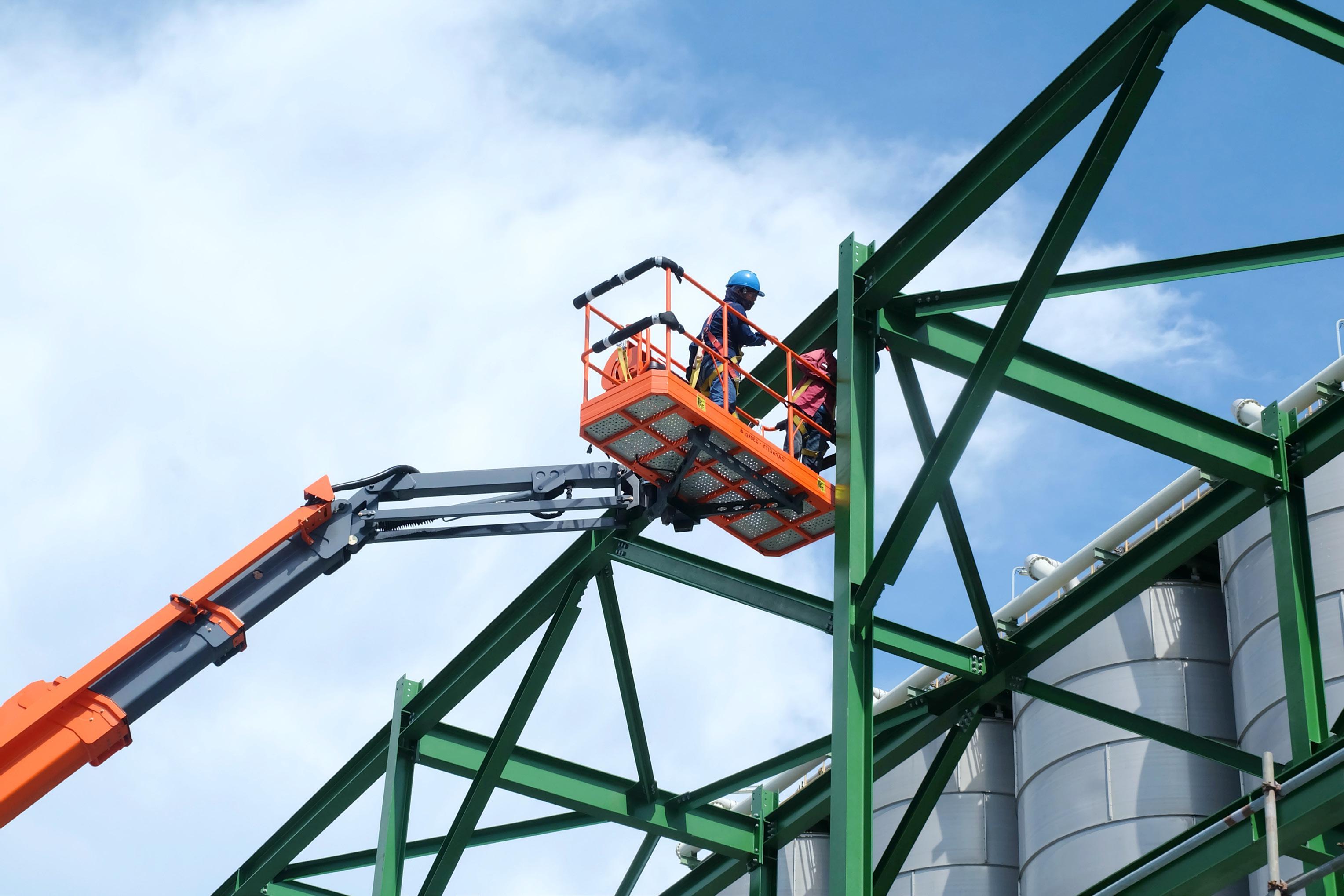



17
Silvercard APP is now live. Download the APP from the Google or Apple store & get all your EWP & Forklift competent operator details on your phone. It's easy for managers to verify a Silvercard operator on site. Download the APP to your own iPhone or Android & then scan the operator’s QR code available in their own APP. Silvercard™ EWP and Forklift Operator courses are delivered by Professional Trainers across New Zealand. Find a Trainer near you: silvercard.co.nz/trainers/
The
The case for increased housing density with Guy Marriage From the ground up
By Ben O’Connell
New Zealand has an affordable housing shortage, yet developing higher-density housing is opposed by many Kiwis. For architect, author, and lecturer Guy Marriage, the case for denser urban living is evident.
When the National Party withdrew its support from the bipartisan housing density agreement with Labour last May, many urban centres entered planning purgatory. National then proposed its policy allowing councils to opt out of Medium Density Residential Standards (MDRS) and instead zone greenfield land for 30 years of development. The Greens said National’s plan promotes urban sprawl, damaging the environment.
Cut to December, when the Christchurch City Council took advantage of the change in government by considering a pause in housing intensification plans.
Public hearings on the Housing and Business Choice Plan Change – also known as Plan Change 14 – are currently postponed to allow more time for clarity from the Government.
The move injected uncertainty into the planning processes of city councils nationwide, uncertainty that only delays housing crisis solutions. As housing density is tracked locally by councils, data is tricky to come by.
Still, political moves signal an increasing trend in medium and high-density housing, as does the nationwide increase in residential building consents. Accepting housing density measures is inevitable, but what’s the best way to do it?
“Build more densely, build off-site, build more intelligently, build for the long-term,” says Guy Marriage.
“As an architect and co-founder of the awardwinning First Light Studio, a senior lecturer
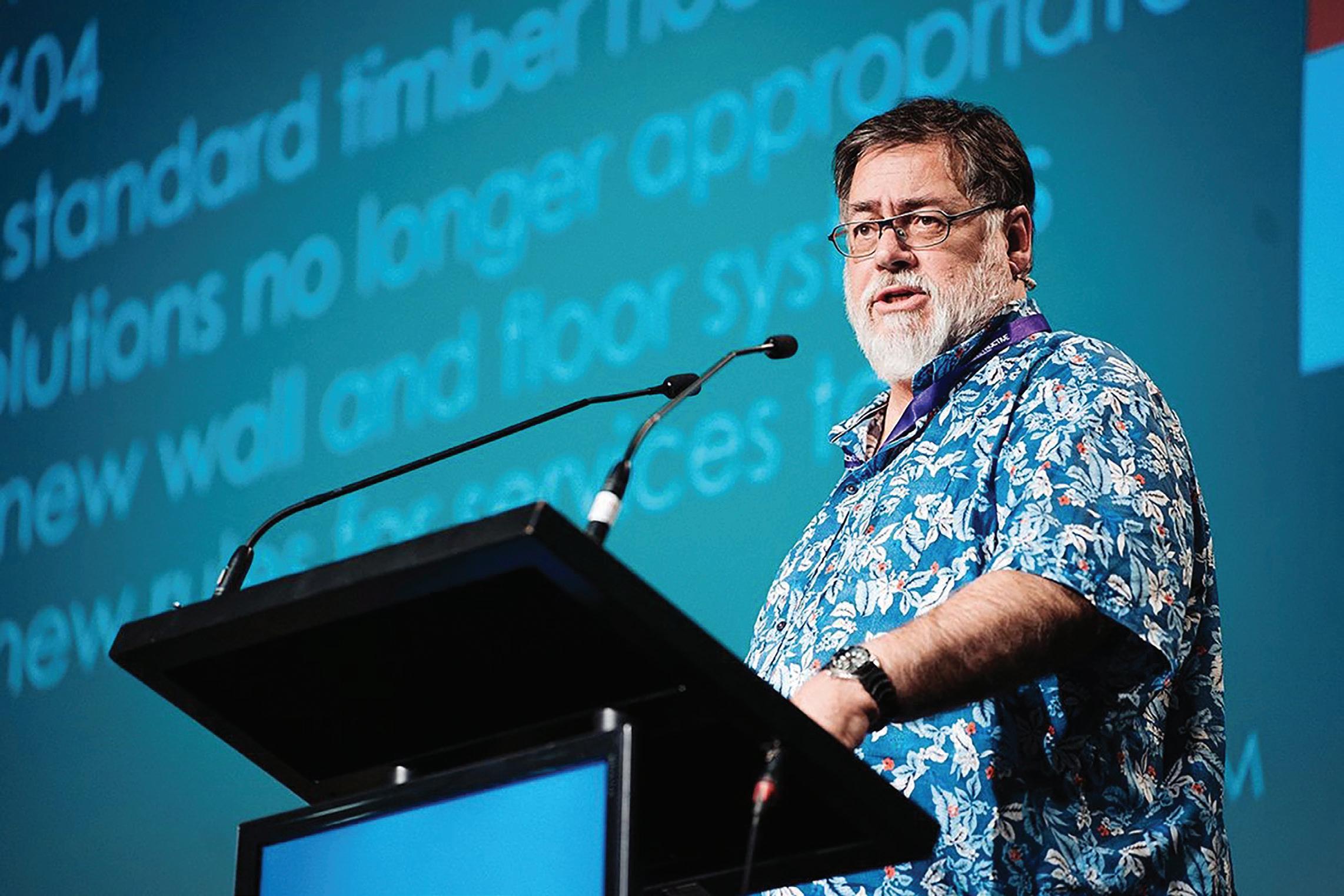
at the Wellington School of Architecture, and the author of three internationally acclaimed books, his advice is priceless.
“Prefabricate whole sections or parts of buildings, doing all the tricky work safely at ground level and then hoisting the completed object into space.”
According to a recent Forbes article, prefab builds are more common in countries like Japan, Sweden, and Germany than here. They account for around 84 percent of Swedish homes, compared to 10 percent in New Zealand.
“Our long-term model of one builder, one ute, one house at a time is rubbish, outdated and needs to stop.

“We build these suburban houses stick by stick, out of kiln-dried timber, and then let it all get wet in some inevitable storms, and then we nail on plasterboard, which really just wants to act as blotting paper, and then slap on a tiny thin cladding layer and wonder why it all starts going sour.”
It undeniably costs more to build better, but Guy says cheap housing inevitably turns nasty.
He envisions factories producing houses that roll off their production line and are taken to site, a New Zealand where we are not afraid to pay the full cost for the best possible builds. It’s about building for the long term, not for short-term financial gain.
“The problem is that we are getting cramped, low-density rather than spacious highdensity,” he says.
“Filling up a section with townhouses, carparks, and nothing else just makes everyone miserable in the long term. Instead of building townhouses on the outskirts of every town, we would be far better to rebuild our central cities, building housing of a sensible height near the middle.”
Innovative building solutions are the future, but it takes time for big ideas to be accepted. Guy wants to do a medium-density housing project with cross-laminated timber (CLT) on a large urban scale. “But New Zealand is still a bit too timid for that. It’ll come. I’ll wait.”
Ultimately, housing density decisions all come down to the price of land. Cheap land means suburban sprawl and maximising expensive land means denser housing.
“It is no coincidence that the best, most inventive housing in the world comes from the places where land is constrained,
rather than just from places where sprawl is unlimited. Hong Kong, for instance, is far more interesting than Houston.”
Many factors contribute to the current housing density issues our country faces. New Zealand has one of the lowest population densities yet is one of the world’s most urbanised nations; around 85 percent of Kiwis call a city home.
Increased density lowers the cost of each unit and the need for infrastructure. Suburban sprawl also means more time wasted in traffic.
Despite being long and thin, Aotearoa has the eighth most cars per capita, on par with the United States, Canada, and Australia.
“It is just that they all live spread out in endless, boring suburbs,” Guy says. “We have these massively wasteful cities, spread out for miles, and the infrastructure of pipes and roads and wires all costs millions.
“There is, unbelievably, still a mentality amongst some people that you have to live in the suburbs to raise your children. Not so. Children raised in urban areas turn out just as well, if not better.”
Warmth, humidity, mould, sound, and fire safety are a few characteristics of housing density that can be just as good—if not better—in an apartment as in a suburban home.
Guy says we need to build, design, and live in our homes better: opening windows to air out spaces as one example.
Guy advocates for multi-generational buildings higher than two storeys tall, with better quality, higher-density designs, and people-friendly common outdoor spaces.
The Coronavirus pandemic showed architects
18 | B&C Cover Story
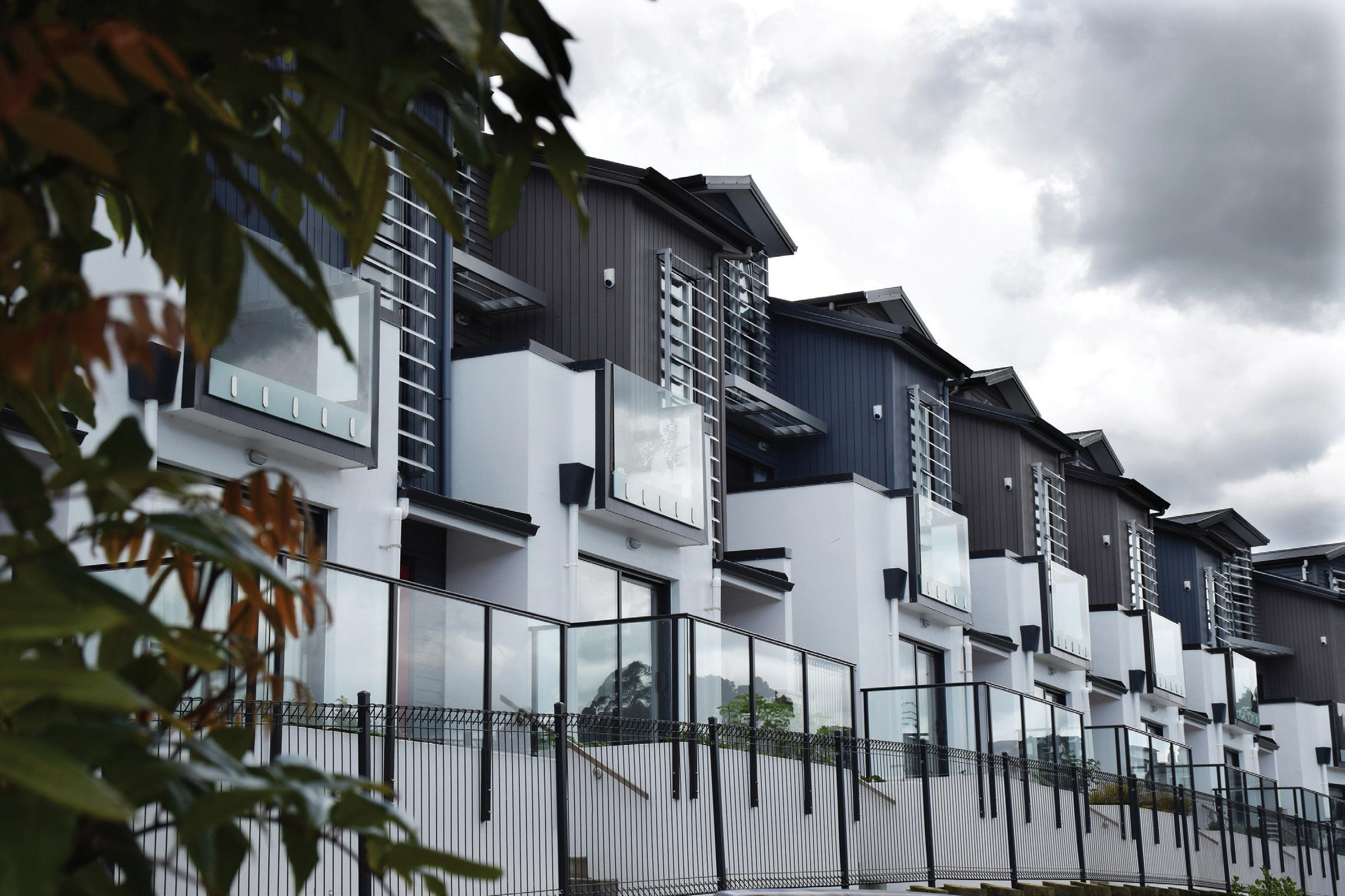

how vital access to outdoor space for all is, with balcony access at a minimum.
Some people argue against increased housing density because of the loss of green spaces, but Guy says building denser actually saves the outdoors from despoliation.
“One of my favourite examples is Sienna, Italy. It was at war with Florence and other city-states for hundreds of years, and so they lived within the city wall in intense urban conditions, just as they have done for the last 500 years.”
“Meanwhile, you can look out over the edge of the city wall and down below, there is a vineyard growing grapes that feed the city. “There’s no suburbia. It is either urban or rural, and nothing in between.” Italians today are as passionate about their lives within the city walls as their ancestors were centuries ago.
Helping people lead passionate lives is precisely why social housing is important. Without great design and an affordable price, families cannot plan their lives for the long term. People need to feel invested in their accommodation to envision future opportunities, let alone realise them.
Particularly impactful, Guy commends Kainga Ora redevelopment projects in Auckland. Funding from the Government and Wellington City Council for a complete overhaul of city housing blocks is also
promising. Only time tells how successful social housing initiatives are though.
And yet Christchurch notably lags. Guy describes the recent suburban townhouse sprawl in Ōtautahi as horrible, cramped, and scattered around the city like litter. The domino effect from the 2011 earthquakes and subsequent rebuild continues.
A side effect of housing people quickly postquake is suburbs devoid of community and personality. Intensifying density would stop the “dull wave of boring housing sweeping the city,” Guy says.
“Christchurch has been rightly scared off medium density because of the terrible housing that “those” developers have created. You know who I mean.
“They only have one plan, and they rubber stamp it en masse all over town, and it is a mess. Everything is two storeys tall, everything is the same, and only the paint colour changes.
And not everyone lives in a nuclear family.
“But build taller: three, four or five floors, get a mix of household sizes in, so you have single people, grandparents, whole families, students, workers, retirees, children. We need the whole mix of people to get a community going.”
Guy remains hopeful about the future of housing density intensification in New
“We need far better thinking around the places that we say are okay to live in. Don’t build housing on your best horticultural soil!”
As for Guy’s advice to builders and architects, don’t try to reinvent the wheel. “Don’t swamp a city with bland two-storey housing: hire the best architects and design housing that addresses the land first.
“Plan the open spaces first, and then plan the housing to surround those open spaces. Think about the world’s best cities and then think about their parks.”
Guy’s three books demonstrate growing interest and development in the housing density space. Now a seminal textbook
Filling up a section with townhouses, carparks, and nothing else just makes everyone miserable in the long term. Instead of building townhouses on the outskirts of every town, we would be far better to rebuild our central cities, building housing of a sensible height near the middle.
for students worldwide, TALL - the Design and Construction of High-Rise Architecture (Routledge, 2019) covers the rationale behind tall office building design.
His second book, Modern Apartment Design (Routledge, 2022), is focused on the growing interest in constructing tall timber buildings for residential living. Guy says that when done well, apartments are superior above all. Done poorly, and they become hell. Think noisy, loud neighbours and cramped, poorlydesigned spaces.
His latest research project – Medium (EBOSS, 2022), explores creative solutions for living denser and better. Think courtyard houses like the Romans had 2000 years ago, but updated for today.
“Do you know they had apartment buildings back then?” he asks. “The Romans called them insulae, meaning islands, because they rose out of the humdrum dross of the city of Rome. There is nothing new under the sun, really.
“So, let’s repeat it, only do it better this time. Make it more earthquake-resistant, for starters!”

B&C | 19 Cover Story
Zealand. He thinks Christchurch could be the perfect cycling city with the proper infrastructure, like Hastings, which sprawls across some of the best orchard land in the country.



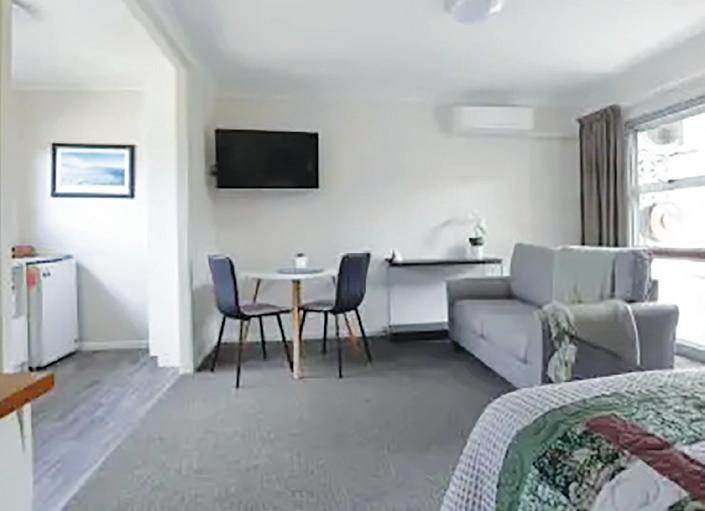



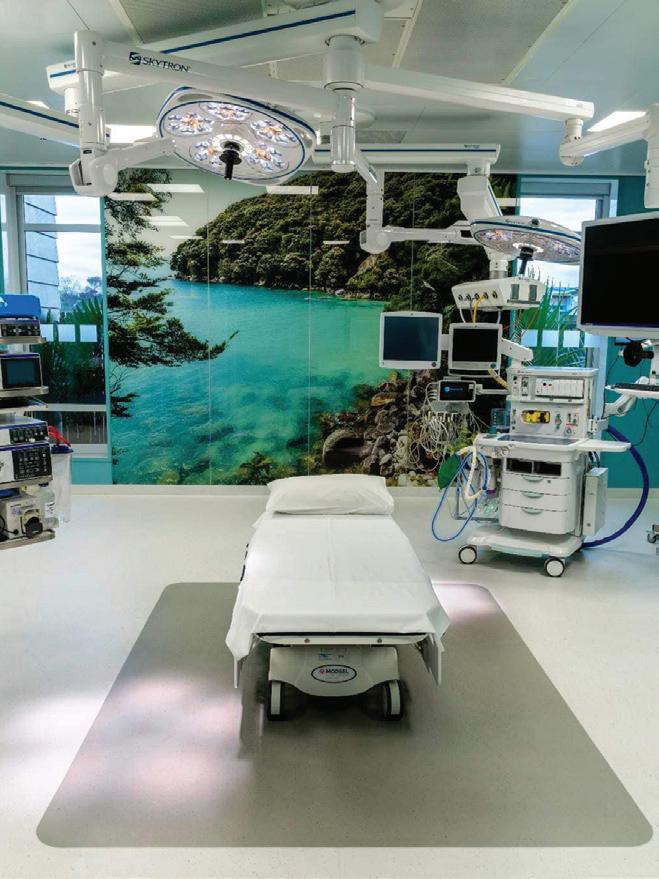
20 | B&C Aden Motel is nestled beside one of New Zealand’s largest lakes and surrounded by magnificent scenery. Whether you have come to enjoy the spectacular Milford or Doubtful Sounds or partake in some of the many activities offered in and around Te Anau like glow worm caves, horse trekking, jet-boating and more, we know you will leave with fond memories. Your hosts Irene Benfell & David Herron welcome you and with their local knowledge, are happy to help plan your daytrips. 03 2497748 | info@adenmotel.co.nz | www.adenmotel.co.nz Phone direct for any discounts FOR SALE 0800 827 329 | enquiries@tasmandaysurgery.co.nz | 341 Lower Queen Street, Richmond, Tasman 7020 www.tasmandaysurgery.co.nz Welcome to Tasman Day Surgery! We are a team of caring health professionals who are dedicated to supporting your health journey in every way we can. Located in Nelson, NZ, our hospital is run by doctors who believe in the simple philosophy of providing high-quality, patient-centred care to their community. As a leading purpose-built private hospital in Nelson, Tasman Day Surgery will be sure to prioritise your safety and comfort every step of the way. The facility and our specialists can provide a wide range of medical and surgical services including: • Endoscopy - Colonoscopy and Gastroscopy • General Surgery • Gynaecology • Skin Surgery • Ear Nose and Throat Surgery • Infusion Service • Orthopaedics THE NEWEST PRIVATE HOSPITAL FOR NELSON AND TASMAN Ask your GP for a referral or call us direct.
Universal Cranes New Zealand offer a diverse fleet ranging from 2.5T to 450T

Formerly known as Auckland Cranes and now proudly operating as Universal Cranes, we’ve emerged as a trusted, leading brand in the industry, drawing on our legacy since 1970. Our track record speaks for itself, with a strong reputation for providing secure and highly efficient solutions for all your lifting and shifting needs.
With locations in Auckland and Hamilton, we offer comprehensive mobile crane rental services, serving diverse industries and businesses. Our commitment to delivering precision lifts remains unwavering, no matter how complex the task.
In collaboration with Smithbridge Group and Universal Cranes Australia, our trans-Tasman partnership enhances our service offerings across Australia and New Zealand. This cross-border collaboration leverages our expertise, resources, and knowledge, offering seamless solutions for clients in both locations.
Exciting times lie ahead as the next generation leads us into a new era. Contact us today to discover our extensive national and international fleet and dependable crane rental services.

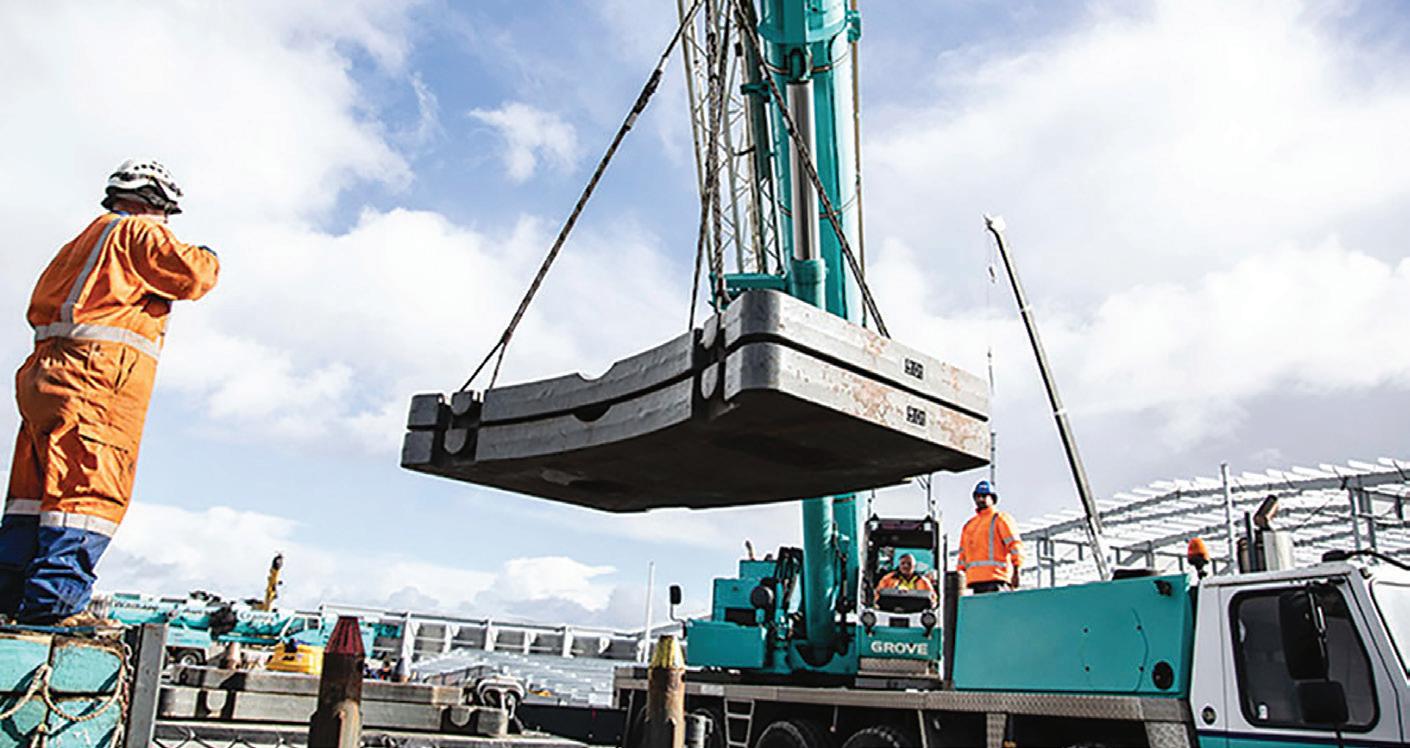
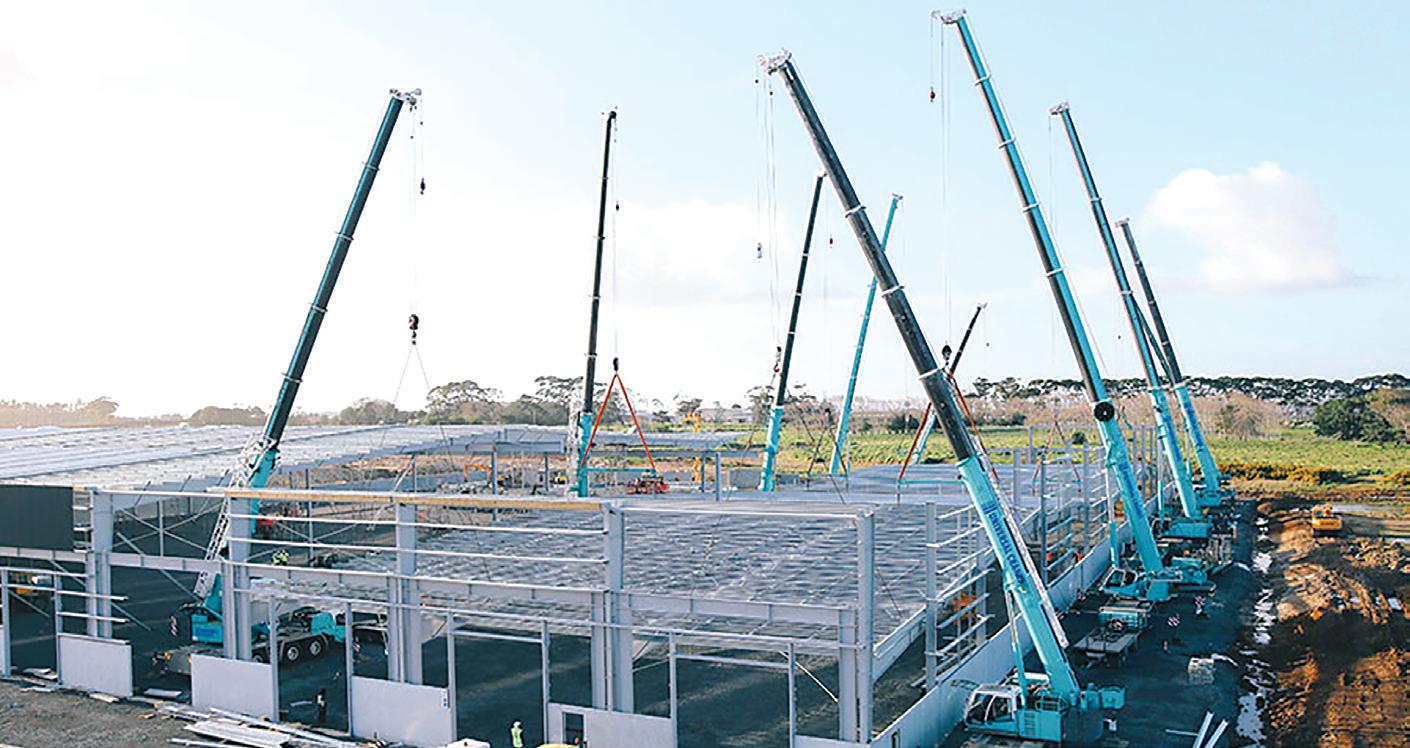
B&C | 21
• CIVIL CONSTRUCTION & INFRASTRUCTURE • GENERAL CONSTRUCTION • MANUFACTURING & INDUSTRIAL • RENEWABLE ENERGY WHAT WE DO www.universalcranes.co.nz AUCKLAND Ph: 09 277 2227 Address: 12 Langley Rd, Wiri, Auckland Email: enquiries@universalcranes.co.nz ANY LIFT, ANYWHERE, ANY TIME AUCKLAND| WAIKATO WAIKATO Ph: 07 849 3846 Address: 86 Sunshine Ave, Te Rapa, Hamilton Email: enquiries@universalcranes.co.nz • CRANE AND TRANSPORT • HIRE PROJECTS & HEAVY LIFT • LIFT PLANNING & ENGNEERING • TILT UP PANELS AND PRECAST ERECTION OUR CAPABILITIES
The next steps after onsite bullying and harassment When the banter goes too far
By Ben O’Connell
Working in trades isn’t for the faint of heart. Banter is typical and part of the job. But what happens when it goes too far?
In some workplaces, jokes are a way for people to communicate and have fun. Kiwis often bond with sarcasm.
But all tradespeople should be treated with dignity on the job. Everyone has the right to a safe and respectful work environment.
And it can go both ways. It should go without saying that workers must be respectful to clients.
Recently, a plasterer admitted he went too far after calling his client a con man and child molester because the client wouldn’t pay $16,000 for the work completed.
Written contracts are crucial in settling any dispute, and ensuring licences are up to date is also key.
But for those subject to abuse, there are steps to take when things get out of hand.
Firstly, record every instance where an insult or inappropriate behaviour occurs. This includes the date, time, who was involved, what was said or done, and any witnesses.
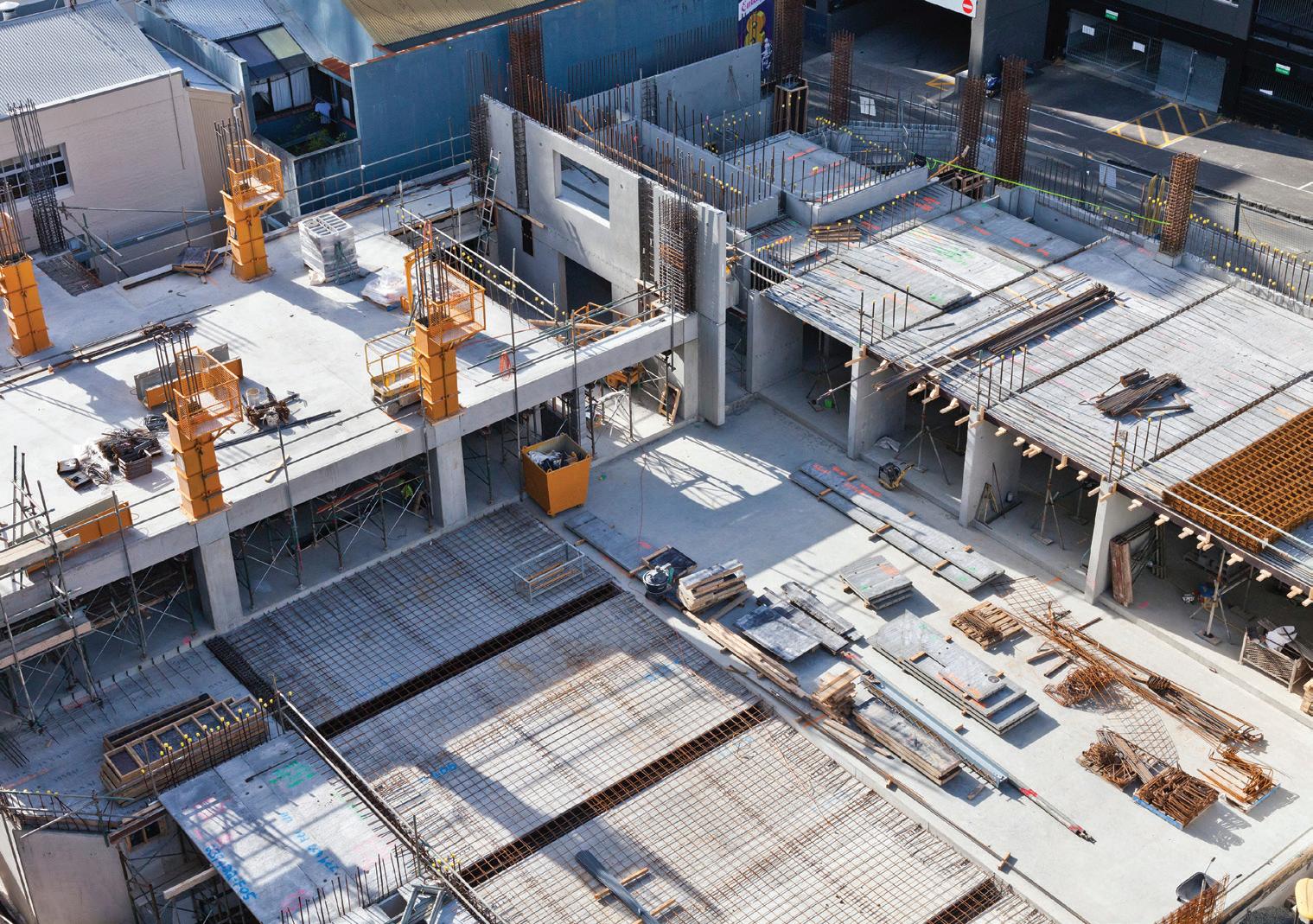
Construction sites naturally come with banter.
This documentation can serve as evidence if a formal complaint needs to be made.
It can be easier said than done, but a direct conversation might be the best action if the person making the insults is a colleague. Calmly and professionally explain how their behaviour affects you and ask them to stop.
Prolam re-opens Motueka sawmill boosting Nelson’s timber industry
The first logs in more than five years have been milled at a restored sawmill on Little Sydney Road, Motueka marking a new chapter for the region’s timber industry.
Closed in 2017, Nelson family-owned business Prolam has been working to reinstate the 80-year-old mill to support the production of its innovative structural timber solutions.
Prolam is one of New Zealand’s leading manufacturers of glue-laminated timber building products, and the mill will play a pivotal role in the company’s ability to meet the building industry’s demand for more sustainable, locally-made building materials.
Prolam managing director, John Woodman, said the opportunity to make a positive contribution to the timber processing industry and the local economy was front and
centre in his decision to purchase the site in 2017 and get the mill back up and running.
“We have seen seven or eight mills close across New Zealand in the last 10 years, and when we started planning to reinstate the mill in 2021, structural grade timber was in short supply,” John said.
“We source and use select quality New Zealand plantation-grown radiata pine in our glue-laminated timber beams, posts and portals and while supply is no longer an issue, our ability to mill a proportion of our own timber will have significant benefits for our customers and us.”
Mr Woodman said Prolam has carved a reputation as an industry leader in the supply of premium quality engineered timber solutions in fast lead times and at a competitive price.
“The commencement of production at the mill represents a step change in our production capability and secures our control
If the insults continue or escalate, reporting the incident is essential. Supervisors should be able to guide how to handle the situation and may be able to intervene to stop the behaviour.
Don’t hesitate to contact your support network for advice and emotional support.
There can be a real harden-up mentality when faced with abuse, but times are changing. It doesn’t have to be this way.
This could be a union representative, a trusted colleague, a mental health professional, Employment New Zealand, and so on.
If the insults are severe or frequent, and the employer fails to take action, it may be necessary to seek legal advice. A lawyer can guide whether there are grounds for a complaint or legal action.
There can be a real harden-up mentality when faced with abuse, but times are changing. It doesn’t have to be this way.
Don’t suffer in silence if you’re facing insults or inappropriate behaviour at work. Take action to protect your well-being and dignity.
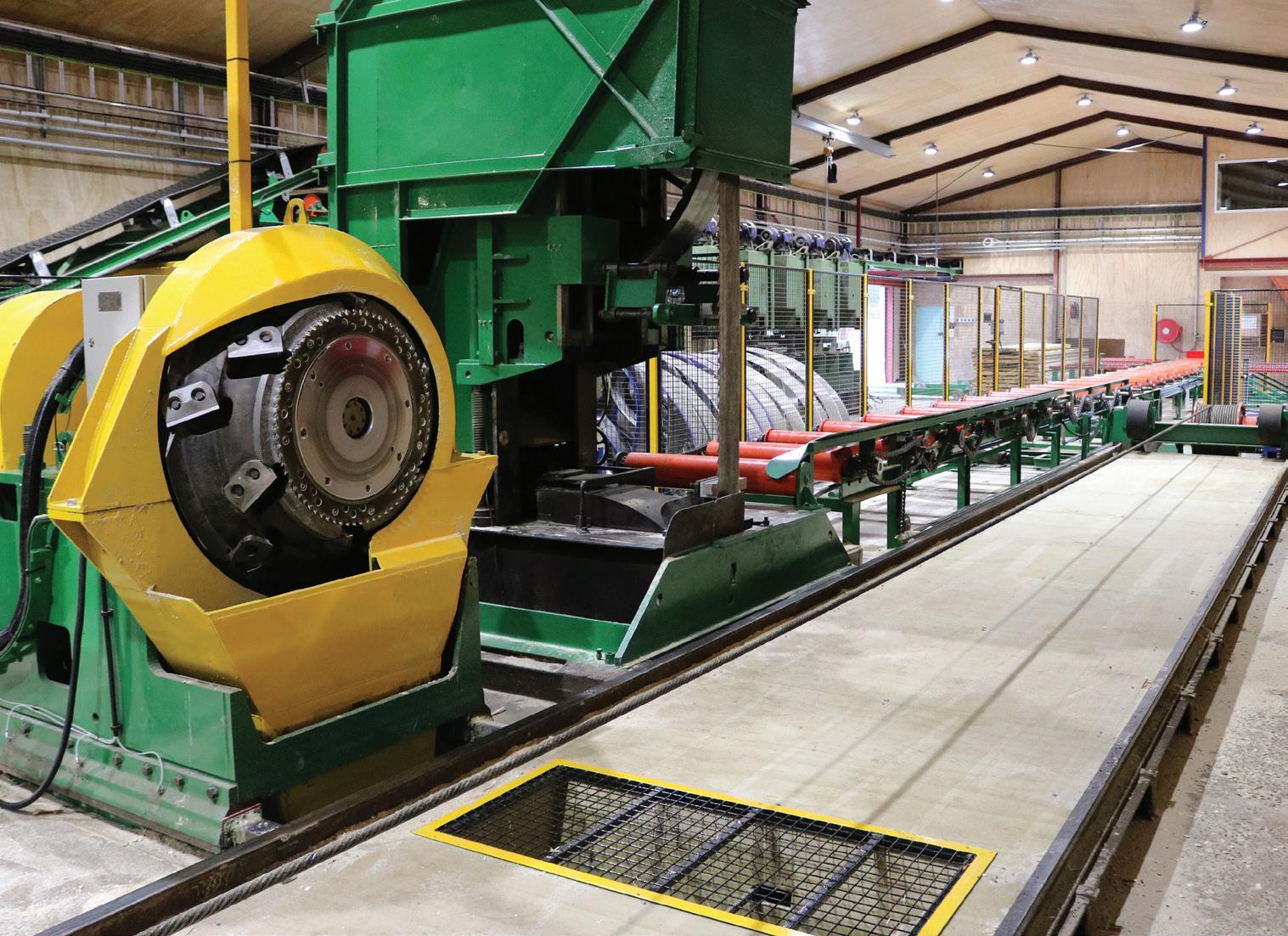
across key elements of the manufacturing process,” he said.
“It also supports our commitment to the long-term sustainability of the New Zealand timber industry and optimising the use of timber as a renewable resource in the design and construction of residential and commercial buildings.”
Prolam employed experienced Sawmill Manager Damon Taggart to run the reinstatement program and the mill once it was operational, and engaged New Zealand-based companies, Pacific Sawmill Engineering and Tui Technology, to assist in
the planning, design and oversight of the mill’s refurbishment.
“We have invested in new and proven milling technology to create a vertically integrated glue laminated production facility that will enable us to debark logs, mill, kiln dry and treat the timber ready for the lamination process.”
The Prolam range of glue laminated timber products are available from timber merchants and wholesalers nationwide. The Prolam PLX20 Beam was a finalist in the 2023 New Zealand Timber Design Awards.
22 | B&C
News
Minimising landslide slip-ups
By Ben O’Connell
New guidance and mapping measures improve resilience
In January, GNS Science released new land-use planning guidance to manage and reduce the risks of landslides. Considering the dangers of land use early in the planning and decision-making processes avoids costly and potentially dangerous new developments that could pose risks to people, property, and the planet down the line.
Guidance co-author and GNS Engineering
Geologist Dr Saskia de Vilder said that, on average, landslides cost Aotearoa New Zealand $250 million yearly and have resulted in more fatalities than earthquakes, volcanoes and tsunamis combined.
Landslide Planning Guidance: Reducing Landslide Risk through Land-Use Planning has been developed to support a risk-based approach to land-use planning that considers changing weather patterns as well as current risk assessment, management and mitigation practices.
At a minimum, the Guidance recommends councils develop a landslide susceptibility map to better inform important decisions that determine where and how we live.
The Landslide Planning Guidance updates previous guidance released more than
15 years ago. It emphasises the need to consider climate-change scenarios likely to exacerbate landslide hazards due to changing weather patterns.
Speaking of mapping, this new landslide guidance coincides with recent research on landslides from the University of Canterbury. Canterbury researchers and students mapped 140,000 landslides triggered by Cyclone Gabrielle to create models for future weather events.
New Zealand now boasts one of the largest single-event inventories of landslides globally. Senior Lecturer and lead researcher Dr Tom Robinson was surprised at the sheer number of landslides they found, “in the Esk Valley alone, in just one 12km square area, you’ve got over 2000 landslides.”
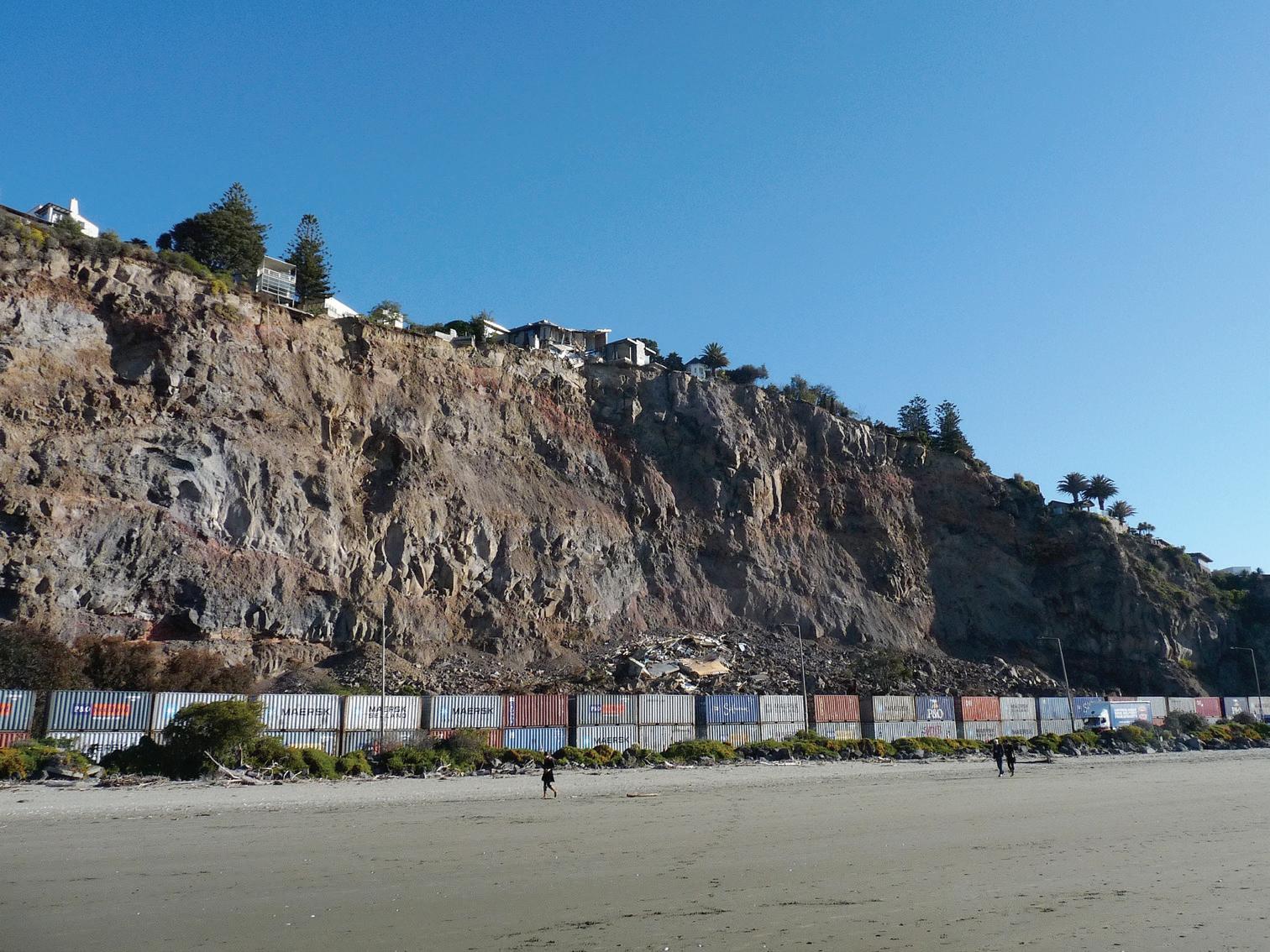
Mapping and guidance measures both lead to improved future resilience.
“Landslides are difficult to forecast and predict; the only way you can do it is by looking at where they’ve occurred in the past,” Dr Robinson says.
“Mapping tells us the conditions that triggered them in the past: the type of slopes, what is on the land, has rainfall caused it and if so, how intense was the rainfall, was it an earthquake, how much shaking was there – all critical information telling us how landslides occur.
“So, when we have a future event, particularly rainfall, we could say this is
where we think a landslide is most likely to occur, the predicted trajectory, what’s in its path, and therefore do we need to shut roads, do we need to evacuate people?” says Dr Robinson.
The team uses aerial imagery with up to 30cm high resolution, imagery so powerful you could spot a laptop on the ground for mapping.
“We’ve mapped over 140,000 landsides, the smallest roughly the size of a car, from 20 percent of the area affected by Cyclone Gabrielle. We can’t possibly map them all, but we believe there are about 750-850,000 in total.”
Kainga Ora undertakes major nationwide renewal Record number of public housing renovations
By Ben O’Connell
As part of one of the largest housing regeneration initiatives in New Zealand ever, Kāinga Ora is renovating old public homes.
For $251 million, 747 public homes were significantly modified over the past financial year. A further 820 homes will be renovated this year for $323 million.
The renovations are part of a public housing renewal programme that was first piloted in 2019 when 69 old homes were renovated, says Kāinga Ora General Manager Construction and Innovation, Patrick Dougherty.
The initiative has expanded yearly as Kāinga Ora continues to invest in the country’s legacy of providing public houses to those in need.
As for the scale of the initiative, last year’s renovations took nearly 85,000 litres of paint, over 100,000 new double-glazed windows, just over 46,000 square metres of new carpet, and nearly 200,000 square metres of insulation.
In the last financial year to June 2023, Kāinga Ora’s maintenance programme has added 1,878,656 square metres of insulation to homes, which is enough to cover the Wellington Airport runway 21 times.

They have also installed 335,998 square metres of new roofing, enough to cover the roof of Auckland’s Eden Park Stadium 21 times, and fitted more than 20,000 new heat pumps and more than 9700 electric ovens.
About twelve tradespeople work on each home, which creates employment and training opportunities. There’s a raft of positive ripple effects for local builders, suppliers and communities nationwide.
Patrick says Kāinga Ora homes are cared for by a network of around 11,000 tradespeople across the country, who complete more than half a million maintenance jobs a year. It equals roughly one every minute, 24/7.
The renovation work is on top of the regular maintenance work Kāinga Ora does on all its homes. Patrick says that when the renovations are done it’s like stepping into a new build.
Kainga Ora is the country’s public housing landlord, with more than 72,000 properties providing homes to about 185,000 New Zealanders.
Early public housing was designed for a different way of living, and Patrick says they are starting to show their age. Renovating homes with new kitchens, bathrooms, insulation, and double glazing, for example, brings them up to modern standards.
Kāinga Ora is the country’s public housing landlord, with more than 72,000 properties providing homes to about 185,000 New Zealanders.
It is also leading the New Zealand Government’s state house building programme with more than 4,200 new public homes in construction for delivery by the end of June 2024. Its renovation and maintenance programmes are in addition to this building programme.
B&C | 23
Redcliffs 2011 earthquake damage.
News
Interior glam
Based in Palmerston North, Hansen's Interior Advanced Solutions has been delivering quality commercial joinery fit-outs for clients in the commercial, corporate, retail and hospitality sectors since 1956. Projects range from retirement villages and apartment complexes to banks and restaurants.
Thanks to the company’s reputation and significant operating capacity, Hansens has won many large contracts, including projects that are rolled out nationally, such as their contract with New Zealand Post/Kiwibank involving furniture and fixtures for 332 branches nationwide.
With six decades of excellence in delivering exceptional interior joinery, Hansens is trusted by clientele across the country to deliver on projects of all sizes.
Hansens Interior Advanced Solutions has the capacity and capability to complete large fit-outs within short timeframes. With their modern factory and experienced staff, Hansens has the ability to take on big commercial projects throughout New Zealand and produce quality work to tight deadlines.
Their factory in Palmerston North is 1500 square metres and is equipped with state-of-the-art machinery and facilities, computer-aided production systems and a modern painting booth. When operating at full capacity, the factory has 40 qualified tradespeople on the ground.
Hansens’ comprehensive service model not only ensures efficiency but also nurtures lasting relationships built on a foundation of trust. Their ability to offer a seamless endto-end experience, encompassing design, factory production, and installation - all housed under one roof - provides efficiency and confidence throughout the process.
From manufacture to installation, Hansens offers a complete service, specialising in large-scale interior fit-outs including:
Commercial Fit-outs
National rollouts for large-scale commercial interiors, including counters and display cabinets for retail clients; built-in boardroom furniture and kitchenettes for offices; and lobbies, entranceways and foyers for hotels. When it comes to commercial fit-out companies, you can’t go past Hansens for the skill and experience of their team. Their managers have a wealth of experience in commercial fit-outs, including many largescale projects. They will provide you with practical solutions for the manufacture and installation of your fit-out.

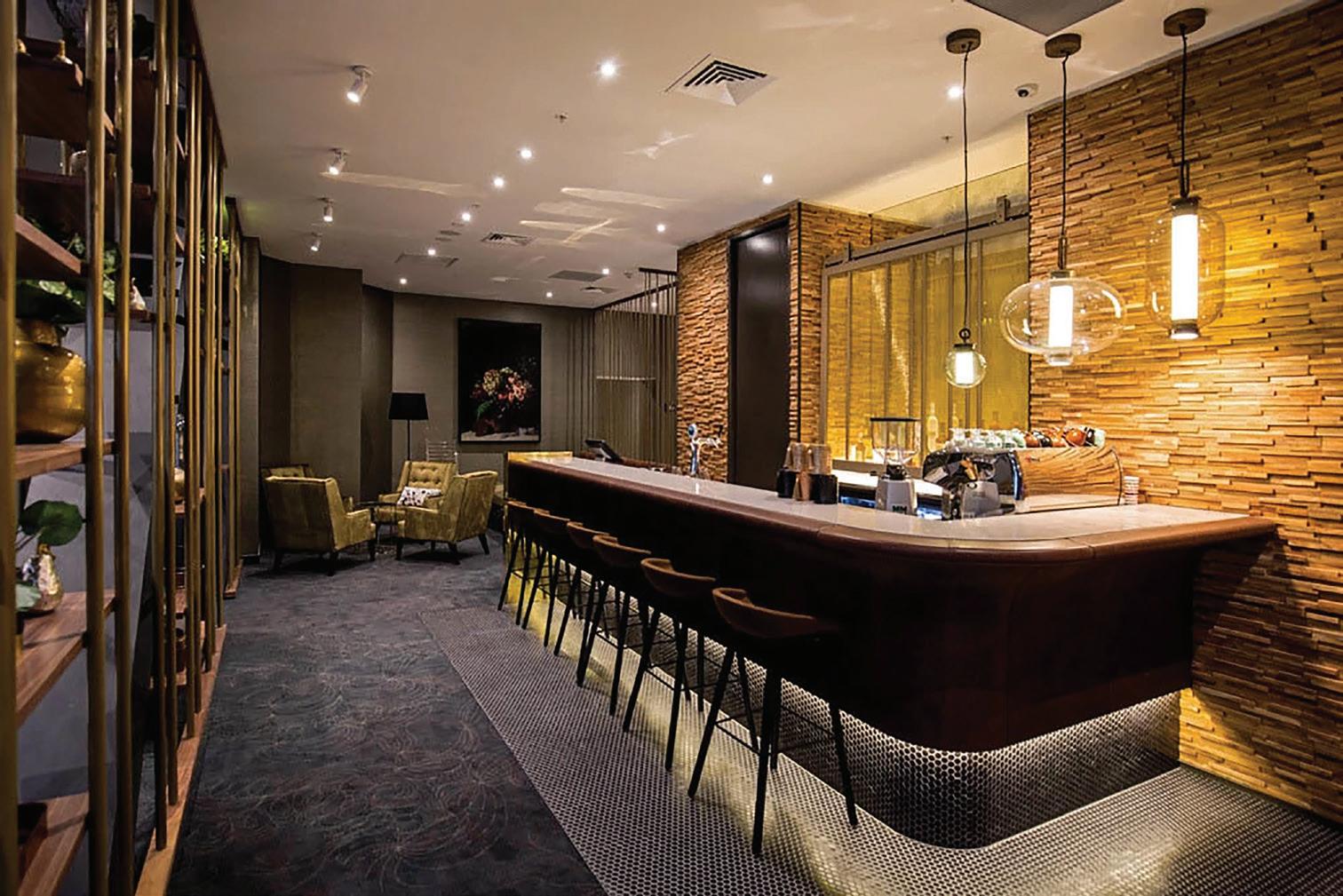

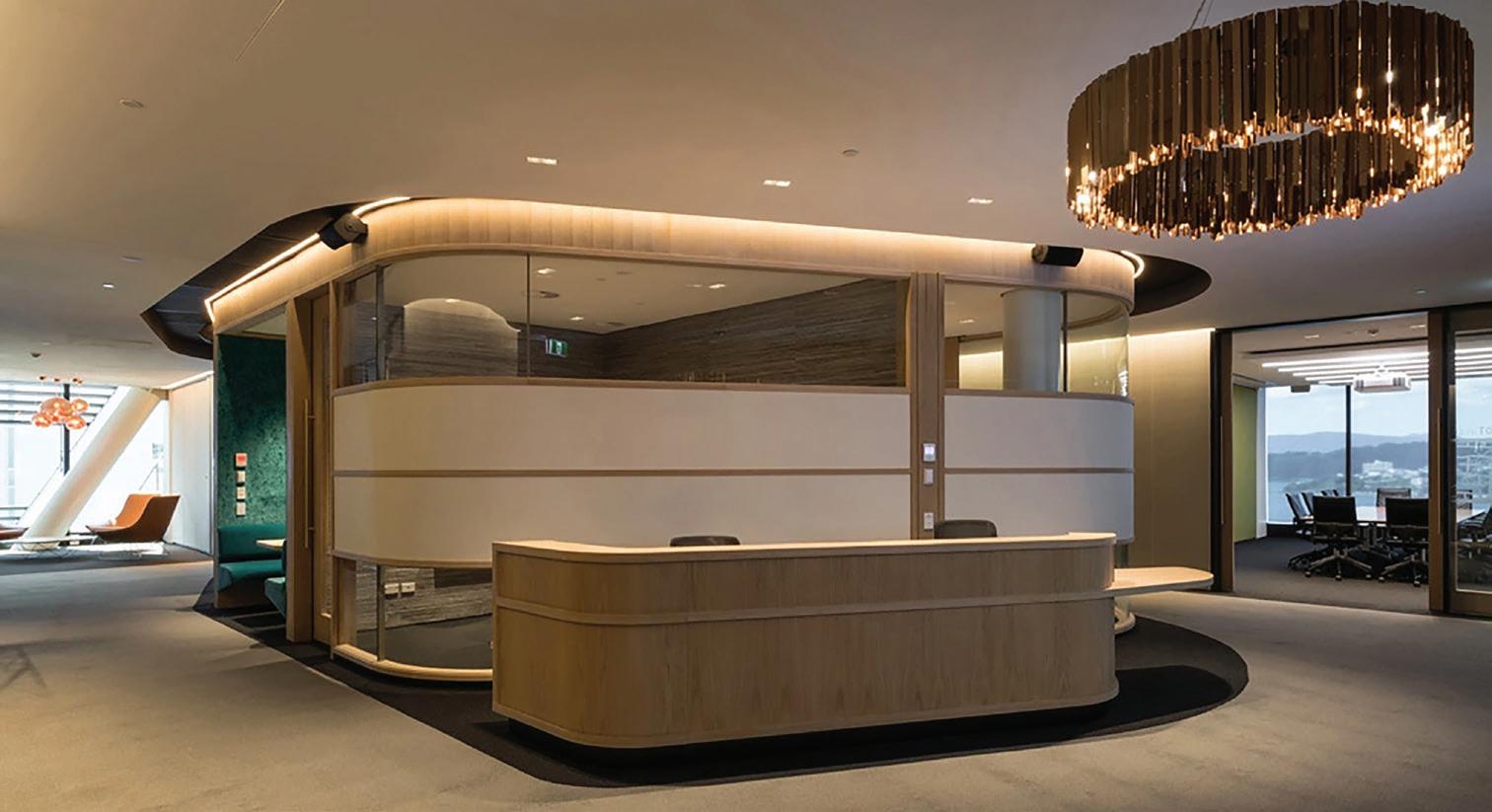
A long-established interior fit-out company, Hansens undertakes custom kitchen joinery for high-end residential projects for customers throughout the Manawatu and Wellington regions.
Apartments and Villages
Interior fit-outs for all new developments and renovations, including building and installing kitchens, bathrooms and wardrobes in aged care facilities, townhouses and apartment fit-outs throughout New Zealand. Hansens has the reputation for manufacturing and installing high-quality custom joinery for large-scale jobs. Over the past decade Hansens has worked with a variety of contractors to supply the interior joinery on a range of significant and varied projects throughout New Zealand. These include luxury apartments and retirement homes in Auckland, Wellington, Hastings and Taupo.
Residential Joinery
Don’t settle for mediocre in your kitchen renovation. For joinery made by skilled and experienced tradespeople, Hansens is your solution. A long-established interior fitout company, Hansens undertakes custom kitchen joinery for high-end residential projects for customers throughout the Manawatu and Wellington regions.
Whether you want art deco, classic, country, modern or minimalist, Hansens will work closely with your architect and designer to ensure the end result is exactly as you
‘Our experience with the Hansen kitchens team was nothing short of exceptional. The design process was seamless and collaborative. From start to finish, their team demonstrated a level of professionalism and expertise that truly sets them apart in their industry. The craftsmanship and joinery work were outstanding. The materials used were of the highest quality, and the precision in their workmanship was evident in every aspect of the kitchen. The installation was smooth and efficient, showcasing their mastery in the field. I highly recommend Hansen to anyone seeking top-notch kitchen design and joinery services.’ -
Davoud
envisaged. No matter what your style, every piece will be finished to exacting standards.
The professional standards of production and customer service that Hansens business clients enjoy are also adopted for homeowners and builders. As well as manufacturing your kitchen joinery, Hansens will install it too, but they’re happy to simply manufacture and deliver if you have your own trusted builder.
The client management, design and production team at Hansens are well qualified for the task of bringing reality to the plans of innovative architectural designers.
All team members have years of experience in the trade and apply a hands-on approach to the now computer generated production systems. The team has become skilled at working in a project management environment, meeting the requirements of unique architectural design, while accommodating the complexities of on site installations.
For your next interior project, contact on 06 354 4181.
24 | B&C

For a unique and beautiful finish for your commercial fit-out, talk to the experts at Hansens
Large-scale fit-outs for commercial clients
Custom-designed joinery that reflects your business Quality workmanship completed on time and within budget

Looking for an apartment fit-out company you can trust? Hansens has a proven track record
Large-scale contracts of up to 420-room apartments
All interior joinery manufactured and installed to exacting standards Catering to contractors the length and breadth of New Zealand
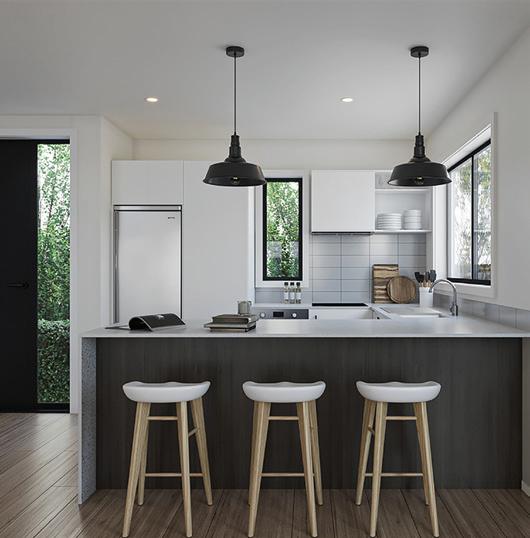

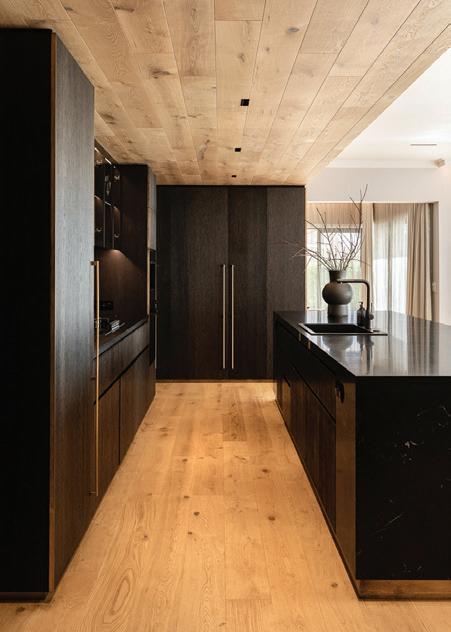


When only the best will do, talk to Hansens about custom joinery for your kitchen
Exclusive kitchen joinery solutions for residential clients
Manufacturing, delivery and installation services
Our team will work closely with your architect or designer
Serving customers throughout New Zealand for over 60 years
Hansens delivers stunning and hard wearing interior joinery for commercial, corporate, retail and hospitality clients nationwide. Our team has experience in large-scale projects for office fit-outs, apartment fit-outs and fit-outs for aged care facilities throughout New Zealand. Hansens will also manufacture bespoke kitchen joinery for your home renovation.
B&C | 25
COMMERCIAL | CORPORATE | RETAIL | RESIDENTIAL Palmerston North NATIONWIDE SERVICE (06) 354 4181 www.hansens.co.nz
Top notch blasting
Totally Blasted is locally owned and operated in Tauranga, Bay of Plenty and services the greater Bay of Plenty, Waikato and Auckland Regions. However, their state-of-the-art Multi Media Blast gear is 100 percent mobile, meaning they can travel nationwide. They specialise in multi-media blasting, which includes garnet, soda, walnut shell and glass bead.
Totally Blasted’s primary focus is specialised concrete finishes and is the area they excel in. Totally Blasted also carries out remedial works, removal of coating systems from various substrates and application of specialised coating systems from industrial and commercial to residential.
Managing directors Roger Bryan and Gemma Trueman, along with the team at Totally Blasted, aim to bring you a welloiled company to make your project as
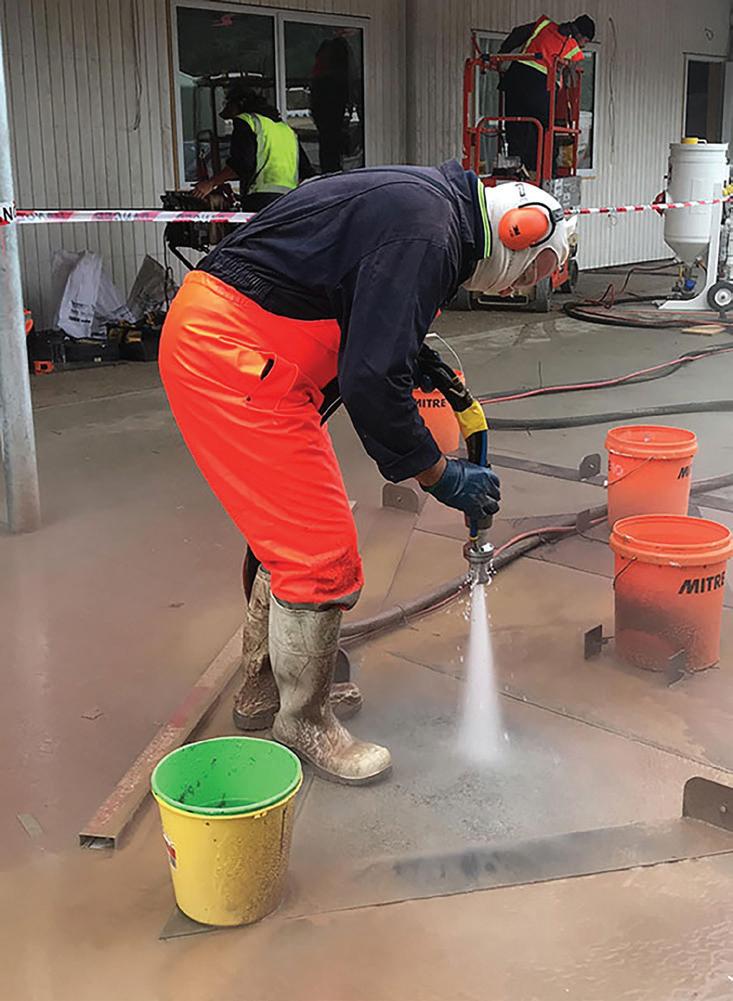
easy and stress-free as possible. Roger has 25-plus years’ experience in the blasting and coatings industry. Working in the blasting industry, and for companies such as Dulux, has given him a unique understanding of different products and systems and how they can work to benefit the task at hand in the best way possible. Gemma is the administrative brain behind the computer. With extensive knowledge on business and project management, as well as feet on the ground experience, she knows all the ins and outs to have your project completed to your requirements with as little stress as possible.
Specialised Concrete Etching – the main bread and butter
Whether you want a wood look finish, acid wash finish, cultural designs, company logos, or any other unique stencilled etching carried out on your concrete, Totally Blasted are the go-to team nationwide. The best part,
IT’S PERMANENT!
Working closely with you and/or your designer, Totally Blasted will take your design brief and bring it to life. Totally Blasted ensure that stencil design is carried out to precision and that the final etched finish meets your expectations. Test blasts are carried out on request so that you can make informed decisions about size, depth, concrete mix and concrete sealer systems to give your space je ne sais quoi.


Totally Blasted understands the importance of cultural significance. They strive to provide a respectful experience and take great pride in helping preserve heritage and history.
Totally Blasted has not yet met a challenge they couldn’t meet. Even vertical surface blasting is achievable - from a 1m high retaining wall to a 12m high building, Totally Blasted have been there, done that. If your idea can be made into a stencil, it can be blasted into concrete.
When it comes to cultural designs, Totally Blasted likes to work closely with iwi and/ or hapu to ensure all requirements are met. Stencils will never be repurposed and can be gifted to the iwi for future use or disposed of immediately after project completion.
Totally Blasted understands the importance of cultural significance. They strive to provide a respectful experience and take great pride in helping preserve heritage and history. By etching meaningful cultural designs in concrete, your message will be given a permanent place for all to see and learn from.
Totally Blasted has worked closely with a number of primary & secondary schools in the Bay of Plenty & Waikato. Whether you are after something subtle or substantial, Totally Blasted would love to be a part of creating a space worth talking about.
Totally Blasted has a range of other services on offer including:
• Concrete Walkway and Wall Sealers and Graffiti Protection
New concrete does well when protected. Working closely with numerous manufacturers, Totally Blasted has a range of products they can apply to your concrete to give it that extra protection.
• Industrial and Commercial Coating System removal and application
Whether it’s the garden shed or a large commercial building that needs a repaint, Totally Blasted is your team! With their
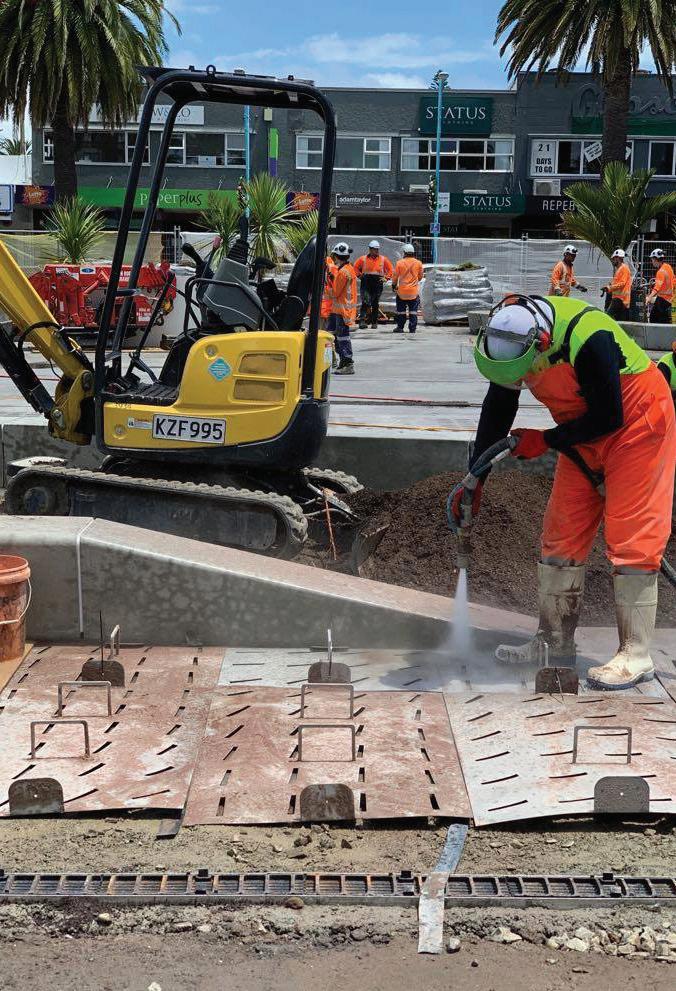
access to specialised coating systems, they can ensure you get the best coverage for the best price in the colour scheme of your choice. They also cover intumescent coating systems and specialised steel coating systems to ensure your new or existing building meets all standards and compliance codes.
• Swimming Pool Coating System Preparation
Using garnet Totally Blasted will blast away any unsound material or blast all existing paint coatings off as part of the preparation process for your chosen coating system. They can also do any additional mechanical hand preparation that is required.
Contact the team at Totally Blasted today for your next blasting project. Call them at 07 543 1204 or visit www.totallyblasted.co.nz
26 | B&C
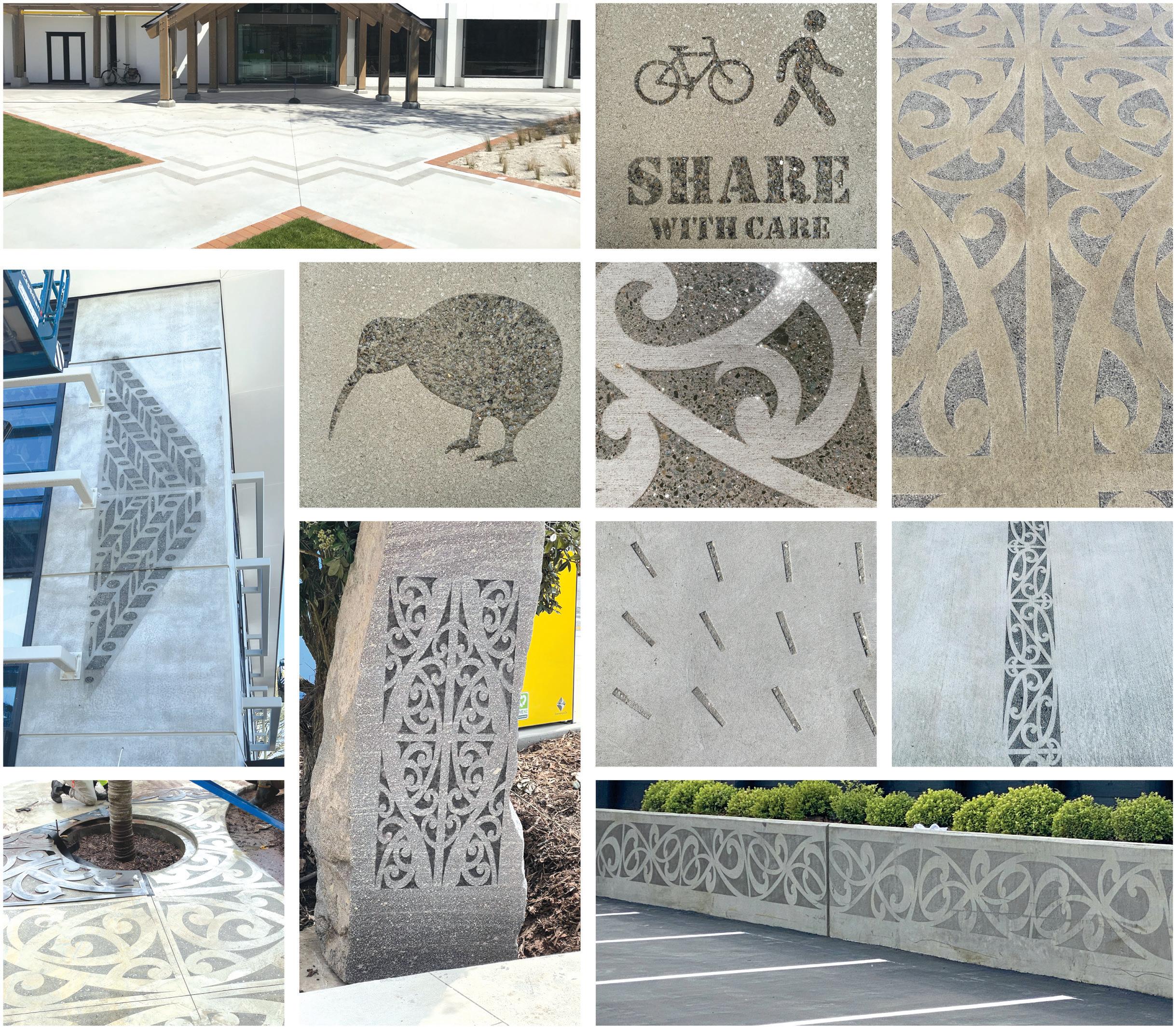
B&C | 27 CONTACT US TODAY TO DISCUSS YOUR PROJECT. Phone: 07 543 1204 | Email: admin@totallyblasted.co.nz | www.totallyblasted.co.nz BRINGING A UNIQUE FINISH TO YOUR CONCRETE FLOORS, WALLS & PATHWAYS THAT WILL LAST FOR A LIFETIME
Shaun Harris started his roofing career at 17, straight out of school, with Calder Stewart Roofing. He quickly learnt the trade of roofing and was soon a foreman running his own jobs and supervising labour.
Even at that young age, he showed maturity beyond his years with his positive ‘can-do’ attitude, his willingness to do the best for his customers, and his personal motivation to individually improve himself, remembers Keith Ivey, Managing Director at CS Roofing Southland.
“Shaun is a very motivated person who wants to be the best he can be, not only for himself but also for his family. I cannot speak highly enough of the attributes he brings to this company,” says Ivey.
“In my long experience in the roofing industry [43 years], he would be the most complete package I have come across in terms of his abilities to install roofs, train installers, liaise with clients, supervise and manage projects, and maintain high standards of health and safety at all times – all in a courteous manner with dealing with everyone involved.”
It’s clear that during his 20 years at CS Roofing Southland, Shaun has become an invaluable asset to the company, not only as an excellent practitioner of roofing but also as a mentor and role model to the younger employees.
It’s these ‘additional’ qualities, over and above being a damn good roofer, which made him a standout choice for this year’s Roofing Excellence Award.
His commitment to the team and the company was further reinforced in April this year when he became a 25% shareholder in CS Roofing Southland Ltd and a Director of the company.
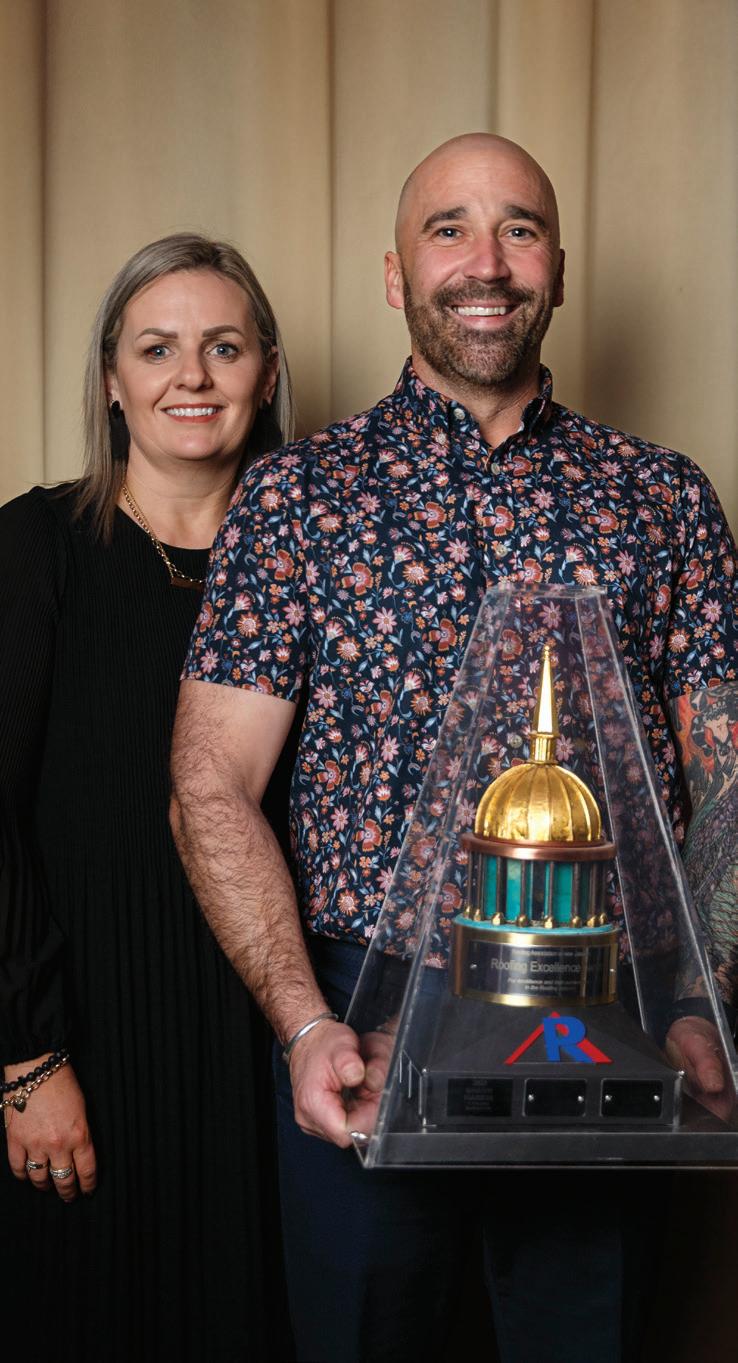
Shaun’s career, rising through the ranks, is a perfect example to show young trainee roofers the pathway that can be achieved by hard work, getting qualified, and being personally motivated – starting roofing at the age of 17 to now being a director and a shareholder of a roofing company at the age of 38.
“Over time, Shaun will increase his shareholding to the point that he will own the company,” says Keith Ivey.
“His wife Kirsty, who runs her own beauty business, is currently working two days a week at CS Roofing Southland, learning the admin side of the business under the tutelage of our Business Manager
RANZ Judge’s Comments
“This award is for ‘roofing excellence’, not just excellence in roofing. It’s a given that the recipient is very good at their trade, so we, as judges, were looking for all the other stuff that goes with the craft… like mentoring, work ethic, upskilling, enthusiasm, etc.It’s the big picture.
“For me, one of Shaun’s big wins is that he doesn’t have tunnel vision
on the future of roofing or products. He had a worldview. Most of our roofers can’t see past corrugated iron. Yes, it’s quintessentially New Zealand, but that’s it. Our craft is vastly bigger than that. The other aspect about Shaun is that he has continually moved forward, taking on new and harder roles – always improving, both personally and professionally,”
Paul Stanley-Boden
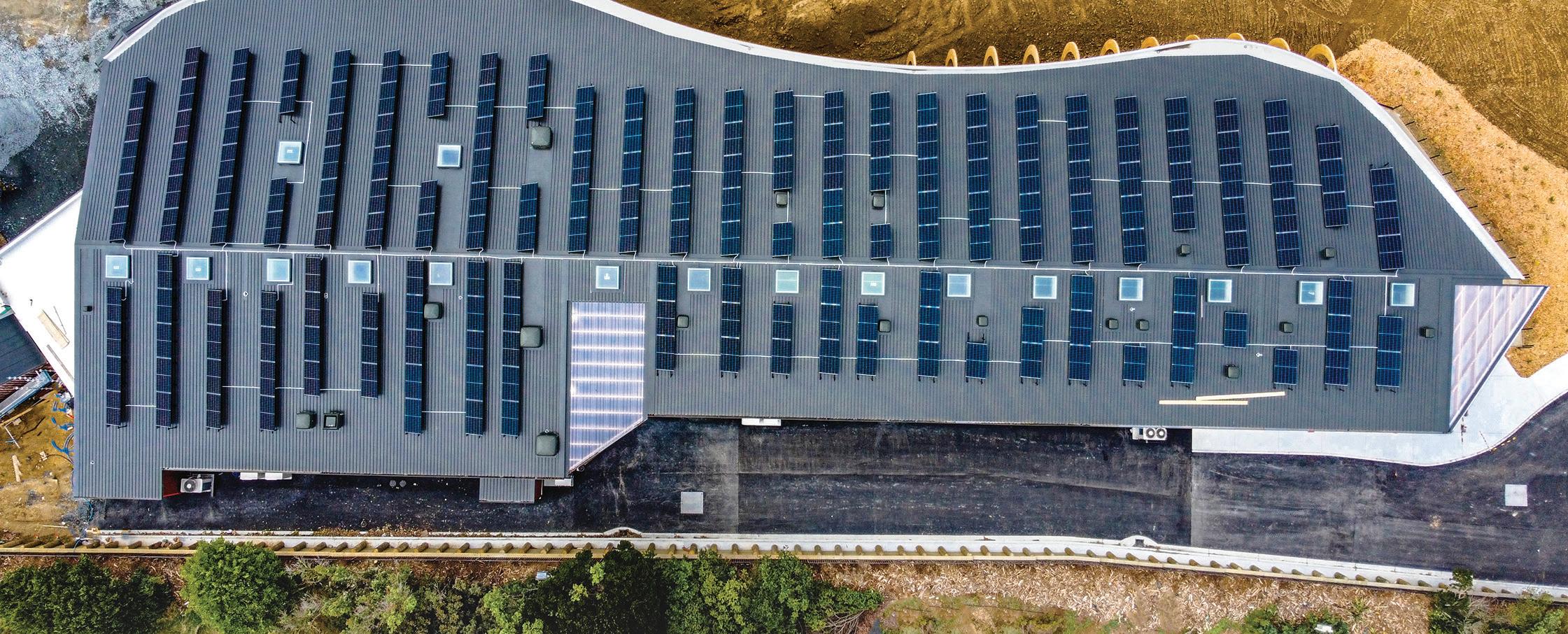
Vicki Templeton. As their shareholding in the business increases, Kirsty will increase her involvement,” says Ivey.
“Their oldest son, 14-year-old Dekan, works in the workshop after school and in the school holidays. When he is old enough, Dekan says he wants to learn the roofing trade from his father.
So, this becomes the future of the next generation of roofers; the complete and perfect pathway of roofing that Shaun has worked for and achieved, and what RANZ has worked for as well.”

28 | B&C Roofing Association of New Zealand 0800 279 979 | 968 Great South Road, PO Box 12 046, Penrose, Auckland | www.colorcote.co.nz The right roof always
longer. ColorCote roofing has passed the test on homes and buildings for over 40 years. No matter how tough the conditions, ColorCote can handle it. We provide quality pre-painted steel and aluminium roofing and cladding products.
Association of New Zealand
Lovell Court North Harbour Industrial Estate Rosedale, Auckland (09)
info@ranz.co.nz www.ranz.co.nz
lasts
Roofing excellence Roofing
13
415 0278
Shaun and partner Kirsty, CS Roofing Southland
One of Shaun's recent projects: The roof of Murihiku Marae in Invercargill is shaped to replicate a whale's tail.
It uses the Dimond Tricore roofing system.
Nothing less than

Made for New Zealand conditions and a New Zealand way of life.
COLORSTEEL® - New Zealand’s favourite roof. Designed, tested and approved to stand up to New Zealand’s unique environments. No matter where your project is located, COLORSTEEL® has a product solution for you. Backed by extensive warranties to provide peace of mind for you and your customers.
B&C | 29
Roofing Association of New Zealand
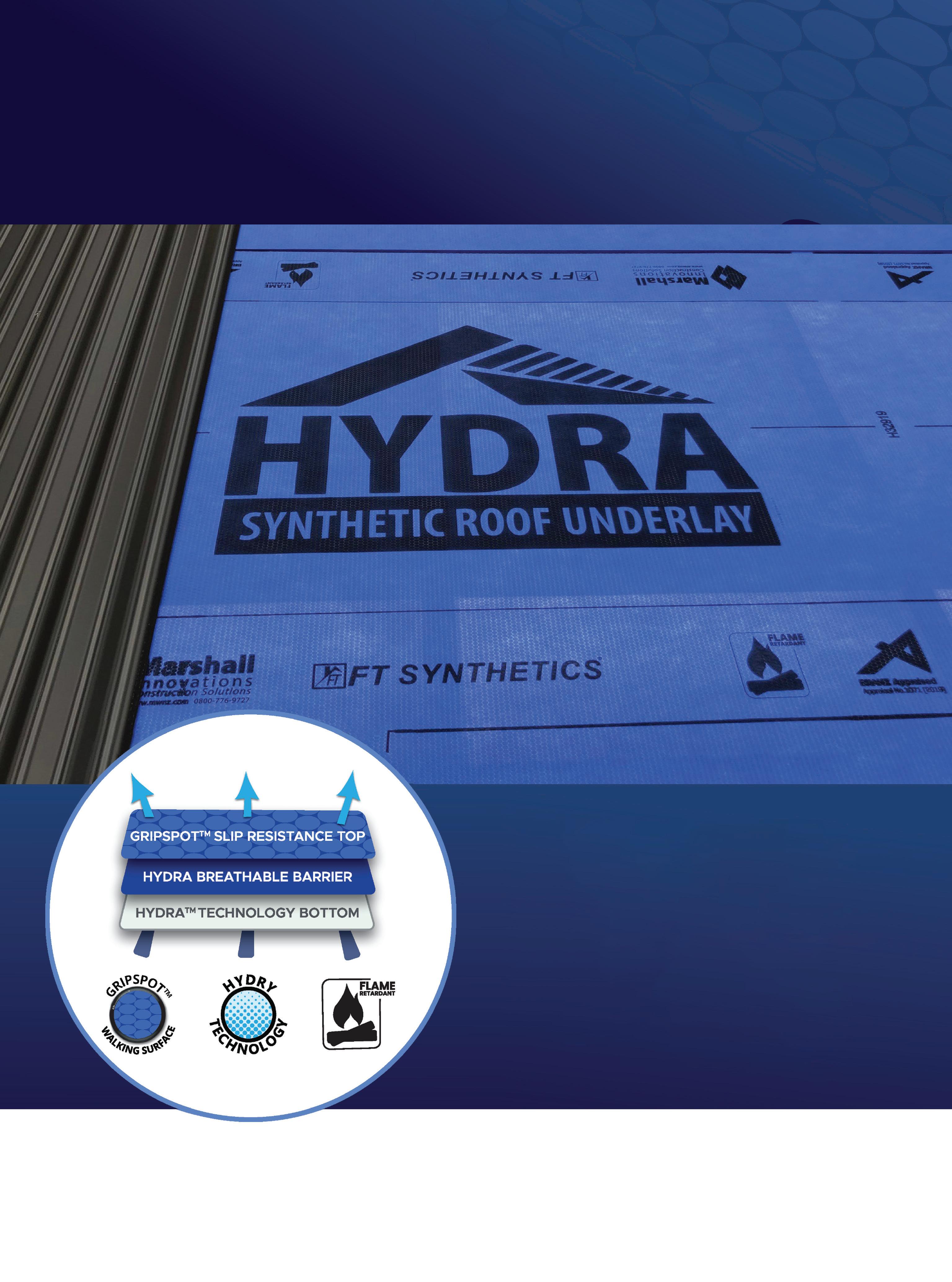
30 | B&C Roofing Association of New Zealand Breathable Fire Retardant Self-supporting Available in 1.25m and 2.5m 0800 776 9727 | mwnz.com
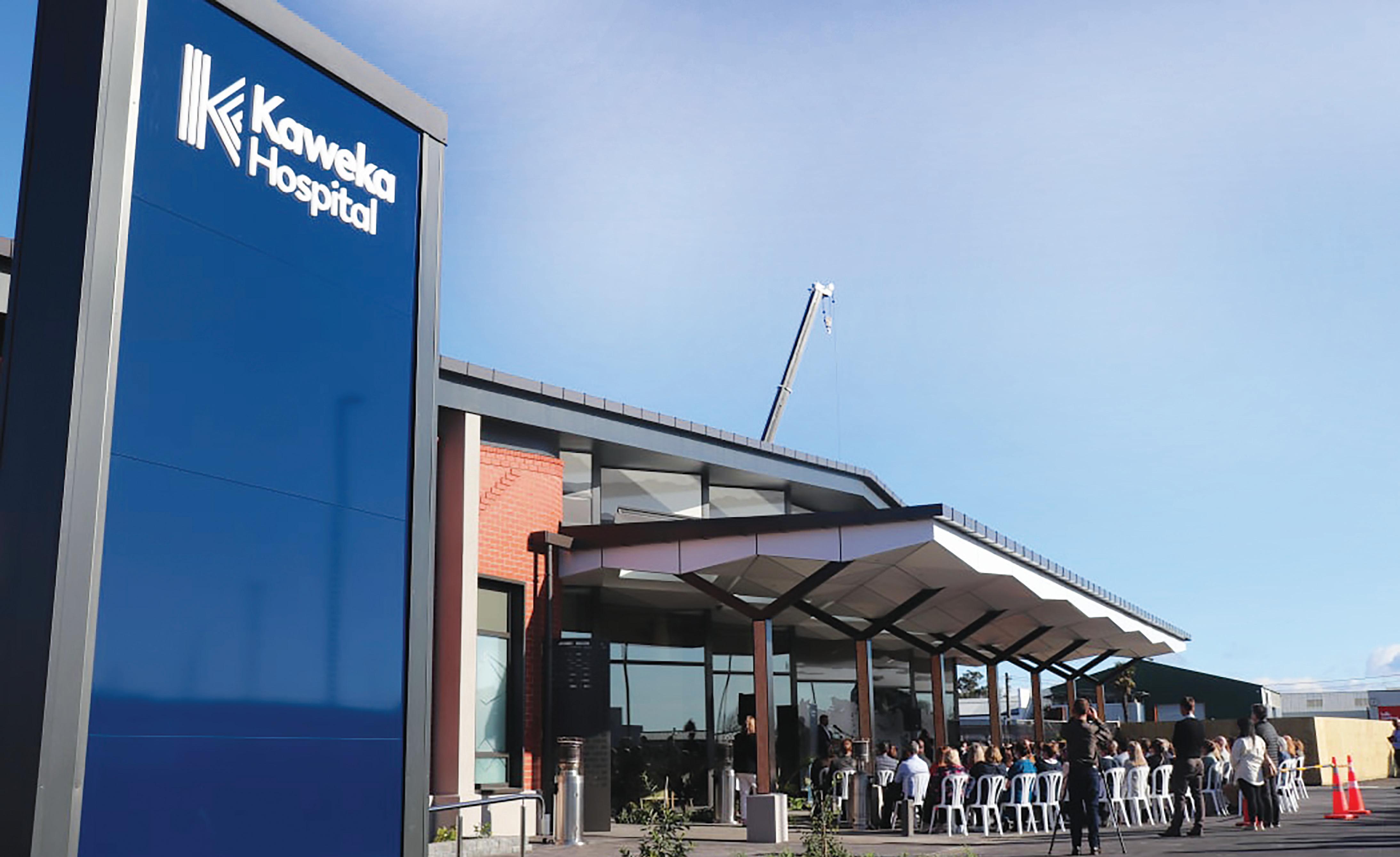
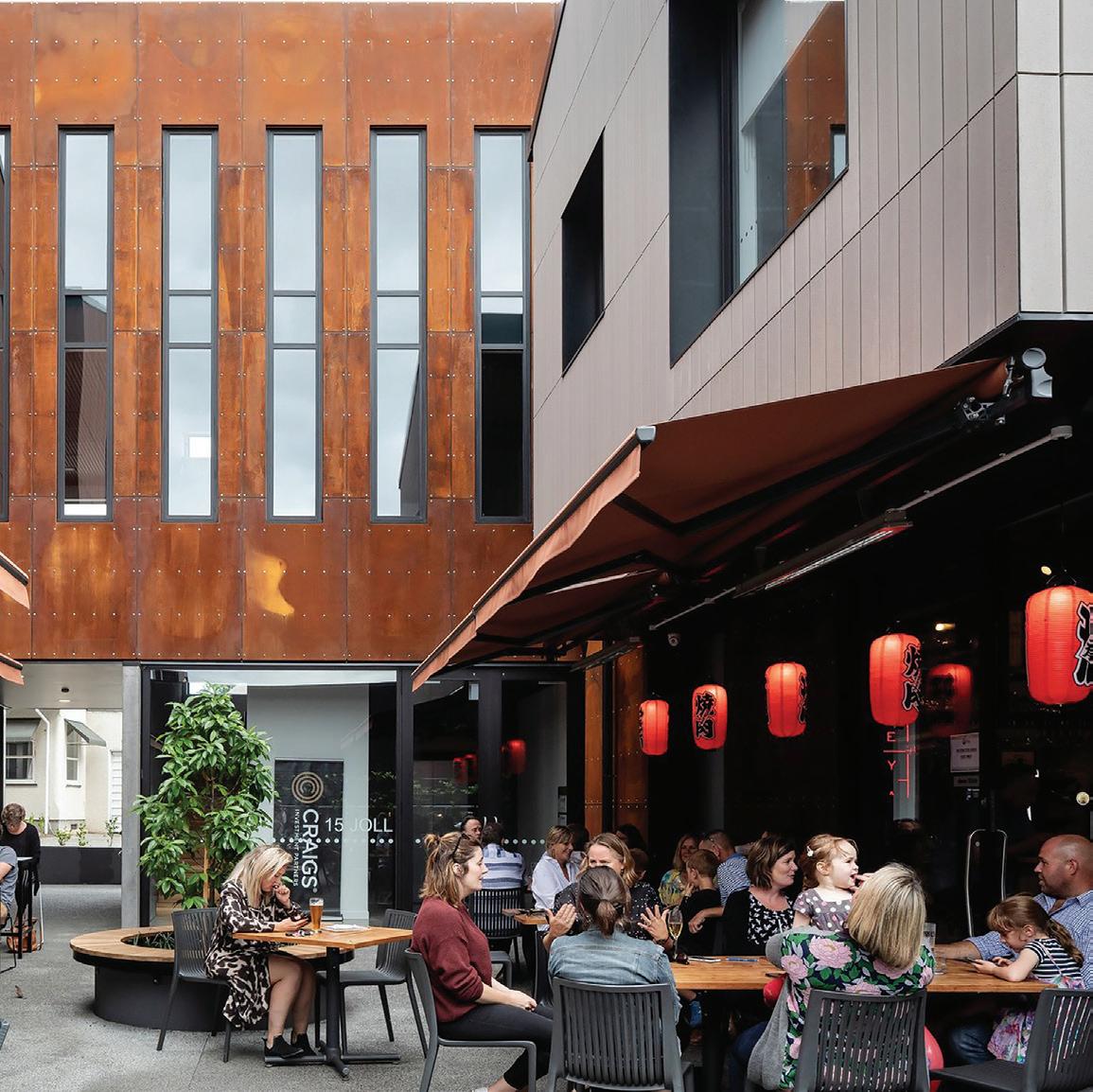

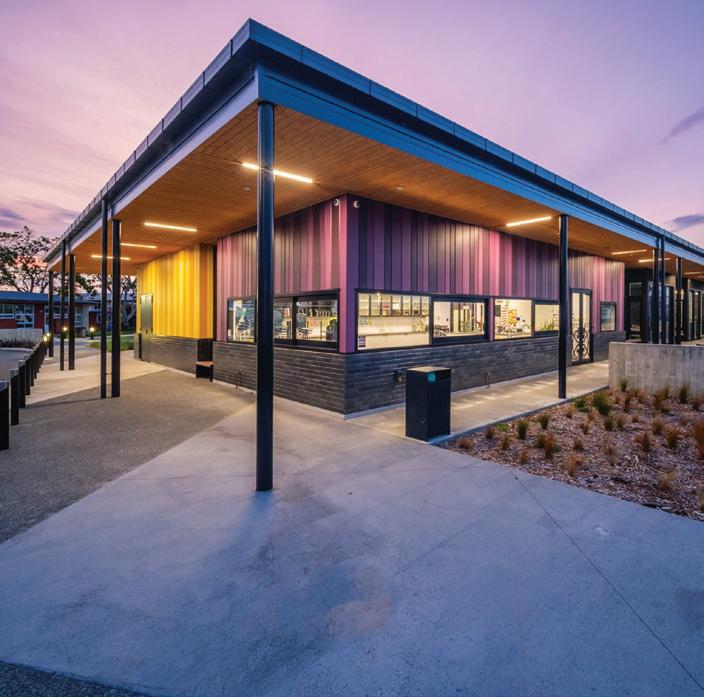
Our windows are designed to make the most of what comes naturally.
We seek to make the best use of light and natural environment.
We also provide the practical benefits of lower maintenance, longer life and better security.
B&C | 31 Call in and see the team for your free measure and quote. We have
experience in
of Aluminium
commercial products. WINDOWS AND DOORS
CONTACT US! 06-879 9900
a vast combined knowledge and
manufacturing
Windows and Doors from renovations through to high end
www.fisherwindows.co.nz
Capital excellence
By Jamie Quinn
NZ Ceilings & Interiors Ltd, an esteemed company in the interior fit-out sector, is owned and operated by Nathan Lepper. Nathan, a qualified quantity surveyor, brings extensive experience and expertise to each project the company undertakes.
Since Nathan acquired the company five years ago, it has focused on finding the right people for the right roles, presenting a quality product, and improving its culture and health and safety. The company has also diversified into various trades and has brought in employees instead of subcontracting out work.
These changes have resulted in a significant growth of more than double the company’s previous workload. The product quality and the company’s solid communication have been the driving forces behind this growth. Nathan believes the company’s success lies in its ability to provide a high-spec, high-quality product delivered by excellent personnel.
“It’s taken a long time. I think it’s probably just wanting to make everything as good as we can. And you can’t really do that without good staff either, so they go hand in hand. Having a really strong team and a happy team is key to it really. And then with that
comes the quality and all the other good things that come with it.
“Thankfully, we’ve got the guys on the tools that are just excellent; they’re really good. So, we can go into a job feeling confident that we shouldn’t have too many problems. That would be at the forefront of it. Other than that, just really good service and lots of communication.”
NZ Ceilings & Interiors Ltd.’s services are comprehensive and tailored to meet the unique needs of each project, from initial planning and design consultation to the flawless execution of installation. The company primarily targets the commercial sector, but it also caters to residential clients.
Nathan says, “In Wellington, we’ve worked on a lot of award-winning projects, a lot of high-end fit-outs, law firms, accountancies, and that sort of thing, big dollar values, and we’re pretty proud of those, and we just love doing them.”
One of the projects the team is particularly proud of is their work on Chapman Tripp. This project won the Supreme Award for the over $1 million category at the Association of Wall and Ceiling Industries (AWCI) Awards. This achievement proves their commitment to delivering high-quality results.
The Association of Wall and Ceiling Industries New Zealand (AWCI NZ) is a trade association representing the interests of building professionals and organisations operating in the interior construction industry. The
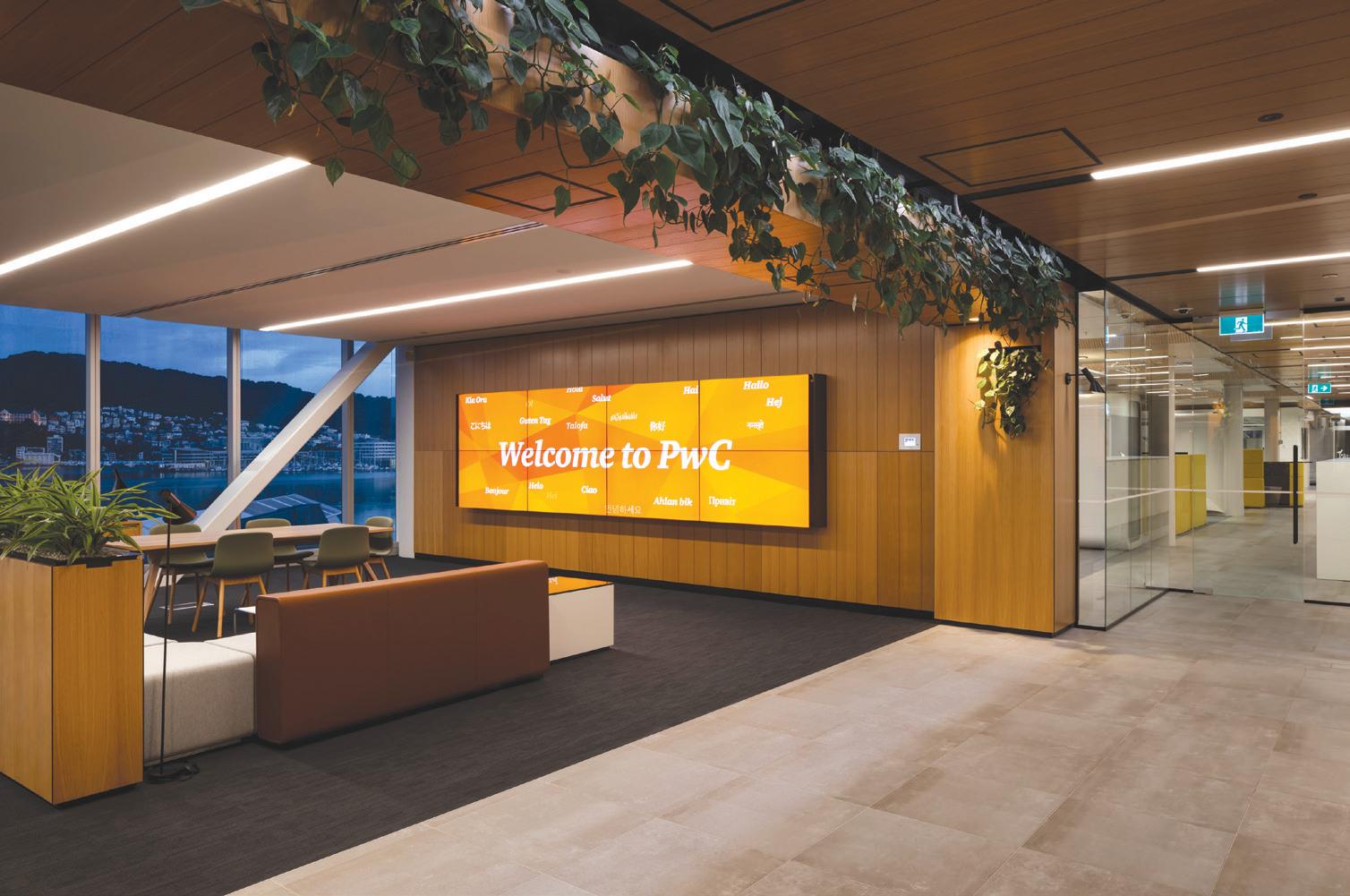
NZ Ceilings & Interiors
11 Aglionby Street
association advocates for high standards in the industry and comprises some of the country’s largest and most influential construction organisations.
NZ Ceilings & Interiors Ltd joined the AWCI last year on the recommendation of a few other people. Nathan says, “We really didn’t know too much about it before then. It was really good to be part of it and talk to a lot of like-minded individuals who face the same challenges that we do. It’s a great event.”
Nathan says the company has a few more big projects lined up for this year. “There are a couple of key projects in Wellington. I can’t say much just yet, but I’d like to say that we consider them nice landmark projects. The type you can show your kids in the future, and we can take a bit of pride in that again.”
Lower Hutt 0800 234 546
nathan@nzceilings.com
www.nzceilings.co.nz
Under Nathan Lepper’s leadership, NZ Ceilings & Interiors Ltd has grown into a highly respected company in the interior fitout sector. The company’s focus on quality, growth, and excellent customer service has propelled it to new heights. With a team of skilled ceiling contractors and a commitment to delivering high-spec, high-quality products, NZ Ceilings Ltd continues to excel in the industry.
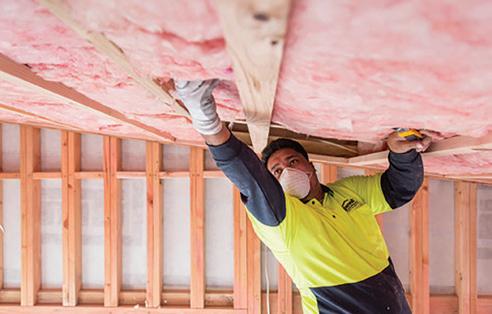



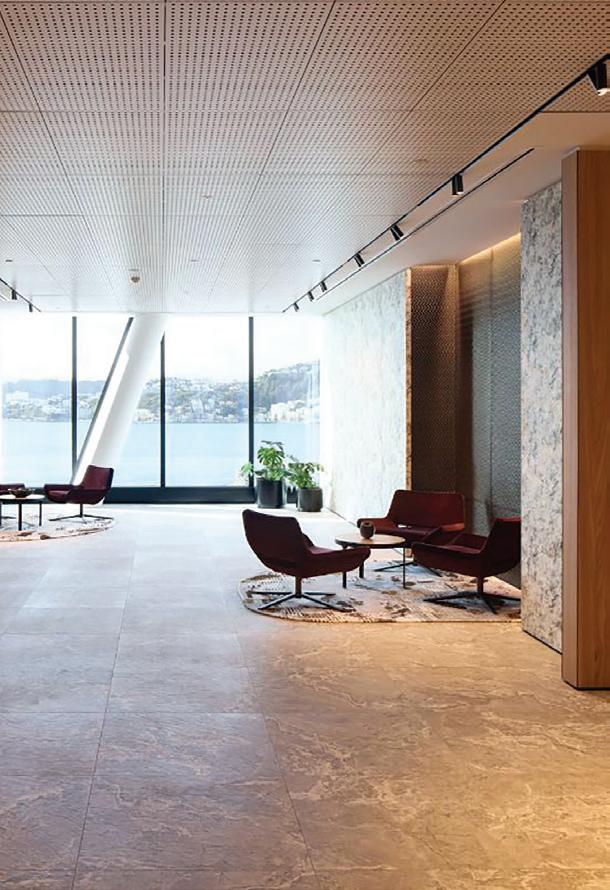


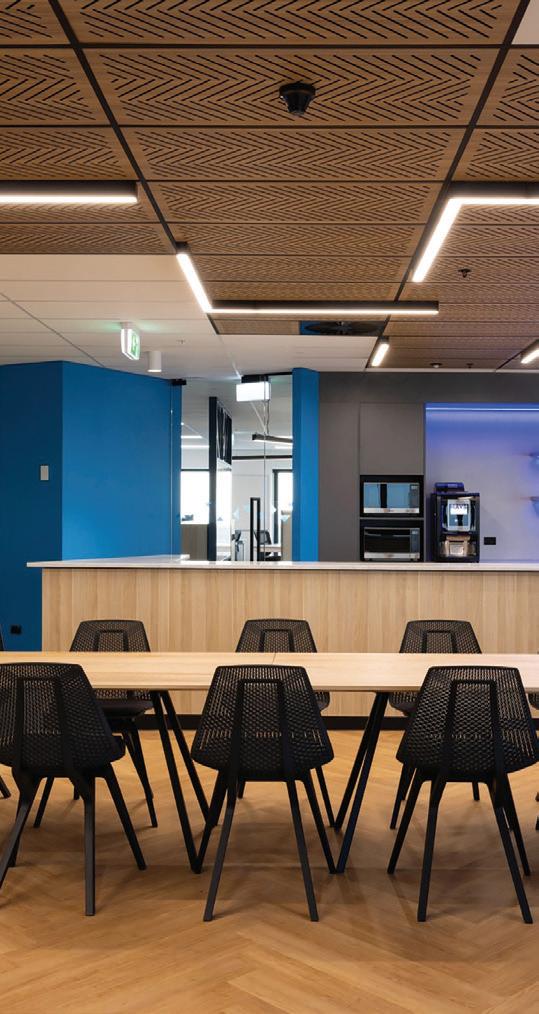
32 | B&C NZ Ceilings & Interiors 0800 666 556 | www.tris.co.nz Guiding Design. Informed Interiors. Committed to innovative interior solutions. T&R Interior Systems is proudly 100% NZ owned and operated. We specialise in the supply of quality interior building and acoustic products fully backed by extensive technical support and friendly service. GIB ® PLASTERBOARD | INTERIOR PLASTER | INSULATION | CEILING BATTEN MASONRY | POWER TOOLS | HAND TOOLS PENROSE | MT ROSKILL | HAMILTON | WELLINGTON | CHRISTCHURCH (04) 832 4670 | 74 Sydney Street, Petone, Wellington | wellington@tradedirect.nz
PwC Customhouse Quay NZ Master Builders Supreme Commercial Project Winner 2019 (Photo Jason Mann)
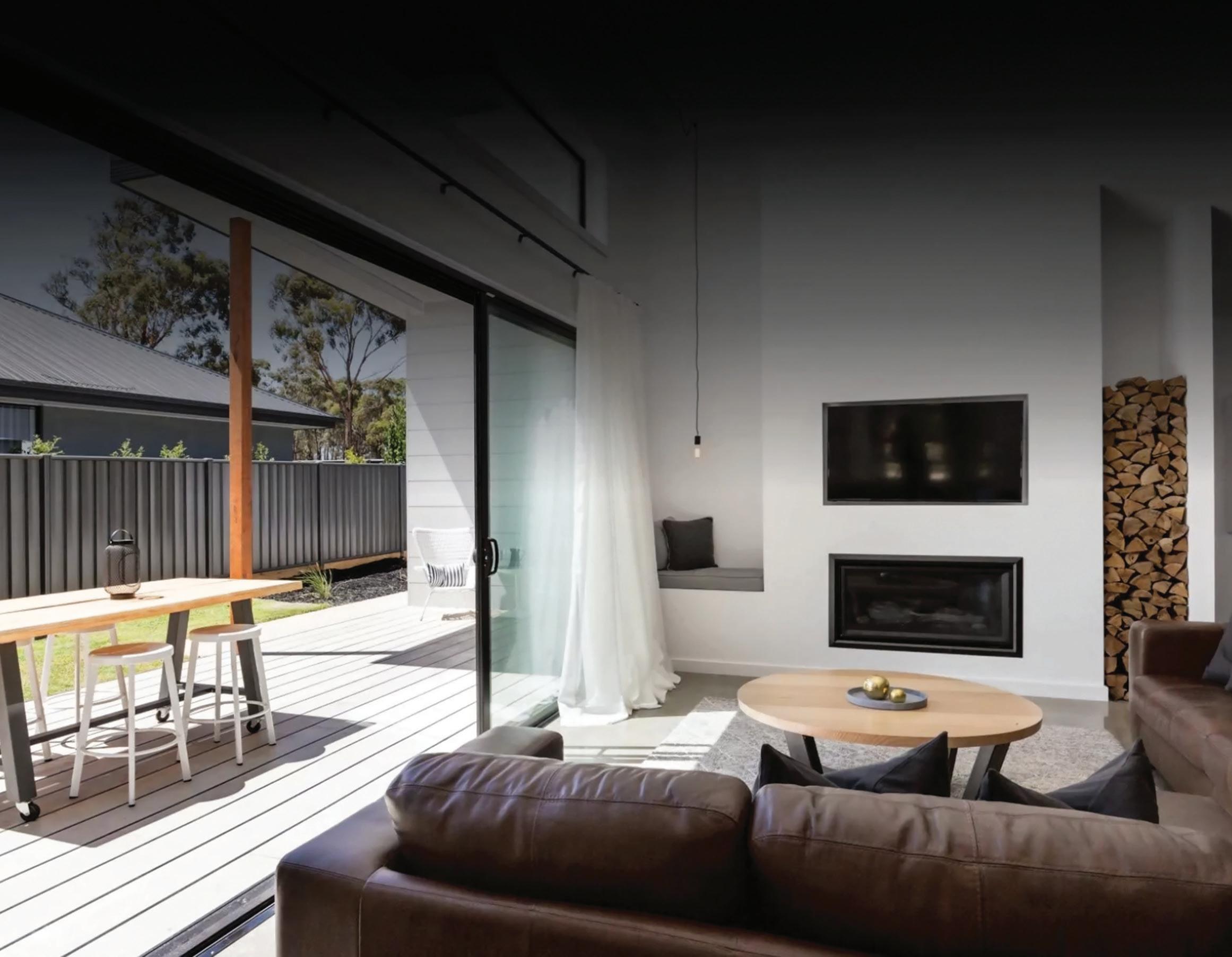
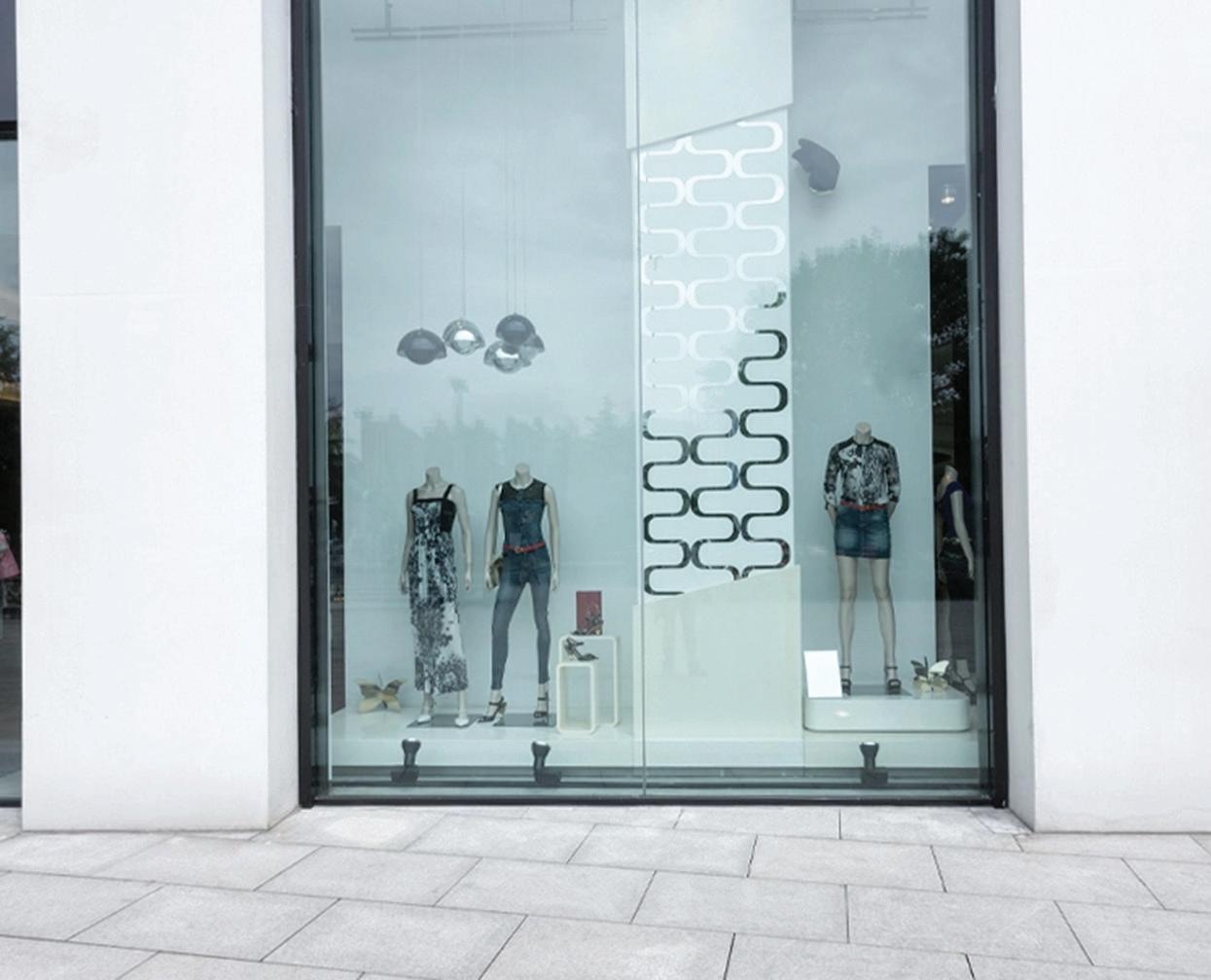


B&C | 33 Your Number One Local Glazier in Rangiora and North Canterbury Backed by more than 80 years of combined experience, the team at North Canterbury Glass are your first choice for glaziers across the region Cat door installation Glass splashbacks Dog door installation Custom mirror glass Double glazed pet doors Frameless glass showers Wing mirror replacement Commercial glass Obscure and specialist glass Emergency glass repairs Retrofit double glazing Glass balustrades Find What You’re Looking For CAT/DOG DOORS RESIDENTIAL & COMMERCIAL www.northcanterburyglass.co.nz Phone 03 313 5335 | 10 Albert St , Rangiora, Canterbury | E @northcanterburyglassrangiora enqurires@northcanterburyglass.co.nz

Bolt Importer Charter gathers momentum
Ten years ago, New Zealand’s structural steel industry turned its attention to quality and compliance in earnest.
Since then, it has delivered numerous initiatives to drive best practice and help ‘raise the bar’ across the sector.
Today, as a result, the structural steel sector is widely considered to be leading the building industry in the quality and compliance space.
The Bolt Importer Charter (BIC) is the latest steel construction industry quality assurance programme.
It complements the Steel Fabrication Certification programme launched in 2014 and the Structural Steel Distributor Charter launched in 2019.
“The Bolt Importer Charter ensures that good procurement practices are applied to sourcing and supplying anchor bolts and fasteners to the local steel construction market,” says Kevin Cowie, Technical Director, Steel Construction New Zealand.
“It’s a mark of excellence for bolt importers in New Zealand.”
Having been independently audited to satisfy the requirements, Würth is one of the first companies to adopt the BIC and hold itself to this higher standard.
“Quality is very important to Würth, so when we heard about the Bolt Importer Charter,
we were excited to learn more,” says Brendon Adam, National Product manager, Würth.
The team discovered its quality standards were already very close to the Charter’s requirements, particularly in the areas of third-party lab testing and certification, batch tracing practices, and running an accredited, independently audited quality management system (QMS).
“It was a natural step for us to join the scheme.”
Würth approached the initial BIC audit with curiosity and an open mindset.
“Anyone familiar with QMS audits will surely admit, it can feel a little nerve-wracking to have your processes scrutinised in such detail, but the end result is always extremely valuable,” says Brendon.
Brendon notes that, as industry awareness of the scheme grows, the BIC is becoming less of a ‘nice to have’ and more of a ‘need to have’.
For good reason. The BIC has the potential to significantly improve the quality and safety of the New Zealand construction industry.
“Ensuring bolts meet necessary standards can prevent failures and accidents during construction and in the final structure,” says Brendon.
“It provides builders, specifiers and end users with confidence in the integrity of the structural components.”
The Bolt Importer Charter ensures that good procurement practices are applied to sourcing and supplying anchor bolts and fasteners to the local steel construction market.

34 | B&C Steel Construction
For structural steel contractors, the Bolt Importer Charter minimises the risk of being supplied with non-compliant bolts.
For over 40 years we’ve been supplying the construction sector with a wide range of quality fasteners. So, we’ve got a wealth of industry knowledge and you can count on us to deliver.
Plus, as one of New Zealand’s certified Chartered Bolt Importer’s, we ensure all our fasteners and anchor bolts are sourced using rigorous procurement practices.
As a proud brand of Steel & Tube we can offer a full range of steel solutions for your project. For all your fastener requirements, talk to us today.



SUPPLYING
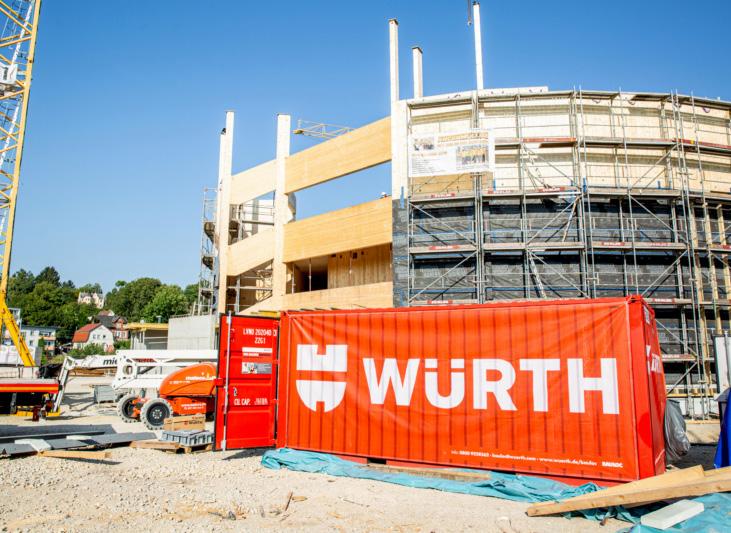

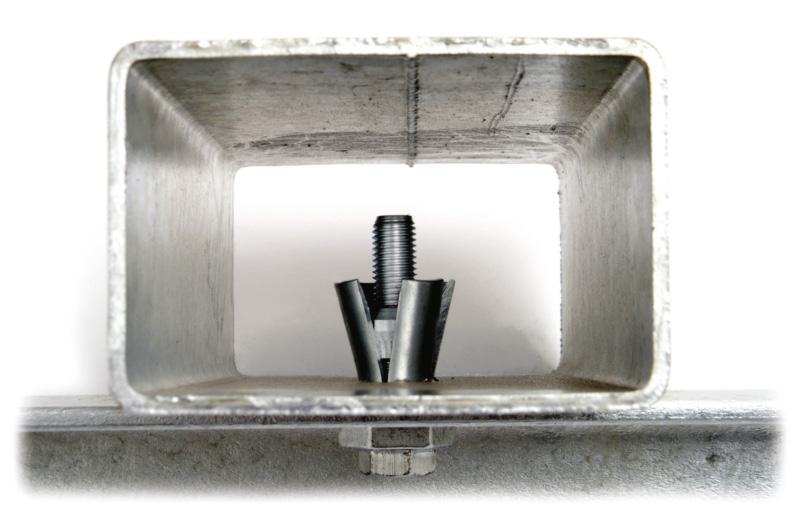
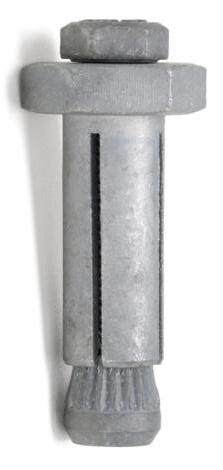

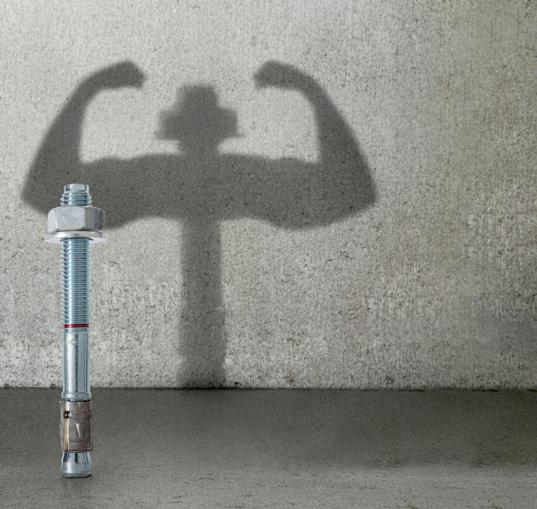



B&C | 35 Steel Construction 0800 42 52 62 fortress.kiwi THE SUPERIOR CHOICE FOR QUALITY FASTENERS
Find out more CHECK OUT OVER 20,000 ARTICLES ONLINE: ESHOP.WURTH.CO.NZ BOXBOLT®
NEW ZEALAND’S CONSTRUCTION AND MANUFACTURING INDUSTRIES FAZ-PRO The latest generation of fixing anchors for dynamic loads and fatigue-relevant influences Pure epoxy mortar with a long processing time • Two-component reactive resin mortar, pure epoxy • Seismic performance category C1 (M8 to M30) and C2 (M12 to M30) WIT-PE 1000 CHEMICAL INJECTION MORTAR. PURE. EPOXY. Your on-site solution specialists CONCRETE MULTI WIT-UH 300 High-performance mortar for concrete and post-installed rebar connections One-sided install? We’ve got you covered! • Two-component reactive resin mortar, urethane vinyl ester hybrid mortar, styrene-free • Seismic performance category C1 (M8 to M30) and C2 (M12 to M24)
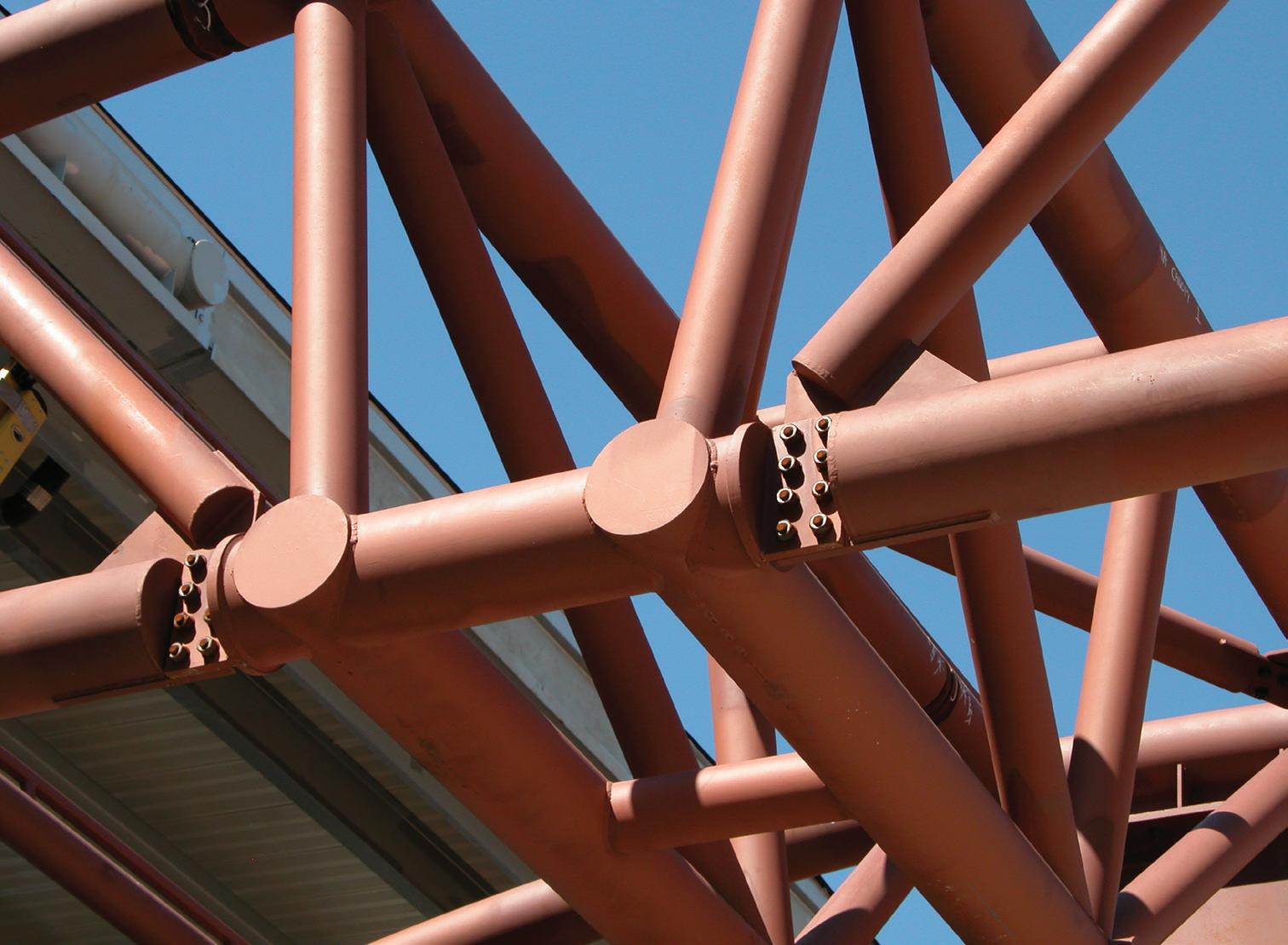
Consistent quality also reduces rework, repairs and delays, leading to more efficient and cost-effective projects, says Brendon.
“Last but not least, by encouraging responsible sourcing, the scheme promotes fair competition and discourages the use of unsafe or substandard products.”
Brendon appreciates that opinions relating to price versus quality vary from company to company.
“But I’m sure all would agree that a lowest quality, lowest price model is not the correct strategy for the importation and sale of structural fasteners.”

He remains hopeful that this common understanding will drive interest in and uptake of the Bolt Importer Charter.
“The market is becoming more and more focused on compliance and the Bolt Importer Charter is another commitment by our structural steel industry to maintaining a higher benchmark,” says Wayne Carson, Managing Director, D&H Steel Construction.
“It gives clients confidence. For structural steel contractors such as us, it minimises the risk of being supplied with non-compliant bolts and, importantly, it reduces the risk for those responsible for signing off on a building’s compliance,” he says.


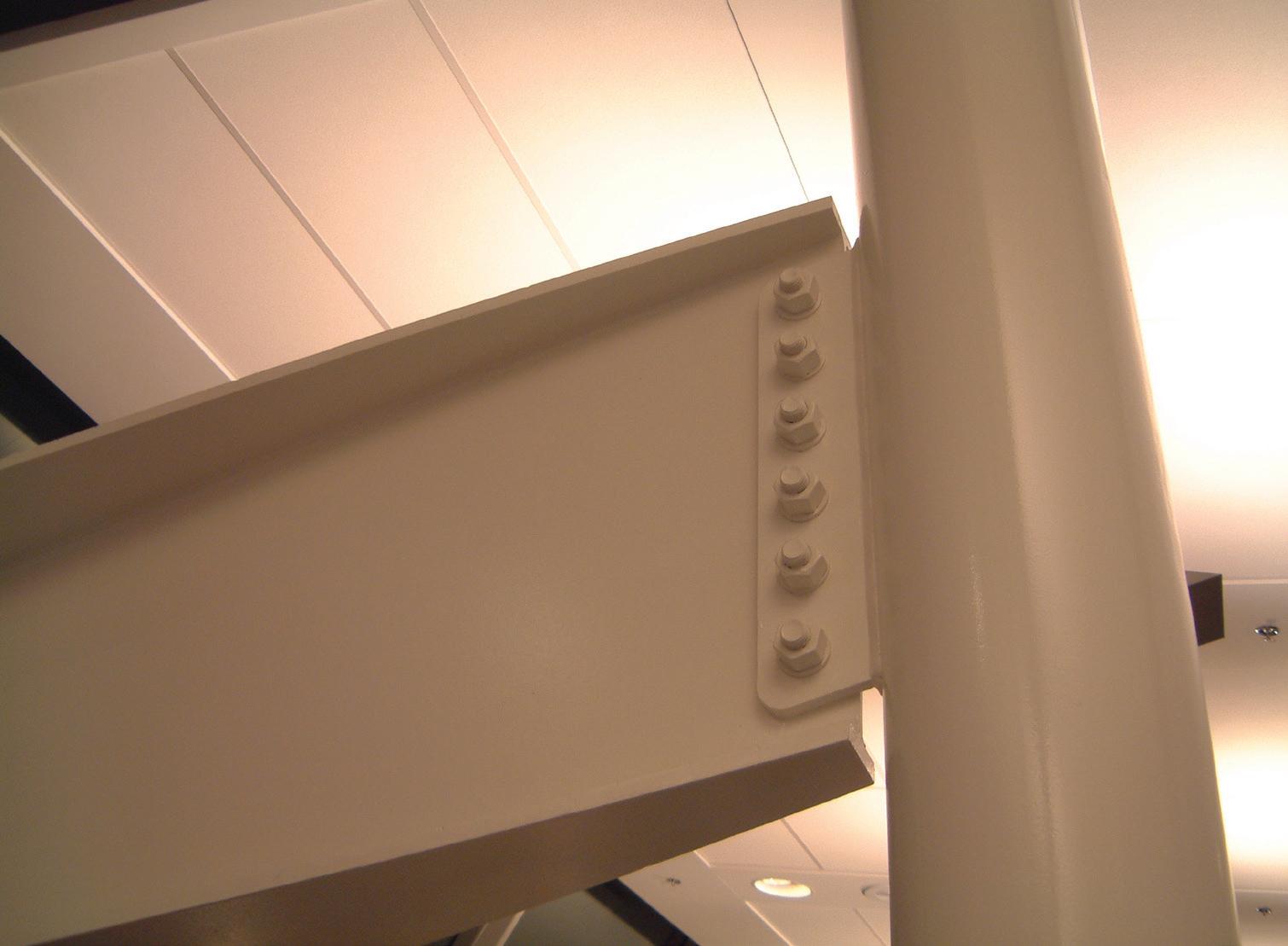
The market is becoming more and more focused on compliance and the Bolt Importer Charter is another commitment by our structural steel industry to maintaining a higher benchmark.
Wayne applauds Würth’s achievement. With it, he says, the Charter has now attained the critical mass to propel it forward. He encourages all bolt distributors to step up.
“D&H will increasingly prioritise the Bolt Importer Charter as a requirement of our suppliers,” says Wayne.
He urges other structural steel contractors to support those that are demonstrating a commitment to supplying quality and compliant bolts.
To find out more about the Bolt Import Charter and what it could mean for your company, visit the SCNZ website at www.scnz.org.



36 | B&C • New certified and surplus steel pipe ranging from 33mm od to 2350mm od • SMLS A106B and SSAW, ERW, LSAW in G350, AS1163 and L0 • Concrete lined, tape coated pipe for water lines • New steel mesh, grating and G350 plate • In house cut to length services • Project supply of steel pipe and casing • Direct access to steel mills to order on indent Independent testing at time of manufacture • Specialist casing welding and fabrication • Delivery nationwide with help from our network of various freight companies We offer 06 752 2011 1249 Egmont Road, Egmont Village, Taranaki enquiries@egmontindustrial.co.nz https://egmontindustrial.co.nz New and Surplus Steel Supplier Family owned and operated, committed to providing exceptional service 5/33 ELIZABETH KNOX PLACE, MT. WELLINGTON, AUCKLAND PH: 0800-180-677 • E: INFO@MMPCOATINGS.CO.NZ www.mmpcoatings.co.nz NEW ZEALANDS SEVERE COASTAL CORROSION ENVIRONMENT DESTROYS GALAVANIZED ROOFING IRON. BEFORE SOMEONE TELLS YOU, IT MUST BE REPLACED, CONSIDER APPLYING RUSTOELUM NOXYDE, THE ONLY ANTI-CORROSION WATERPROOFING MEMBRANE ON THE MARKET.
THOUSANDS OF SQUARE METERS OF GALVANIZED ROOFS ALL AROUND THE COUNTRY, HAVE HAD THE STRUCTURAL LIFE EXTENDED INDEFINITELY. A NEW ZEALAND 25 YEARS PERFORMANCE HISTORY TELLS THE STORY….. THE BEST ANTI-CORROSION PROTECTION. BEFORE AFTER Steel Construction
MANY
The Bolt Importer Charter is a mark of excellence for bolt importers in New Zealand.
Ensuring bolts meet necessary standards can prevent failures and accidents during construction and in the final structure.

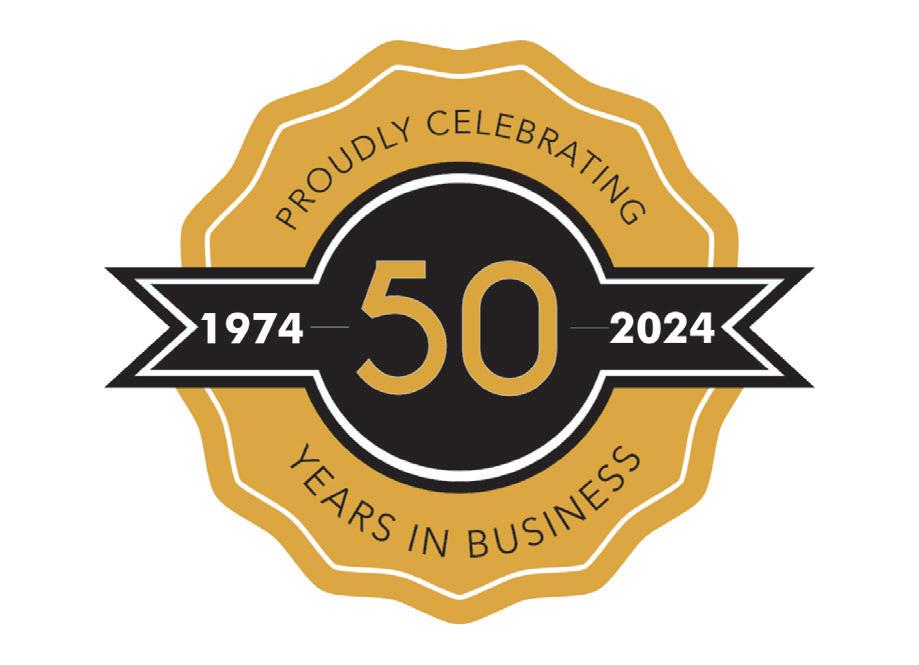
B&C | 37 For Steel Professionals For Steel Professionals PFERD is one of the leading brands in metalworking. Steel professionals around the world rely on PFERD and trust blue. If you are a steel professional looking for performance and cost effectiveness contact us. FREEPHONE 0800 657 894 | www.ppsindustries.co.nz AUCKLAND - WHANGAREI - HAMILTON - TAURANGA - HASTINGS - TAUPO - PALMERSTON NORTH - CHRISTCHURCH - DUNEDIN Steel Construction

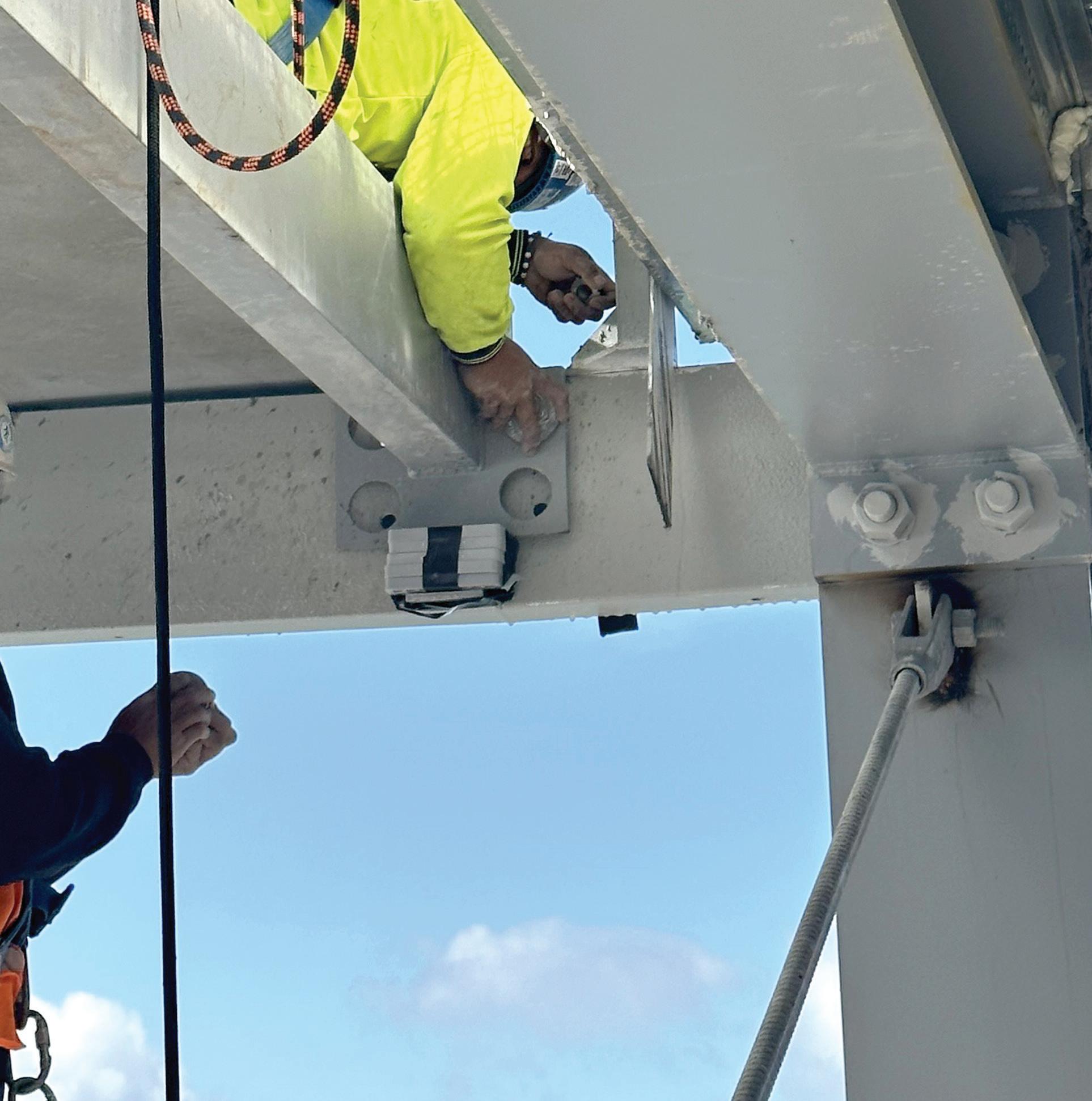

38 | B&C
ROTATE SLIDE TORQUE
Hit the quality target by understanding the requirements of the Structural Specification
The term quality has a variety of different definitions but the one that rings true for quality in construction, is as defined by American Heritage Dictionary, 1996: “Quality is the totality of features and characteristics of a product or service that bear on its ability to satisfy given needs”.
The needs of a construction project are detailed in the engineered Structural Specification in which the construction category and the required quality level are specified. A Specification provides the set of requirements and activities related to the works as a whole, as well as individual components such as protective coating quality. In addition, it provides the framework for contractors to provide evidence of quality.
Not all projects have similar quality needs, hence the detailed referencing of Australian/ New Zealand standards and test methods in the Specification for pre-treatment of steel, surface preparation, application, inspection and record keeping.
The following requirements are typically specified in each project, but may differ in the construction category and quality level:
• Review of specification requirements
• Pre-treatment of steel (i.e. treatment of welded areas and steel edges)
• Competency of personnel for blasting and coating application
• Competency of supervision and coordination personnel
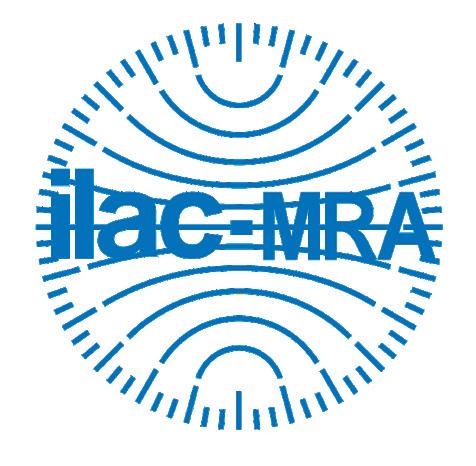
• Contractual approach to sub-contractors
• Record of equipment for processing and inspection
• Calibration of equipment
• Inspection before, during and after coating application
• Frequency of inspection and testing
• Item identification
• Measures of control for non-conformances and corrective action
• Quality records required
• Compliance inspection.
It is the responsibility of the contractor to conduct a detailed review of the project's specified requirements. An accredited quality assurance auditor can conduct the review on the contractor’s behalf, ensuring that all quality needs are captured in the contractor’s quality assurance submission. The scope of the audit may include competency verification of designated personnel in relation to their assigned quality authority and responsibility.
Once the requirements and competencies have been established, the next logical step is to support the required quality level with
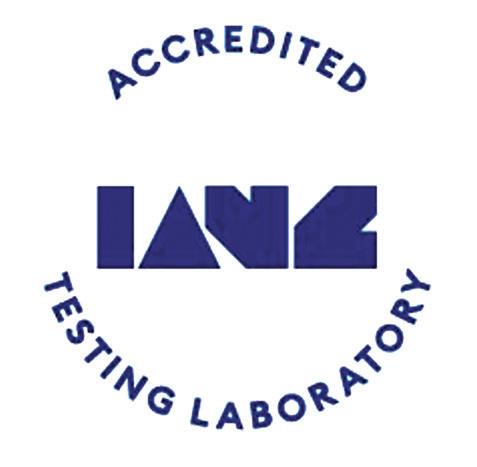
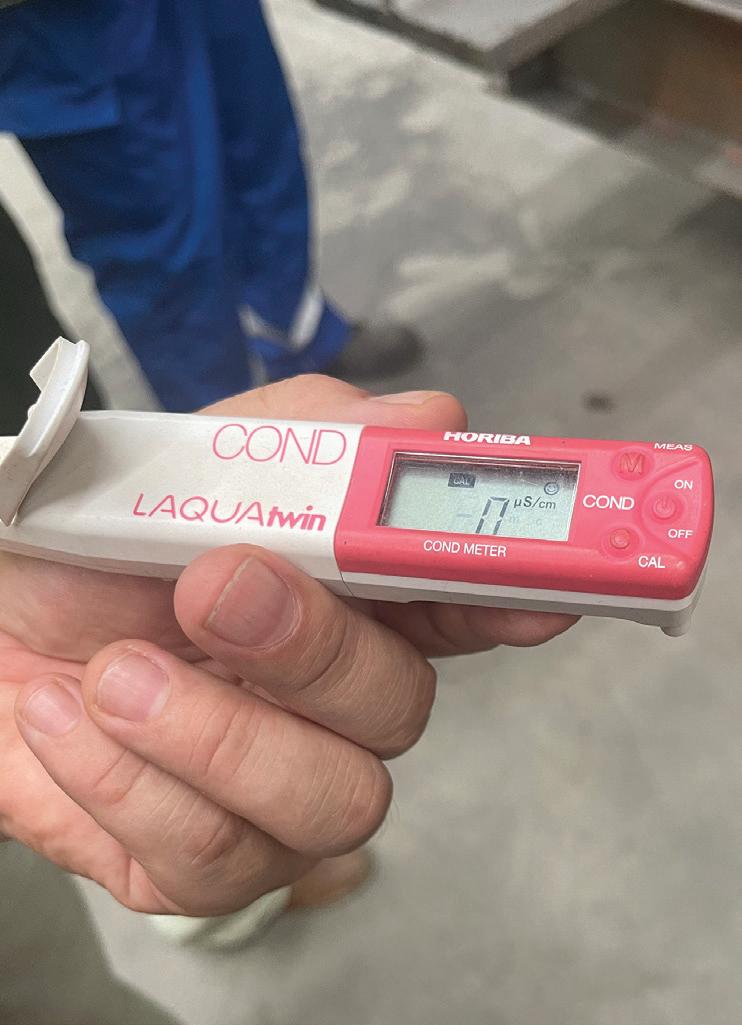
the development of a detailed inspection and test plan. The plan should provide detailed actions around the individual aspects of the quality level, referencing the Specification, acceptance standard(s), test methods, test frequency, supervision, who performs the tests, hold and witness points, monitoring, review, as well as required record keeping.
This plan is the combined inspection and testing platform for the different quality stakeholders, summarising the roles and responsibilities of the fabricator/ applicator, auditor, compliance inspector,

main contractor and engineer in relation to delivering on the quality needs of the protective coatings.
Arranging a pre-job meeting is a solid approach in providing an opportunity for individuals to seek clarification whilst also ensuring that all role players have a common understanding of the quality expectations and deliverables at the start of a project.
The meticulous execution of the inspection and test plan as agreed to by all stakeholders will make all the difference in hitting the specified quality target!

B&C | 39 Steel Construction
www.sqa.co.nz | e. admin@sqa.co.nz | p. 03 381 1670 Consultancy Services • Material Conformance Verification • Fabricator Third Party Audits • Coatings Compliance • Welding Compliance • NDT Level III Services Inspection Services • Structural Steel Inspection • Protective Coatings Inspection • Bolt Tension Testing • Rope Access Inspection • Remote Visual Inspection • Hull Thickness Surveys NDT Services • Radiography • Ultrasonic Testing • Magnetic Particle inspection • Liquid Penetrant Inspection • Eddy Current Testing
Community in Invercargill
The Invercargill Workingmen’s Club takes its origins back to a soccer club whose members founded the Corinthian Football Club at a time when Invercargill was still a dry area prior to World War II. In 1947 the association with soccer had come to an end and in that year the Corinthian Sports Club Inc purchased the building at 130 Esk Street.
The Club operated under a locker system, but did not have a charter and its liquor operations eventually came under the scrutiny of the police. The Club was raided in 1962 and its liquor stocks were confiscated, with the promise that they would be returned upon obtaining a charter.
The charter was granted on 24 April 1964, and operations continued happily (and legally) at 130 Esk Street for some years. In the meantime, land was purchased on the corner of Tweed and Ythan Streets, but nothing eventuated by way of construction or use.
Since then expansion of the club premises has included the purchase of the Andrew Lees premises, John Mana’s house, Marshall’s Auto and recently the Dutch Club and the Trades Hall.

In 1998 the current building was opened with the completion of the Corinthian Conventions Centre. This allowed the Club to cater for public and members functions separate from the general Club activities such as National and South Island ClubsNZ Champs, weddings, birthdays, university exams, The Blood Bank, anniversaries, even a cat show!
The Invercargill Workingmen’s Club are proud of their history and have many ways to offer new history into the club. Dining at the Phoenix restaurant and bar is available for the public and members, with various events held throughout the week including:
Tuesday Nights: Table tennis (seasonal) and 8-ball pool
Thursday & Friday Nights: Snooker, darts or indoor pool (seasonal)
Last Wednesday of the Month: Wine club
The club has various number of facilities available for everyone including a TAB terminal, entertainment, a courtesy vehicle, largest tv screen and gaming area in Invercargill and five pool and snooker tables. Venue hire is also optional through the Corinthian Conventions Centre, they pride themselves on being able to cater for gatherings from two to 1000 people. From

•
• COURTESY
•
•
•
Mon - Sun: 12 Noon each day

the smallest group interview in their boardroom to a combined triple lounge function of 1000 people.
If you would like to become a member of this fantastic club and learn more about their history visit their website at www.iwmc.co.nz or call them today on 03 218 8693. The club is located on 154 Esk Street in Invercargill.

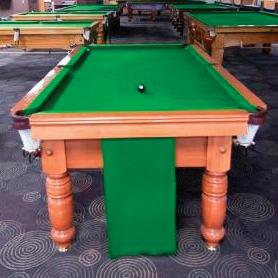
40 | B&C
218
| office@iwmc.co.nz 154 Esk Street, Invercargill Our Club is the largest Chartered Club in Invercargill
(03)
8693
+ Self
TAB Terminal
Service
VEHICLE
AREA
JUNIOR CHILDREN’S
MACHINES
24 GAMING
5 POOL + 5 SNOOKER TABLES

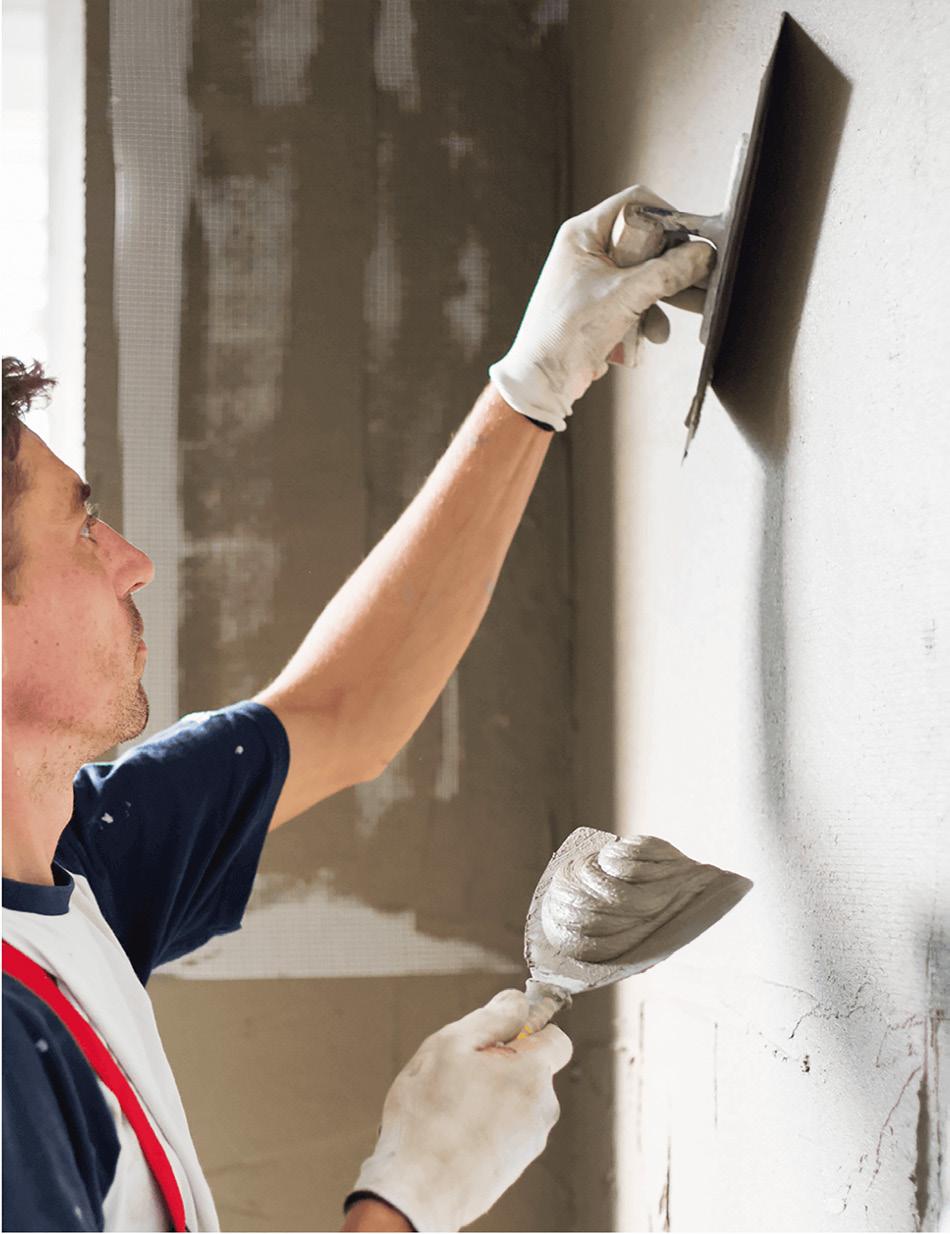
WE EQUIP
• Interior, Drywall Plasterers (Gib stoppers)
• Exterior, Solid Plasterers
• Concrete & Brick and Block Layers
• Tilers and Waterproofers
• Painting and Decorators
We are a privately owned small business that is passionate about all things in the building industry that involve a trowel.
We carry an extremely broad variety of tools, compounds, trims, additives, sealers, paint, repair systems and so much more!
We can also back this up with expert knowledge and service, here at Trowel Trades nothing is a problem....
WE WILL BECAUSE WE CAN!
10 KAREWA PL, PUKETE, HAMILTON 3200, WAIKATO
mike@troweltrades.co.nz
www.troweltrades.co.nz
B&C | 41
GIVE US A CALL ON 07 849 3659
Global concrete event heading to New Zealand
Te Pae Convention Centre to host fib 2024 Symposium on 11-13 November
The fib Symposium is an annual event that covers issues related to concrete and innovative materials, structural performance and design, construction methods and management, and outstanding structures.
It provides an international forum to present and discuss state-of-the-art practice, recent advances and research, standards and guidelines, and future perspectives relating to durability, sustainability and resiliency in structural and civil engineering.
The event is an exciting opportunity for the New Zealand concrete industry, wider construction/infrastructure sector, and engineering focused and academia to engage with like-minded international colleagues and collaborators.
fib - Fédération Internationale du Béton (International Federation for Structural Concrete) is a not-for-profit association committed to advancing the technical, economic, aesthetic and environmental performances of concrete structures worldwide.
With its head office in Switzerland, it is one of the largest international communities of concrete enthusiasts, with over 2500 members from more than 100 countries.
The Learned Society, and before that, the New Zealand Concrete Society, is a long-time National member of fib.
Symposium themes
The sequence of devastating earthquakes that Christchurch experienced in 2010 and 2011 destroyed the city centre and required the demolition of hundreds of buildings across the Canterbury region.
However, a decade on, the city has been rebuilt using seismic resilient designs and innovative construction technologies. As such, the organisers have chosen the title ReConStruct - Resilient Concrete Structuresfor the Symposium.
In addition to resilient structures, sustainable design and construction are a key focus of the Symposium, with New Zealand committed to achieving net zero emissions by 2050, a pledge supported by the concrete industry’s own A Net-Zero Carbon Concrete Industry for Aotearoa New Zealand: Roadmap to 2050 (see below).
It is the Society’s pleasure to extend a welcome to delegates and sponsors, both domestic and international, to the Symposium, which will take place here in Aotearoa New Zealand for the very first time. November 2024 may seem like a long way off, but it will be here before we know it. So, visit the fib Symposium website (which includes the Concrete NZ conference) to register and/or arrange your accommodation: www.fibsymposium2024.org
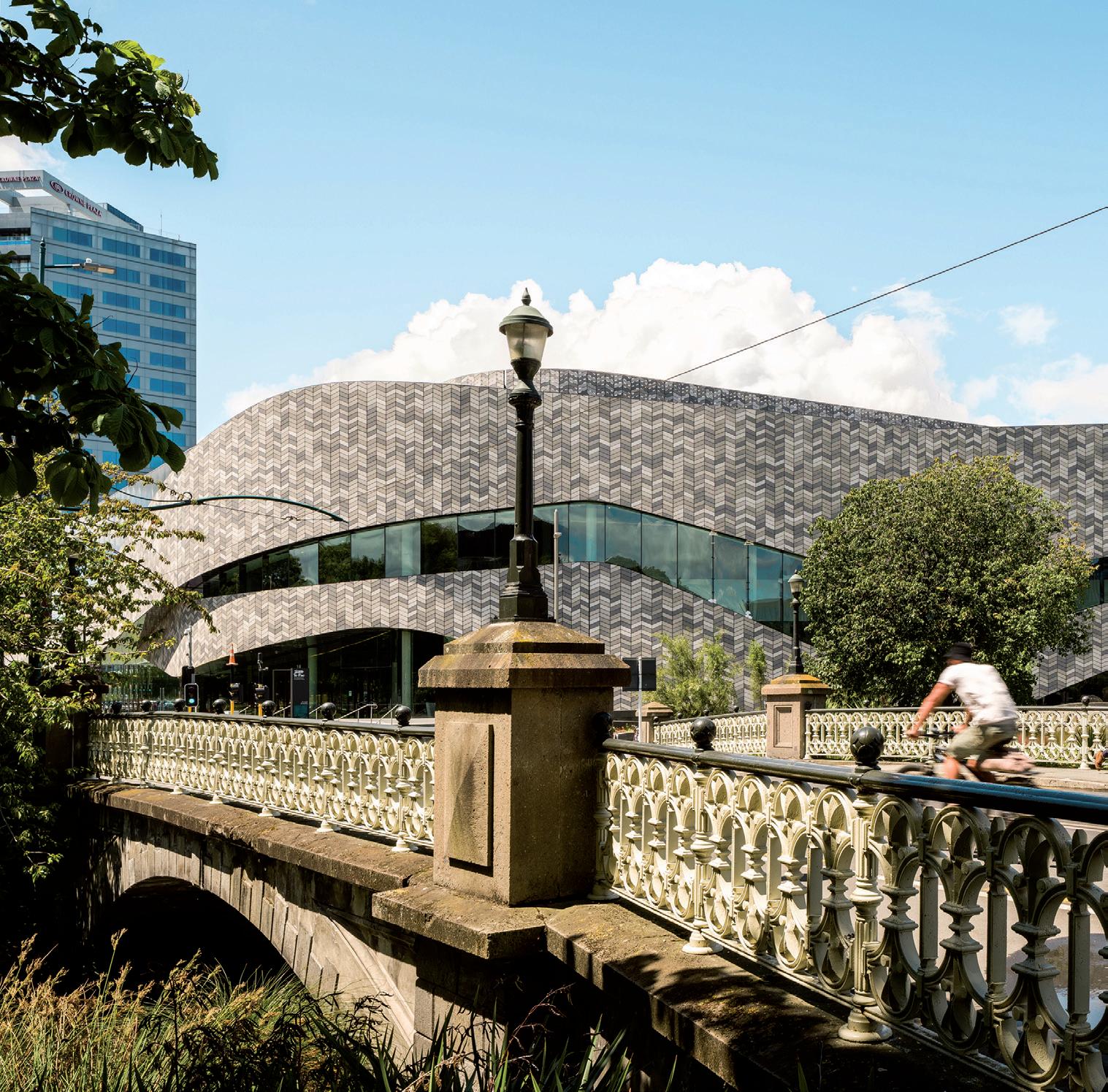

CONCRETE NZ 1-DAY 2024 CONFERENCE
The Symposium will be immediately followed at Te Pae Christchurch Convention Centre by a condensed 1-day Concrete NZ conference, which will shortly be calling for papers, including proposals for (5-minute) Lightning Talks.
The annual Concrete NZ conference is an important event on both the concrete industry’s and construction/ infrastructure sector’s calendar, offering a tremendous chance for an exchange of concrete-focused knowledge and practice amongst passionate individuals within a respected forum.
CONFERENCE AWARDS
Concrete NZ moved to two awards events in 2022/23 to enhance opportunities for celebrating achievements in, and to raise the profile of, the concrete industry.
One of the events remains part of the established annual conference formal dinner and is primarily inward-facing, appealing to Concrete NZ members
across all the Sector Groups and the Learned Society.
The 2024 Concrete Conference Awards will be presented across the following categories:
• Honorary Life Member
• Outstanding Contribution
• Producer - Extra Distance
• Producer - Technical Excellence
• Carbon Reduction
• Health, Safety & Wellbeing Achievement
• Inclusion & Diversity
• Plant Audit Scheme Gold
• Concrete Industry Apprentice of the Year
• Learned Society (Student) Concrete Prizes
• Concrete Canoe Race (University of Canterbury vs. University of Auckland). Entries for the 2024 Concrete NZ Conference Awards are now open.

Concrete NZ
Level 7 Panama House
22 Panama Street
Wellington (04) 499 8820 admin@concretenz.org.nz www.concretenz.org.nz

CONCRETE INDUSTRY SETS OUT PLAN TO DECARBONISE
A key theme of the 2024 fib Symposium will be global cement and concrete decarbonisation efforts.
The New Zealand industry recently launched its own roadmap - A Net-Zero Carbon Concrete Industry for Aotearoa
New Zealand: Roadmap to 2050
The roadmap represents a collective effort, combining the expertise, ingenuity, and commitment of the concrete industry and wider construction sector, to meeting its environmental responsibilities.
Strategies (pathways) to help the industry reach its 2050 net zero carbon target include:
• Increasing the use of waste as alternative fuels and raw materials to make cement clinker
• The increased use of Supplementary Cementitious Materials (SCMs) with low carbon recycled or natural materials
• Efficiencies in concrete production
• Carbon uptake, which sees exposed concrete absorb CO2
• Design and construction optimisation.
• Further decarbonising New Zealand’s electricity grid and supply chains.
• Capturing remaining CO2.
Concrete NZ aims to review the roadmap annually, and report on progress across the pathways every five years to ensure new technologies and innovation (as well as regulatory and other changes) are included and the currently proposed pathways can be updated.
Visit the Concrete NZ website to download the Roadmap – www.concretenz.org.nz
42 | B&C Cement & Concrete
Image by Dennis Radermacher of Lightforge Photography: www.lightforge.co.nz.
Double the ties at double speed
The new range of MAX® TwinTier™ Rebar-Tiers can tie rebar faster and with more power than ever before! These are the sixth generation tools from MAX® Japan and by far the best!
Three new generation MAX® Rebar-Tiers make up the TwinTier™ range. Introduced with three new design features to provide the greatest efficiency and highest level of safety for reinforcing ironworkers.
The TwinTier's 'dual wire feeding mechanism' increases tying speed by reducing the time needed to twist and feed the wire, consequently reducing the cost, and shortening the time required for construction. The tool’s dual-wire wrap ensures each tie is reinforced for maximum hold.
The TwinTier's “wire pull back mechanism” firmly pulls the tie wire in to adjust the tie to the rebar’s size to maximize the strength of the tie. When forming a tie the tool makes a loop with the wire and then pulls the wire to tightly secure and lock the rebar in place.
The TwinTier's 'wire bending mechanism' feeds a precise amount of wire to match the thickness of the rebar being tied and
cut down on the use of unnecessary wire. This bending mechanism consistently feeds, pulls back, twists and releases the perfect sized tie for the each application.
The TwinTier's quick load magazine makes changing wire spools a piece of cake, and its frontward position provides improved balance/ ergonomics, making flatwork easier.
This generation of the MAX® Rebar-Tiers produce ties that are approximately 50 percent shorter in height, allowing for thinner concrete pours. Also, the ends of each tie are positioned downward to increase safety. Additionally, wire spools now produce up to 240 ties (when tying D12 x D12 rebar).
• The RB441T Rebar Tier is designed to tie D10 x D10 up to D22 x D22 rebar
• The RB611T Rebar Tier is designed to tie D16 x D16 up to D29 x D32 rebar
• The RB401T-E Standup Rebar Tier is designed to tie D10 x D10 up to D19 x D19 rebar.
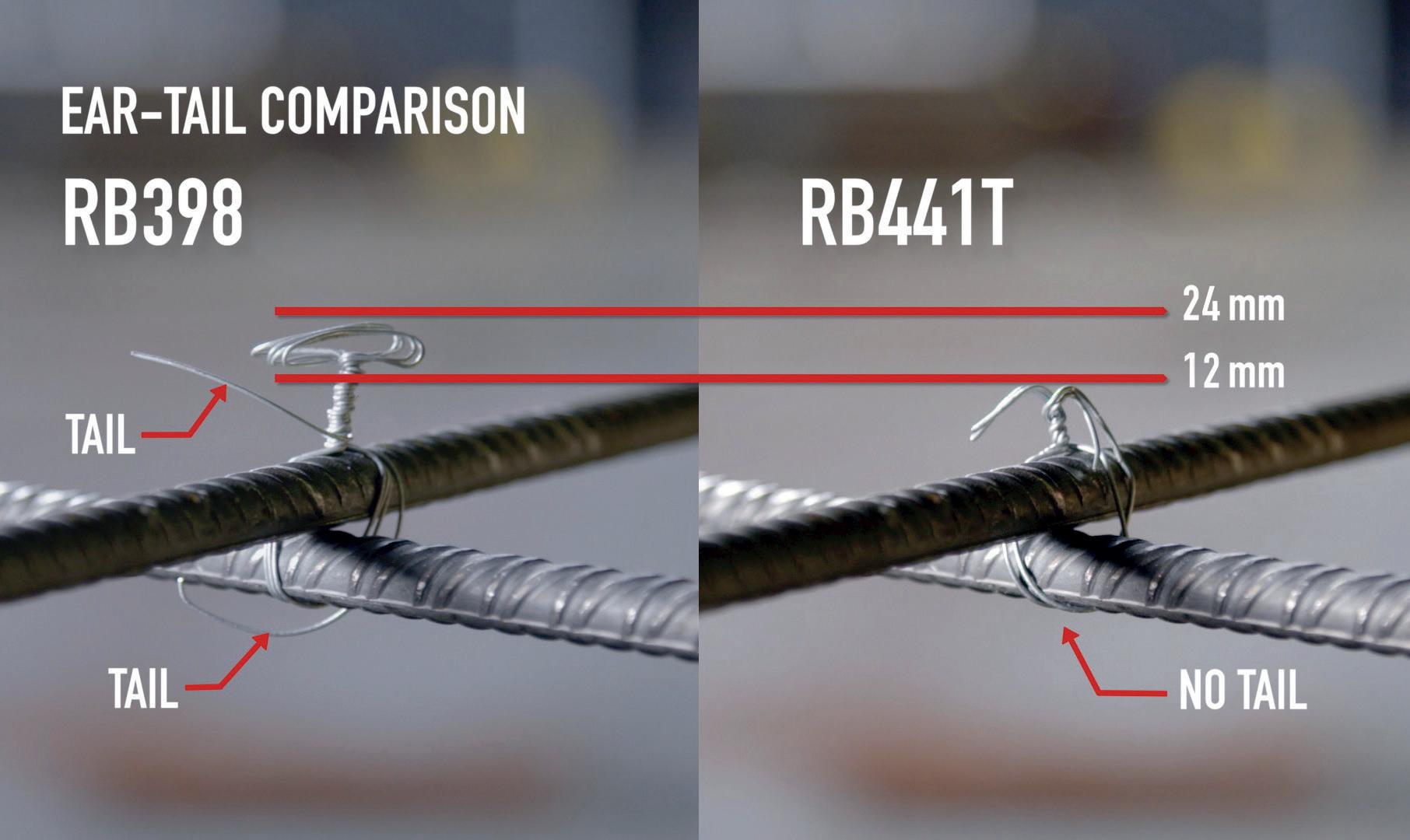
The TwinTier's quick load magazine makes changing wire spools a piece of cake, and its frontward position provides improved balance/ergonomics, making flatwork easier.
A low 'battery power consumption' design allows the tool to produce 5000 ties per charge using a 5.0Ah, 14.4volt Lithium-ion battery, which recharges in just 60 minutes. The tool’s six-step torque adjustment dial allows its user to adjust the strength of the tie based on the application. Steel, electrogalvanized and polyester ('poly') coated wire are all available for use with
the MAX® TwinTier™.
The MAX® TwinTier™ works at double the speed and produces double the number of ties from a single roll of wire than the previous model and far exceeds that of any of its competitors.
Overall, no matter the application, the MAX® TwinTier™ reduces the time it takes to complete a job, saves businesses money by cutting man hours needed for each project and increases the productivity of its workers. For more information visit the SIFCO website - www.sifco.co.nz

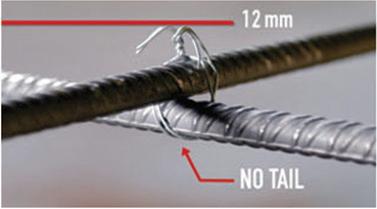
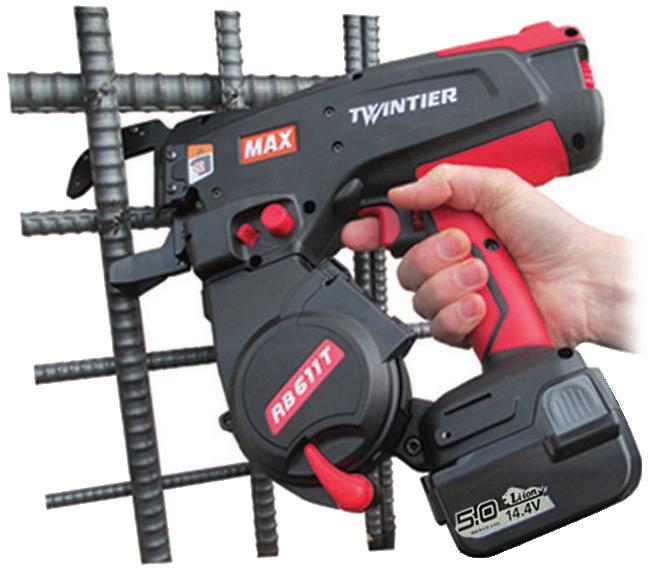





B&C | 43 Cement & Concrete • Precast Concrete Products • Building Foundations • Road & Bridge Construction • Floors & Walls • Retaining Walls • Swimming Pool Walls Battery operated re-bar-tying tool for: Double the Speed - Double the Ties - Larger CapacityNew 5.0Ah L-ion Batteries For a demo, contact sales@sifco.co.nz NZ Distributors www.sifco.co.nz
RB611T RB441T
RB401T-E
MSB Form - the evolution of concrete boxing
The MSB Form system allows construction and concrete teams to provide superior quality concrete slabs every time, without the waste.
The adjustable formwork solution is designed to be compact, lightweight and strong for all conditions and applications - commercial, industrial, residential and civil.
Clay Davies, consultant at Totalsite Supplies says “It’s the perfect alternative to timber pegs, lumber kickers, walers and nails – and we have already seen huge interest in the construction industry here in New Zealand”. The steel used is designed to ensure top performance and then it is coated with powder and zinc-plated making it unbreakable. The quality of concrete slabs is far superior and straighter when using MSB Form.
“Traditional timber forms had their benefits, but they could only be used once or twice.
MSB Form braces are reusable and if proper care is taken, these forms can last more than ten years. It’s the premium choice for concrete boxing. We’re confident that when you make the switch to MSB Form, you’ll never look back. You’ll see immediate benefits and savings,” says Clay.
MSB forms are designed to withstand any challenges that could come across the way. It doesn’t matter what the condition of the site is; they can be used in regular soil, clay, sand, rock and more.
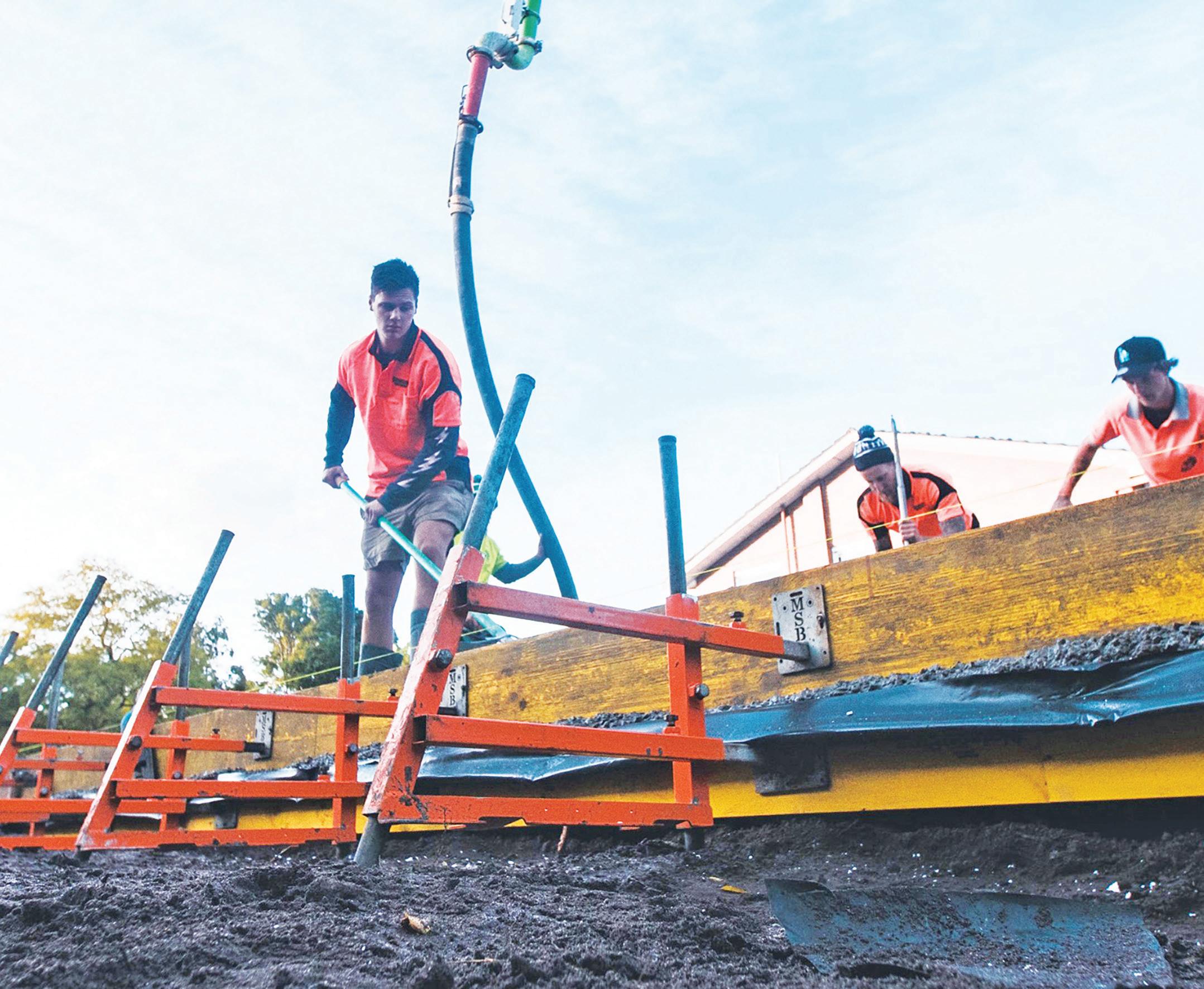
Clay says the adjustable braces have been designed to make concrete slabs quicker, easier and safer. Setting up your slab in a third of the time, in turn reduces labour costs. “We know of concrete businesses who have doubled their output and seen a return on their investment in six months”.
MSB Form is designed to solve common concreting problems where precision and straighter edges are paramount. Whether
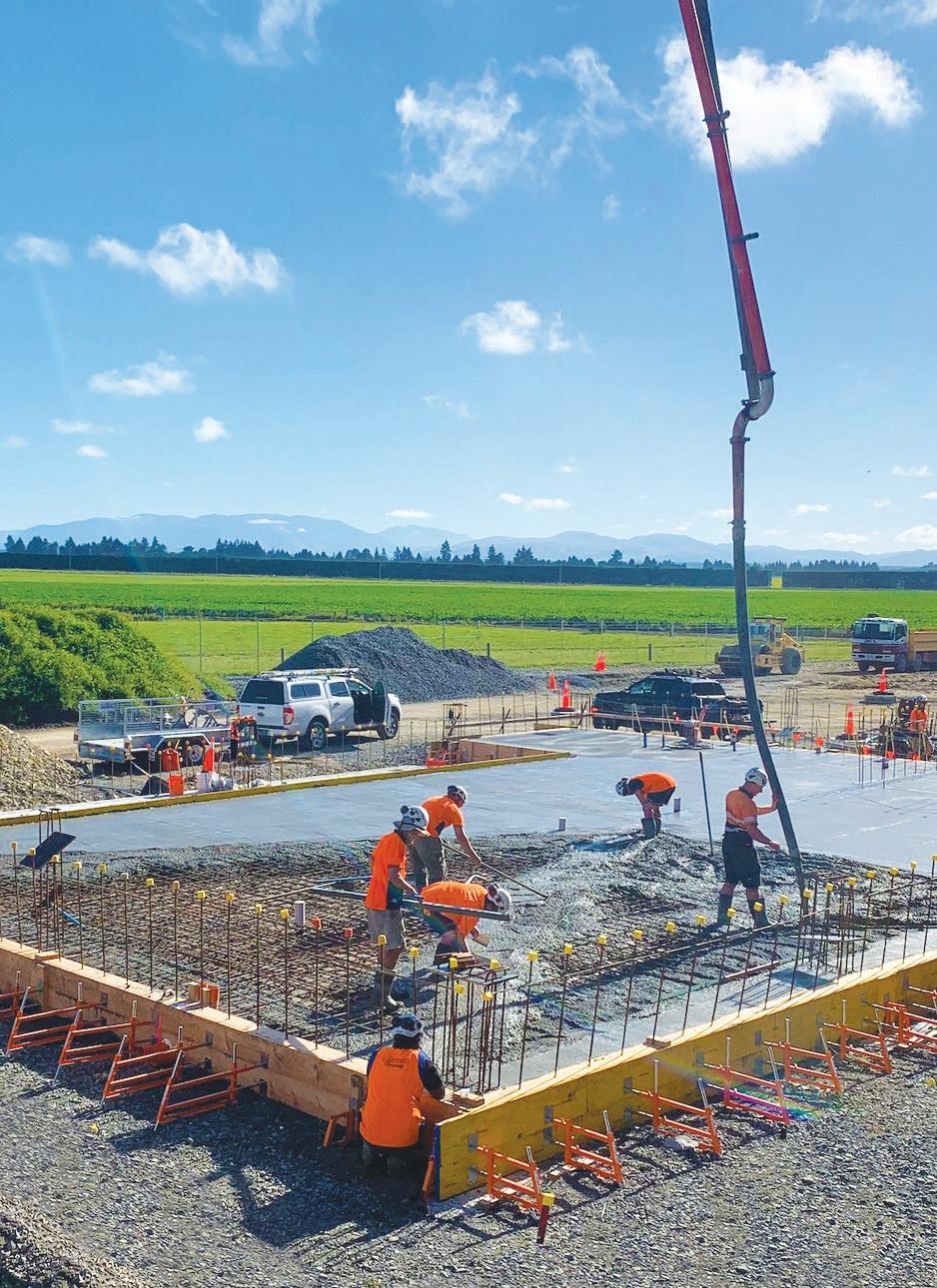
it’s concrete, slab, steel or brick formwork – the eye-catching orange frames are becoming a regular player on sites across New Zealand.
Totalsite Supplies can back you with an arsenal of concrete finishing tools and equipment and have positioned themselves as a one-stop solution to arm you with everything you need for quality concreting work.
We’re confident that when you make the switch to MSB Form, you’ll never look back. You’ll see immediate benefits and savings.
Jamie Frizzell, concrete industry expert at Totalsite Supplies says, “As a seasoned professional in the concrete industry, I’ve witnessed the evolution of concreting placing and finishing tools, and I can confidently say that our range has a cutting edge that sets us apart. From our high-performance Raptor power trowels and power screeds to reliable concrete vibrators and grout pumps, we’ve curated a selection that meets the demands of modern construction.”
What truly makes Totalsite Supplies stand out is their comprehensive Kea Concrete Tools line, featuring finishing trowels, mag trowels, bull floats, rakes, and more. Jamie says, “We take pride in making it effortless for our clients to access top-quality tools and equipment, ensuring success in every concrete project.”
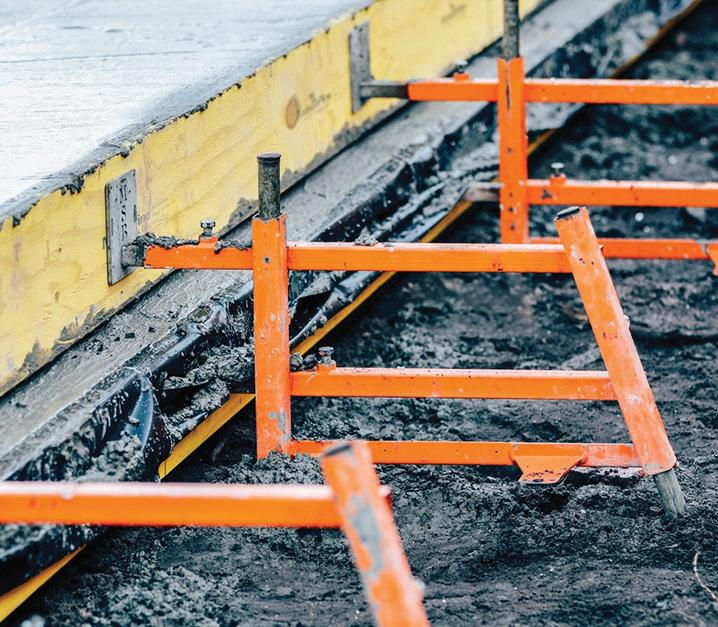

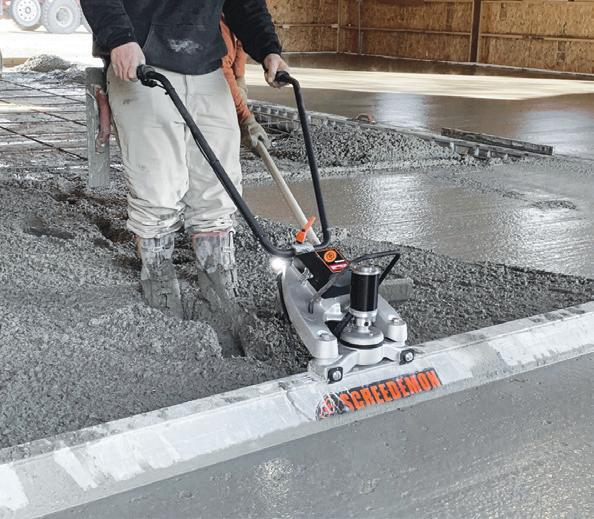
44 | B&C 0508 447 348 | Clay 021 904 176 | sales@totalsite.co.nz | www.totalsitesupplies.co.nz FAST DELIVERIES NZ WIDE CONCRETE BOXING, PLACING OR FINISHING? MSB Form Adjustable Formwork Tuff-Form Plastic Boxing Raptor & MBW Power Trowels Vibrating Power Screeds Concrete Vibrators Compaction Equipment Concrete Mixers Chemgrout Grout Pumps Floor Grinders & Saws Concrete Hand Trowels Concrete Screeds Bull Floats & Fresnos Concrete Tool Handles Rakes & Spreaders Concrete Scrapers Concrete Texture Finishing
Testing Equipment Knee Pads & Boards
Concrete
Cement & Concrete
The importance of design in construction propping
Propping in construction is generally required to support loads until the final structure is self-supporting. Propping can also be required during the demolition or strengthening of existing structures.
Propping shouldn’t be left to guesswork – we are dealing with very heavy loads.
An engineered design should be commissioned and followed. The designer must understand the relevant loads acting on both the structure and the propping during construction or demolition. These loads need to be transferred to the ground or another part of the structure that is able to support them. Forces acting on the structure include the dead weight of the building elements, live loads such as construction personnel or machinery, and potential wind or seismic loads.
Once these loads are known a suitably qualified and experienced designer should be engaged to produce a propping plan. Failure to do so could result in a catastrophic collapse.
Equipment
When designing a propping system a designer will refer to the manufacturer’s specifications for the equipment they specify in the design. It is very important that this equipment is used and is not inter-mingled with other manufacturers’ equipment.
Equipment should also be checked for damage prior to use. It is always preferable to use unpainted galvanized steel equipment for the main steel members as paint can hide rust or damaged welds. Timber components should also be checked for cuts or rot prior to being used as bearers.
Installation
Installers should also be suitably qualified and supervised to install propping. They must understand the plans they are working from, layout, bracing and the importance of quality equipment. They must be trained to work safely at height and in handling heavy components.
Basic training should also cover principles such as jack extensions, leg spacing, bracing and centering of bearing onto the vertical members. If circumstances on-site require a deviation from the design, then the designer should be consulted.
Before propping is loaded it should be checked by a competent person to ensure the plans have been followed, and that no
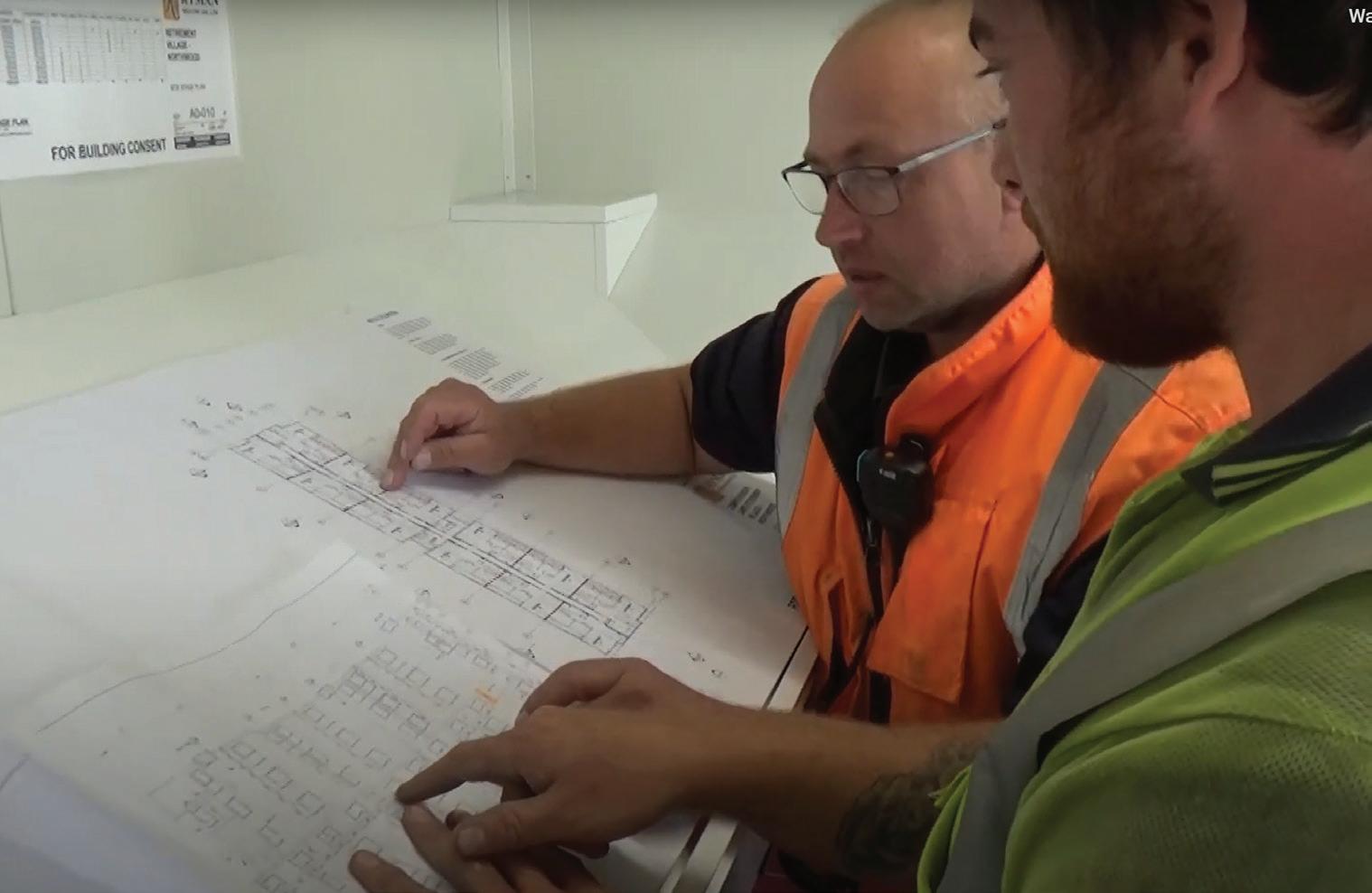
components have been removed between installation and loading of the structure. For example, it is not uncommon for subcontractors to remove ledgers so that they can walk through the propping.
Dismantling
Dismantling of propping should only be done once the client or engineer has determined that the structure is self-supporting. The extent or requirement for backpropping
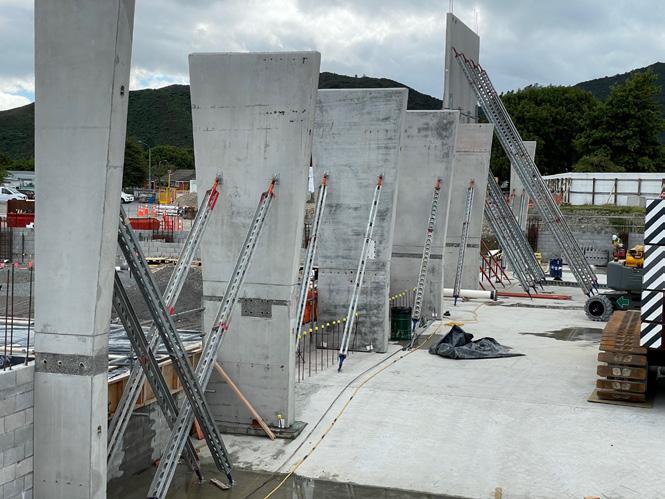
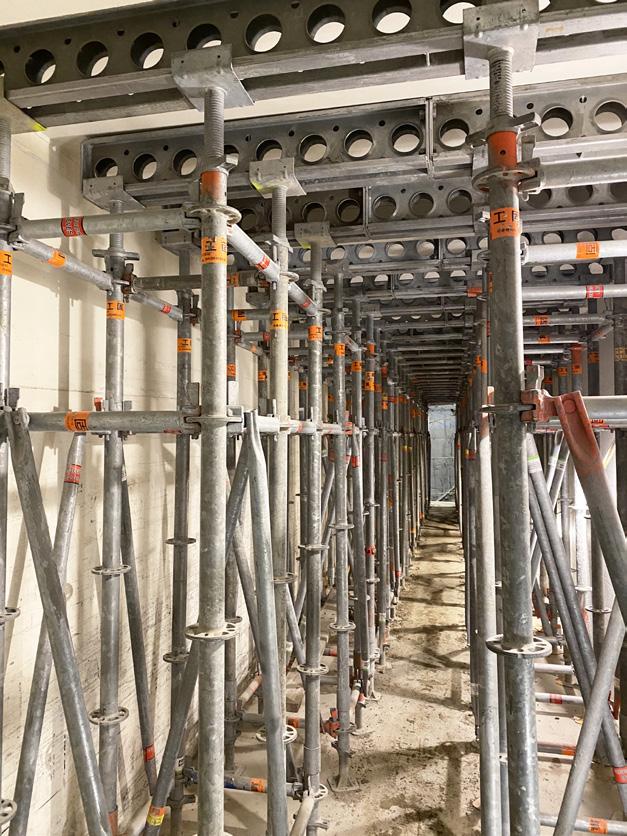

should also be understood. Again, suitably qualified and experienced personnel should be used to dismantle propping because of the risk of falling objects and body strain injuries associated with this type of work.
If you have a propping requirement in your next building project the team at FormShore would be happy to assist with the design and supply of material. We can also arrange for suitably qualified installers from around the country.
B&C | 45
Cement & Concrete
Shotcrete

Shotcrete was invented in the USA in the early 1900s (where it is mainly known by its trademark name of Gunite). It is now commonly used in both residential and commercial industries. However, Shotcrete remains relatively new to Aotearoa primarily due to shortages in shotcrete specialists.
Retimix’s founder, Laurent Reti, is, however, the specialist you need to know. Laurent is one of the founders in introducing Shotcrete to Aotearoa. With Retimix now being a family business, Diaz Reti’s shotcrete skills now form part of our specialist shotcrete team
What is Shotcrete?
Shotcrete is a mixture of aggregate and portland cement sprayed onto a surface using compressed air or hydraulic pressure. This propels the concrete through a hose and nozzle at high velocity, increasing the discharge pace and permitting a placement process, enabling an excellent bond with most substrates.

Can wet or dry concrete be used?
Wet or dry-mix concrete can be used. The wet-mix process fuses all the elements, including the water, together before entering the hose.
With dry-mix Shotcrete, water is added at the nozzle discharge. Both support the concrete being carved, sculpted or trowelled almost immediately.


46 | B&C
FREE CONSULTATION m 027 738 4649 k office@retimix.co.nz K www.retimix.co.nz
Canterbury Kerb and Concrete
Canterbury Kerb and Concrete (CKC) is your go-to specialist in commercial kerbing and concrete placement based in Christchurch, Canterbury.
The team provides many services throughout the South Island for commercial and residential customers.
Concrete services include driveways, patios and paths, complete commercial packages, coloured concrete, exposed aggregate, and kerbing.
They also provide phenomenal kerbing services for commercial sites, roading projects and subdivisions.
As the South Island’s leading concrete and hardscaping professionals, CKC’s experienced teams provide complete packages for schoolyard projects, including excavation, concrete, kerbing, paving, and asphalt.
A feature for the company is their specialised fleet of trucks, trailers and machinery, including 12 kerb machines and 24 profiles to accommodate South Island’s council requirements. All this ensures they can work
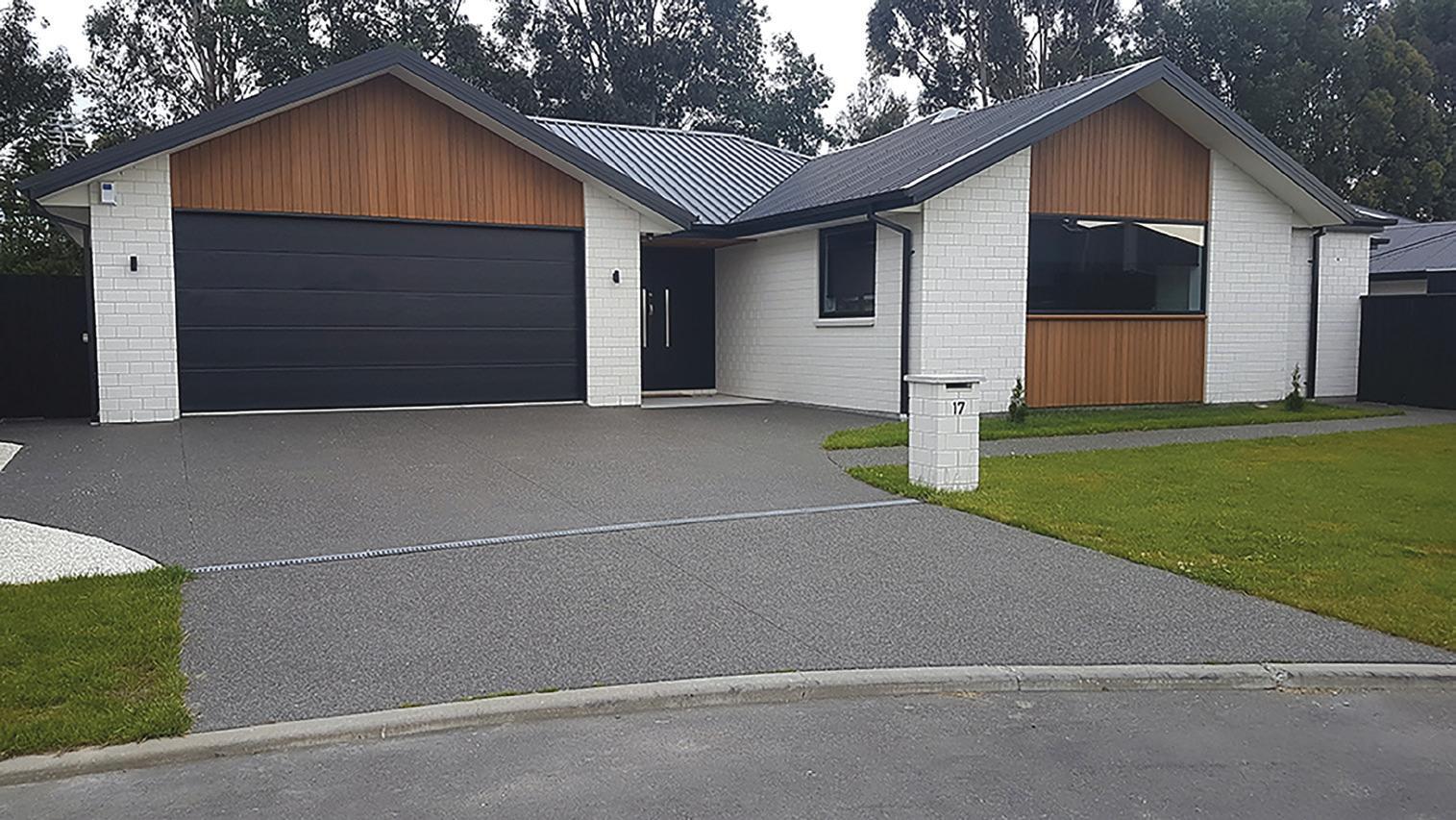

wherever and whenever needed. Last year they poured 10,000m2 of concrete and laid over 40,000m of kerbing, which is a lot!
Residential and rural work is covered for new builds or replacement projects. Canterbury Kerb and Concrete provide excellent concrete and hardscaping packages including concrete finishes in exposed aggregate, coloured concrete, plain concrete, stamped concrete, or infill using colour and stencilling.
Whether it’s removing or replacing a residential driveway or doing a new kerb on a state highway or subdivision, CKC is the team for the job, no matter how big or small the project. They have the management, people, skills, and machinery to get the job done on time, every time.
Their experts offer attention to detail, advice, various options, and the latest trends with a free on-site consultation and a quote, which is a bonus!
The company also takes its health and safety seriously. They’re committed to ensuring their staff, sub-contractors and customers
are safe by following the Health and Safety at Work Act 2015.
Another huge focus is on staff development.
Every team member shares similar values, perspectives and goals, and do everything they can to achieve these. Leadership and team culture is a priority, and all CKC employees strive to deliver exceptional services. The team never shies from a challenge, and they thrive on successfully completing even the most difficult of jobs.
What’s not to like? CKC ensures their yard is kept tidy, their fleet is always up-to-date and to top it off they offer complete concrete packages to commercial and residential clients on time and on budget.
Check out their website for more information about the company, services provided, completed projects, latest news, positive testimonials, great footage and photos of their previous projects: www.ckc.nz
Get in touch today by calling 0800 024 220 or emailing info@ckc.nz to contact one of the team.

The South Island’s Trusted Civil Concrete Contractors
Canterbury Kerb & Concrete operates throughout the South Island. We have the management, staff, skill and machinery for any job. We offer concrete, kerbing and hardscaping services for:
• Commercial Projects
• Residential Projects
• Rural Projects
• School Projects
• Maintenance Contracts
We offer complete concrete packages for all projects. From major subdivisions to replacement driveways, we offer full excavation services and all types of concrete, including paving:
•Exposed Aggregate
• Coloured Concrete
• Plain Concrete
• Stamped Concrete
• Infill using colour and stencilling

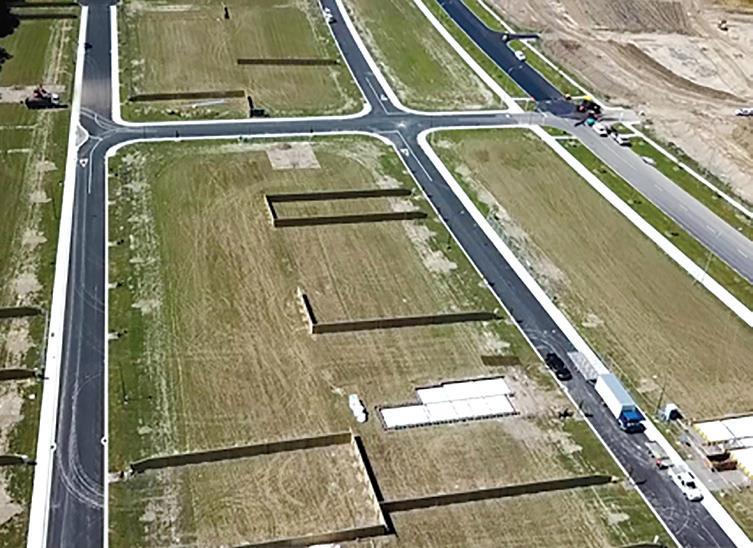
B&C | 47 Office: 15A Wilkinsons Road, Harewood, Christchurch I P: 0800 024 220 I E: info@ckc.nz I W: ckc.nz
Projects
Projects Complete Civil Concrete Packages
Commercial
Rural
Transforming commercial building: the unrivalled advantage of wood
Engineered timber is revolutionising the construction industry, merging natural beauty with unparalleled strengthto-weight, offering an eco-friendly, cost-effective alternative to traditional steel and concrete.
Its ease of transport, lightweight nature, and superior resilience against earthquakes and fires are reshaping how we think about building.
Prefabrication techniques further enhance its appeal, slashing construction times by up to 30 percent and undercutting costs, making it the go-to-choice for sustainable, efficient mid-rise construction.
Innovative combinations of cross-laminated timber (CLT), laminated veneer lumber (LVL), glulam, and panelised framing timber, such as structural insulated panels, are setting new benchmarks for cost-effectiveness, speed, resilience, and sustainability in the construction sector.
The industry’s leading minds—architects, designers, and construction experts—are now championing wood for its dual benefits: significantly reducing both project timelines and costs while dramatically improving the sustainability of commercial and multiresidential buildings.
Through hands-on project support, insightful case studies, and informative site visits, they’re unlocking practical solutions that lead to lighter carbon footprints, faster completion rates, and enhanced client satisfaction from day one.
“Calculations show that using wood in place of concrete and steel to build this five-storey building is removing over a million kilograms of carbon dioxide from the environment,” says Logic Group’s director Barry Lynch, and, Clearwater’s project senior quantity surveyor Eoin McLoughlin.
Incorporating Early Contractor Involvement (ECI) in the design phase when using engineered timber is pivotal for maximising project outcomes.
By engaging contractors early, project teams can leverage specialised knowledge in timber construction techniques, ensuring design decisions fully capitalise on timber’s benefits from the outset.


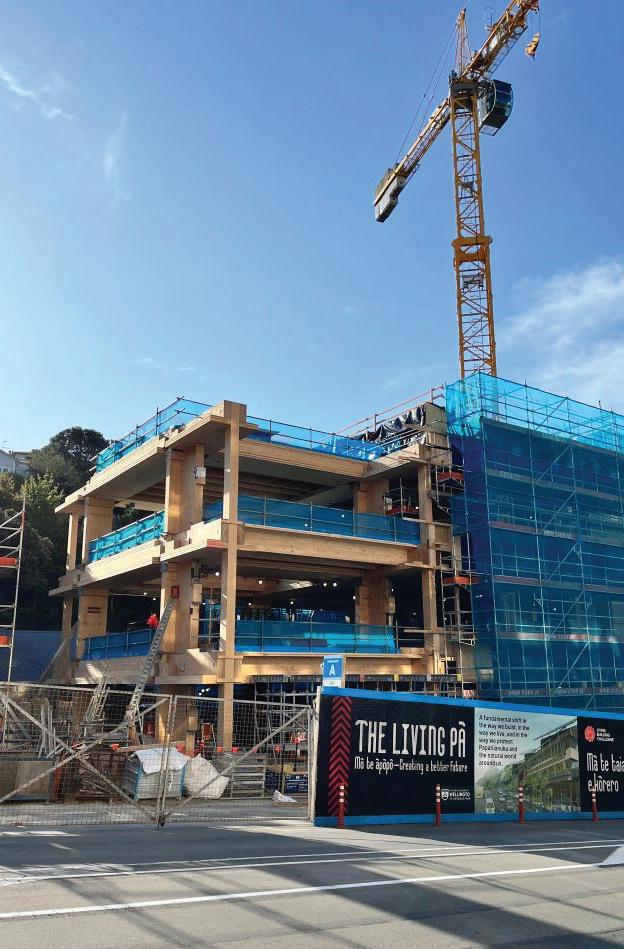
This collaborative approach not only streamlines the construction process but also identifies potential challenges early, allowing for innovative solutions that save time and reduce costs.
ECI fosters a synergistic environment where the unique attributes of engineered timber— such as its adaptability and sustainability— are fully integrated into the project’s vision, enhancing efficiency, sustainability, and overall project success.
Engaging contractors at the initial stages enables a holistic approach to project planning, ensuring that the architectural vision aligns with practical, cost-effective construction strategies, thereby enhancing the project’s environmental credentials and economic viability.
Hardy Street Apartments in Nelson, completed in 2023, is a prime example of wood’s transformative power.
The developer’s decision to utilise CLT not only allowed for greater design flexibility and height but also ensured robust seismic performance across three levels with a remarkably lightweight structure. This choice has garnered significant attention for the townhouses, highlighting the sustainability and efficiency benefits of renewable mass timber over conventional materials.
The Living Pā at Victoria University of Wellington is a pioneering venture redefining sustainable architecture. Located at Te Herenga Waka Marae, it aims to set a global sustainability standard.
As a living lab, it incubates innovations and fosters collaboration, targeting the prestigious Living Certification for sustainability.
Engineered for self-sufficiency, the Living Pā generates its own electricity and recycles water, aiming for carbon neutrality. Utilising locally sourced timber underscores its commitment to New Zealand’s environmental and cultural goals.
The Mid-Rise Wood Construction Programme, a four-year collaboration and investment between the Ministry for Primary Industries (MPI) and Red Stag Investments Ltd, champions the use of engineered timber in construction.
Launched in 2018 with a $6.75 million budget, it aims to foster the widespread adoption of precisionengineered timber for mid-rise buildings, promoting sustainability and efficiency.
By pooling expertise from New Zealand’s professionals, the programme encourages innovative building designs and construction methods.
It supports the goals for a zero-carbon construction sector by emphasising low-carbon materials and aims to save the country $330 million annually by 2036 through the adoption of mass timber and prefabrication techniques. For more details, including published case studies, and to register for future site tours, visit: midrisewood.co.nz
This project represents the future of construction—functional, aesthetically pleasing buildings harmoniously integrated with their environments, showcasing engineered wood’s potential to address environmental challenges and honour local cultures.
This project is more than a building; it’s a vision brought to life, embodying the principles of the Living Building Challenge® to create spaces that give more than they take.
As the Living Pā progresses towards its completion and Living Certification, it continues to inspire architects, builders, and communities worldwide, demonstrating the immense possibilities of sustainable construction and the transformative power of visionary architectural practices.

48 | B&C
Mid-Rise Construction Programme Rotorua (07) 921 1382 www.midrisewood.co.nz Mid-Rise Wood Construction
Carbon comparison for Clearwater Quays Apartments, Christchurch. Courtesy: VQuest, Logic Group
Hardy Street Apartments, Nelson. Courtesy: Ken Robinson Architects.
The Living Pā under construction Oct 2023.
Exceeding expectations

Red Stag and the Rise of Sustainable Mid-Rise Wood Construction
In the ever-evolving landscape of construction, mid-rise wood structures are emerging as a sustainable and innovative solution. With a focus on eco-friendly materials, builders are increasingly turning to Engineered Wood Products (EWP) to create structures that not only stand tall but also leave a smaller environmental footprint. One key player at the forefront of this movement is Red Stag, a leading supplier of high-quality engineered wood products, contributing significantly to the growth of mid-rise wood construction.
The Sustainable Advantage of Red Stag Red Stag, renowned for its commitment to sustainability, has become a key supplier for mid-rise wood construction projects. Red Stag specialises in providing engineered wood products such as Cross Laminated Timber (CLT), Laminated Veneer Lumber (LVL), and Glue Laminated Timber (GLT), all of which play
a crucial role in constructing environmentally responsible buildings.
Carbon Sequestration and Climate Impact
The use of Red Stag’s engineered wood products in mid-rise construction contributes to carbon sequestration. Wood, a renewable resource, absorbs and stores carbon during its growth. By incorporating Red Stag’s materials, builders not only benefit from superior strength and durability, but also actively participate in the reduction of the overall carbon footprint associated with construction.
Innovative Engineering with Red Stag
Red Stag’s commitment to quality extends beyond sustainability to encompass innovate engineering solutions. Red Stag’s products, particularly CLT, offer architects and builders the flexibility to design cuttingedge structures. The versatility of CLT combined with GLT allows for open and spacious interiors, providing a canvas for creative architectural designs that are both aesthetically pleasing and functional.
Cost-Effectiveness and Efficiency
One of the key advantages of partnering with Red Stag is its vertical integration, from forestry and milling through to CLT, GLT and LVL manufacturing. Red Stag’s design team will incorporate all engineered wood products and fixings into a digital model, where Red Stag’s manufacturing sites in Rotorua, Hamilton and Auckland will produce construction ready solutions.
Red Stag’s prefabricated solutions significantly reduce labour costs, transportation movements, site noise and waste, foundation requirements, and construction timelines. This efficiency is particularly crucial in the context of midrise construction, where speed and costeffectiveness are paramount considerations.
Regulatory Compliance and Red Stag As mid-rise wood construction gains traction, regulatory support is vital. Red Stag’s commitment to quality and compliance aligns seamlessly with evolving building legislation. Red Stag’s products adhere to the highest industry standards, supported with extensive

third-party testing and auditing and a comprehensive internal Quality Assurance programme. This has earned the trust of regulatory authorities in facilitating the widespread acceptance of mid-rise wood construction.
Get in touch with the team by sending an enquiry to ewp@redstag.co.nz. Alternatively you can call them on 09 253 9349.
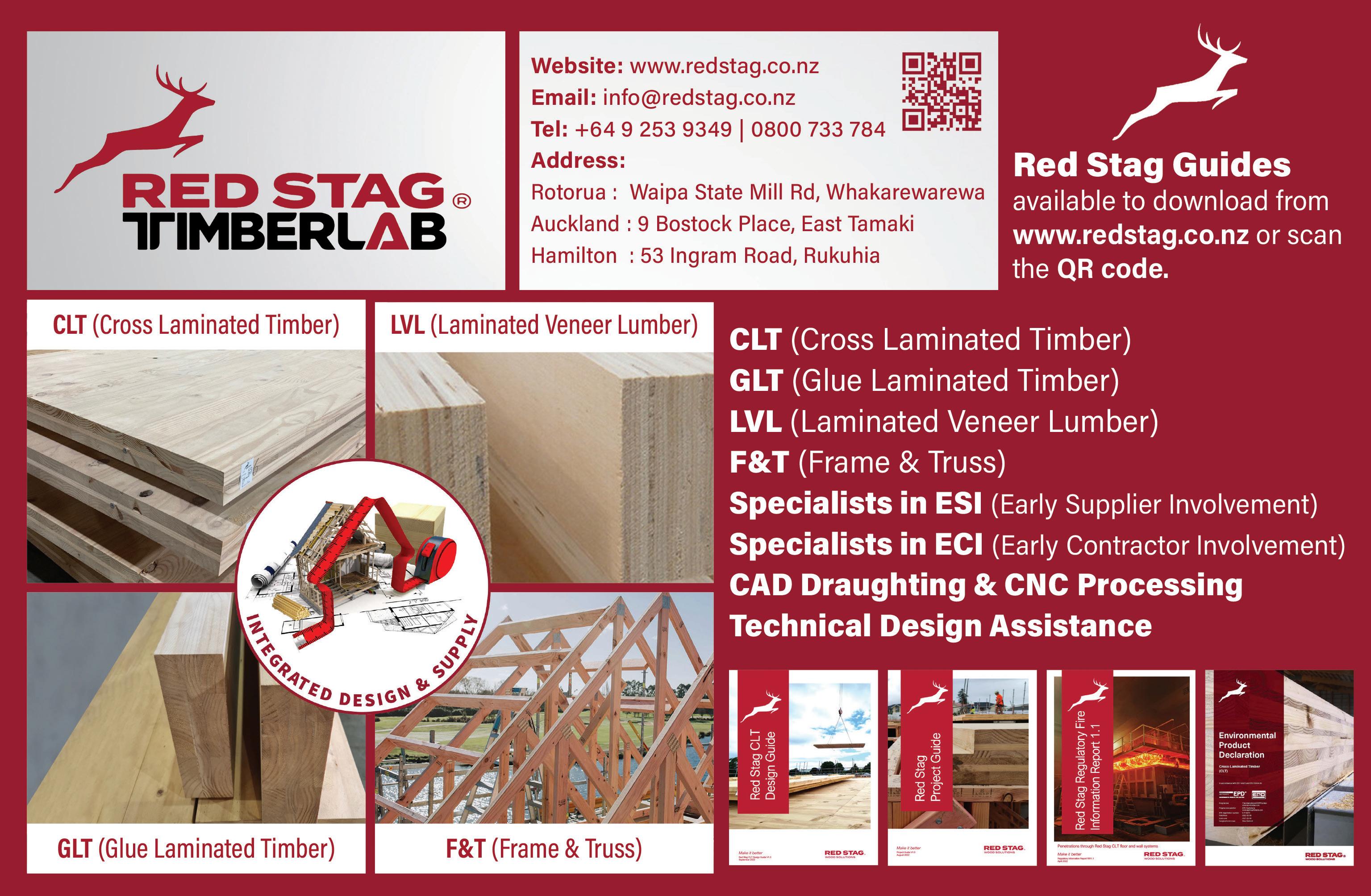
B&C | 49 Mid-Rise Wood Construction
University of Victoria, Living Pa Wellington (Red Stag & LT McGuinness)

As the use of mass timber products like Cross Laminated Timber (CLT), Glulam (GLT), Laminated Veneer Lumber (LVL), has gained momentum in the construction of commercial buildings in recent years, Tricon Construction Services has forged an enviable reputation for its professionalism, knowledge and experience using mass timber materials throughout New Zealand.
Tricon Construction Services’ journey commenced in the wake of the Christchurch earthquakes and has steadily evolved its sphere of operation, subcontracting to building companies like Naylor Love, Armitage Williams, and LT McGuinness and engaging in major commercial projects throughout New Zealand.
“We undertook construction of the first Mass Timber structure in New Zealand,” says Tricon Services’ Managing Director Dean Taylor. “This particular structure consisted of XLam’s CLT floors and walls and at the time the hostel was the biggest project in Australasia using XLam’s product. Because much of the CLT was left exposed, care was taken to protect the visible surfaces, and oversized skirtings were used to cover the fixings.”
Christchurch’s Arvida Park Retirement Village was another of Tricon Construction Services’ early projects and consisted of eighty apartments, all built from XLam CLT.
“From the concrete podium up to the 9th floor, the Auckland City Mission building was the largest Mass Timber structure we have built using XLam CLT and Timberlab
LVL,’ says Dean. “This building is still New Zealand’s tallest timber building and was completed about a year after Covid.”
Other completed projects we were involved in that deserve to be recognised, include Queenstown Country Club, Dolomite Exhibition Centre and Auckland University of Technology A1 building.
Leading up to the Auckland City Mission project, Tricon Construction Services successfully completed the Mass Timber installation of the Hornby Workers Club in Christchurch and the Sion Te Papa Tipu Innovation Hub. The Sion Te Papa Tipu Innovation Hub has won numerous architectural awards nationally and internationally.
A more recent project was AgResearch’s new laboratory in Lincoln which included twelve CLT shear walls, a first in New
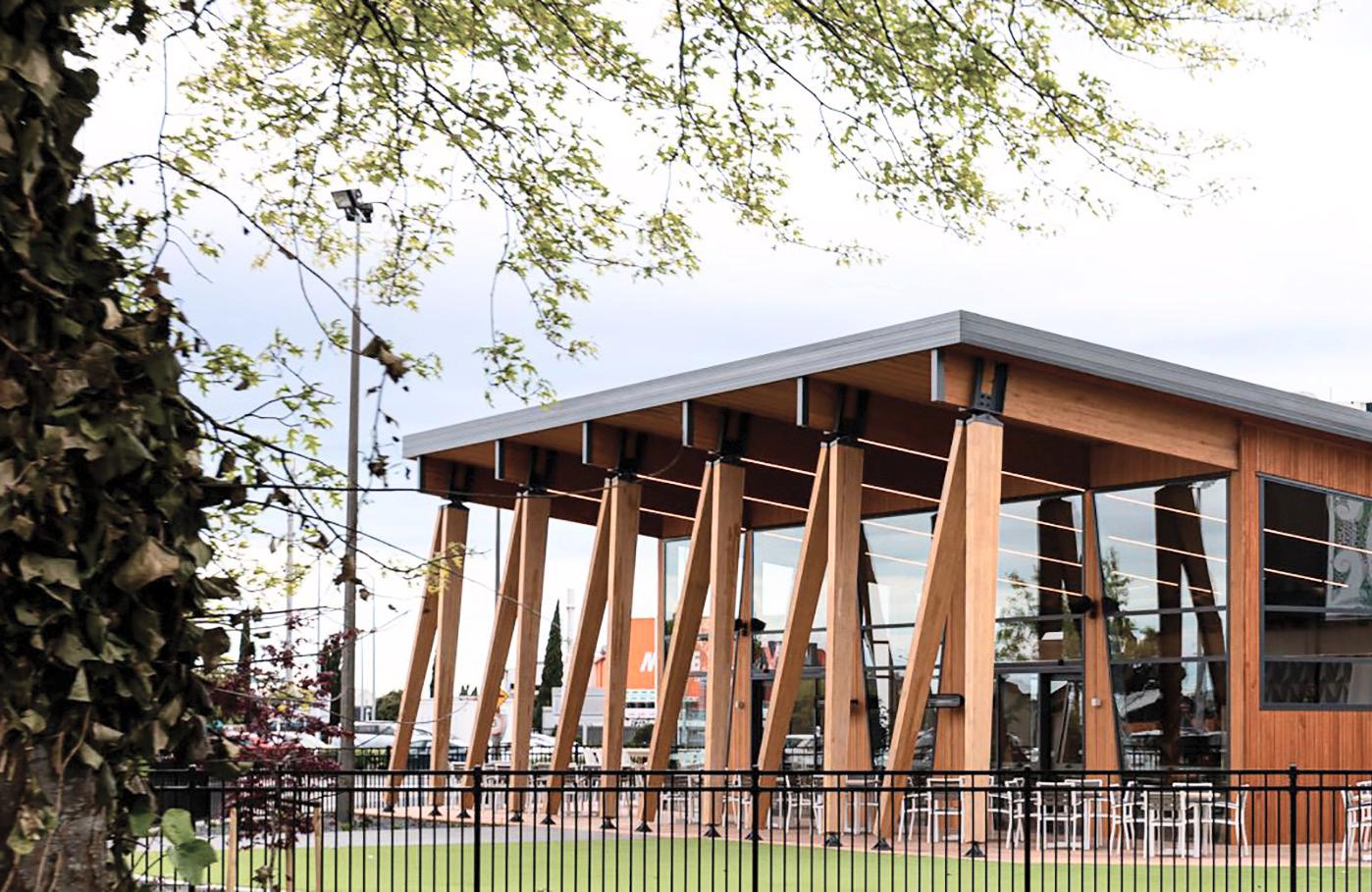
“The project commenced in August last year and we completed our part of the project early this year. Everything inside the building is visual, including the CLT panels. It has a much warmer feeling over steel and concrete, in my view. Other recently completed projects we were involved in that deserve to be recognised, include the Queenstown Country Club, Dolomite Exhibition Centre, Auckland University of Technology A1 building, and Punakaiki, Pokeka Poutini Canopy Greymouth. We are currently working on some fantastic projects including Devonport Road, Tauranga and Ryman Healthcare in Christchurch, with some more exciting projects to follow in the near future.”
Dean says the use and accuracy of Mass Timber, needs a collaborative approach between the client, the design consultants, the supply chain and the main contractor to achieve the best installation and program efficiency.
“With Mass Timber, each component is CNC cut to measure, sequentially numbered and delivered to site, ready for installation. It’s also has benefits for follow on trades. Once the floor and walls are installed and structurally complete, the sub-trades can go straight in and do their work without having to wait for concrete curing.”
With all Mass Timber projects, knowledge and experience is vital. This is what provides confidence to the industry, especially when the use of Mass Timber is on the rise.
50 | B&C Mid-Rise Wood Construction
Zealand, along with stairs, balustrades and elevator shaft supported by LVL and GLT.
MASS TIMBER CONSTRUCTION SPECIALISTS 0800 TRICON | Phone Dean: 027 252 8456 | Email: info@tricon.nz
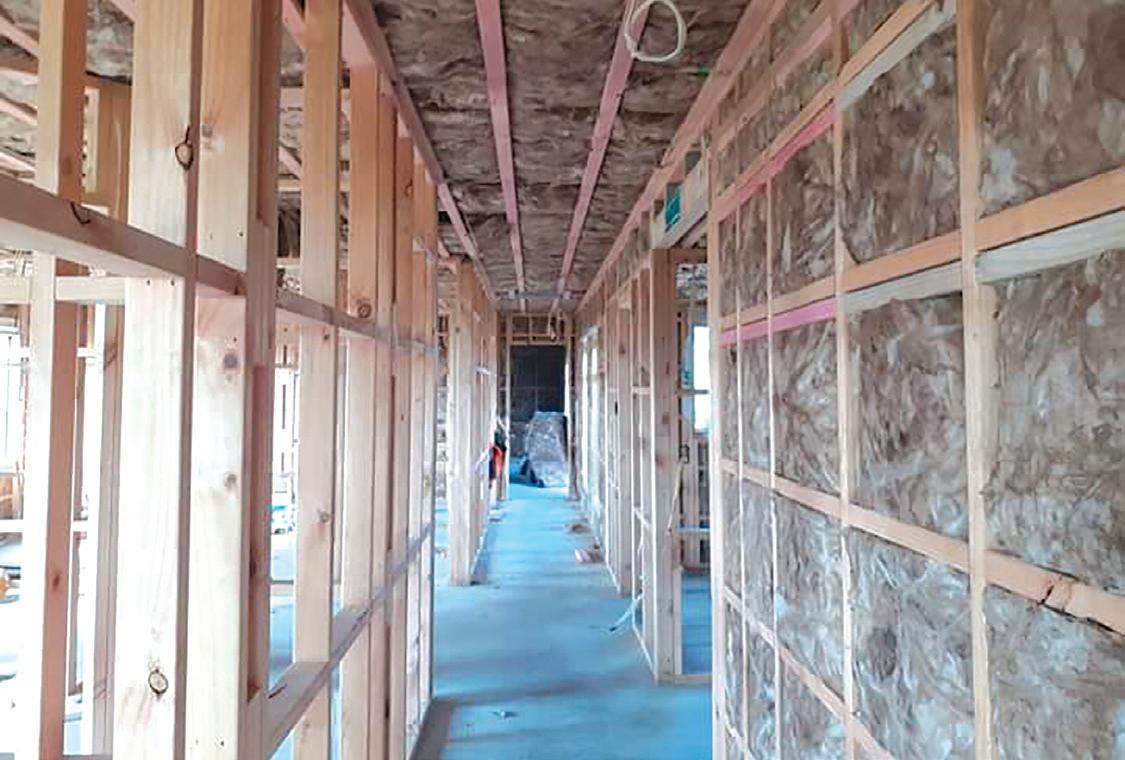

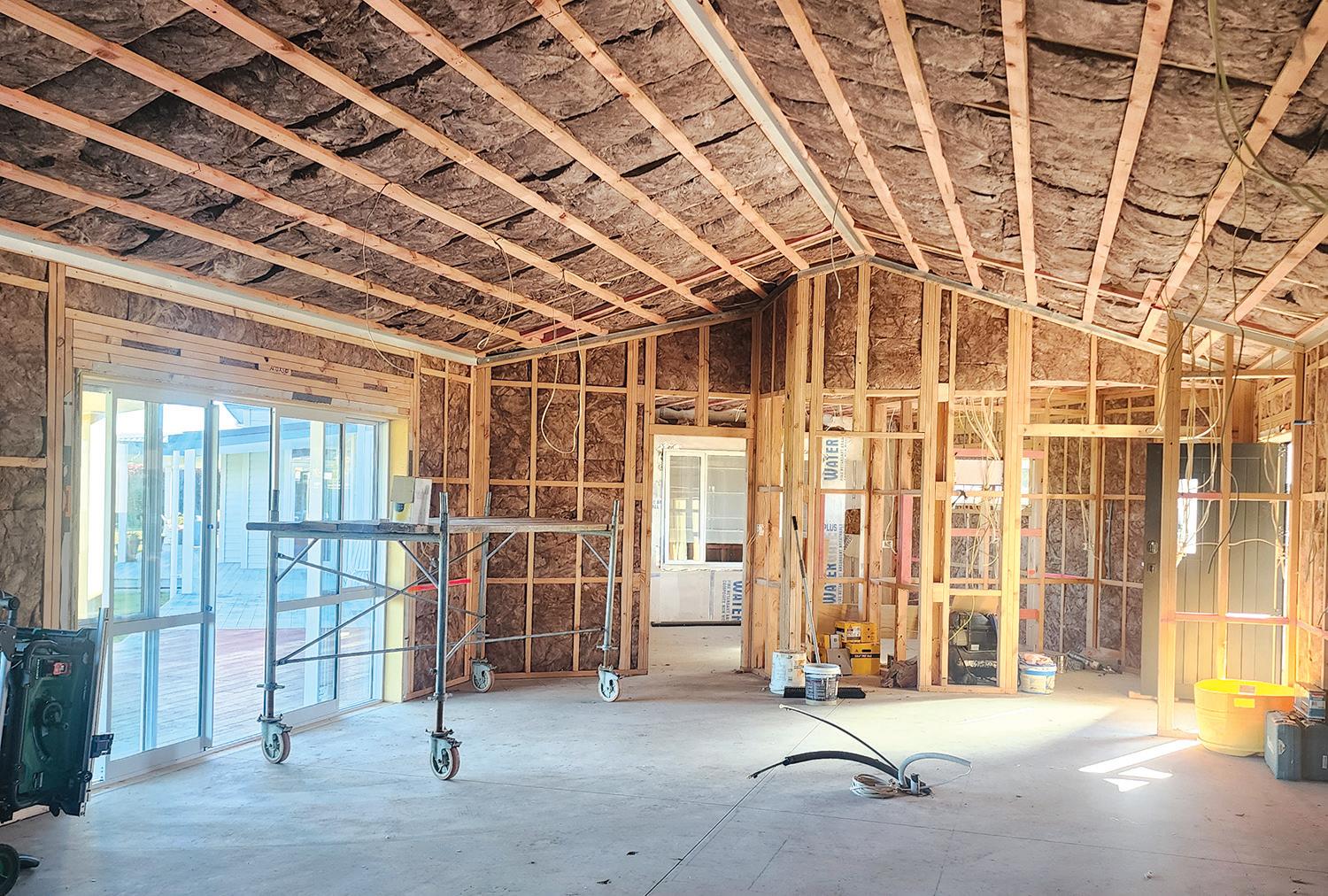

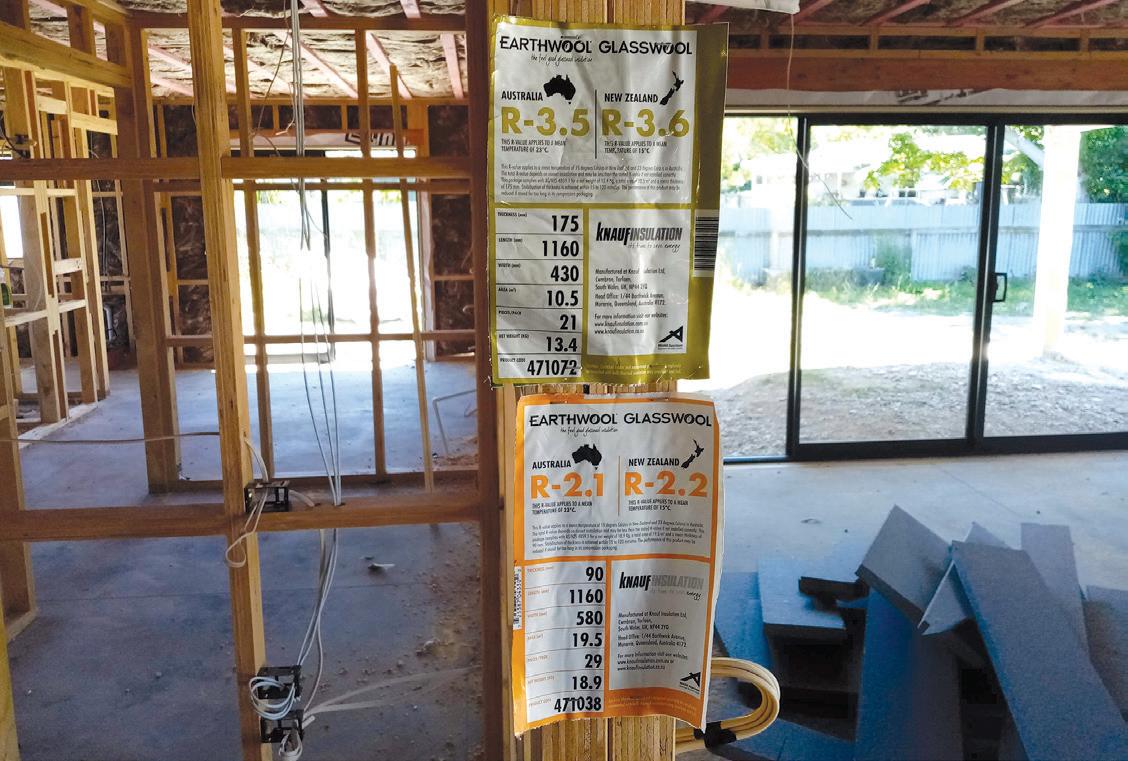

B&C | 51 0800 768 449 | 18 Cook Street , Waipukurau | slabinsulation23@gmail.com Supply and Install of Quality Insulation by Qualified Installers. Feel Snug as a Bug with SLAB. Healthy Homes Assessment Accredited • Commercial • Residential
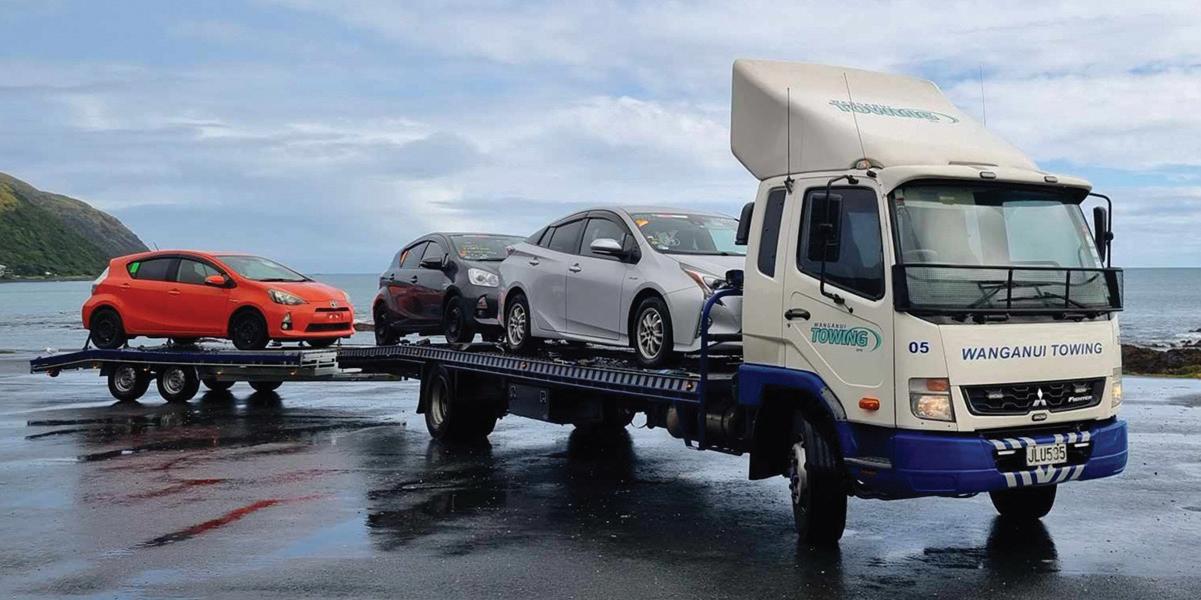
Wanganui’s tow-it-alls
If you find yourself stuck on the side of the road and in need of support, know that help is just a call away. For a safe and reliable towing service, Wanganui Towing are at your rescue. They save you additional headaches when your mind isn’t all there in the first place and are fit to expertly get you from point A to point B without damaging your vehicle any further in the process.
Wanganui Towing offers the region 24hour towing and salvage services covering everything from accidents and breakdowns to transport and storage needs and much more. Diverse in what they know and tow, Wanganui Towing tows all vehicles, bikes, heavy items, and machinery and are also experts in insurance claims and industrial towing services.
Wanganui Towing will get you out of that pickle in an instant; impeccable communication and pricing are just cherries on top. They are specialists in salvage and disposal services too, helping you out the entire way. They will see your situation through.
No matter the size and shape of your vehicle, they are the people to call if you have an accident or a breakdown. If it’s tipped over, wrecked, or somewhere it shouldn’t be, Wanganui Towing offer crane recovery assistance to get you back on the road in no time.
Nothing is too big or too far for the team either – give them a call to discuss your towage and salvage needs. With a fleet of large trucks, they will even meet your heavy equipment transport needs. From diggers to mobility scooters, they are ready to tow the lot.
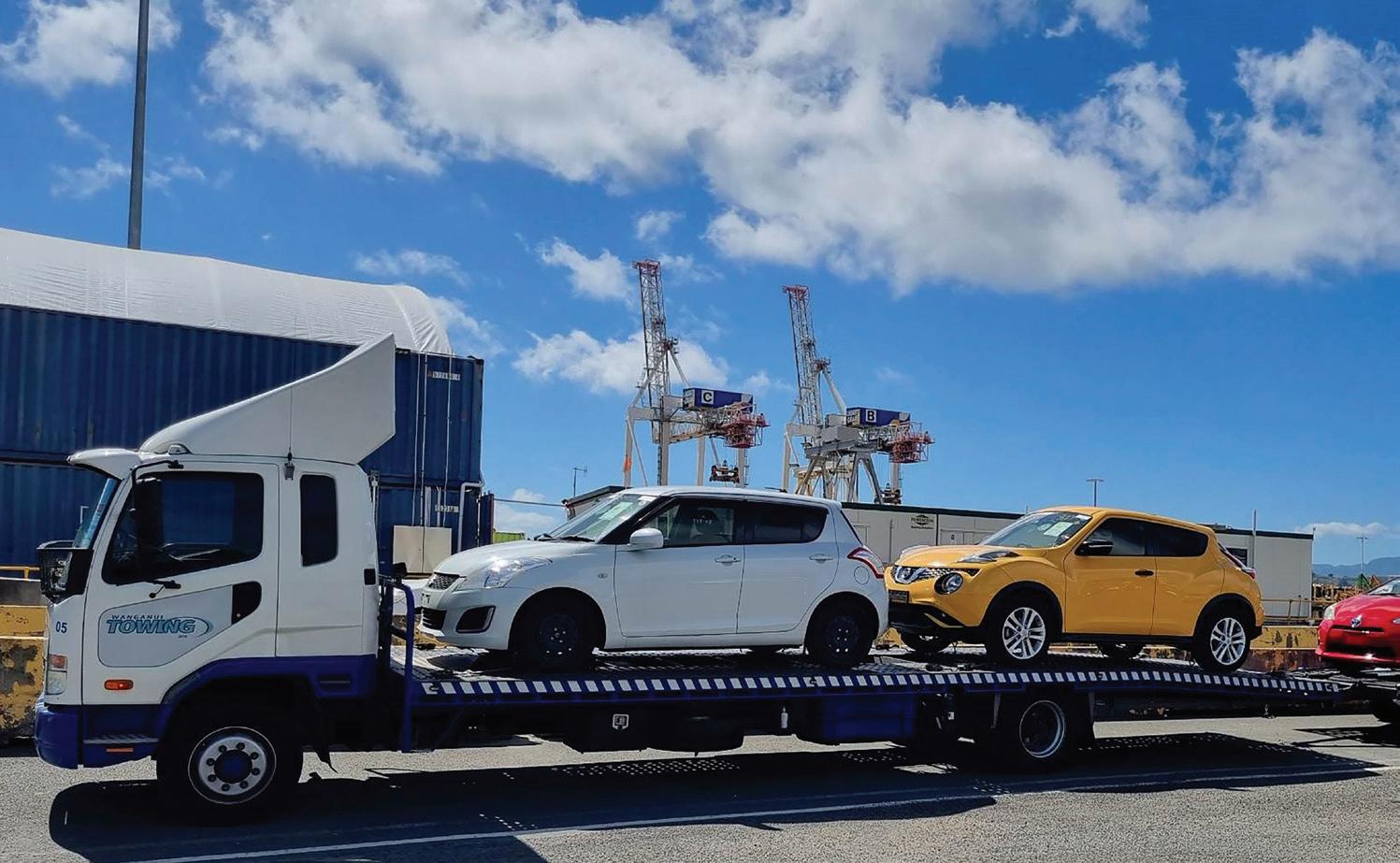
Wanganui Towing serves as the exclusive AA contractor responsible for roadside assistance and towing services in Wanganui. Collaborating with all major insurance companies in New Zealand, they possess extensive expertise in the field and maintain reliable connections within the industry. Renowned for their personalised and specialised approach, Wanganui Towing prioritises providing dedicated services. Their primary goal is to offer prompt and amiable assistance whenever your vehicle requires help. They ensure costefficient solutions while maintaining a courteous appreance. With a wellfounded reputation and a commitment to professionalism, Wanganui Towing consistently places the client’s needs at the forefront of their operations. Big or small, they tow it all. Whatever your needs may be, Wanganui Towing would love to speak with you.
Services
● All Vehicles and Bikes - No matter the size or shape of your vehicle, contact Wanagnui Towing first if you need a tow
● Accidents and Breakdowns - The people to call if you have an accident or breakdown. They can tow it 24/7
● Crane Recovery Assitance - If it’s tipped-over, wrecked or somewhere it shouldn’t be, Wanagnui Towing can help!
● Machinery - From diggers to tractors etc, Wanganui Towing can get them from ‘A’ to ‘B’
● Heavy Items - They have large trucks to meet your heavy equipment transport needs
● Industrial - Nothing too big - or too far.
"John was absolutely amazing! His service was impeccable. He was so kind and friendly. I had called roadside assistance three times during the same week and each time his service was exceptional! He was attentive and patient. Thank you" - Shay
“Awesome service! My wife got stranded just out of town today. They didn’t waste any time! Took our details, came straight to the vehicle and delivered to our house quickly without any hassles! Excellent pricing too. Thank you so much for getting us out of a pickle in an instant! Much appreciated!”
"Rowan is amazing! He saved my skin and went above and beyond to make sure he got me somewhere safe, which ended up being about 35km out of his way to drop me at bulls so I could be collected. 100% recommend him and his team to anyone that needs assistance! Thanks Rowan, too much!!" - Tim
"We have used Wanganui Towing several times over the years. Nathan was my hero without a cape this evening. Went into bat when AA refused me a tow for my wee truck. Super appreciate you team." - Simone
Get in touch with the folks at Wanganui Towing at 06 241 7266 or 027 443 5449. Wanganui Towing Ltd is based at 1 Liffiton Street, Gonville, Wanganui. Head to their website at www.wanganuitowing.co.nz or check them out on Facebook – @WanganuiTowing. Flick them an email at info@wanganuitowing.co.nz
52 | B&C

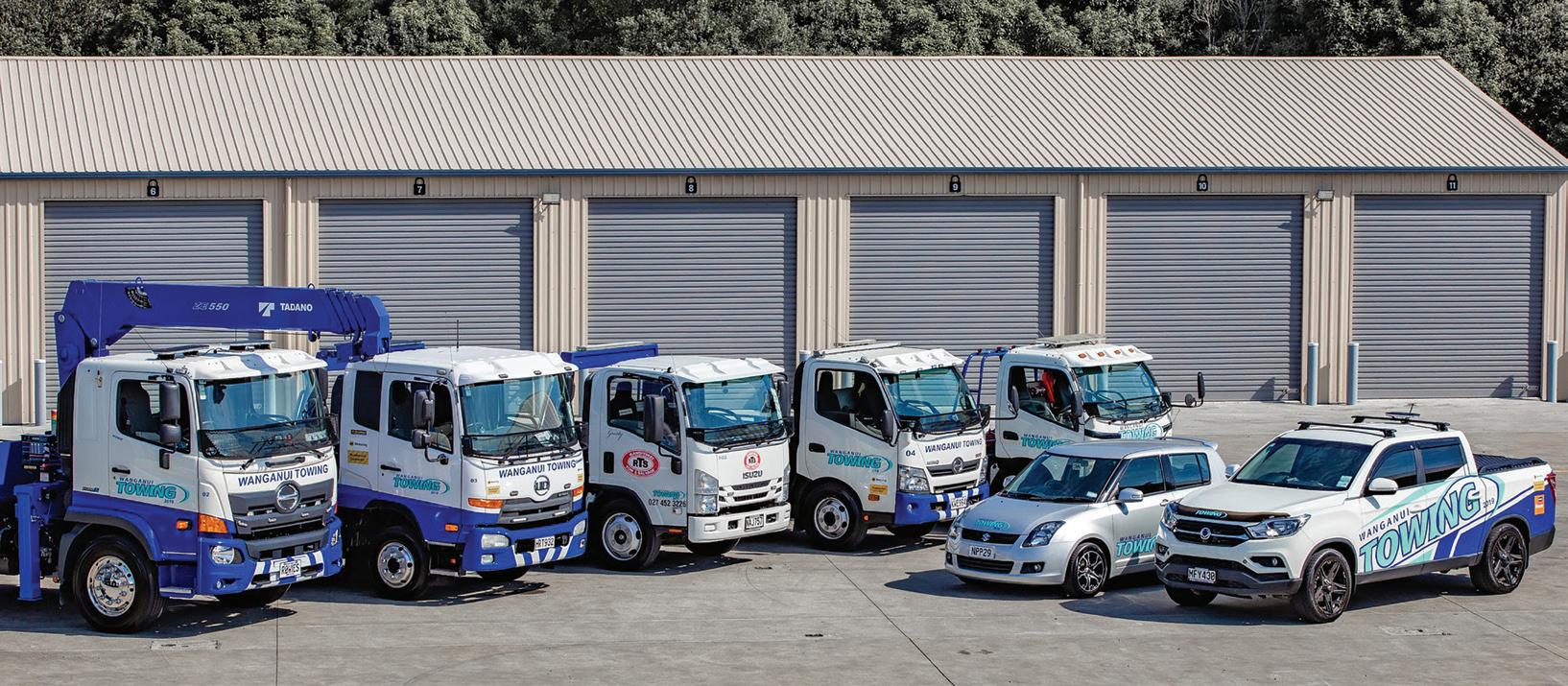

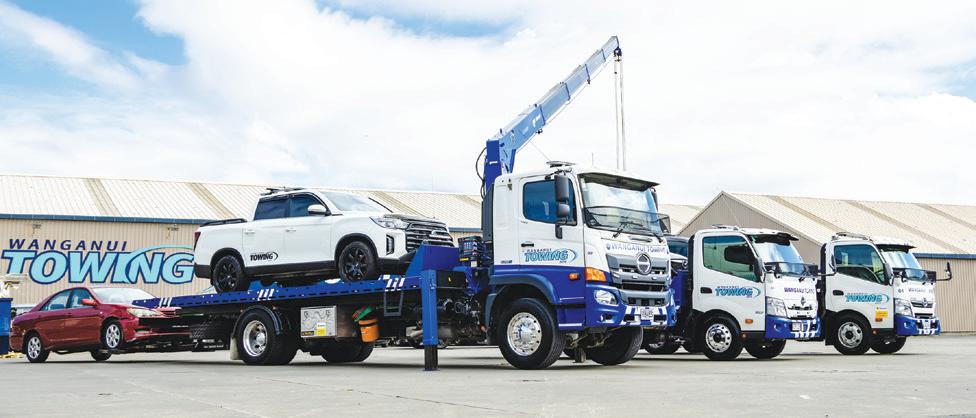


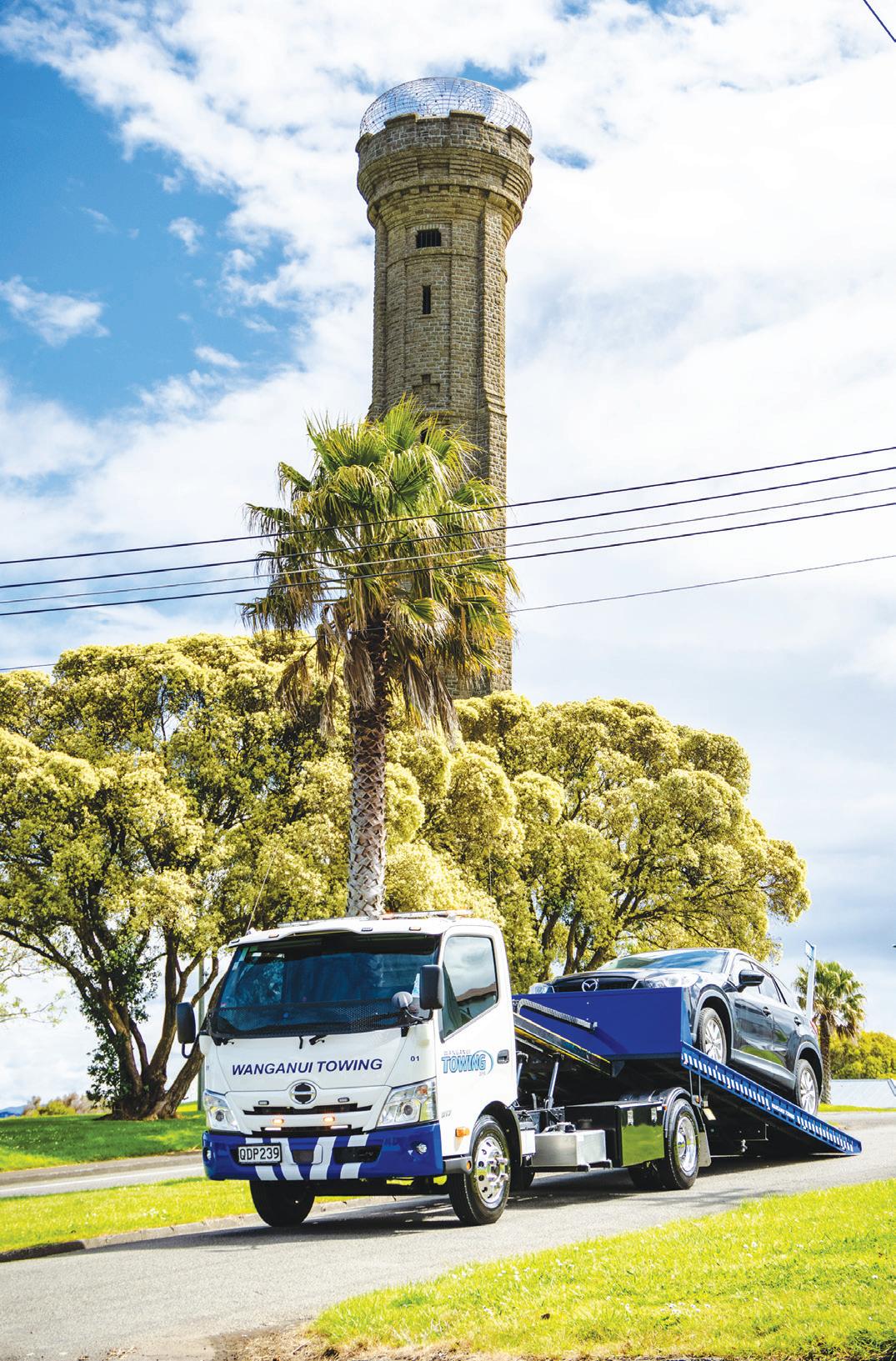
B&C | 53 06 241 7266 | info@wanganuitowing.co.nz | 027 443 5449 (24-7) | 1 Liffiton Streeet, Gonville, Wanganui | www.wanganuitowing.co.nz BIG OR SMALL WE TOW IT ALL! We offer a full 24-hour towing service, providing prompt, efficient and courteous attention to vehicle breakdowns and disposal needs. 24 HOUR TOWING SERVICE SERVICES: All Vehicles and Bikes • Accidents / Breakdowns • Crane Recovery Assistance • Machinery Lower NZ vehicle transport (Wanganui, Taranaki, Central Plateau and Wellington)
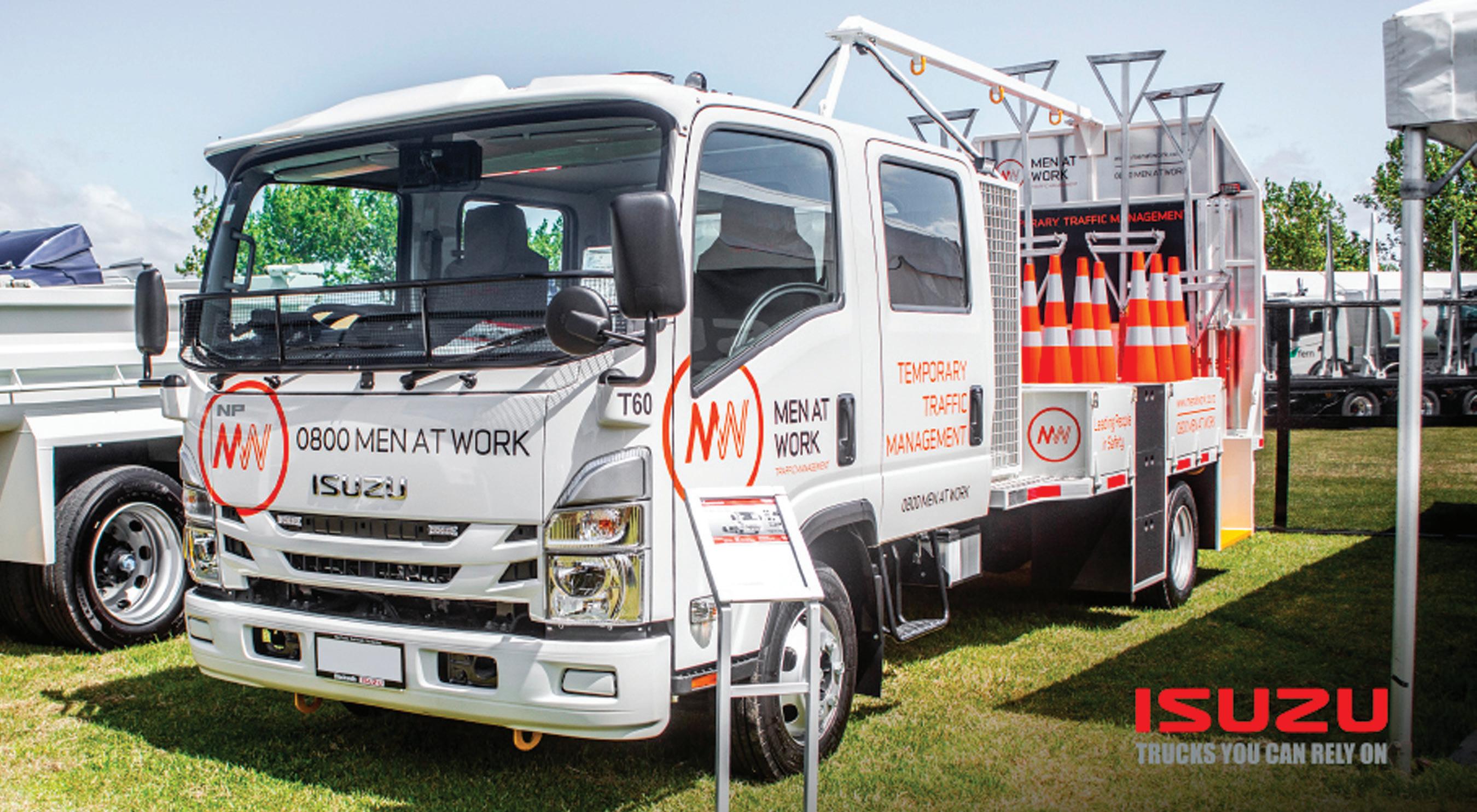
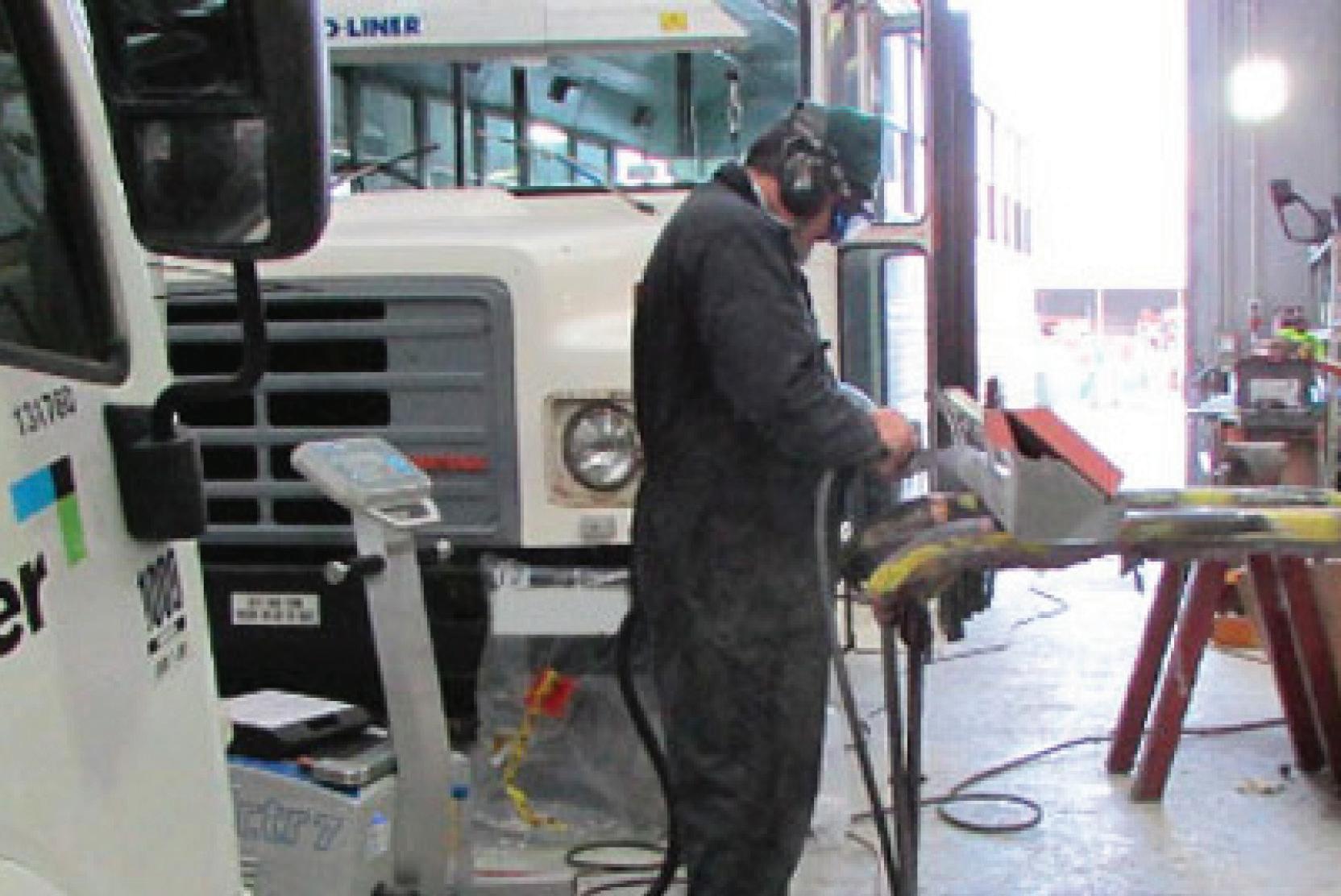

54 | B&C EV TRUCKS | NEW | USED | PANEL & PAINT | SERVICE | PARTS BLACKWELLS ISUZU www.blackwellsisuzu.co.nz
Isuzu
Over
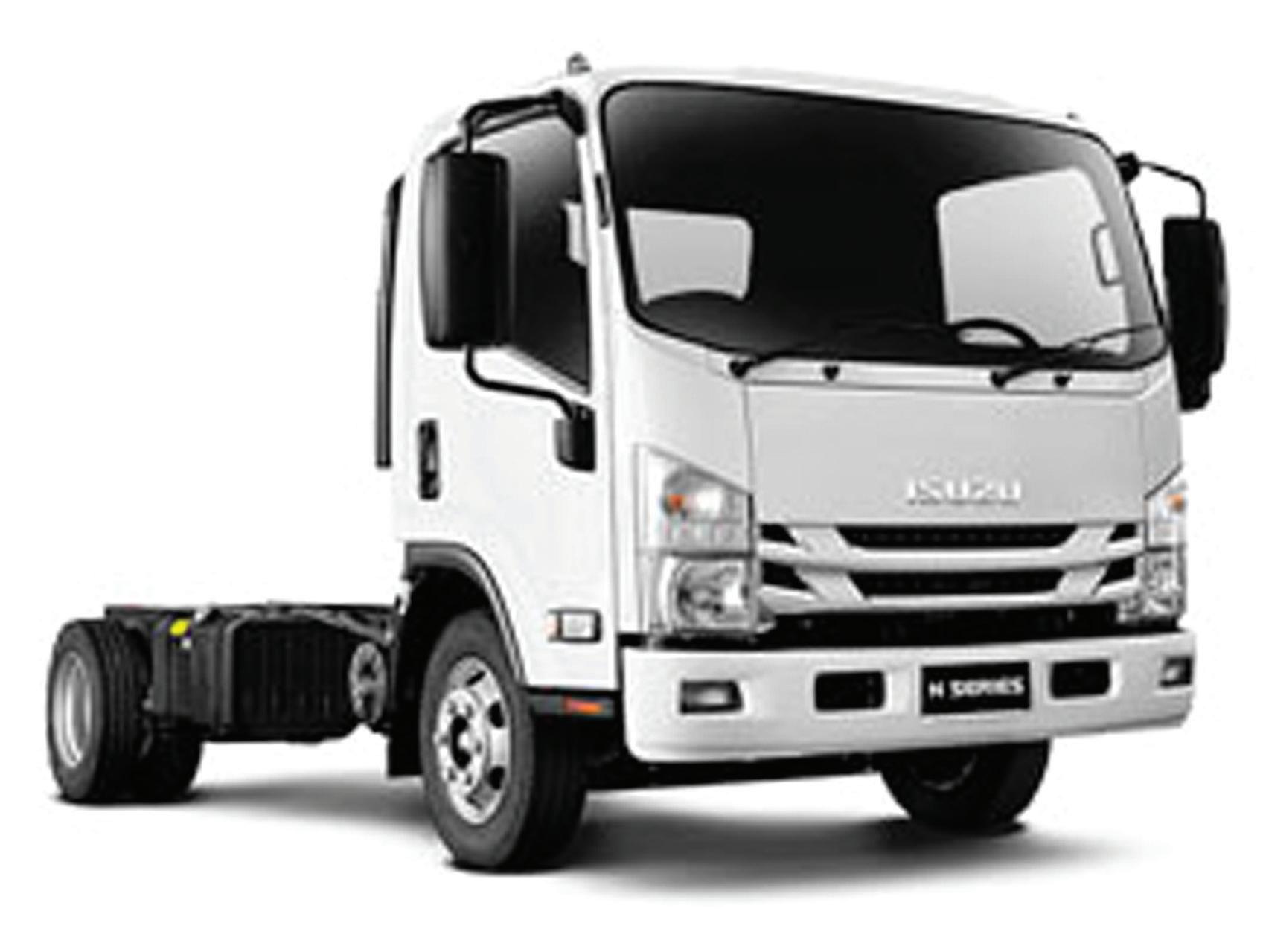
9
B&C | 55
Waterloo Road, Sockburn, Christchurch
Island's Largest truck dealership, consistently selling over 100 new Isuzu trucks each year.
South
80 different
available
Cab, Chassis to Spec Units
models
From
service
03 344 5733 Contact Us Today!
Top level
tailored to your requirement Japanese commercial import specialists
for quality,
performance.
is one of New Zealand's largest selling truck brands, representing a range that stands
versatility, reliability and
A better building framework
Established in the early 2000s, the Frame and Truss Manufacturers’ Association (FTMA) represents the great majority of frame and truss manufacturers in the country.
FTMA Member Services executive, Peter Carruthers, says the association came about when people encountered issues such as non-compliance and poor quality.
“A number of the manufacturers thought they better get together and sort it out,”
Peter says. Hence the FTMA was formed with a code of conduct.
“We promote good standards of business operation and conduct and we look for certain minimum operational standards or qualities.
“For example, we look at health and safety policies and evidence of a working system. We’re not expecting world class systems, but we’re looking to see if a company has policies in place and is monitoring its own performance.”
We also look for evidence of customer complaint handling and resolving any issues that arise.
Peter says this is indicative of an operation that is well run to meet customer needs and looks after staff. “It’s fairly standard. Many other industry associations would do that,” says Peter.
FTMA also wants to work with their members to help them understand new building codes and updates. “We’ve been quite active in that area,” explains Peter. “We were heavily involved in the discussion around the changes to H1 and building energy efficiency.
“While it’s not making a huge impact on us at this stage, we need to understand it and advise our members”
They have also been involved with the Government embarking on the building code for Building for Climate Change, which sets out to minimise greenhouse emissions that are generated in the building process.
Peter says there’s a lot of waste generated from the building process. “Frame and truss manufacture is very efficient, but a lot of the waste may be from packaging materials.
“All the timber comes with plastic wrap for rain protection and all this wrap ends up places. So, the question is; what can be done to better manage it?”
Knowledge of issues and discussions within other industry participants means crosssector communication is easier. Peter says it’s easy to become isolated within your own industry and mistakes can then be made in ignorance.
“Points of contact might not need to be frequent, but with communication between the various sectors, hopefully over time we can iron out bugs, so at the end of the day everyone is happier and there’s less call backs and stuff ups,” he says.

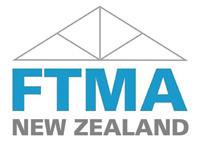
Like many construction and building industries, FTMA is promoting and working closely with training organisations.
The FTMA has a close working relationship with the Building & Construction Training Organisation to promote training and upskilling the workforce in members operations.
“The number of people going through apprenticeships has increased strongly. It’s better but we want to see more,” he says. Given the last few years, Peter says many members in the frame and truss industry (as well as many other construction-based industries) are feeling vulnerable due to the staff and skill shortage.
“Companies are thinking about ways to reduce exposure to labour by investing more in equipment and automation so reducing the human hands needed,” he explains.
“It’s doing away with jobs but that is what people have to do to be competitive.
“They’re continuously looking at improving quality and reducing time, and thinking about what more can be done offsite.”
Frame and Truss Manufacturers’ Association
021 912 977 member.services@ftma.co.nz
www.ftma.co.nz
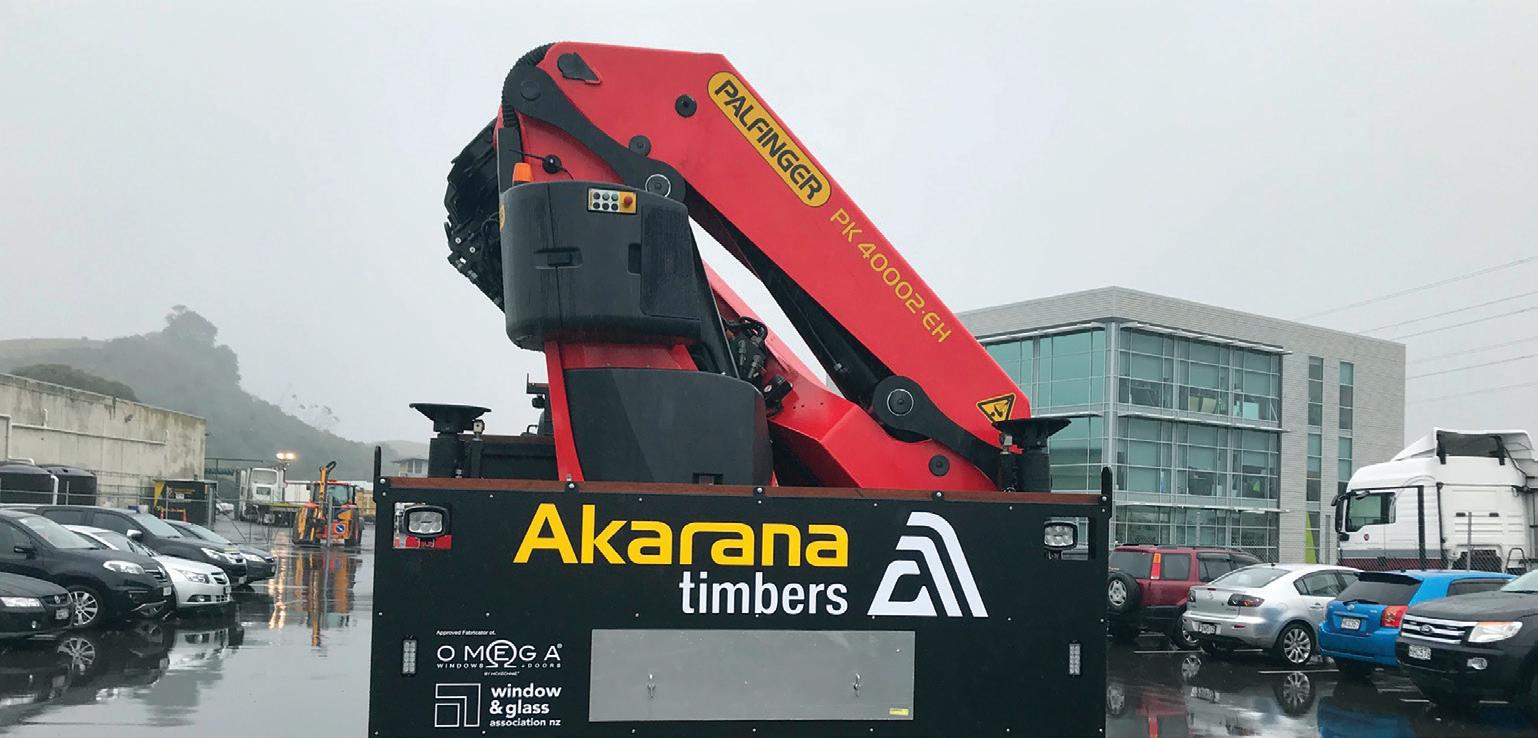

56 | B&C Your Leading Independent Frame & Truss Provider for all your Residential & Commercial needs. Northland | Auckland | Waikato | Canterbury www.akaranatimbers.co.nz 0508 252 7262 Nationwide Coverage Frame & Truss Manufacturing State-of-the-art Automated Factory Floor Manufacturing BTLS
Association
Frame and Truss Manufacturer's
Custom
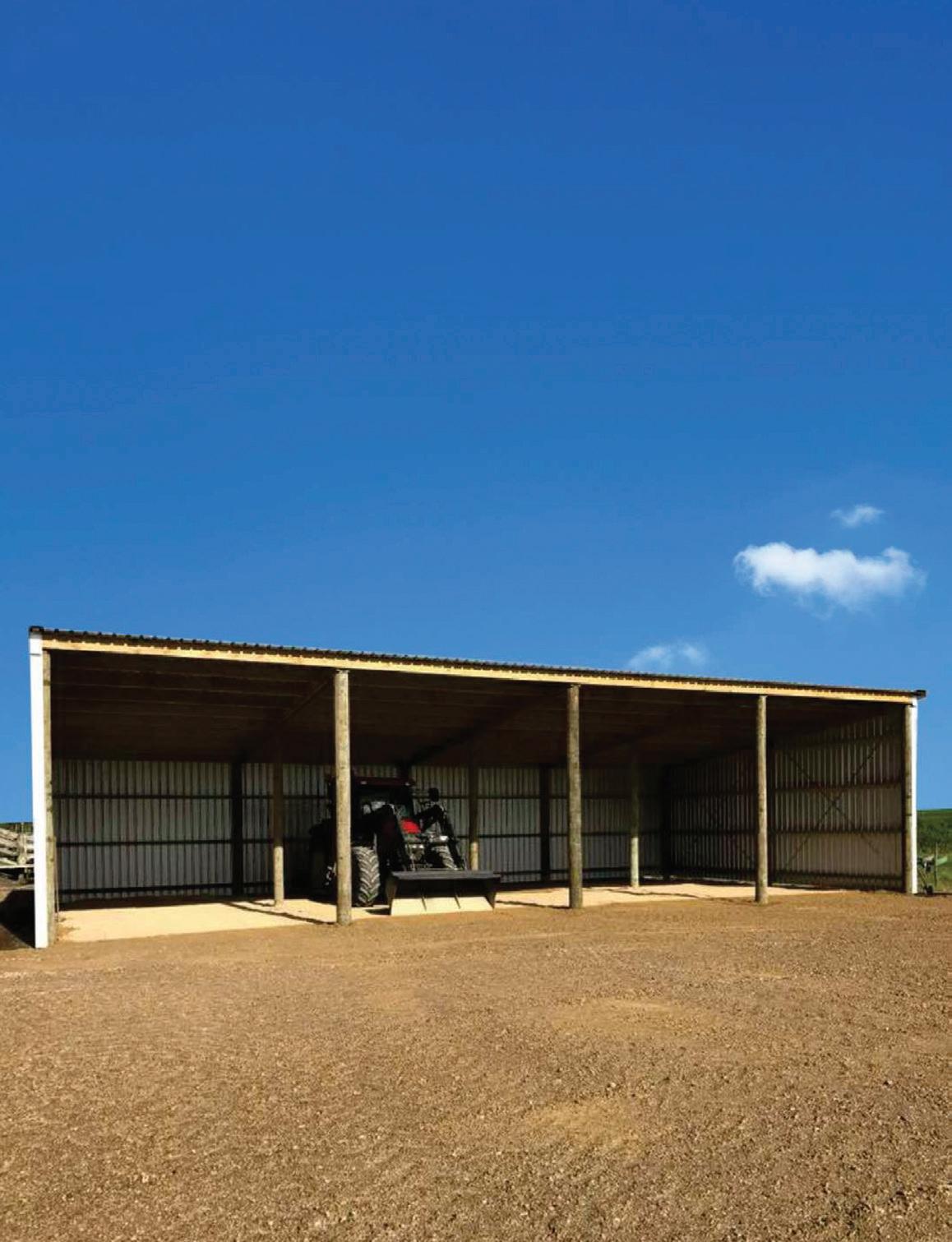

•
•
•
•


B&C | 57 www.eastownbuildlink.co.nz
Timber
Framing
Decking
• Fencing
• Roundwood
Hardware
Hand & Power Tools
& Stains
Wire
Netting
Cement
• Trellis •
•
• Paints
•
&
• Concrete &
Roofing Products 4 Holyoake Street, Whanganui East, Whanganui 06 349 0040 office@eastown.co.nz Farm Sheds
designed to your specifications
on the
in Town.
Buy Better. Build Better.
We Stock a huge range of quality Outdoor Timber and Fencing materials. Our Kitset Farm Sheds are very popular and we can design a custom package to suit your needs whether
Farm
We also produce high quality custom made Trellis Panels and make Farm Gates to Order. We have a delivery vehicle to suit any size job and can arrange delivery of orders direct to your site in a timely manner.
No job is too big or too small
Kitchens, bathrooms, and laundries, to commercial fit outs and everything else in between! No job is too big or too small for the team at Newton Gordge Joinery in New Plymouth. The team takes extreme pride in delivering expert craftsmanship and has a passion for creative ideas.
The company was established in 1981, taking the name of its owner-operator Newton Gordge who has over 40 years experience in the trade serving both domestic and commercial clients with kitchens and a large variety of projects in Taranaki and nationwide.
After Newton's retirement in 2016, former apprentice and foreman Scott Dudley with 18 years service to Newton Gordge Joinery took ownership of the business, moving forward as Newton Gordge Joinery 2016 Ltd. Scott is a born and raised local who prides himself in providing friendly and professional services and ensuring each client receives the end result they desire. No job is too big and no job is too small as
the team is able to provide a wide range of services to meet the needs of its diverse client base.
Kitchens are a big part of what they do.
It’s the heart of the home which is why the team will work with you to create a kitchen that is exactly what you want and need. With so many different material products, there is something for every home.
The team will use a computer aided design programme, enabling them to show you a 3D image of your kitchen prior to finalising your order.
Kitchens are a big part of what they do. It’s the heart of the home which is why the team will work with you to create a kitchen that is exactly what you want and need.
Domestic joinery is also in high demand, from bathroom vanities, laundries, wardrobes and so much more. The team is sure to be able to help with that full house renovation or new build. If it’s some
storage alterations or tweaks around the house that you’re after, then give this capable team a call, no job is too small.
Commercial joinery is an area of work that Newton Gordge Joinery are extremely proud of. From school fit outs, business offices and restaurants, all of their work is crafted to a high standard. Newton Gordge Joinery incorporates cutting edge skills and design into their work to create unique
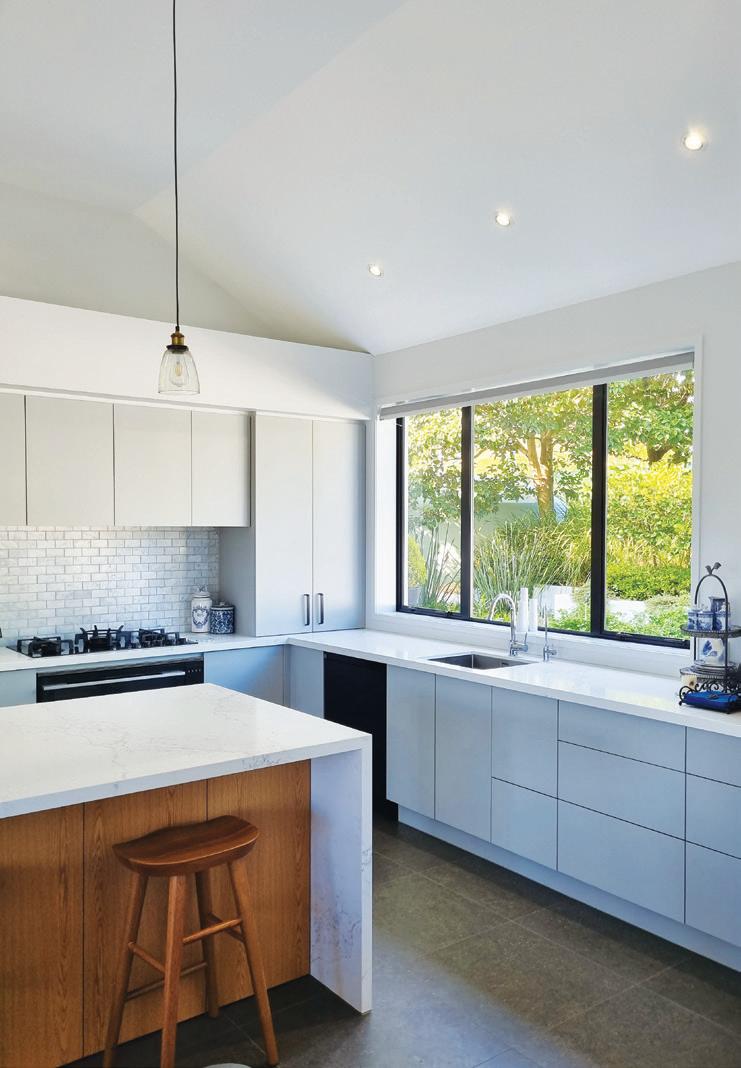
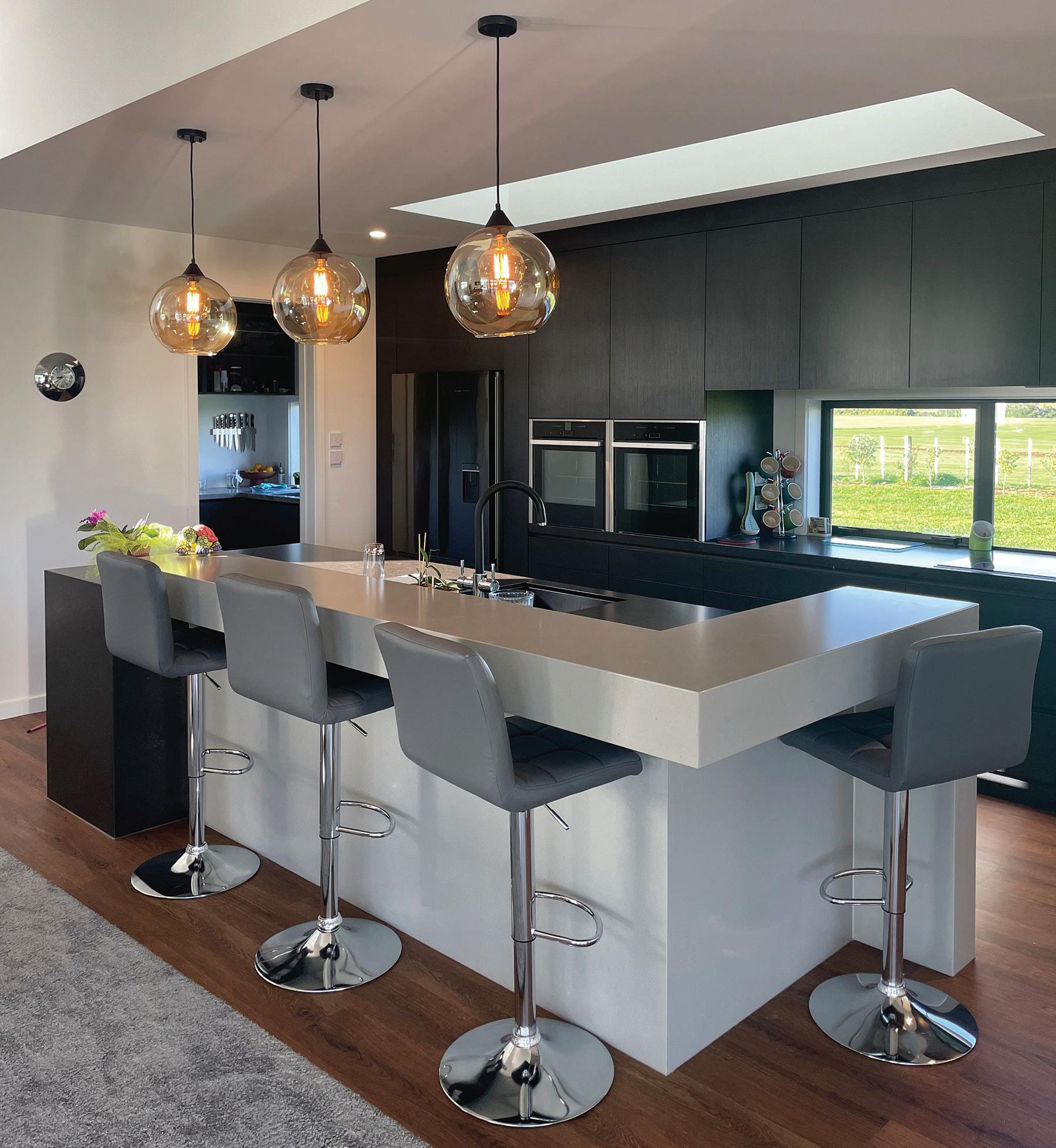
and innovative joinery solutions. Included in their services to you is an in-house site measure, design, delivery and installation. Whatever you are after, they are sure to bring your dreams to reality. No Job is too big or too small!
The team at Newton Gordge Joinery are just a phone call away on 06 751 5065 or you can pop in and see them at their showroom at 67b Breakwater Road, New Plymouth.
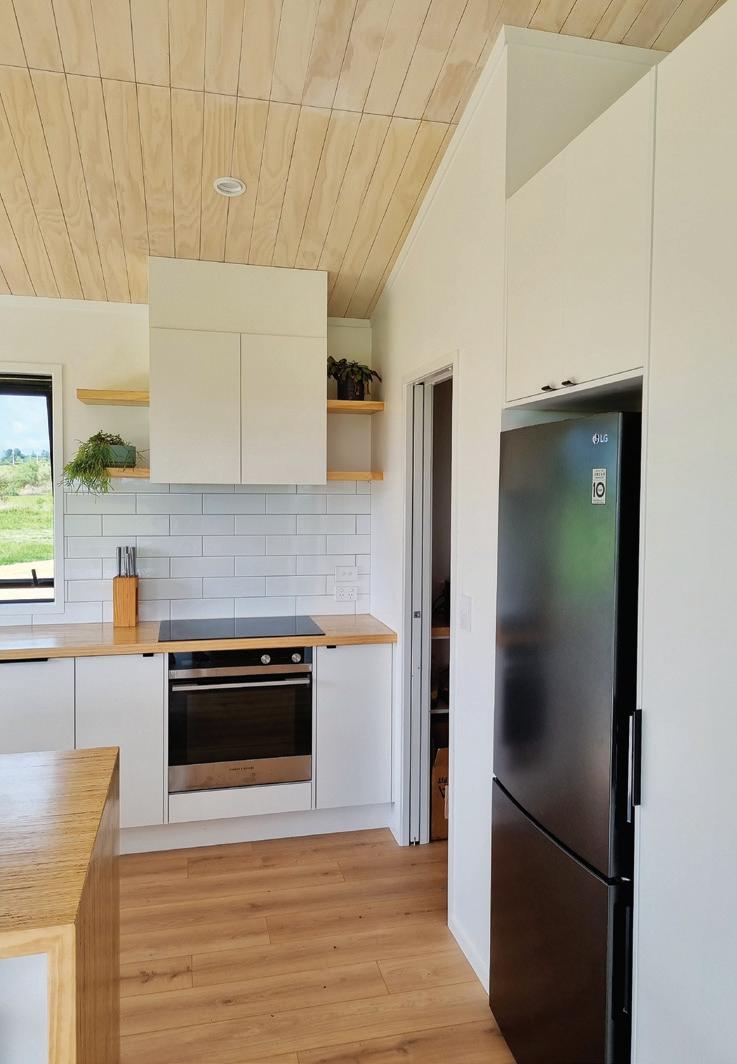
58 | B&C 06 751 5065 designs@newtongordge.co.nz 67 Breakwater Road, New Plymouth www.newtongordge.co.nz • Kitchens • Domestic Joinery • Commercial Joinery NO JOB IS TOO BIG OR TOO SMALL
Eastown Timber is your destination for exceptional timber processing in New Zealand
Our team of dedicated experts have a wealth of experience, we are at the forefront of the industry, driven by a passion for crafting timber into remarkable creations.



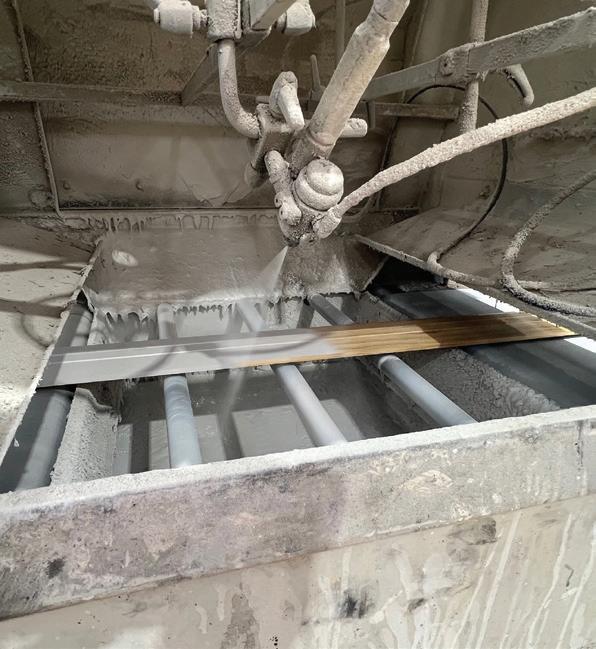
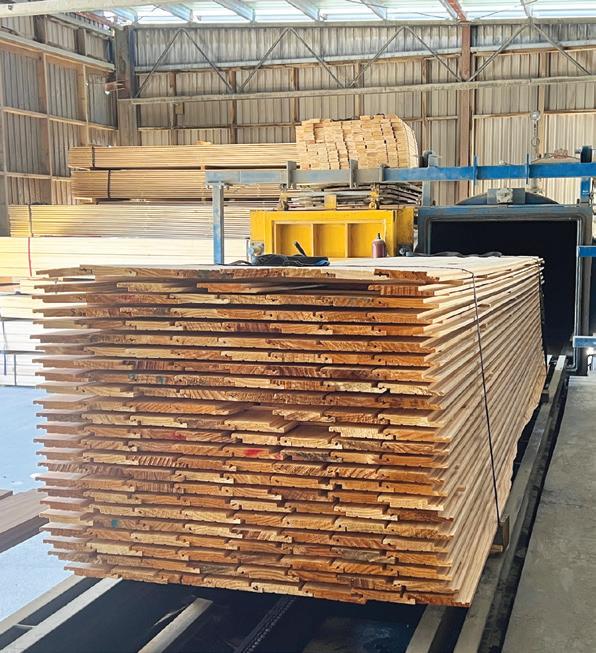
Current services available:
Timber profiling up to 300x100 mm
Re-sawing
Treating LOSP H3.1
Coating – Prime, Topcoat, Staining, Charring
Defecting and cut to length
Timber grading
Lamination
Custom production
Packaging for transport/export
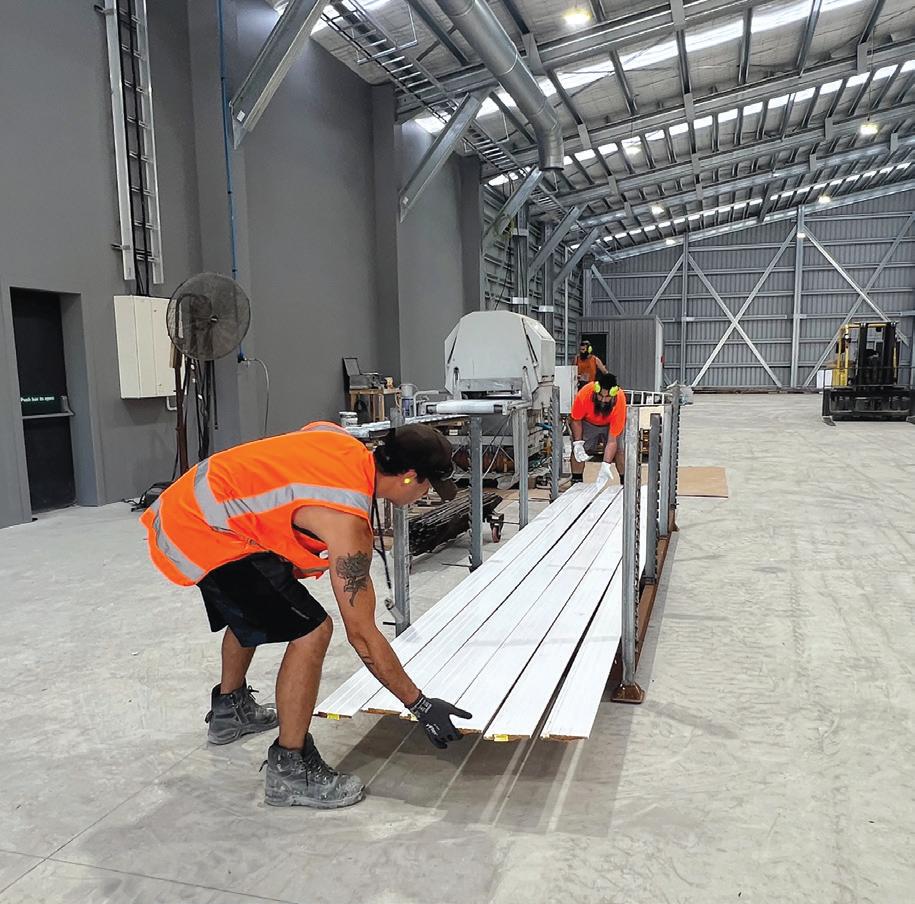
We are approaching completion of the rebuilding of our plant following a fire in 2022.
Once complete we will also be offering:
CCA H3.2, H4, H5
Steam drying Kiln drying
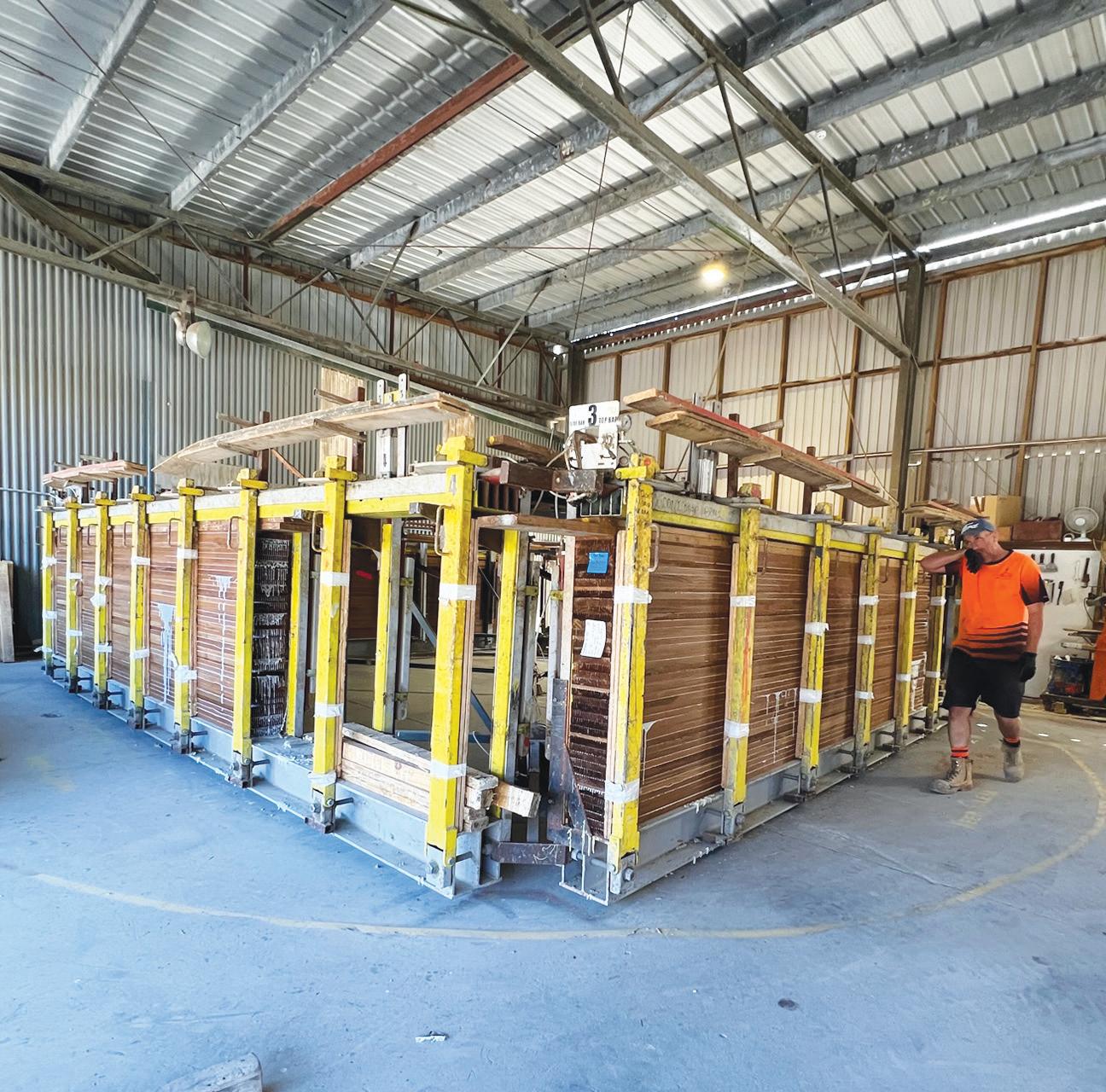
B&C | 59
GET IN TOUCH TODAY to discuss your future timber processing requirements 4 Holyoake Street, Whanganui East, Whanganui 4500 Phone 06 349 0040
Industry reacts to H1 updates
Energy efficiency changes enacted
By Ben O'Connell

The construction industry has faced many challenges adapting to the new H1 clause changes.
The new H1 clause transitions from November 2022 to 2023 have brought New Zealand in line with the insulation requirements in other first-world countries with comparable climate zones.
Dave Gittings, manager of Building Performance and Engineering at MBIE, says they’re the biggest energy efficiency changes to the Building Code in a decade.
“The initial transition period for residential buildings was extended in response to the pressure on the sector related to COVID-19,” he says.
“The changes established six new climate zones through the country with specific minimum insulation requirements for roofs, floors, walls, windows and doors for all new and major alterations to homes and buildings.
“The new requirements aim to reduce the energy needed to heat homes by up to 40 per cent versus the previous requirements, leading to positive health impacts for New Zealanders and enabling people to heat their homes more easily and efficiently.”
H1 specialist Anthony Broatch from Reshape Consulting says this wasn’t a small change.
“For residential buildings, the insulation requirements for roofing, windows, and suspended floors have roughly doubled. In commercial buildings, the insulation requirements have increased to a larger degree,” he says.
The requirement for windows has moved from single glazing to double glazing, the requirements for roofing insulation have increased between two and four times, and the requirement for flooring has roughly doubled in some climate zones.
In warmer climate zones such as Auckland and Northland, insulation requirements in walls have increased by over seven times.
“As you can imagine, these changes result in large construction cost increases for the building industry,” he says. “Also, ‘standard details’ for construction have had to be completely changed in many instances.”
Anthony says changes in glazing requirements have probably been the biggest challenge, especially in commercial buildings and high-end residential where glazing forms part of the structure.
One example is large glazed walls, as structural thermally broken frames just didn’t exist in New Zealand. This means that for many projects, imports are required. Large double-glazed units are significantly more expensive than singleglazing for commercial projects.
Antonia Reid, Director for Climate Change at MBIE, says the future of energyefficient buildings starts with having a better understanding and approach to operational efficiency.
This ensures homes and buildings are healthy and comfortable to be in while also reducing energy and water use and associated emissions.
“We want to enable building owners to feel empowered, know their options and what to ask for to get an efficient building to operate with a low climate impact.”
She says that through smart building design, we can be healthier, reduce carbon emissions, reduce peak electricity demand, and save on power bills for homes and businesses.
Greater energy efficiency and improved thermal performance reduce the costs of maintaining a healthy and comfortable indoor environment, which means fewer people suffering energy hardship.
The changes established six new climate zones through the country with specific minimum insulation requirements for roofs, floors, walls, windows and doors for all new and major alterations to homes and buildings.
“Transpower estimates peak demand could increase from 7.3 GW in 2020 to 8.9 GW by 2035 and 10 GW by 2050.
“Less energy demand from buildings, especially during winter evenings, could reduce the amount of higher emission electricity, such as that produced by coal-powered generators, needed to meet peak load.
“A lower peak load could also improve the resilience of energy infrastructure. Our energy infrastructure is under the most pressure at peak times, and reducing peak load could help improve reserve capacity, reducing the need to build new energy infrastructure.”
Anthony says that due to large construction cost increases because of H1 clause changes, there’s been a large uptake in modelling methods to prove compliance.
“This is because the H1 modelling method (H1/VM1 and H1/VM2) allows us to consider both space heating and cooling energy use whereas the other methods (schedule and calculation) consider only heating.”
The modelling method also considers cooling, including solar shading in existing designs and glazing types for solar performance.
Good solar shading translates to reduced cooling energy use. As a result, less insulation is required, which can significantly save costs.
“The other unexpected consequence, or though some might say expected, is building overheating. With increased insulation and no consideration for solar shading in the current standards, we can very easily create extremely warm indoor temperatures.
“This is because many new buildings allow large amounts of solar energy into a building, but the large amounts of insulation mean there is no way for it to escape.
“Once the building is built, the only real option to solve this is to install air conditioning. Ironically, this means we have made changes to make homes easier and cheaper to heat, but at the same time, we have made them much harder and more expensive to cool.
“This is a particularly concerning issue for apartments where it is sometimes impossible to install air conditioning if there is no deck space for an outdoor unit.
“The overheating issue is something that is already been addressed in other countries, so it should have been looked at when implementing the new H1 changes.
“For example, the UK implemented regulations in 2022 that require overheating to be controlled by limiting unwanted solar gains in summer and also providing adequate means to remove heat.”
The overall focus extends beyond energy savings to creating healthier, more resilient living and working environments, supporting a sustainable, low-carbon future.
Reshape Consulting are H1 specialists and engineering consultants that can guide you through the intricacies of each of the H1 building code clauses and help you achieve compliance without compromising on energy efficiency or aesthetics. Contact the team at: www.reshape.co.nz
60 | B&C
Building Code
The future of insulation is more energy efficient.
Whether
need retrofit or in-situ concrete edge insulation,
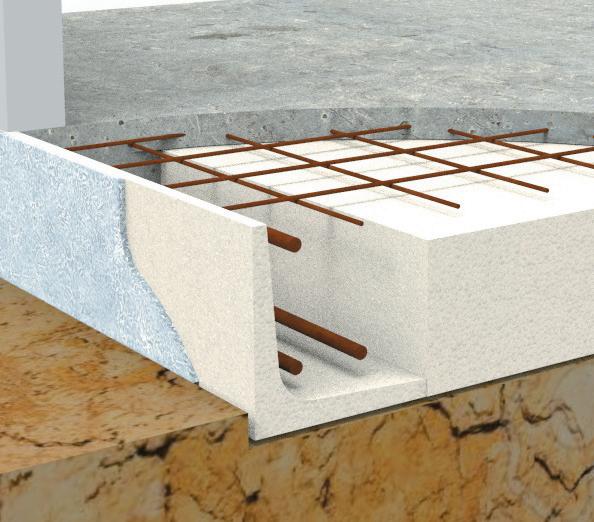
MAXEDGE comes pre-coated for clean, fast and easy slab insulation.
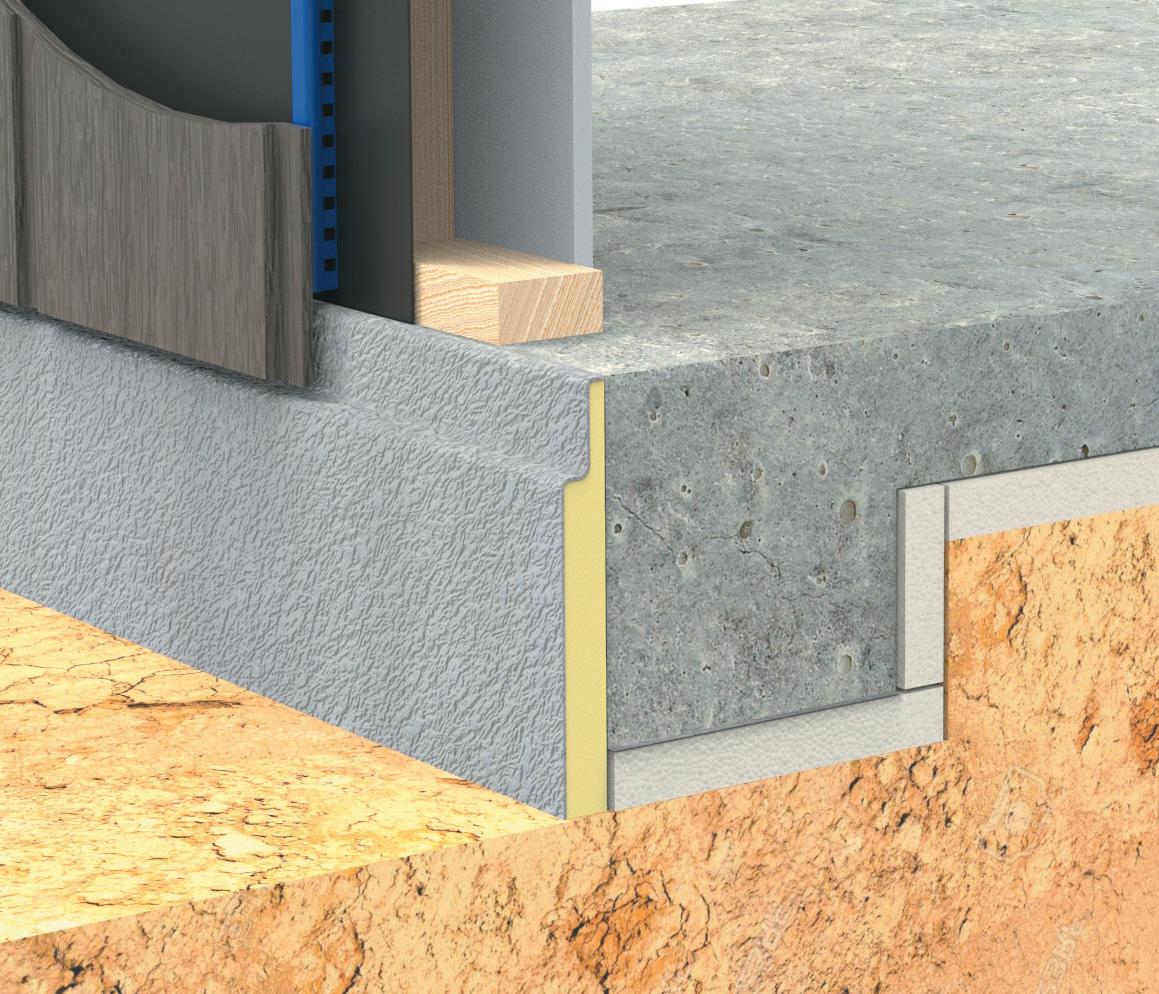
Pre-made L Shape Perimeter Slab Insulation designed for in-situ applications
MAXEdge is a simple solution for your concrete slab perimeter that exceeds H1 requirements
Fast and Easy: Pre-made L-shaped perimeter insulation that fits inside the formwork
Standard heights: 305, 320, 385, 400 & 420mm to suit any raft slab, bespoke heights are available
MAXEdge perimeter insulation comes in lengths of 2.4m
Suitable with any frame size
If

THERMASLAB/ EDGE the product of choice for specifiers and the construction industry.
THERMASLAB SLAB EDGE INSULATION
THERMASLAB/EDGE increases the thermal performance of a building - suitable for retro-fit applications
A simple, cost-effective slab edge insulation system
Designed to meet new H1 standards
No painting required, saving time and money
Exceptional insulation values
High water resistance
Construction R-value 1.0
Lightweight and easy to handle
B&C | 61 Contact EXPOL P: +64 9 634 3449 F: +64 9 634 0756 Quotes/Technical T: 0800 86 33 73 E: tech@expol.co.nz Website www.expol.co.nz EXPOL Product Training T: 0800 86 33 73 www.expolexpert.co.nz Sales T: 0800 86 33 73 E: sales@expol.co.nz Learn about our recycling initiatives Website www.expolearth.co.nz Sustainability E: sustainability@expolearth.co.nz Guaranteed Performance 4 RECYCLABLE PACKAGING LDPE RECYCLABLE PRODUCT EPS 08/2023 Guaranteed Performance Patented Technology NEW GENERATION Consciously designed & engineered New Slab Edge Insulation technology that outshines the H1 Standards
you
EXPOL
Learn more about THERMASLAB/EDGE & MAXEdge products go to www.expol.co.nz
has got you covered with these two industry leading systems.
you
our
would like to talk to somebody about these products then please call
Technical Team on 0800 86 33 73 or email tech@expol.co.nz



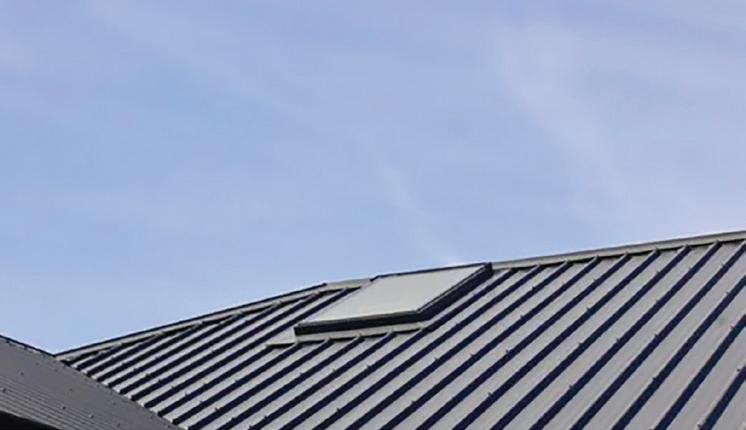

62 | B&C DIODE ELECTRICAL SERVICES LTD Do you need sound and lighting in the Whitianga area? Have you got an electrical problem? We can help! OUR SERVICES • Residential, Commercial and Industrial Electrical Services • Small or Large Jobs Welcomed • Renovations or Full House Electrical Fit Outs • Alternative Energy (Solar) and Off Grid Solar • Freeview Installations and Tv Set Up • Motorhome and Caravan Electrical • Hot Water Cylinders • Electrical Maintenance for the Bach or Holiday Home • Testing and Tagging Leads, Health and Safety Testing for Work Places • All Other Electrical Works As Requested! WorkandIncomeApproved GoldCarddiscountratesmayapply. Contact our team for your special event. Damon Christensen 027 355 1650 PA SYSTEM | SPEAKERS | LIGHTING • PLUMBING • ROOFING • DRAINLAYING • GAS SUPPLIER & FITTING 11 Purkiss Street, P O Box 925, BLENHEIM 7240 www.morganplumbing.co.nz t: 03 578 0060 e: info@morganplumbing.co.nz
Aculog scaffold safety systems
Developed on the Refinery Chimney project in 1995 by Macsway designers and engineers, Aculog scaffold safety systems were originally a scaffolding inspection system for us. It is now the standard for scaffolding safety throughout New Zealand, Europe, and Australia.
Aculog is an acronym for: Accurate Log, which is an accurate (correct, precise and exact) log (record of progress and performance).
Our definition of Aculog is an accurate record of progress and performance.
Aculog is now a system for logging the safety inspections and performance of all scaffolding businesses in the countries previously listed. It has evolved into a system that improves safety standards through:
• Improving the visibility, security and durability of scaffold safety status signs
• Ensuring monitoring both at the work site and at the office
• Maintaining the quality and integrity of scaffolds
• Being user friendly and easily understood by anyone
• Being readily installed on any site large or small
• Providing a cost effective solution to common problems in our industry.
Inspection and logs, as well as a status card that is placed on every scaffold telling the user the status of that scaffold, accomplish this. It records the details of the scaffold size, location, scaffolders and client. The labour section tracks the number of man-hours needed to assemble and take apart a scaffold. The blue card lists the tube and coupler, the green card lists the system scaffold and the yellow card lists the alloy mobile.
Most important is the Green Scaffold Safe Card, which lists the safe working load maximum on that scaffold and the maximum working on the scaffold and person or company who is requesting the scaffold. The purpose that the scaffold was originally built for and the job number or the code is recorded. Finally, the record will show the date and time of the last inspection and the comments for improvement along with the signature of the inspector.
With this status card anyone using that particular scaffold will know if it is safe and when it was last inspected.
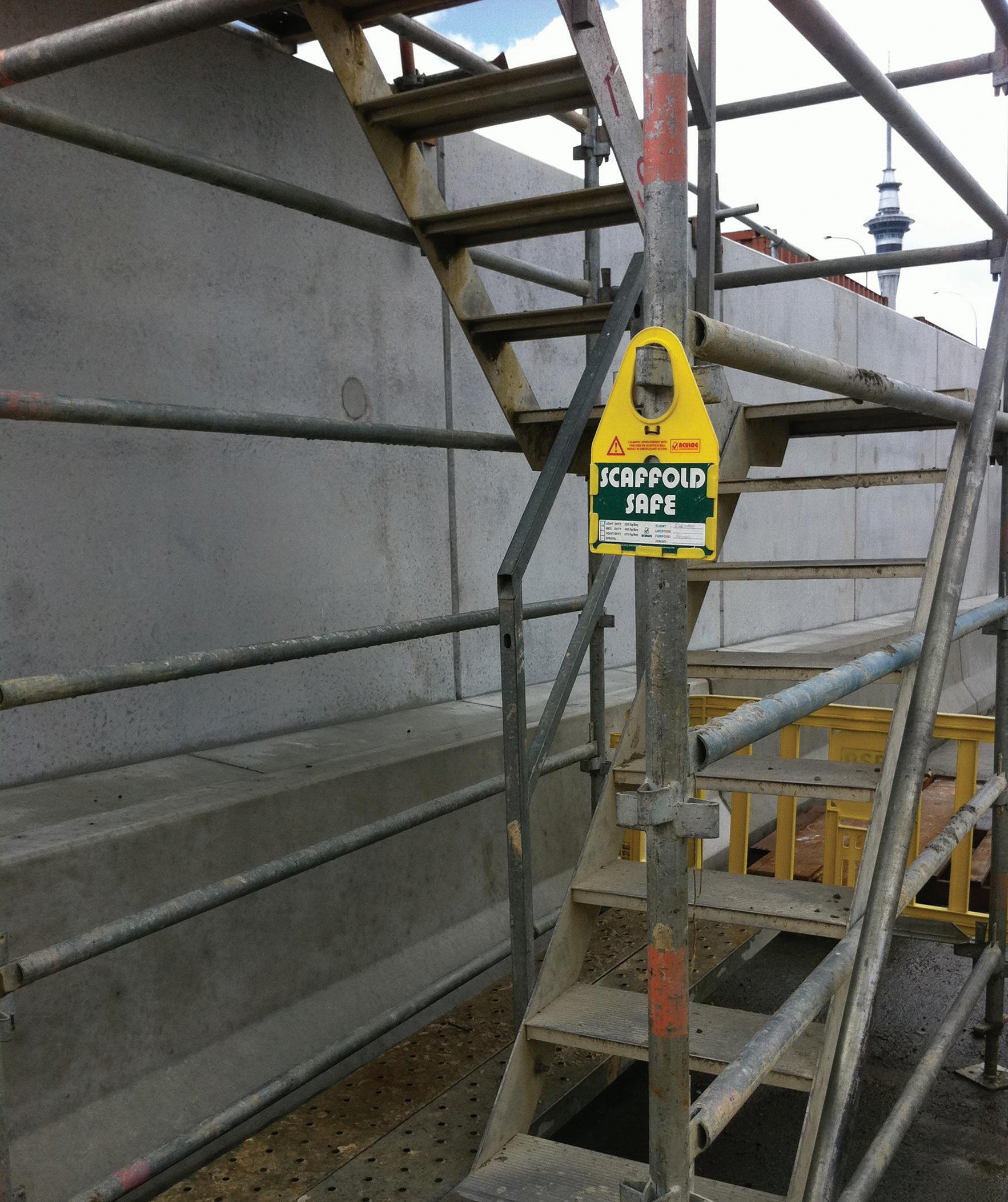
to stop the holder from becoming brittle from our harsh Aotearoa sun.
Aculog have three standard colours for holders, yellow, white and orange. These three colours stand out the most in an environment setting.
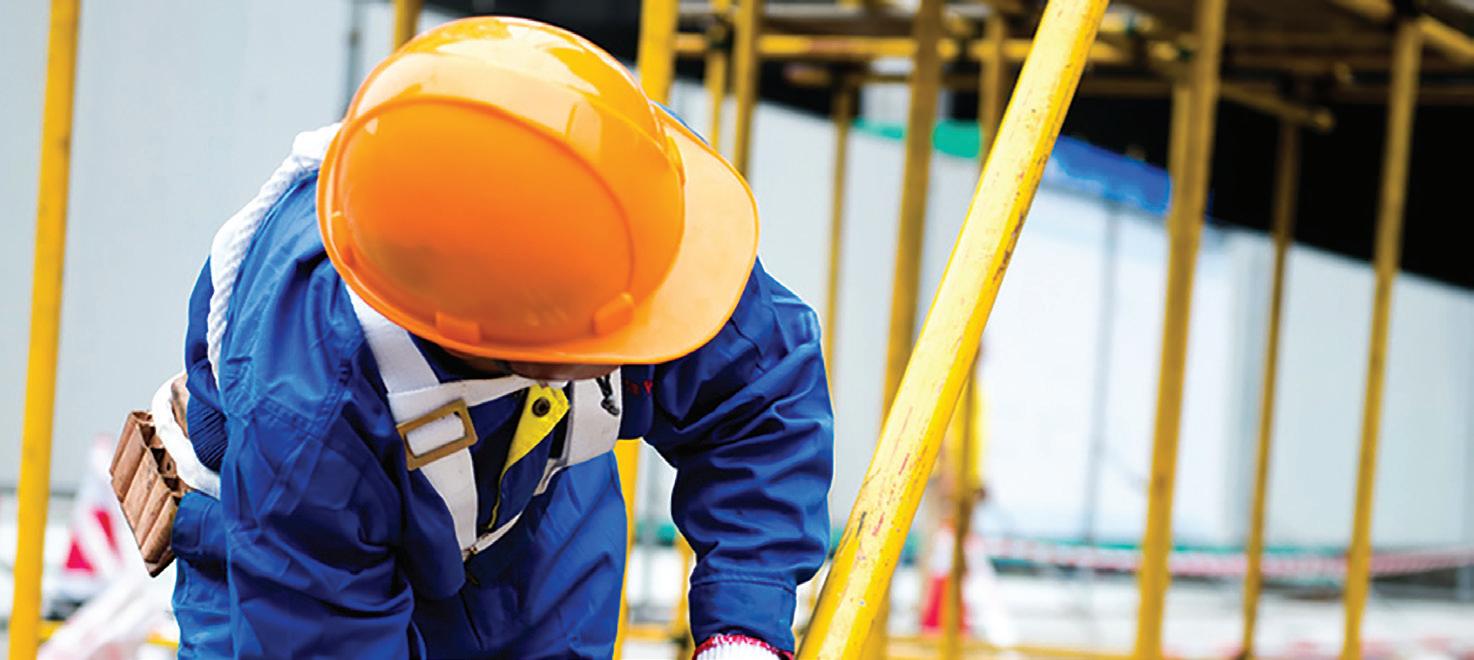
Aculog Scaffold Safety Signs
Aculog provide a range of durable scaffold safety signs.
Aculog is an Acronym for:
Accurate – Correct, precise and exact.
Log – Record of progress and performance.
Hence Aculog – An accurate record of progress and performance.
We thrive on getting your order out to you on the same day it is ordered. We use e-shipping which will email you directly every step of the way until it arrives on your doorstep.
Remember this is a system designed by scaffolders for scaffolders everywhere.
A cost effective safety solution to common industry problems
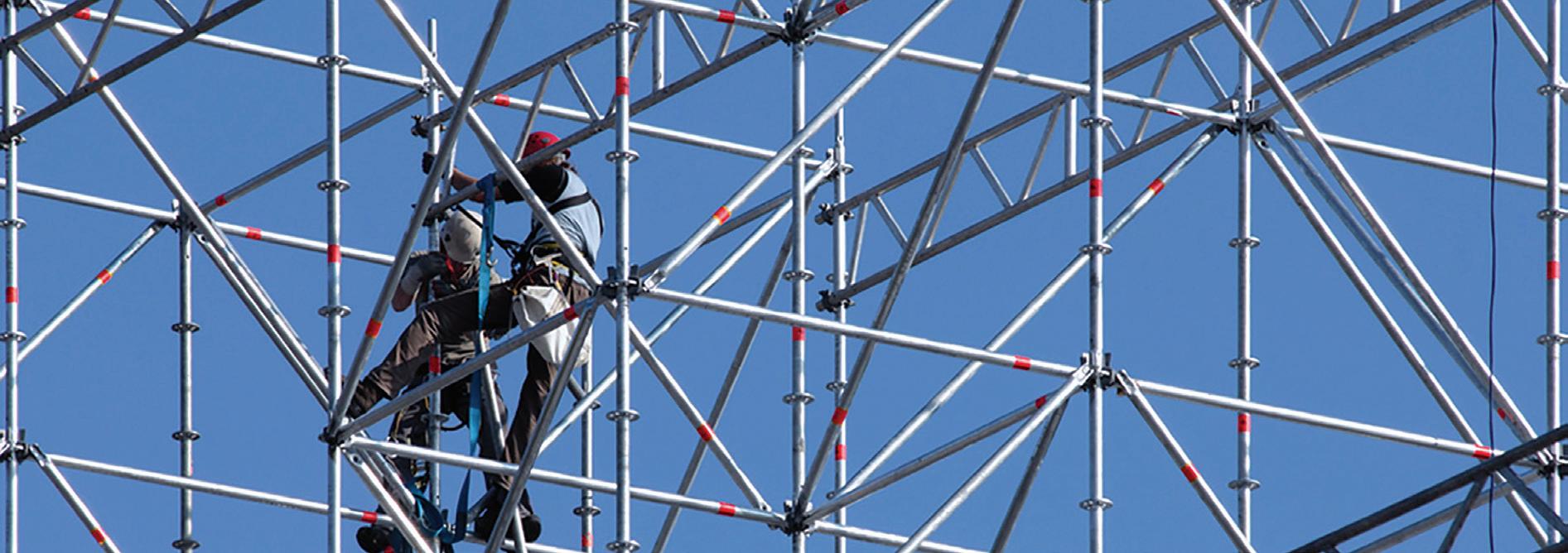
Aculog has been developed to:
• Improve Scaffolding Safety Standards
• Improve the visibility, security and durability of scaffold safety status signs.
• Ensure monitoring both at the workface and at the site office.
• Maintain the quality and integrity of scaffolds.
• Be user friendly and easily understood by the lay person.
• Be readily installed on any site large or small.
• Provide a cost effective solution to common problems in our industry.
B&C | 63 (09) 432 7643 | safetysystems@aculog.co.nz www.scaffoldsafetysigns.co.nz

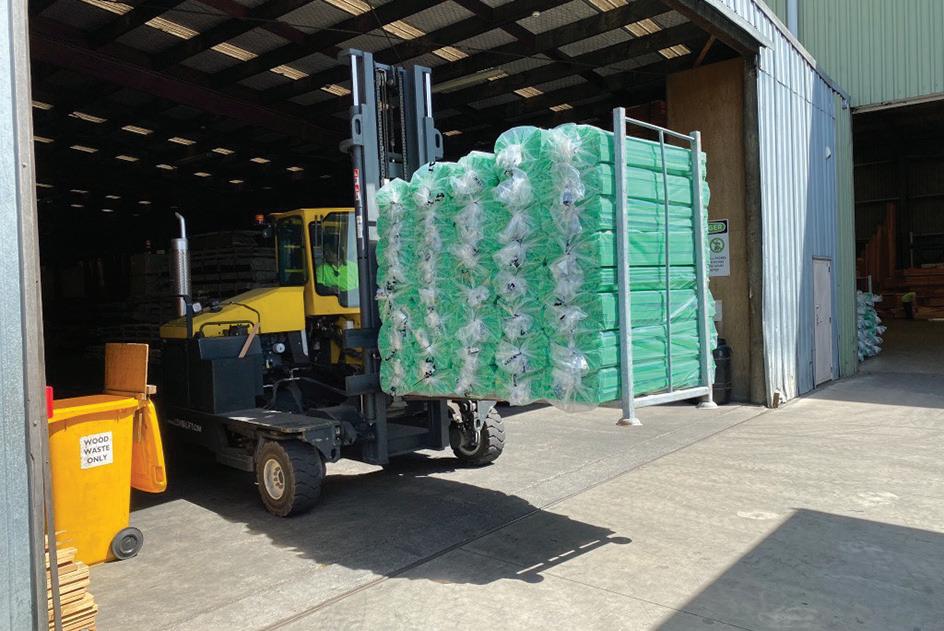
CAVIBAT Cavity Batten System provides the ultimate solution in the defence against moisture in wall and roofing systems.
It provides a drainage plane with maximum ventilation for the removal of dew point moisture. Cavibat’s next generation batten is designed for strength and durability
cavibat.co.nz
0508CAVIBAT

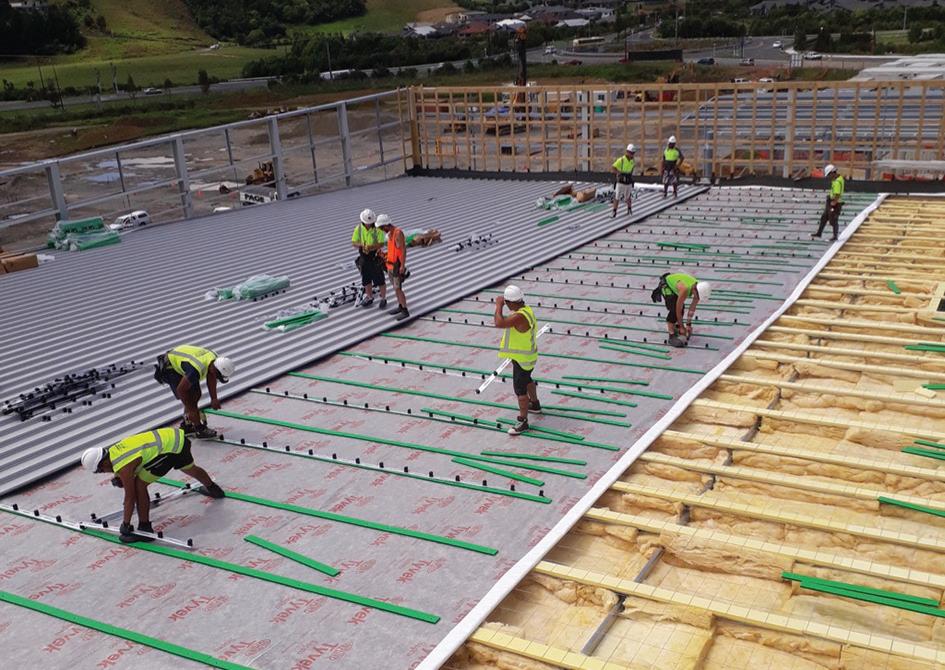

Sealing the deal
Among other things,
key
traits
of a healthy home are that it’s warm and dry which is often determined by the home’s weathertightness.
Given New Zealand’s reputation, healthy homes are hard to come by. However, fed up with leaky homes, poor ventilation and heating, more Kiwis are questioning the status quo in hope of a better future.
The weathertightness of a building can have huge ramifications as argued in the case against James Hardie, the former-owner of Harditex cladding.
Not only can a building’s weathertightness determine the building’s overall wellbeing, but ours as well.
A long time coming, the court case involving Harditex cladding is just one example of New Zealanders questioning what’s on offer in regard to the weathertightness of their homes and buildings.
BRANZ recently partnered with the University of Auckland to conduct a longitudinal study, Growing Up in New Zealand, that looked at how weathertightness impacts the health of our most vulnerable.
In the study, children were asked to record temperature and humidity readings at home during bedtime and at school over two days. After collecting the data from study participants, researchers were able to determine that about one out of seven children participating in the study were living in spaces that were either too cold or damp which negatively affected their health.
Although the percentage of participants shakes out to be about 14 percent, it doesn’t include other people living in the home. In other words, more New Zealanders can be affected than represented in this study.
Excessive moisture can cause homes and buildings to rot and deteriorate prematurely and increases the likeliness of respiratory infections in building users.
The study also found that to maintain a healthy humidity level of 50 percent, bedtime temperatures should range from 19-25°C.
There’s the saying ‘health is wealth’ so why wouldn’t we want to set up New Zealand’s children with a lifetime of wealth by providing them the healthiest start possible?
Building a healthier future
As many reading this already know, there are a number of factors which contribute to a home or building’s liveability.
One of the claims made in the aforementioned court case was that the cladding in question let moisture in without giving it a way out which could have been prevented if it was properly tested before it was available to purchase.
Unnecessary moisture can harm the building and its occupants and its consequences can grow in severity depending on how long the problem persists. Excessive moisture can cause homes and buildings to rot and deteriorate prematurely and increases the likeliness of respiratory infections in building users.
64 | B&C Future Proofing - Weathertightness

Although there are immediate benefits to improving building standards like increased building longevity and improved health outcomes for building users, there are also long-term benefits to addressing the lack of weathertightness in New Zealand homes.
In early June, MBIE published its Building for Climate Change submissions summary which includes respondents’ views on transforming operational efficiency, directly affecting the quality of indoor environments.
In the summary, MBIE reports that most respondents supported the idea of introducing thermal performance requirements.
The reasoning behind many respondents’ support includes a desire for New Zealand to catch up with international standards, improving health outcomes for
building occupants and the reduction of costs associated with heating and cooling buildings.
When asked how the new operational efficiency requirements should be implemented, most respondents agreed that a stepped approach should be taken.
The question of when the new requirements are implemented is another topic in itself with over half of respondents saying the initial goal of 2035 is too large of timeframe to implement the new requirements.
It’s suggested that the sense of urgency is due to the Government’s declaration of a climate emergency and the goals listed in the Paris Climate Agreement, ultimately to the benefit of New Zealanders’ health and living situations.


B&C | 65 Future Proofing - Weathertightness SERVICES •Waterproofing and Tanking •Concrete Protection and Repairs •Structural Repairs and Strengthening •Floor Levelling, Toppings, and Coatings •Grouting and Sealants •Flat Roof and Deck Membranes •Flooring Screeds - Epoxy and Polyester •Swimming Pool Sealing and Coating •High Pressure Injection - Epoxy and Polyurethane CONTACT US TODAY (03)453 0791 | 292 Kaikorai Valley Road www.adhesionsealing.co.nz MUCH MORE THAN WATERPROOFING Adhesion Sealing is a leader at waterproofing, sealing, and seismic strengthening. We identify, plan, and apply industry-best solutions for keeping moisture out and pool water in. ONE PURPOSE SEAL IT TIGHT
Keeping things watertight
The Waterproofing Membrane Association Inc. aims to set the benchmark for best industry practice in relation to waterproofing membranes.
The association is a group of companies in Aotearoa who have an interest in membranes used for waterproofing applications. Their membership is open to any interested manufacturer, importer or applicator.
The waterproofing Membrane Association develops and promotes a suite of Codes of Practice for their industry, setting best practice for waterproof membranes.
Chair of the association, Chris Withers says, “We represent a diverse range of membrane suppliers. We are open to anyone with an interest in membrane installation or the betterment of them.
“We’re a one stop shop for contractors to understand the code of practice when it comes to waterproofing membranes.”
He says the association is all about creating consistency in their code of practices. Their Internal Wet Area Membrane Practice (IWAM) is recognised by the New Zealand Government Ministry of Business, Innovation and Employment (MBIE) and has now been adopted into our Acceptable Solutions for the NZB.
Chris says the association often works closely alongside MBIE to ensure practices are shared between contractors working in the field every day and the ones making guideline expectations.
Their code of practice ‘Below-Grade Tanking Membranes’ was released in January 2023 and is available to purchase through the Waterproofing Membrane Association website.
This code of practice is based around the waterproofing of structures below ground such as basements or carparks.
The Below-Grade Tanking Membranes code of practice was important to keeping the industry informed and up-to-date on successfully completing belowground project builds.
Tackling this new code of practice was no small feat. Chris mentions information in the NZBC pertaining to below grade tanking has been archived since 2007.
Updating the code of practice was challenging yet important for the future safety and development of underground public spaces.
“There was a massive gap regarding knowledge with tanking. Often contractors would have to rely on the WPM supplier for information about installing and waterproofing their tanking systems.”
One of the biggest achievements for the association so far has been the wide recognition from MBIE in support of overseeing and contributing to the work the Waterproofing Membrane Association does.
The association is now working on a single ply membrane code of practice for roofing systems. This will also encompass up to date information about warm roof systems.
The Waterproofing Membrane Association is open to any new members joining via their website. Members receive a bi-monthly newsletter in regards to developments in the industry, as well as support and guidance from the association board.
The board is always open to any questions or queries regarding membranes. Their code of practices is available from their online store in hard copy or PDF format.
WMAI membership
The WMAI is a group of companies in New Zealand who have an interest in membranes used for waterproofing applications. Membership includes manufacturers, suppliers and applicators, and is open to any interested party. The WMAI is a kiwi, not-forprofit association.
• Members gain access to the latest codes of practice documents and WMAI newsletters
• WMAI provides a platform for members’ issues to be raised and ideas to be aired
• WMAI represents members at conferences and other forums
To join, click on the “Become a Member” button on the homepage and download the PDF at: www.wmai.org.nz.
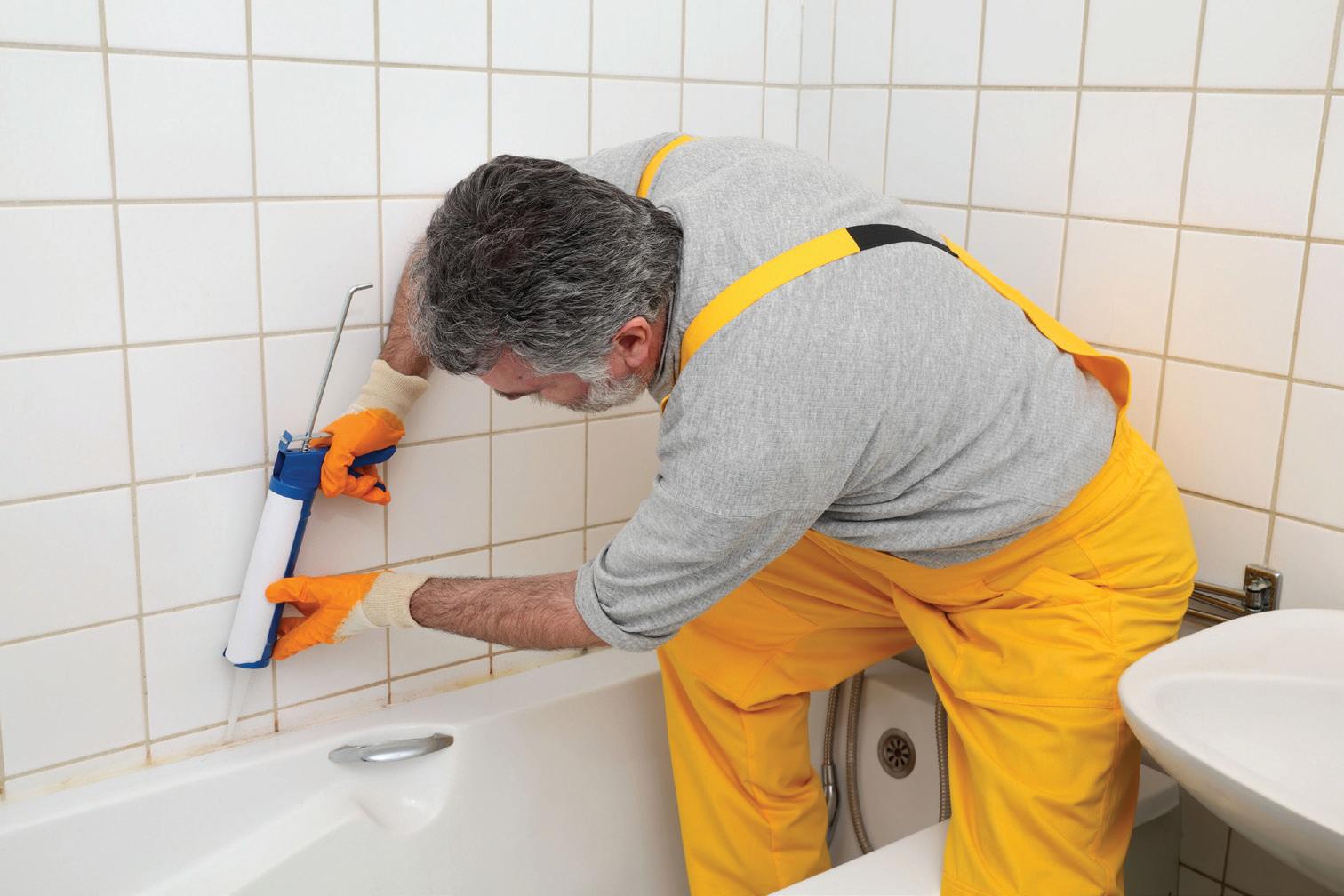


Code development
The WMAI has developed a suite of Codes for waterproofing membranes which covers the following types of membranes:
• RMB (Reinforced Modified Bitumen)
• Liquid-applied
• Self-adhesive
• Internal Wet Area Membranes
• Below Grade Tanking Membranes. The codes are available for purchase at: www.wmai.org.nz/publications
Sharing of technical knowledge
The WMAI newsletters provide members with helpful technical information, updates of where councils are at and explanations of certain aspects of the new updated codes.
For example:
• The risks of torch-on waterproof membranes
• Water recovery from flat roofs
• Minutes of meetings of the WMAI.
We’re a one stop shop for contractors to understand the code of practice when it comes to waterproofing membranes.
Waterproofing Membrane Association Inc
Chairman Chris Withers chairman@wmai.org.nz
Technical Adviser Brian Greenall techadviser@wmai.org.nz www.wmai.org.nz
66 | B&C Adhesives & Sealants

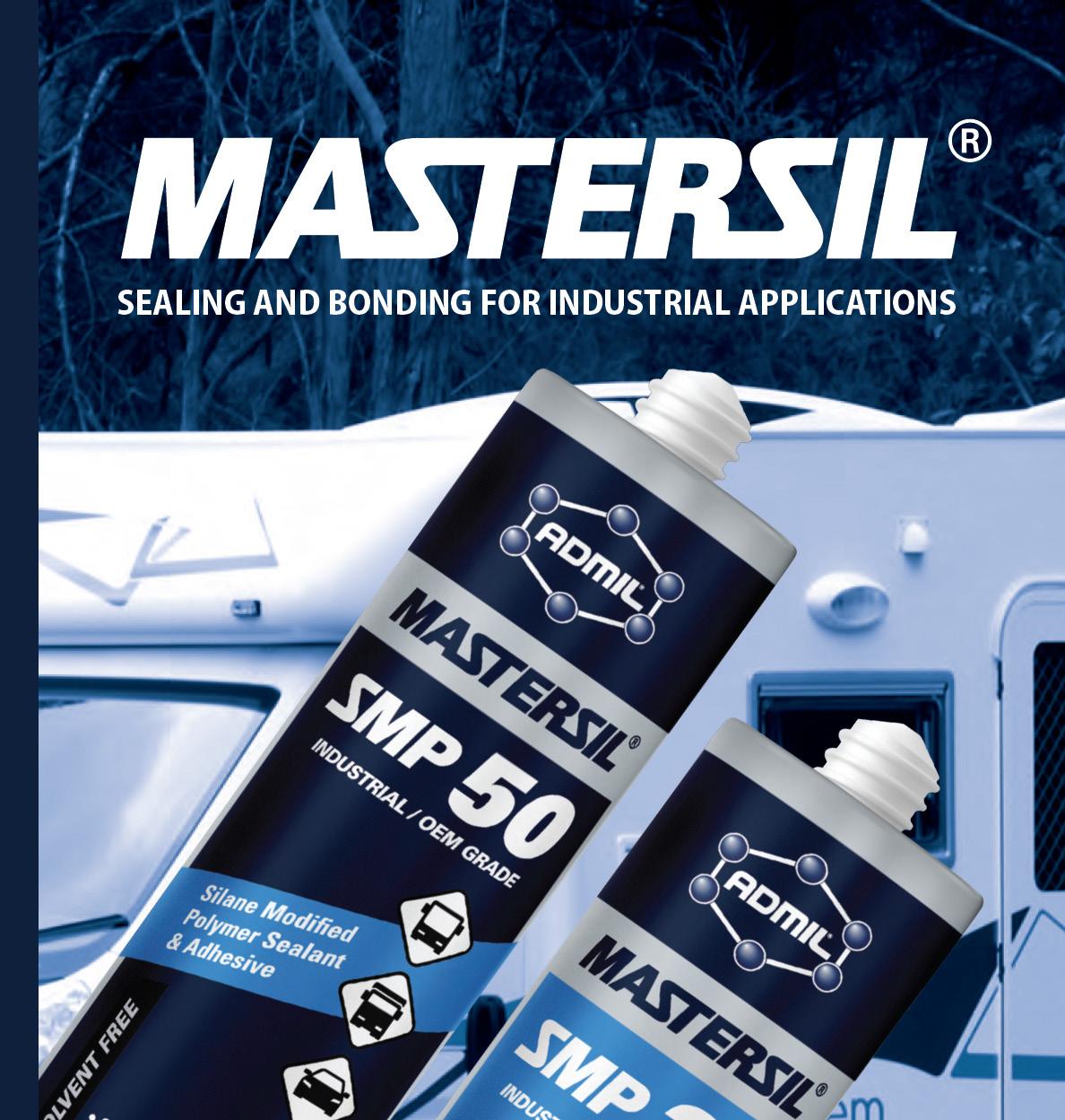


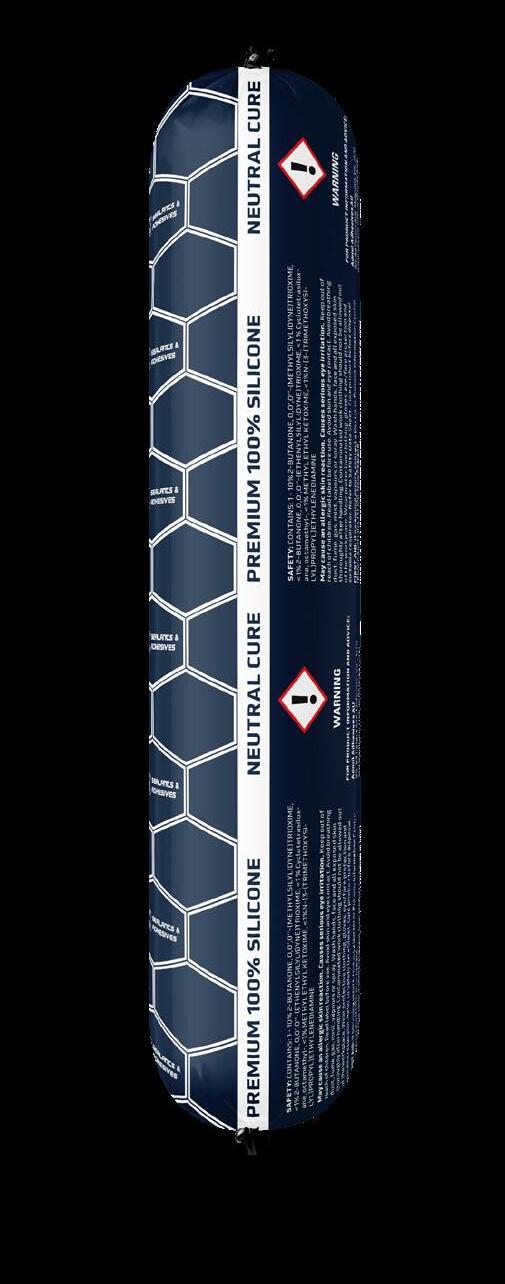
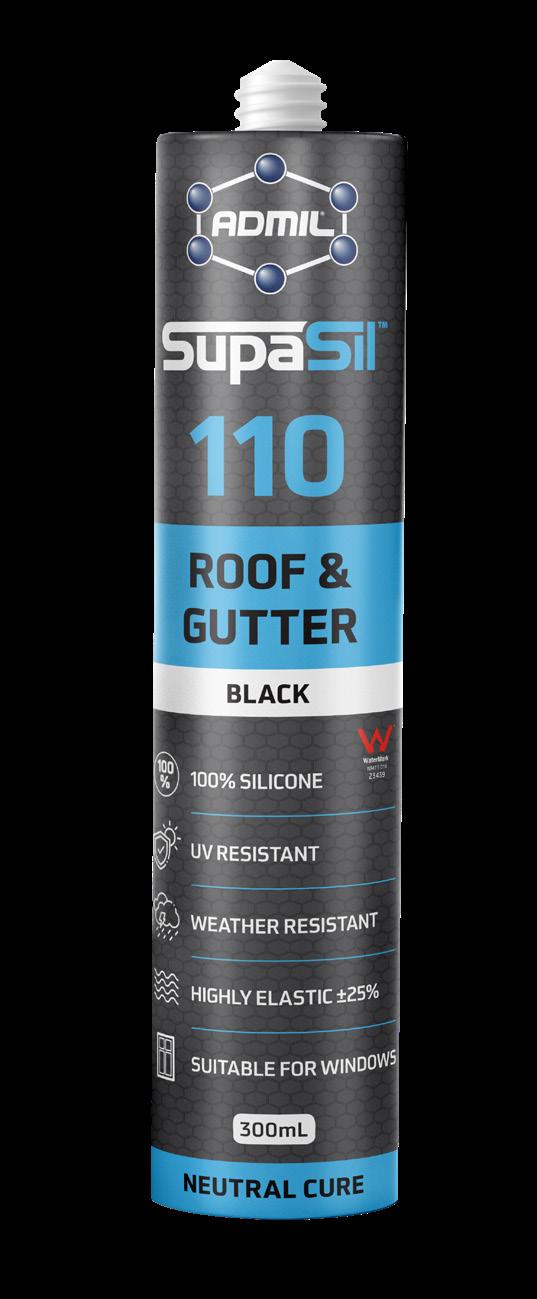


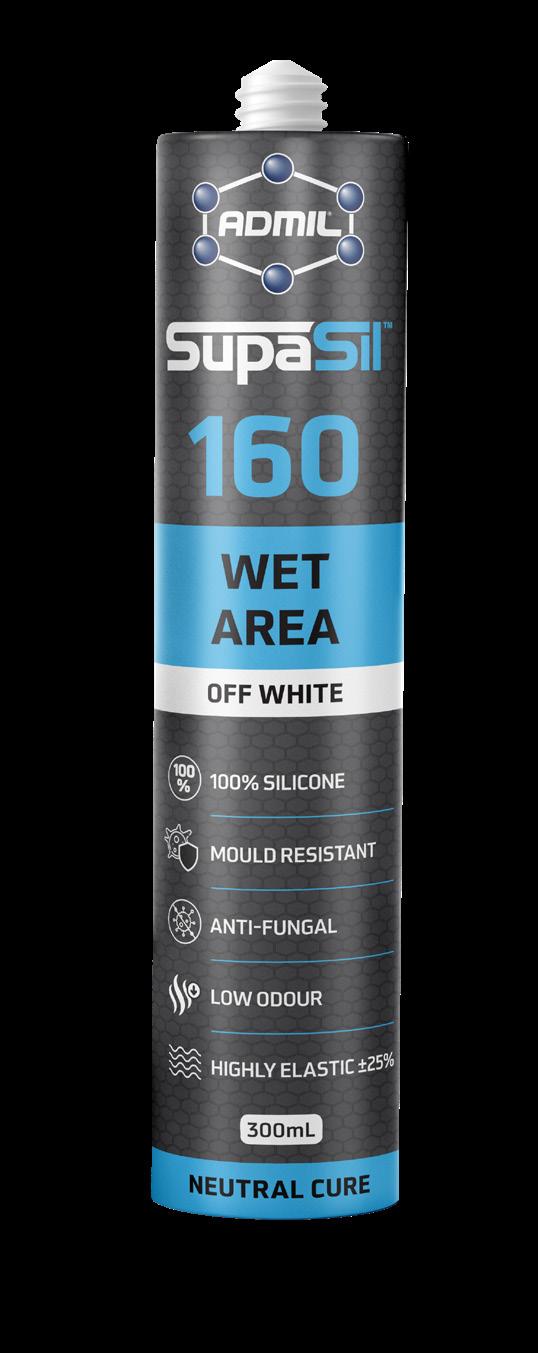



TRADE QUALITY SEALANT RANGE NEW 0800 660 660 nzsafetyblackwoods.co.nz 34 Trade Centres Nationwide Available at NZ Safety Blackwoods Adhesives & Sealants
Laying the concrete for you
The history of Firth is part of the history of New Zealand. Firth Industries has been developing, manufacturing and delivering concrete and concrete products to New Zealanders for almost a century.
Their capability extends through the construction industry, from roading and infrastructure to industrial and commercial projects and residential builds. All of Firth’s products are formulated to meet strict New Zealand standards. Firth’s engineers ensure their customers consistently receive delivery of the highest quality product that they can rely on. Their concrete products are tried and trusted so customers can be sure what they make, makes the grade.
Firth Industries’ national, dependable brands include Firth Certified Concrete®, Firth Masonry, Firth RibRaft® floors, Dricon® bagged concretes, mortars and sands.
From day one, innovation has been at their core, but not at the expense of long-lasting durability. In 1925, the ‘original’ Firth family with their entrepreneurial spirit created innovative concrete products that made life easier. Today’s wider Firth family still carries
that same can-do spirit into today’s market challenges. Their designers work alongside their engineers to ensure new designs will stand up to the rigours of time.
Like the people who manufacture them, Firth’s concrete ranges are all products of New Zealand. The company employs 650 people spread across 70 plant sites throughout the country. Firth’s strength lies in its regional relationships delivering a quality service locally to loyal customers, every day.
Firth provides concrete services including:
• Ecomix Concrete
• Bagged Premix
• Bricks and Blocks
• Paving and Retaining.
Implementing sustainable practices throughout Firth’s manufacturing process is only the beginning of Firth’s contribution to sustainable building. Their sustainability pillars focus on carbon reduction, water conservation, the circular economy, supply chain efficiency and social responsibility. The team at Firth’s can design mixes to meet customers’ desired Embodied Carbon (EC) rating, thus making a contribution to the low carbon efforts in the construction industry.
Firth Industries believes that they need to look at the environmental impact of building materials, elements and the building as a whole while ensuring the durability and
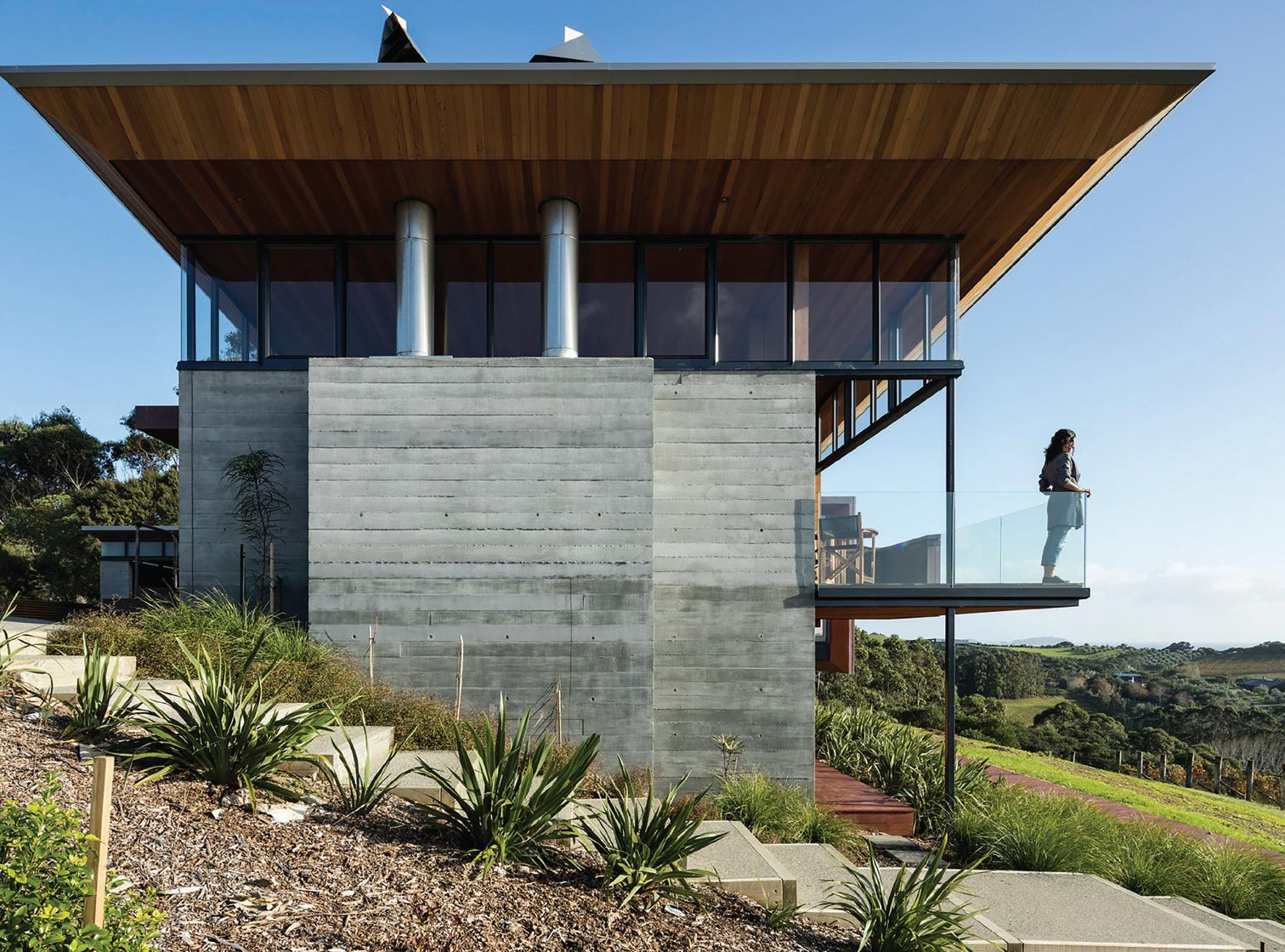
longevity of these buildings at the same time. Their teams are constantly working towards innovating and developing new products to make it easier for their customers to make smart choices towards a more sustainable lifestyle.
Firth is proud to be the first concrete manufacturer in the world to get Declare labels for their ready-mix concrete and concrete masonry products.
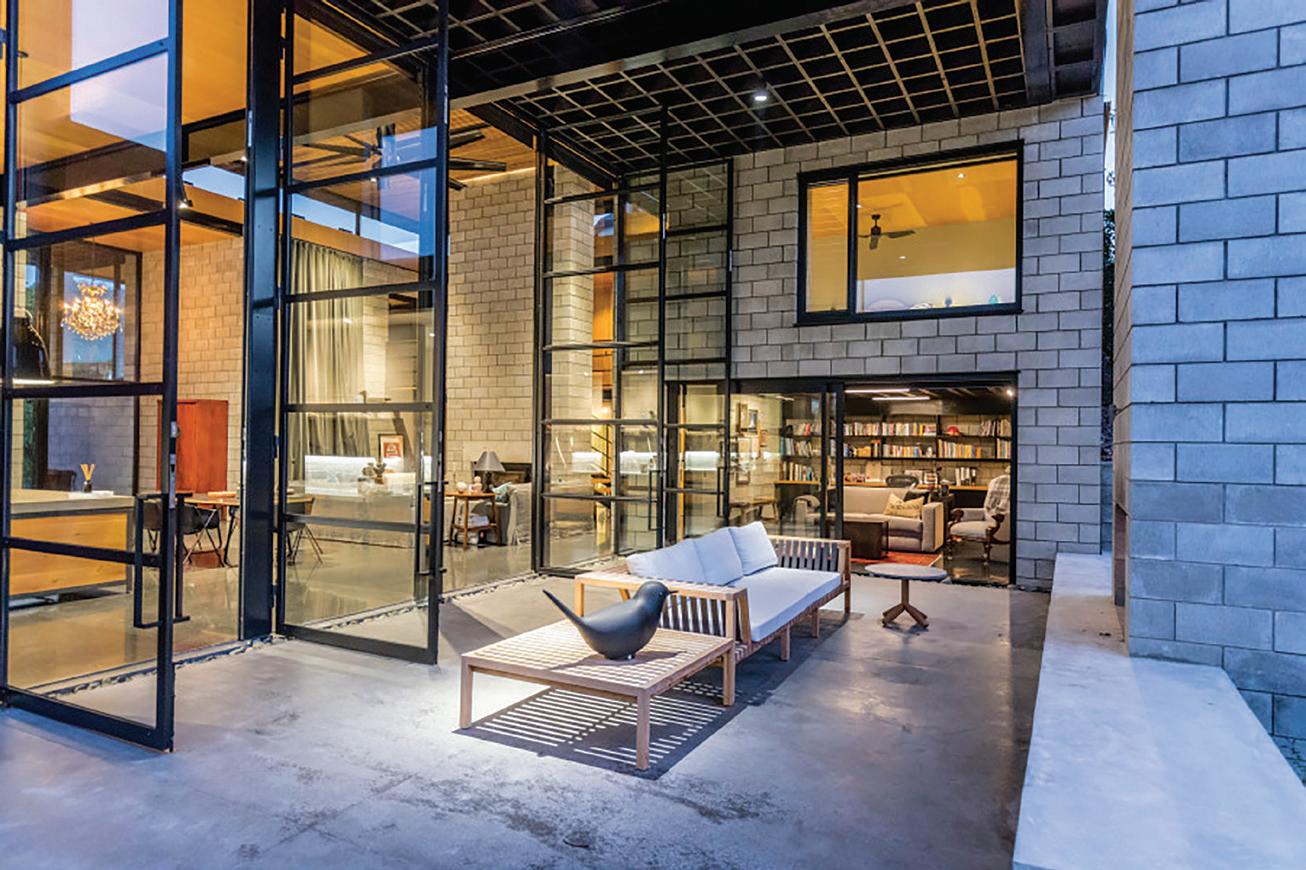
For Firth, it means they can collaborate better with their suppliers and customers to recognise how they can design and build for the future to include durability and longevity and provide a pathway to repurpose their products.
For all your concrete needs, contact Firth Industries today on 0800 347 841 or on 09 583 2121. Alternatively, head over to their website for more information at www.firth.co.nz

68 | B&C The trusted name in LOW-CARBON CONCRETE 0800 FIRTH 1 | 04 9 583 2121 | info@firth.co.nz | www.firth.co.nz 95 YEAR PROUD HISTORY INDUSTRY LEADING INNOVATION THAT ENDURES KIWI MADE




B&C | 69 www.mastermix.co.nz The industry leaders when it comes to concrete products and supplies. MASTERMIX & PACKAGING LTD | 21R BERGIN ROAD, FOXTON 4815 Phone 06 363 5686 | Fax 06 363 7100 | Email mastermix@mastermix.co.nz • Waterproof and fire mortar mixes • Waterproofing systems and membranes • Fast setting & acid-resistant mixes • High strength culvert bags& road sign retaining bags • Products for sewer repairs and water treatment • Water treatment plant repairs
Drainage
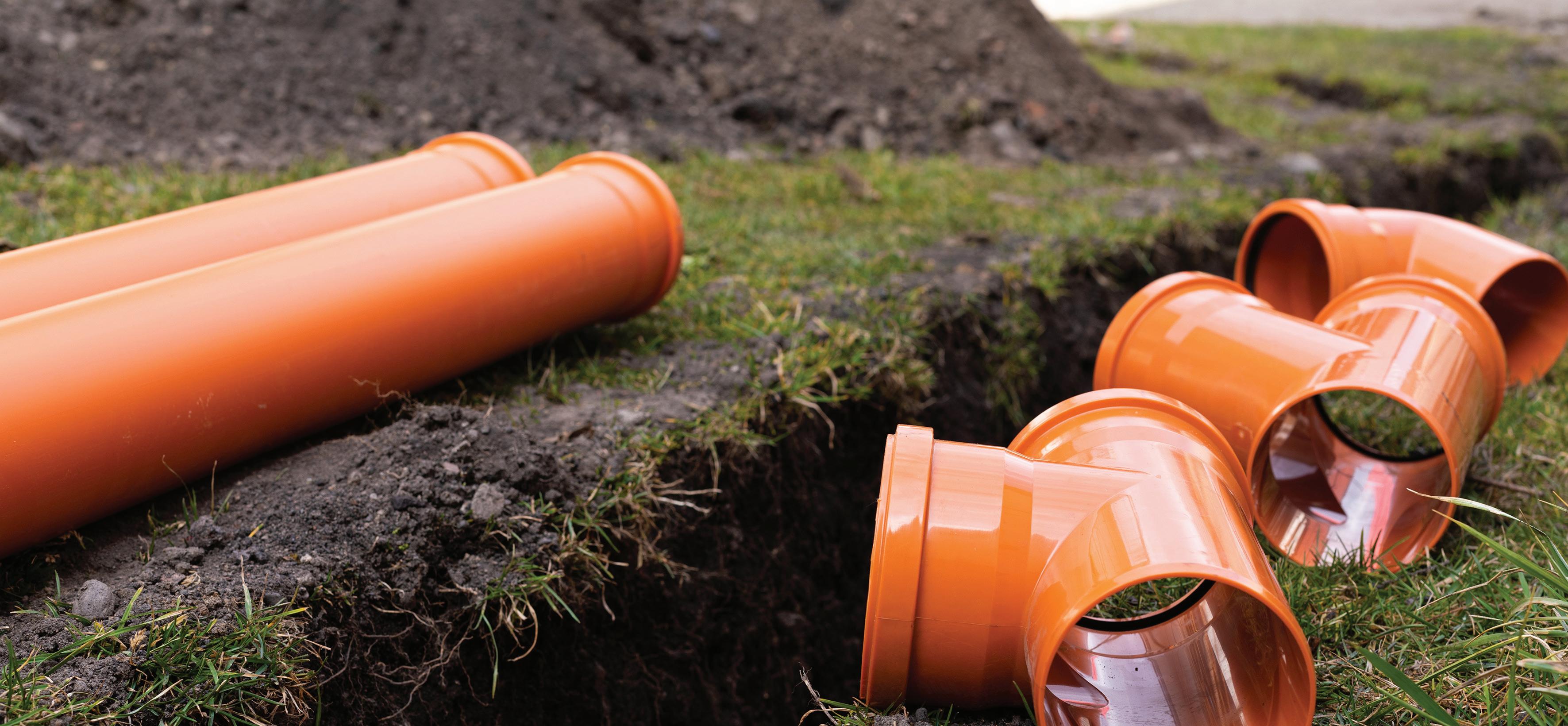
Infiltration of surface water into the foul water system
Surface water entering the foul water system through gully dishes can cause problems for sewer network utility operators in floodprone areas.
Several parts of the Building Code and its Acceptable Solutions relate to this situation. Compliance with both E1 Surface Water and G13 Foul Water is required.
The Building Code Clause E1 Surface Water covers what is commonly called stormwater. There are two relevant parts:
E1.3.1: Surface water, resulting from an event having a 10 percent probability of occurring annually and which is collected or concentrated by buildings or sitework, shall be disposed of in a way that avoids the likelihood of damage or nuisance to other property.
E1.3.2: Surface water, resulting from an event having a two percent probability of occurring annually, shall not enter buildings. Performance E1.3.2 shall apply only to housing, communal residential and communal non-residential buildings.
G13 Acceptable Solution
G13/AS2 states the following about surface water entering the foul water system:
3.3.1: All gully traps shall be constructed to prevent the ingress of surface water and foreign bodies likely to cause a blockage,
shall be located within the legal boundary of the land on which the building is erected, and shall have:
a) The overflow level of the gully dish no less than either:
i) 25 mm above paved surfaces
ii) or 100 mm above unpaved surfaces. It is imperative that the waste pipe connections to the gully trap remain watertight to prevent the ingress of ground/ surface water.
In summary
All new building work must comply with the Building Code. In this case, both Clauses E1, Surface Water, and G13, Foul Water, apply.
To achieve this:
• The floor level must be as given in E1/ AS1, providing the location is not within a flood prone area
• If in a flood prone area, E1/VM1 applies. Depending on circumstances, this requires the floor level to be 150mm or 500mm above the one in 50-year flood level
• The top of the gully dish must be above the one in 10-year flood level to meet E1.3.1. In addition, the Network Utility Operator may have further requirements to avoid damage to its network (see E1.3.3(e)).
Information sourced from www.building.govt.nz
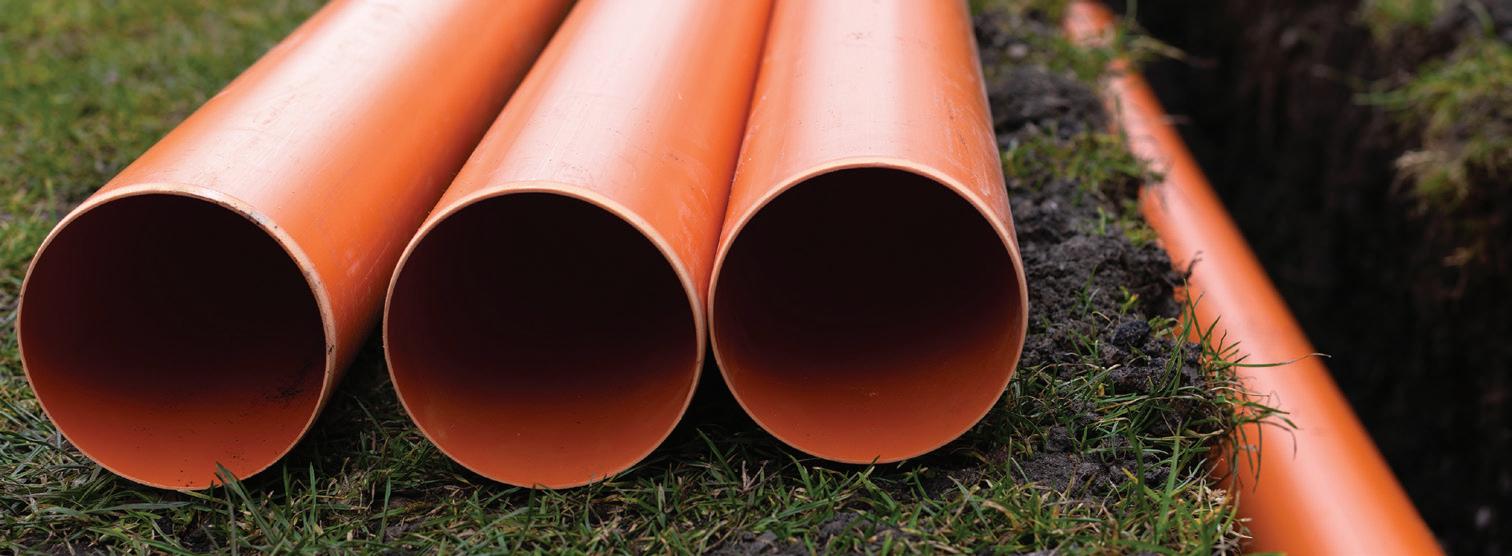
Ensuring drainage is up to standard
If you’re a builder or subcontractor, code compliant level threshold drainage is easier to achieve than you might think.
The design of a level threshold drainage system is not as simple as it first seems. The E2 building code is very prescriptive in what will be allowed – is your solution code compliant? Let ACO help with choosing the correct product for your application.
E2 Building Code
Clause 7.3.2.1 of the E2 building code lists the requirements for an acceptable solution for level threshold drainage:
• A channel that is 150mm deep, 200mm wide
• Maximum channel length of 3.7m
• 1:200 minimum fall to outlet.
The grating that sits over the channel must:
• Be able to be fully removed for maintenance
• Be supported independently of the door frame, without spacers
• Have a continuous gap of 12mm.
To meet the letter of the E2 Building Code, a cast in-situ channel is required with a grate that does not rely on the channel base or door joinery for support.
Legs sitting in the channel base can impact on the quality of waterproofing, and will often obstruct clear flow of water to the outlet. A complete blockage of the channel can even cause water to back up into the cladding cavity.
ThresholdDrain
ACO’s level threshold drainage products are designed to fully comply with the requirements of the E2 Building Code.
ACO’s Cantilever ThresholdDrain is fully supported by the cantilever arm, and ACO OnePour ThresholdDrain is a bolted bracket system that used the landscaping concrete for its support.
Cantilever ThresholdDrain is ideal for tile and paved exteriors, and can be scheduled so the landscaping contractor is not interfering with the installation of the drain.
OnePour ThresholdDrain is perfect for concrete floor finishes. Both products do not require a rubber spacer or leg for structural integrity.
Alternative solutions
If site conditions allow, a precast grated channel or slot drain can be installed against the building as a level threshold alternative solution.
This option is often quicker and easier to install, and means outlets can be spaced up to 80m centres.
Product selections include ACO KlassikDrain or Brickslot, and PowerDrain for heavy duty traffic applications.
Each alternative solution needs to be addressed on a project-by-project basis.
To meet consent requirements, most councils require manufacturer’s calculations to demonstrate the performance of the system. ACO offers a free hydraulic design service and can provide product details at all stages of the project.
Each council has different requirements, be sure to check with your ACO representative before choosing a drain to make sure it meets local requirements.
ACO Limited has unrivalled experience providing threshold drainage solutions throughout the country.
Ask ACO today to help with your project at info@aconz.co.nz or 0800 448 080.
70 | B&C
ACO Infrastructure KerbDrain


After Cyclone Gabrielle the Principal Transportation Engineer from Napier City Council told us that our system at Havelock Road “worked perfectly” and that “the locals are very happy”.
ACO KerbDrain for efficient Stormwater Management.
There are a couple of characteristics that make ACO KerbDrain the best choice for Stormwater Management for when the sun’s not shining:
• High robustness and durability due to high quality polymer concrete.
• Unique design allows for effective collection of surface water.
• High hydraulic capacity, means it can handle large volumes of stormwater runoff during extreme weather events.
• Easy maintenance with a removable grate that allows for easy access to the drainage channel, ensuring that it continues to function effectively.
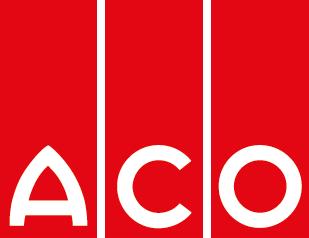
B&C | 71 Drainage
ACO. we care for water ACO New Zealand | 0800 448 080 | www.askaco.nz
QBS Ltd was established in January 2011 in Christchurch. Their services include design and installation, IQP inspections, preventative and proactive maintenance services, energy-saving assessments and implementations, project management services, peer reviews, fault finding, repairs, and electrical services.
The team is very hardworking and believes in providing high-quality services, installing correctly the first time, and always putting the customers first.
QBS delivers exceptional services making sure customers get the best possible outcome. They want to make sure customers are satisfied as they take the time to listen to the customer’s conditions, requirements, and expectations.
The team also makes sure installments are as environmentally friendly and affordable as possible because the company wants to do its part in making a positive change in the world.
With the current climate change and environmental changes, air conditioning and ventilation systems are essential.
QBS also installs brands that are designed for New Zealand’s conditions and are locally sourced.
The fully-qualified team has a lot of HVAC experience, which ranges from private/domestic installations and services to manufacturing various large sites and businesses.
Skills also include design, build, and installation from the get-go to infrastructure maintenance refreshes and ongoing service.
QBS is a member of Site Safe and the whole team is Safe Site registered. The staff are always committed to working within a safe environment.
To get in touch please phone Eddie Garden either at (03) 365 8943, 0274 381 440, or email at eddie@qbsl.co
Opening hours start from Monday to Thursday from 8am to 4pm and Friday from 8am to 3pm. Head to 3/308 Wilsons Road, Opawa in Christchurch.
Visit the website for more information www.qbsl.co.nz

72 | B&C FIBREGLASS | POLYESTER INSULATION | HIGH END ACOUSTIC INSULATION We specialize in creating comfortable and energy-efficient homes and businesses. Our Team has been in the industry for over 20 years, providing high-quality insulation solutions to homeowners and contractors alike. We offer a wide range of products and services to suit your specific needs and budget. Excellent Customer Service Attention to Detail Commitment to Excellence Contact us today to learn more! 027 329 2034 | dion@phoenixinsulation.co.nz WE PROVIDE COMMERCIAL AND INDUSTRIAL AIR CONDITIONING, MECHANICAL AND VENTILATION SOLUTIONS INCLUDING:
Design and Installation
IQP Inspections
Preventative and Proactive Maintenance Services
Energy Saving Assessments and Implementations
Project Management Services
Peer Reviews
Fault Finding and Repairs
Electrical Services
BELIEVE IN PROVIDING THE HIGHEST LEVELS OF QUALITY SERVICES FOR OUR CUSTOMERS, RIGHT FIRST TIME. EDDIE GARDEN 03 365 8943 | 027 438 1440 | eddie@qbsl.co www.qbsl.co.nz
WILSONS ROAD, OPAWA High-quality services
Building Services Limited is a New Zealand-owned and operated company that provides commercial and industrial air conditioning, mechanical, and ventilation solutions.
•
•
•
•
•
•
•
•
WE
3/308
Quality
Innovating steel solutions
Stainless Electrical Products, a privately owned and operated enterprise, has been at the forefront of stainless steel fabrication and manufacturing since its establishment in 2004. Situated in Hamilton, the company excels in delivering top-notch products, ranging from sheet metal and stainless steel wire to complete machinery and accessories specifically designed for the food and dairy sectors.
With managing director Aub Hart, Stainless Electrical Products has undergone a transformation, evolving into a multifaceted business specialising in stainless steel fabrication and electrical solutions.
Beginning as an electrical contracting business named Midland Electrical Services Ltd, the company swiftly recognised the market demand for top-quality stainless steel products. Aub established Stainless Electrical Products to cater to this demand, initially focusing on manufacturing stainless steel enclosures.
Today, headquartered in Hamilton, the company’s scope encompasses a wide array of products, from sheet metal to complete machinery, predominantly catering to the dairy and food industries in New Zealand. Their ‘Hygienic Range’ enclosure stands out for its recessed lid design, facilitating easy cleaning.
However, Stainless Electrical Products extends beyond New Zealand, with products supplied to Australia and the Pacific Islands. Their involvement with Yashili New Zealand’s milk processing plant illustrates their pivotal role in supplying hygienic enclosures, cable mesh, and isolators for industrial plants.
The workshop of Stainless Electrical Products boasts comprehensive equipment, featuring a three-meter-wide Brake Press, 2.4-meter Guillotine, Water Jet Cutter, Spot Welders, Stud Welders, and Tig & Mig Welders.
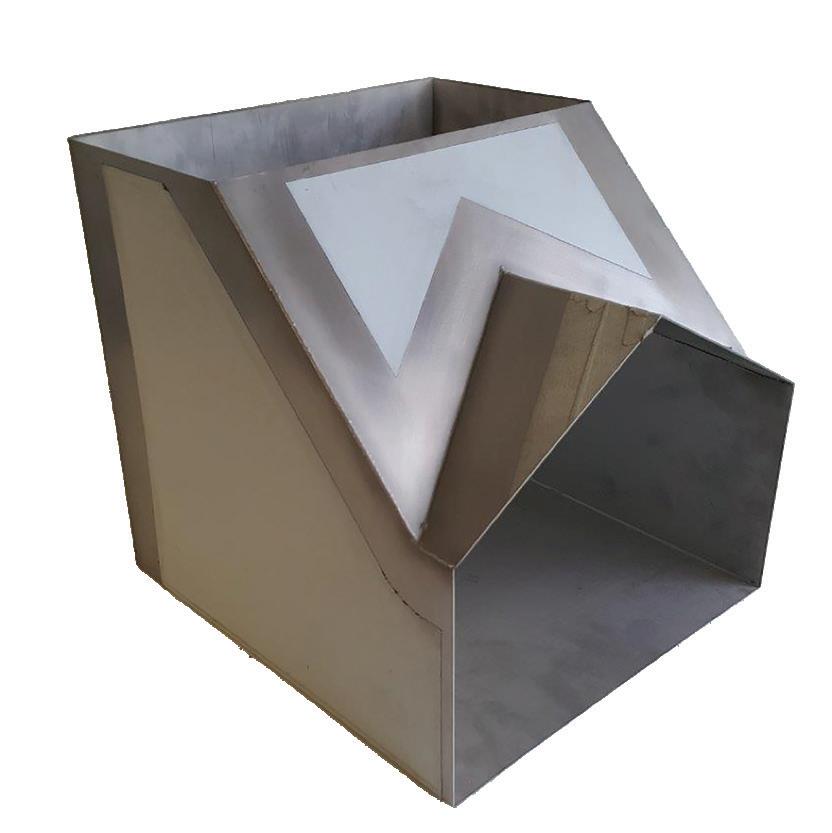
Their product range includes:
• Cabinets
• Enclosures
• Pull Box/Junction Box Enclosures
• Pin Lock Hinged Door Enclosures
From design to fabrication, Stainless Electrical Products specialises in building electrical enclosures, cabinets, and assorted products according to customer needs. With their water jet cutter, they offer an end-toend service of computer-aided designs to the final delivery of the product. Ensuring a high-quality finish remains their commitment while maintaining competitiveness and meeting stipulated timelines.
• HMI Panels
• Air Manifolds
• Wire Mesh Cable Trays & Components
• Meter Boxes.
“All items are manufactured in our workshop in Hamilton. Our team is committed to manufacturing a high-quality unit with a professional finish, at a competitive rate
Our team is committed to manufacturing a high-quality unit with a professional finish, at a competitive rate within an agreed time frame. Short runs and one-off units made to the customer’s individual specifications are our specialty.
within an agreed time frame. Short runs and one-off units made to the customer’s individual specifications are our specialty,” says Aub.
Stainless Electrical Products continues to thrive as a leading player in the industry, upholding its commitment to quality, innovation, and customer satisfaction across diverse markets.
For inquiries, contact the dedicated team at Stainless Electrical Products today at (07) 859 1119 or email them at info@stainlesselectrical.co.nz. Alternatively visit their website for more information, www.sep.co.nz
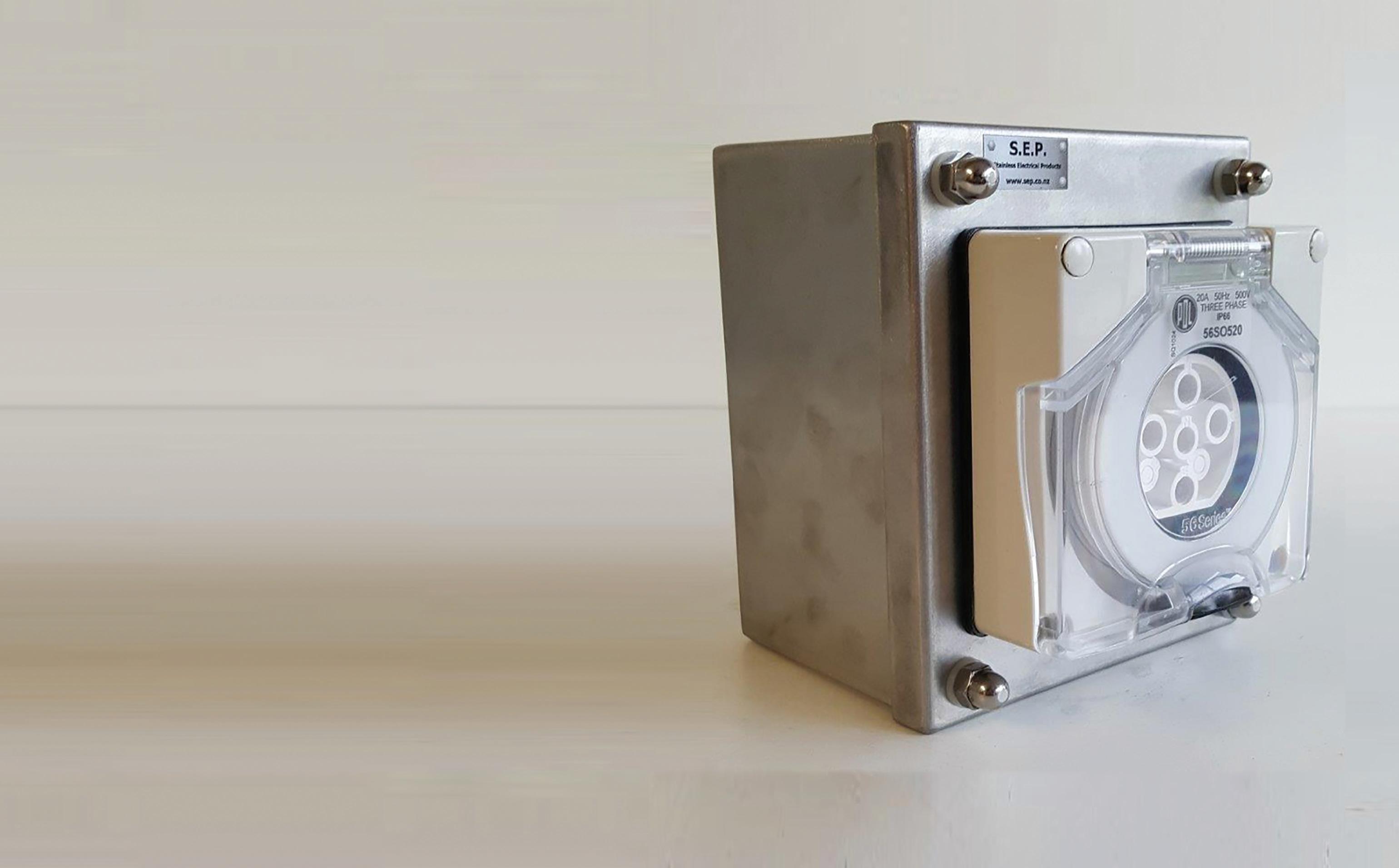
We are a privately owned and operated Company that has been in the business of Stainless Steel Fabrication and Manufacture since 2004.
We manufacture components, accessories and complete machines for industries such as food and dairy.
Our team are committed to manufacturing a high-quality unit with a professional finish, at a competitive rate within an agreed time frame. Short runs made to your specification are our speciality.
Contact us now to enquire about working with us to develop or manufacture your product.
B&C | 73 07 859 1118 | info@stainlesselectrical.co.nz | 75 Ingram Road Rukuhia, Hamilton | www.sep.co.nz
By June Pfister

The fundamentals of workplace injury prevention
The building and construction industry, with its inherent risks, demands a high level of attention, especially concerning the use of machinery.
The equipment, ranging from cranes to bulldozers, is indispensable for the progress of construction projects but also poses significant safety hazards if not handled correctly.
WorkSafe’s principal inspector of the Northland region Matthew Mclvor underscores this point.
“All kinds of machinery can be a risk in terms of accidents and fatalities. We (WorkSafe) see a lot of fatalities from the bigger equipment, like cranes, diggers, trucks that are reversing and that sort of thing.”
Ensuring the safe operation of machinery in building and construction workplaces is not just a regulatory requirement but a moral imperative to protect workers and ensure the smooth continuation of construction activities.
“It’s the responsibility of the business to meet their duties under the law. That’s to make sure every person in the workplace is kept healthy and safe.
“But an equally important way is through listening to their workers. We call that worker participation because workers often have the key insights into what’s working and what’s not in the business,” Matthew says.
Incidents often stem from poor training, mechanical failures, or lapses in adhering to safety protocols. The busy and nonstop moving nature of construction sites further complicates machinery operation, necessitating strict safety measures.
At the core of safe machinery use in construction is robust training programs.
Operators should be trained not only in manoeuvring the machinery but also in understanding and applying the safety practices related to each piece of equipment.
“One way a lot of businesses can prevent this (accidents) is by bringing in someone with expertise in health and safety.”
Training extends beyond operational knowhow, ensuring operators are proficient in the precise functioning and handling of each machine. It should also include an in-depth understanding of safety protocols, encompassing emergency procedures and the correct use of protective gear.
Equally important is training in risk assessment, enabling operators to identify potential hazards related to machinery operation and learn strategies to mitigate them.
However, even the most skilled operator cannot guarantee safety if the machinery is in poor working condition.
Regular maintenance and inspections are therefore, pivotal. This involves conducting pre-use checks, adhering to a scheduled maintenance routine, and addressing malfunctions immediately.
Maintaining meticulous records of all maintenance activities is also crucial, as it helps in monitoring the machine’s condition and predicting potential issues.
“My biggest advice is if you see something, say something, keep an eye out and don’t be afraid to raise issues or ask someone to stop what they’re doing for a moment,” emphasises Matthew.
Incorporating safety measures is an integral part of machinery operation in construction. This includes ensuring that all operators and nearby workers are equipped with the appropriate Personal Protective Equipment (PPE), such as helmets, gloves, and highvisibility clothing.
Wearing PPE makes it far less likely that someone’s going to be hurt if something does go wrong. It’s just like wearing a seatbelt in your car.
Establishing clear zones around areas where machinery is in operation is also crucial to keep unauthorised personnel at a safe distance.
The use of clear and visible signs to warn about machinery operations, coupled with robust communication channels between machine operators and other site workers, is vital for preventing accidents.
“Wearing PPE makes it far less likely that someone’s going to be hurt if something does go wrong. It’s just like wearing a seatbelt in your car.”
Beyond the on-site practices, regulatory compliance and a commitment to continuous improvement are key.
Regular updates to training, audits, and reviews of machinery use and safety protocols are essential to stay aligned with the latest safety standards and technologies.
Promoting a culture where workers feel empowered to report potential hazards and suggest improvements is also instrumental in enhancing overall safety.
The safe use of machinery in the building and construction industry is a multifaceted endeavour requiring a concerted effort from all stakeholders.
Through comprehensive training, diligent maintenance, rigorous implementation of safety measures, and a commitment to continuous improvement, the industry can safeguard its workers and ensure that machinery serves its purpose as a boon, not a bane, in the construction process.
The goal is not just to prevent accidents, but to have an environment where safety is ingrained in the very fabric of construction operations.
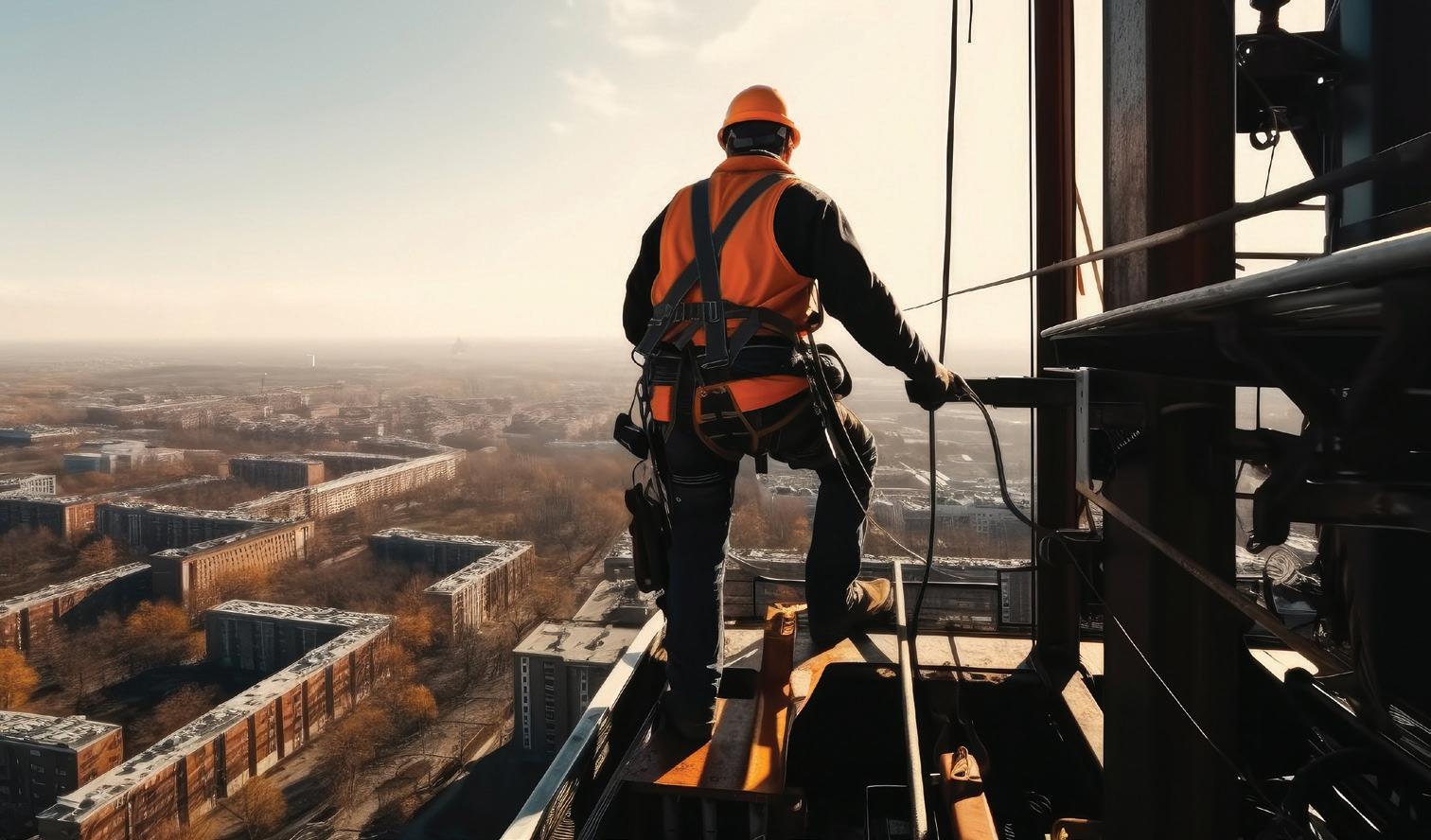
74 | B&C Workplace Health & Safety
Navigating substance testing in the building and construction industry
In the fast-paced world of construction, maintaining a safe and compliant workplace is paramount.
As we dive into 2024, it’s crucial for construction companies to reassess their substance testing protocols, particularly in three key areas: return-to-work testing, pre-employment screening, and reasonable cause testing. And while testing is crucial for compliance, it doesn’t have to cause significant downtime. Most testing can be done onsite with mobile clinics.
Return-to-Work Testing
As teams reassemble after holidays and breaks, the importance of return-to-work testing cannot be overstated. Construction companies must ensure a safe environment for their employees, addressing any potential risks that may arise from extended time off. This testing isn’t just about compliance; it’s a proactive measure to safeguard the wellbeing of everyone on the team.
Transparency and fairness are essential in conducting return-to-work testing, aligning with company substance policies. Given the evolving landscape, it’s imperative to update policies to include guidelines on medicinal
cannabis use, a significant consideration in 2024. While there are still uncertainties surrounding the legal landscape of cannabis, regulators will look more fairly on businesses that ensure employees returning to safetysensitive roles are fit for duty.
New policies are more easily accepted at the beginning of the year, and by starting the year with updated policies, businesses can demonstrate their commitment to safety and regulatory compliance.
Pre-Employment Testing
With the influx of new hires typical at the beginning of the year and the need for variable contractors throughout the year, pre-employment testing takes on added importance. This step serves as fundamental due diligence, allowing construction companies to make informed hiring decisions and establish clear expectations from the outset.
Pre-employment testing not only identifies potential substance issues but also sets the tone for a culture of safety and compliance within the organisation. By emphasising the substance policy (formally known as a drug and alcohol policy) during the hiring process, companies can underscore their commitment to workplace safety.
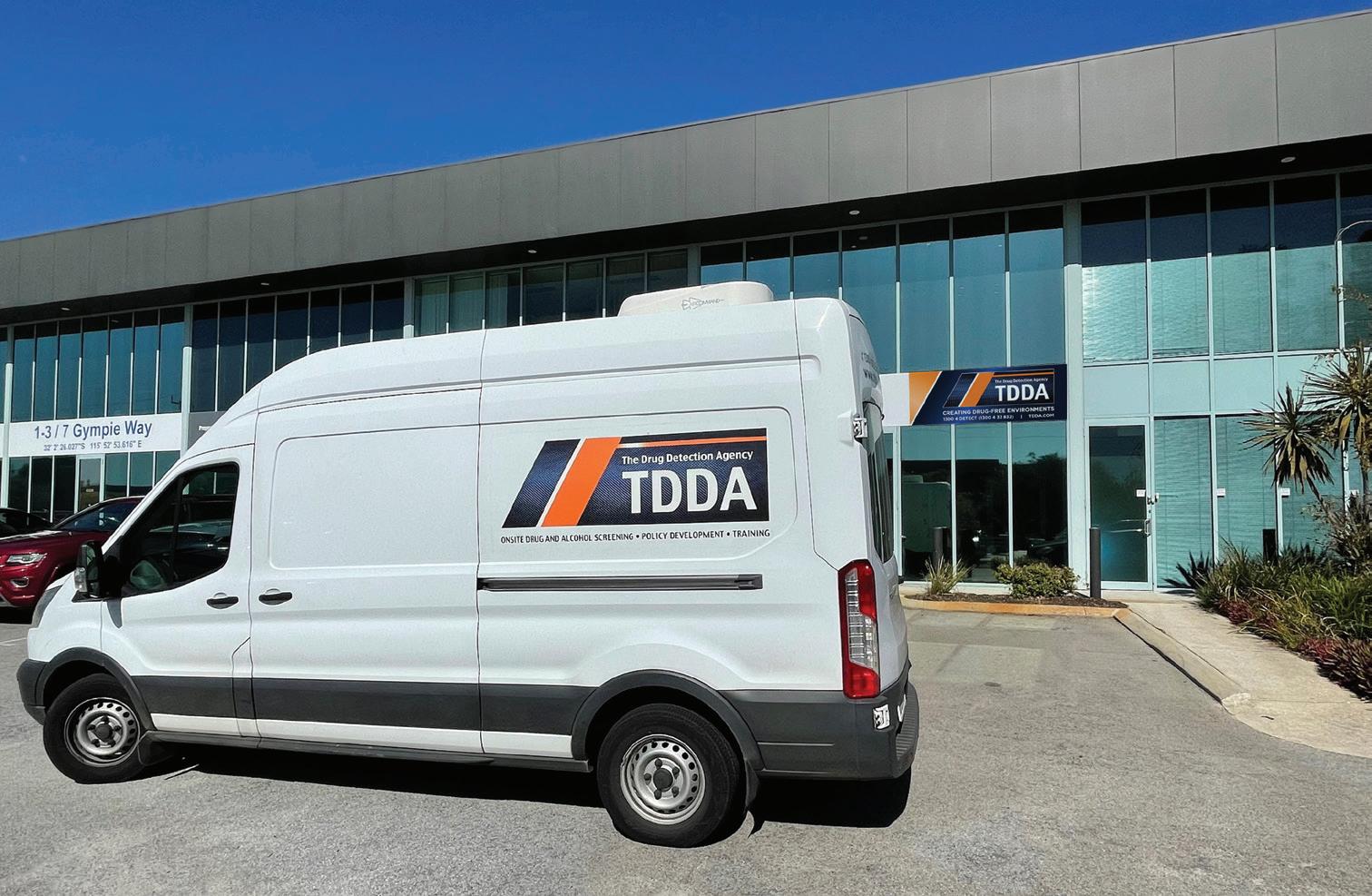
New policies are more easily accepted at the beginning of the year, and by starting the year with updated policies, businesses can demonstrate their commitment to safety and regulatory compliance.
Reasonable Cause Testing and Education
In cases where substance use is suspected, employers must respond promptly and effectively. Reasonable cause testing provides a framework for addressing safety concerns or policy violations in a fair and objective manner.
Training managers and supervisors to recognise and handle these situations with sensitivity is crucial. Reasonable cause testing must be conducted based on observable behaviour or evidence. Establishing
clear guidelines for initiating reasonable cause testing, involving testing and HR professionals, ensures consistency and fairness in the process.
Substance testing and return-to-work testing remain essential for ensuring safety, compliance, and productivity in the construction industry. By updating policies, conducting thorough screenings, and providing ongoing education, construction companies can navigate the ever-changing landscape with confidence, prioritising the well-being of their employees above all else.
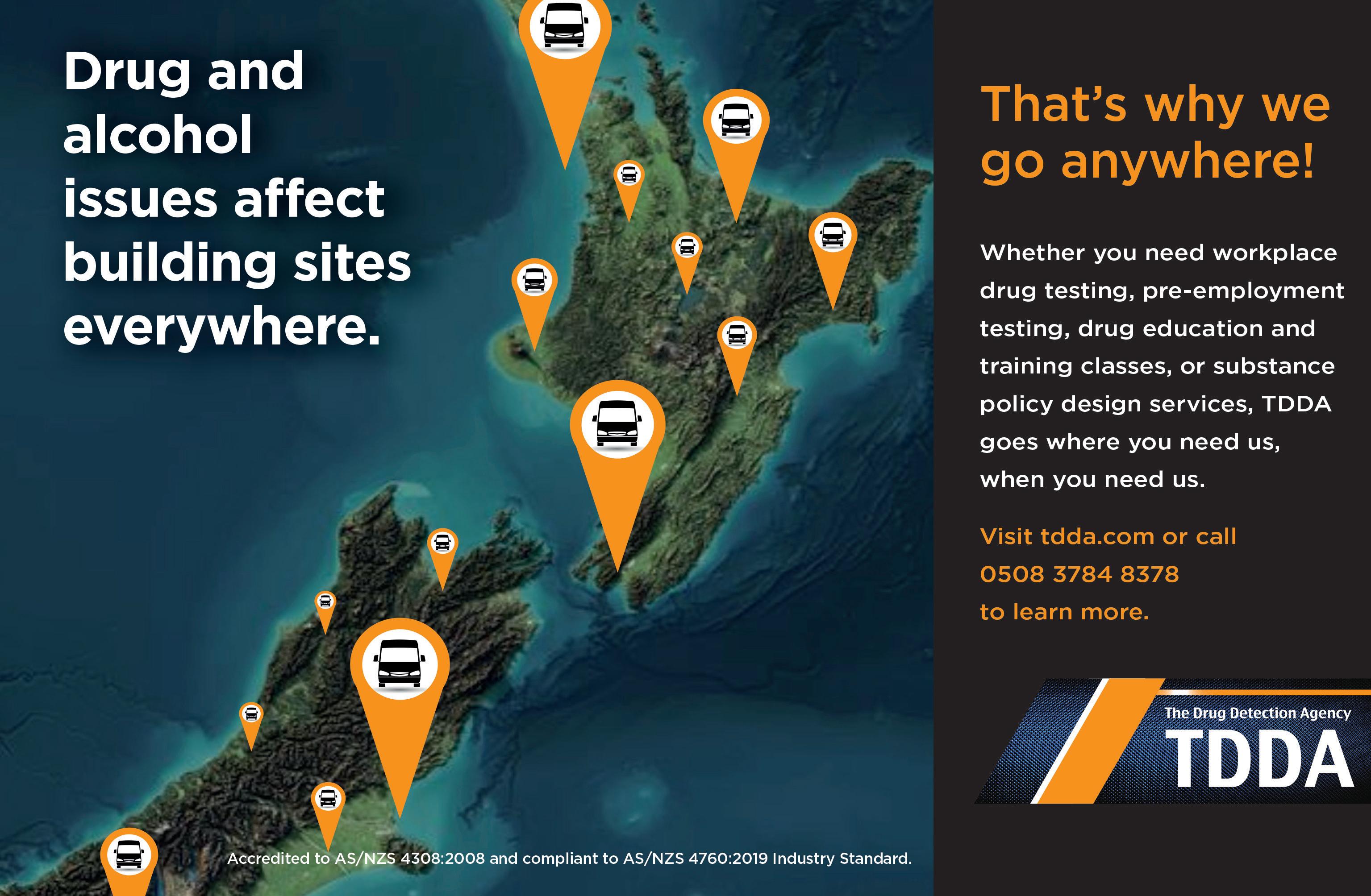
B&C | 75 Workplace Health & Safety
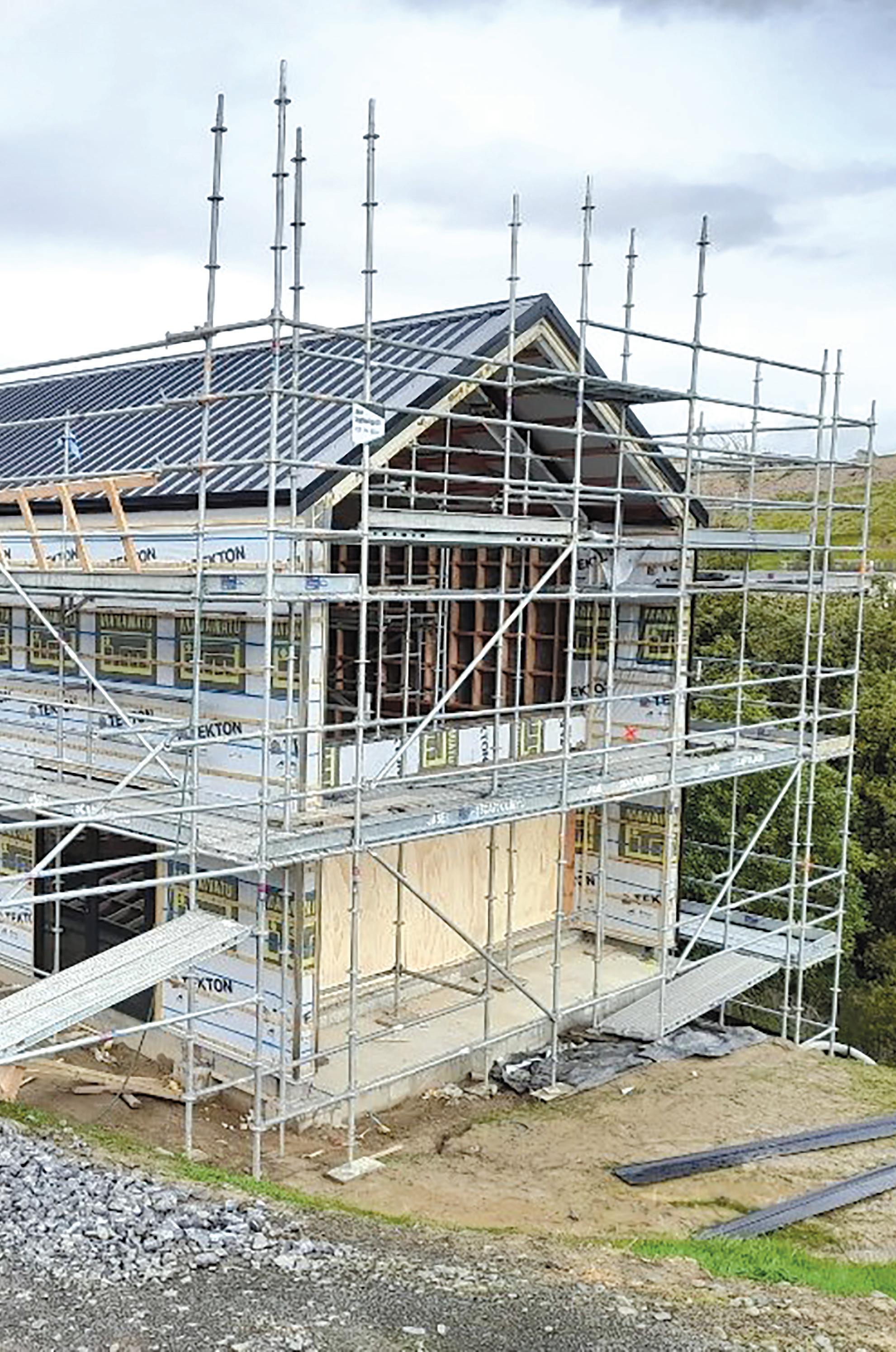
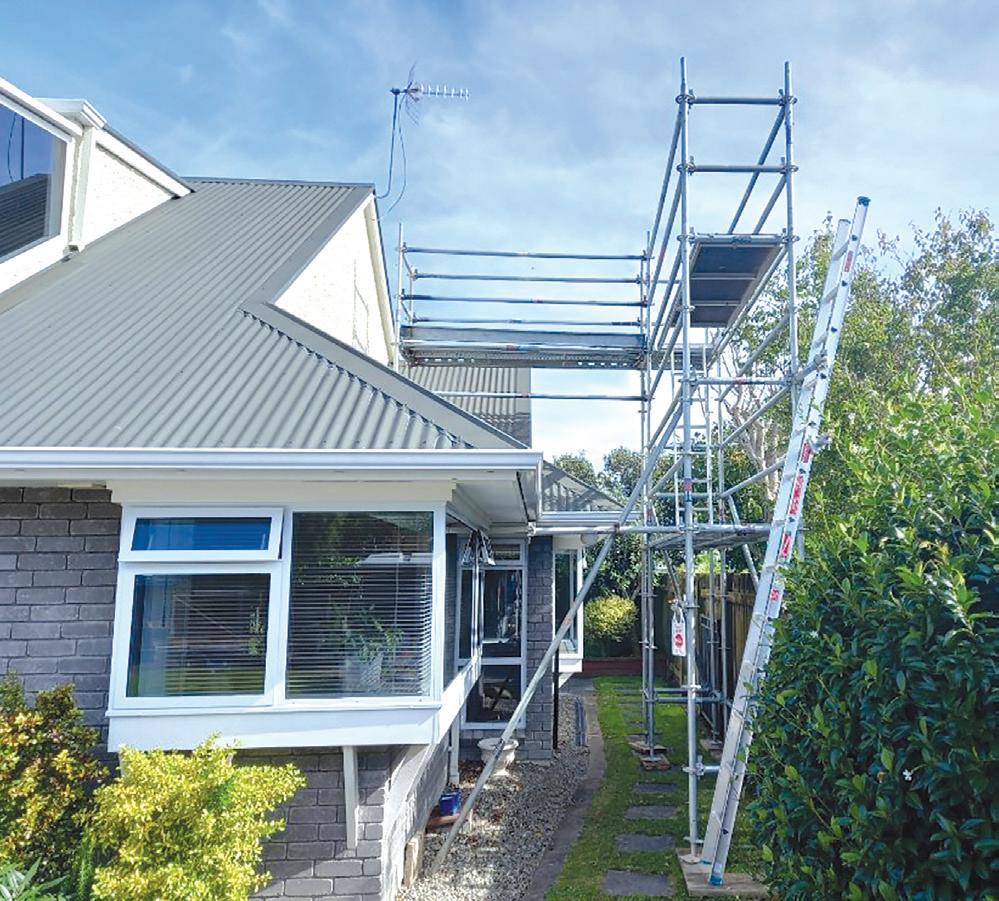
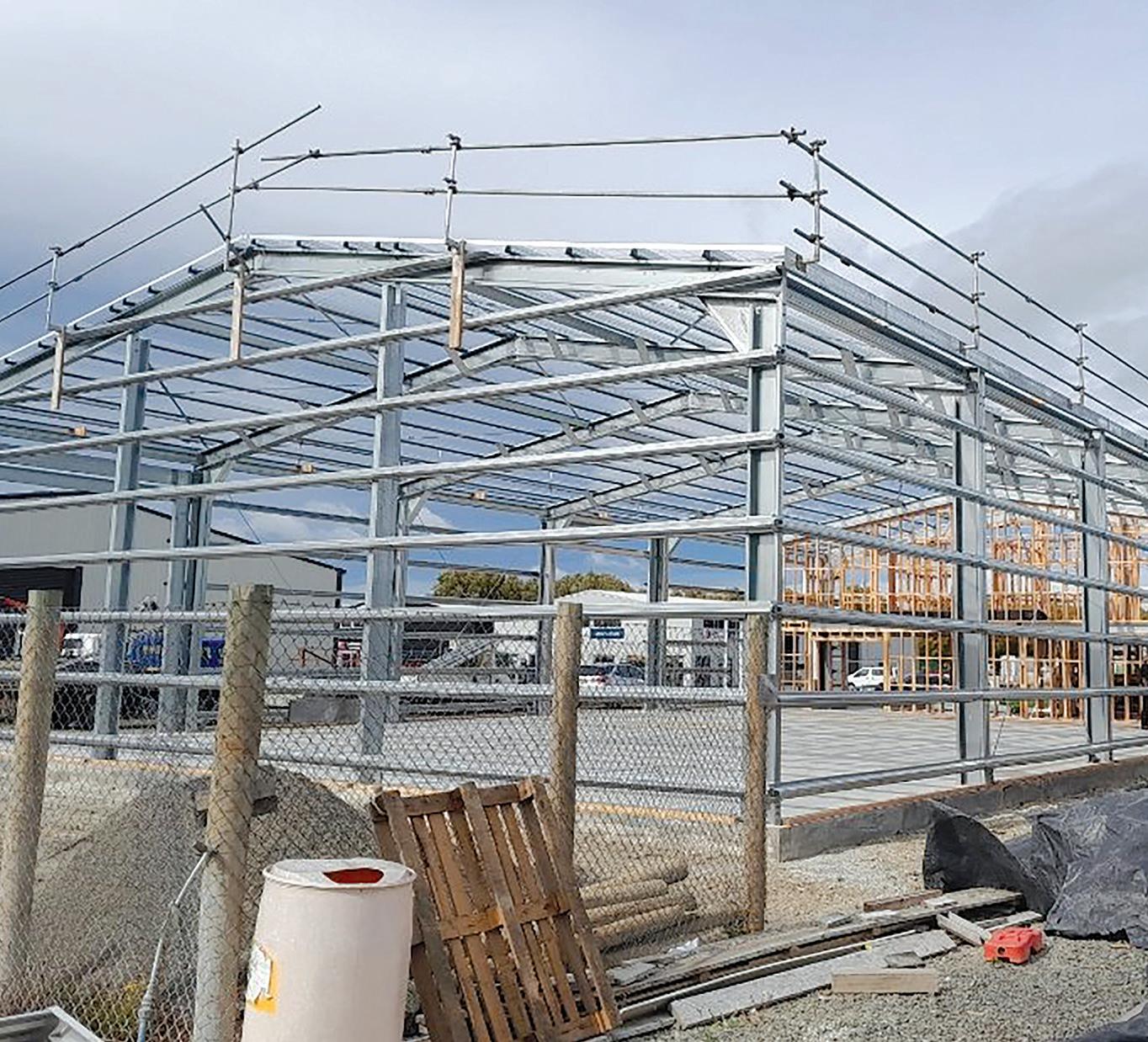
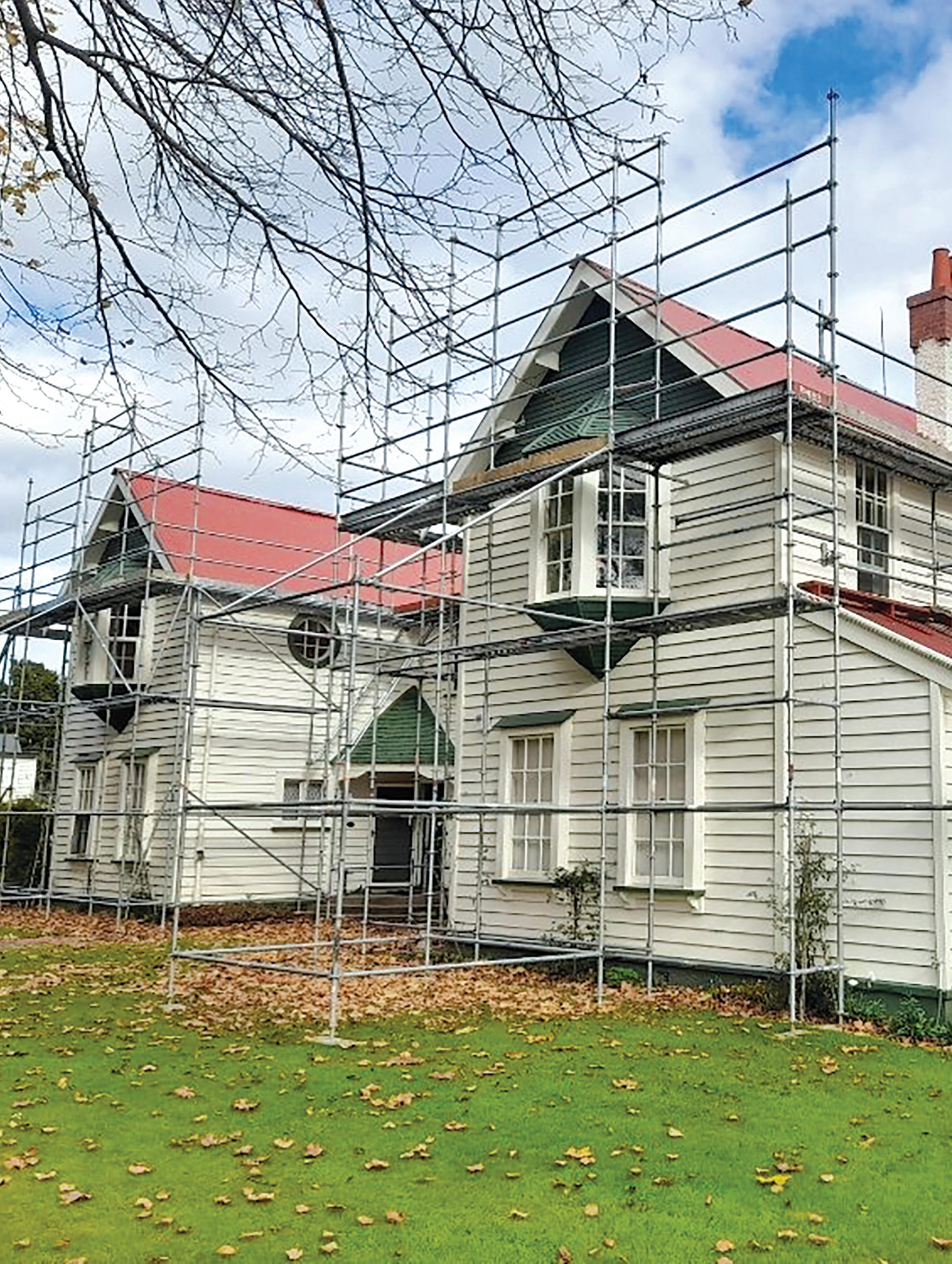

76 | B&C "Scaffolding. Big, Small we do it all. Best in town." Contact us for your next at height job for a great service and local team. 027 777 0982 admin@jasescaffolding.co.nz www.jasescaffolding.co.nz WORKSITE AND PRIVATE SCAFFOLD Our scaffold is well-known for 30 years worth of combined expertise. The business provides equipment and services including: • Edge Protection • Site Inspections • Scaffolding • Safety Nets
Setting EWP safety standards
The Elevated Work Platform Association (EWPA) is constantly driving initiatives to improve safety and compliance for owners, operators and those who carry out inspections of Mobile Elevating Work Platforms (MEWPs).
As part of this, the association created a Registered Inspector Programme that ensures MEWPs are inspected at the highest standards, providing assurances to all owners and users that the machines are safe to use.
This is geared toward making the industry have a career pathway and a continuing education programme for inspection personnel.
This would make training more relevant and specific to MEWPs and registered inspectors compliance, and documentation more structured, consistent and regularly audited. This ensures an inspector is a competent person to carry out inspections.
MEWPs are commonplace on construction sites in New Zealand, there are thought to be 10-12,000 machines nationwide, ranging from what’s commonly known as cherrypickers, to scissor platforms and booms that reach up to 55 metres.
They’re seen on just about any job site that requires staff to work at height.
This includes construction workers, electricians, painters, signwriters, window cleaners, and many other occupations. An MEWP is an excellent control method for hazards when working a height.
Operator training
MEWPs come under the umbrella of Worksafe’s Good Practice Guidelines (BPG), Mobile Elevating Work Platforms 2014.
The BPG requires any worker who operates an MEWP of any type to be properly trained in its operation.
One means of showing competency is holding the relevant NZQA unit standard for the type of MEWP being operated.
Silvercard™ Competent Operator
MEWP Card is an easy identifier of suitably trained operators.
If there’s an incident or accident, causing injury to people or damage to property, insurance potentially won’t pay out for repairs or replacement of a machine if whoever was operating it wasn’t adequately trained.
In a workplace, this could also lead to being investigated and even prosecuted for Health and Safety breaches.
Operator error is a common factor for accidents with MEWPs.
Poor machine selection for the job, poor site conditions, using a machine outside of its parameters, can also contribute to
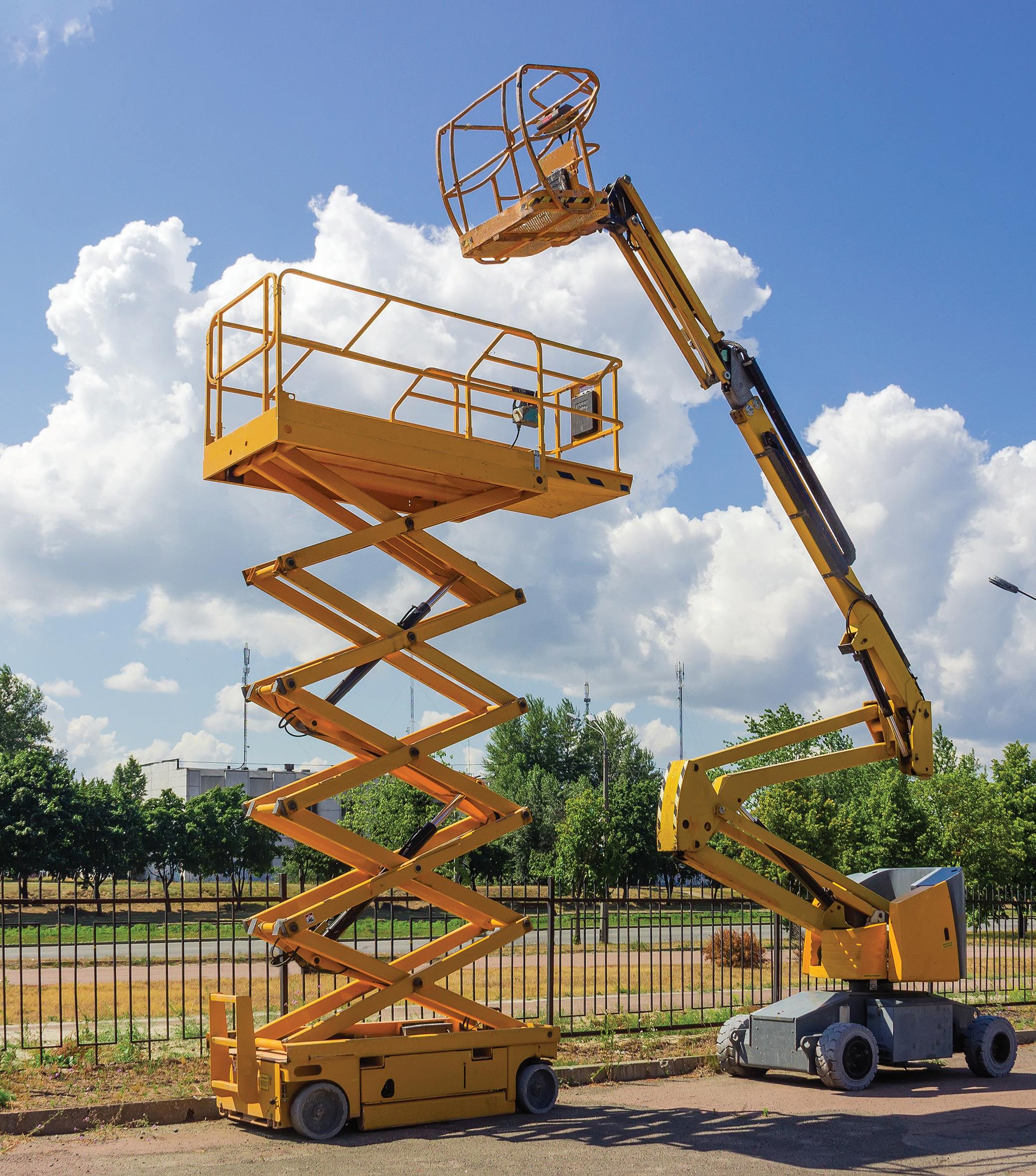

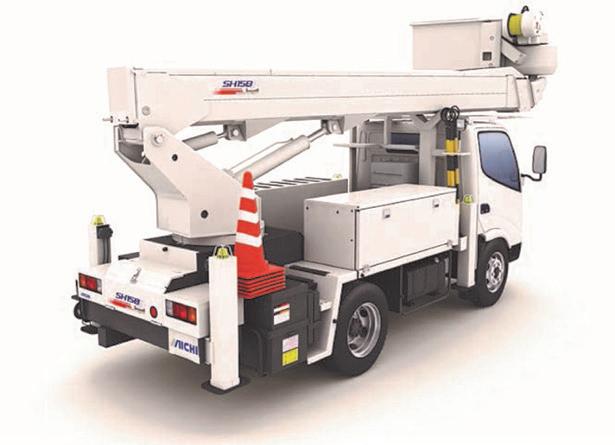
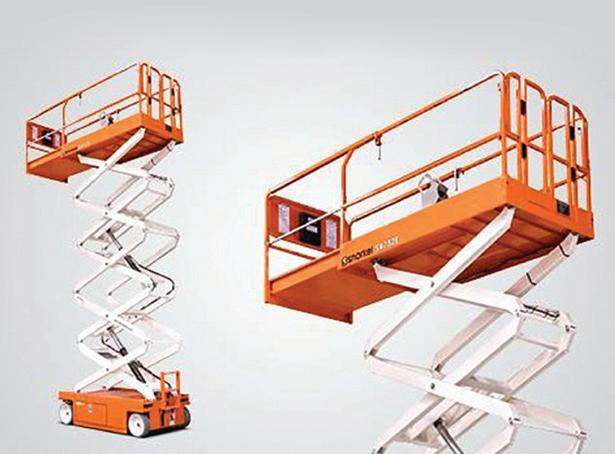
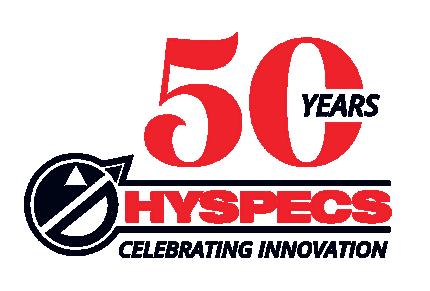
B&C | 77 Elevating Work Platforms DONT GET CAUGHT WITH UNCERTIFIED OR UNSAFE EQUIPMENT Call Hyspecs on 03 366 1872 or visit www.hyspecs.co.nz FOR ALL YOUR ACCESS EQUIPMENT & EWP SERVICE AND CERTIFICATION NEEDS • Service and Maintain all EWP Equipment • Six Month EWP Certification • 10 & 5 Year Major Examination Service • Emergency Breakdown Service • CBIP Accredited • South Island Snorkel Service Agents • Full Service History kept and maintained on EWP Equipment certified, maintained and repaired through our workshop SouthHyspecsIsland Only Snorkel, Aichi and more. Supporting the Access Equipment & EWP industry for over 50 years.

incidents, so effective and proper training reduces the risk significantly.
Maintenance and inspection
The EWPA also aims to raise awareness about the required competencies of EWP inspectors.
EWPs require inspections and maintenance at set intervals.
All EWPs require a six-monthly safety inspection which is similar to a motor vehicle warrant of fitness, and all require what industry refers to as a “major rebuild” when EWPs reach an age of 10 years old.
The EWPA Registered Inspector Programme is a national initiative where potential
inspectors are formally assessed, verified and moderated to ensure they have the level of experience and expertise needed to undertake six month and/or major inspections of mobile elevating work platforms (MEWP).
All inspections must be carried out as per manufacturer’s instructions and the NZ/ Australian standard AS2550.10.
The New Zealand EWP Best Practice Guidelines state that only a “competent person” can carry out six month and/or major inspections.
The EWPA Registered Inspector Programme is the best method to educate and improve compliance and consistency of elevated
Made NZ
How to become a registered inspector
An applicant wishing to hold a Registered Inspector card is required to:
• Be employed by a member company of the EWPA
• Be nominated and sponsored by their employer
• Submit a completed application form containing relevant training, qualifications and experience for formal assessment and verification.
Applicants are required to document and provide physical evidence of their industry training, qualifications and experience covering:
• Industry experience: inspection experience and amount of years in the industry
• Training courses attended: Manufacturers’ training courses and any other relevant technical courses
• Professional/trade related qualifications: e.g. qualified diesel mechanic, electrician etc.
• CBIP Accreditation - Level 1 (for 6-month certs), L2 (for major inspections) or L3 for both.
work platforms maintenance within New Zealand, thus ensuring inspectors are up to “competent person” standards.
The cost of major inspections is significant for EWP owners, so it is essential that maintenance is undertaken correctly and consistently across New Zealand.
All EWPs require a sixmonthly safety inspection which is similar to a motor vehicle warrant of fitness, and all require what industry refers to as a “major rebuild” when EWPs reach an age of 10 years old.
The Registered Inspector Programme advises inspectors to follow the EWP Best Practice Guidelines and relevant industry standards.
The programme gives EWP owners and operators a greater certainty of equipment compliance and safety.
The Registered Inspectors Programme has a range of criteria, and it is the role of the EWPA to moderate those people or businesses that are doing these inspections.
Elevating Work Platform Association of New Zealand
P O Box 90744 Victoria Street West Auckland 1142 (07) 575 2563
021 967 604 info@ewpa.org.nz www.ewpa.org.nz


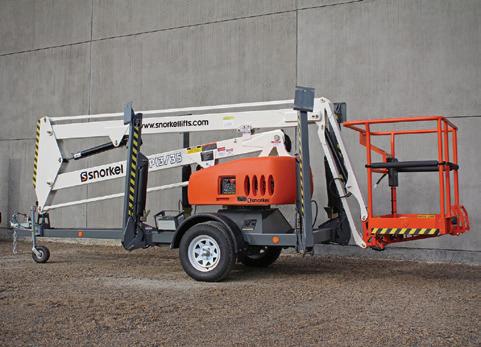
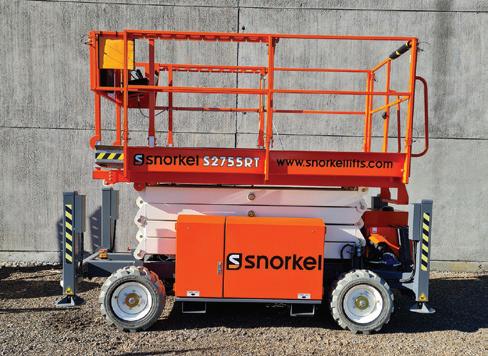

Snorkel New Zealand specialises in the manufacture of Elevated Work platforms and is proud to do so right here in New Zealand.
With
With
78 | B&C Elevating Work Platforms
over 40 years of operation in the Horowhenua, we can build and supply your new machines at factory direct prices. We also back them up with in country support, available replacement parts, and country wide service agents. Customisation of your new NZ built machine to your fleet and business requirements is also available.
to our overseas
we can also
a wide range of Electric scissors, knuckle booms, mast lifts, telescopic boom lifts and telehandlers.
access
Snorkel suppliers,
supply
06 368 9168 www.snorkellifts.co.nz 36 Bruce Road, Levin 5510, New Zealand
Elevated security
Safety Nets NZ is your 100 percent New Zealand owned and operated safety netting specialists, supplying all your safety netting requirements. From large commercial and industrial sites to residential home builds, their fall protection systems and nationwide network of local installers provide the solution to every height-safety concern.
Safety Nets NZ have remained as industry leaders throughout a period of unprecedented growth. Their commitment to the industry has seen them join with respected industry bodies to research, develop and improve the industry’s standards.
Safety Nets NZ has over 450,000 square metres of nets available for use in different regions across the country, which is the equivalent of over 2000 house lots of nets. Together with their 30 strong nationwide team of fully certified riggers, they assure their clients that they have the infrastructure and resources available to quickly and professionally satisfy all their soft fall protection needs.
Their safety nets are sourced from the world’s best providers of safety netting. The majority of nets themselves are manufactured in Spain by Tecnologia Deportiva, which is Europe’s leading net manufacturer. The nets are made from high tensile, multifilament polypropylene and are knotless. All of the safety netting used complies with the European Standard 1263-1 Safety Netting.
Workplace falls are one of the most common causes of injury and even death in the construction industry within New Zealand.
The team at Safety Nets NZ are passionate about making sure your site is as safe as it can be. Our netting solutions are saving lives and ensuring your workforce are getting home safe. We are dedicated to our industry by driving certification standards and working with WorkSafe NZ to deliver industrywide protocols to ensure the safe and consistent use of fall through systems.’
- Craig Daly from Safety Nets NZ.
A readily available and easily installed fall arrest system is the one simple solution to creating a safer workplace for your employees. Safety netting, in combination with an effective edge protection system,
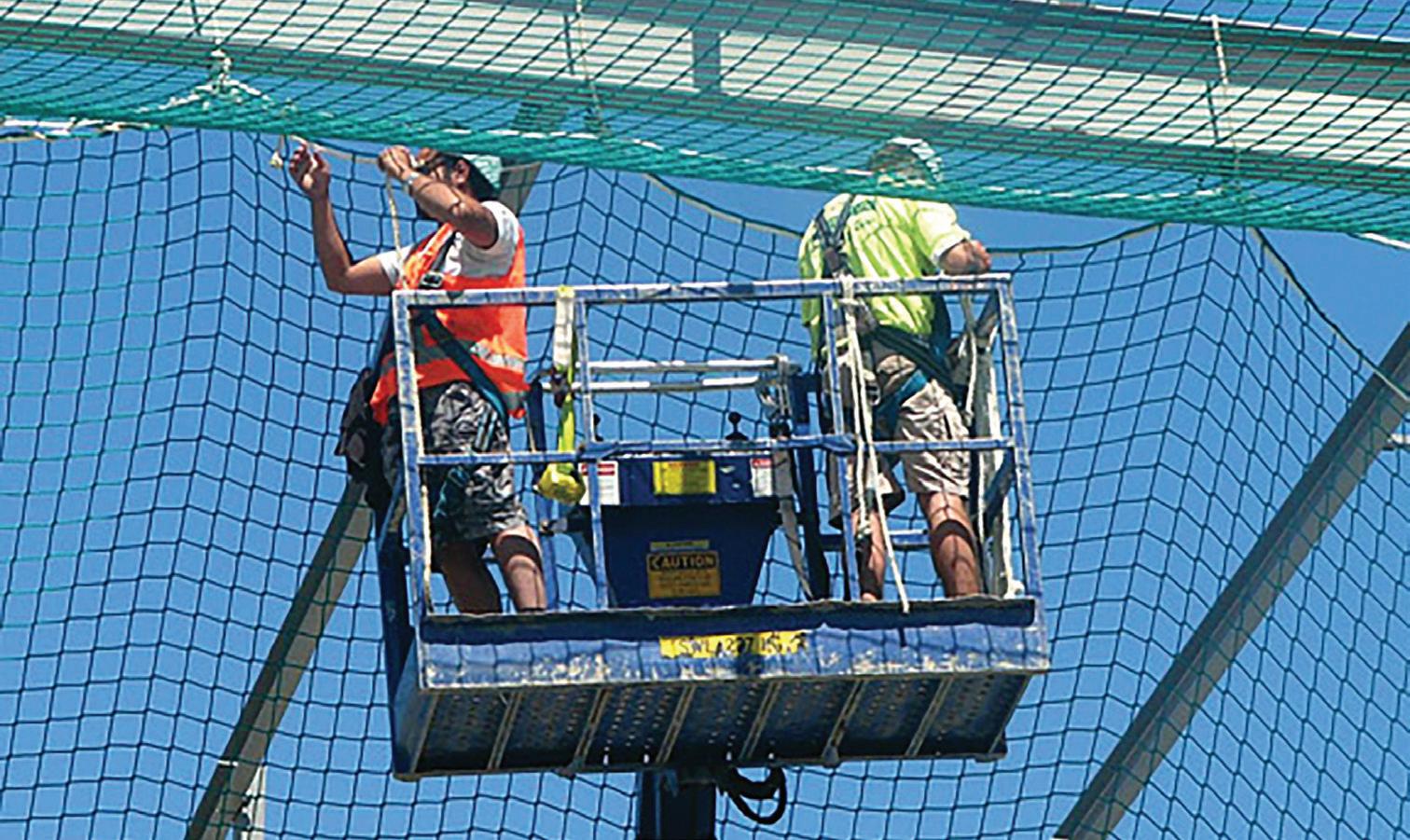
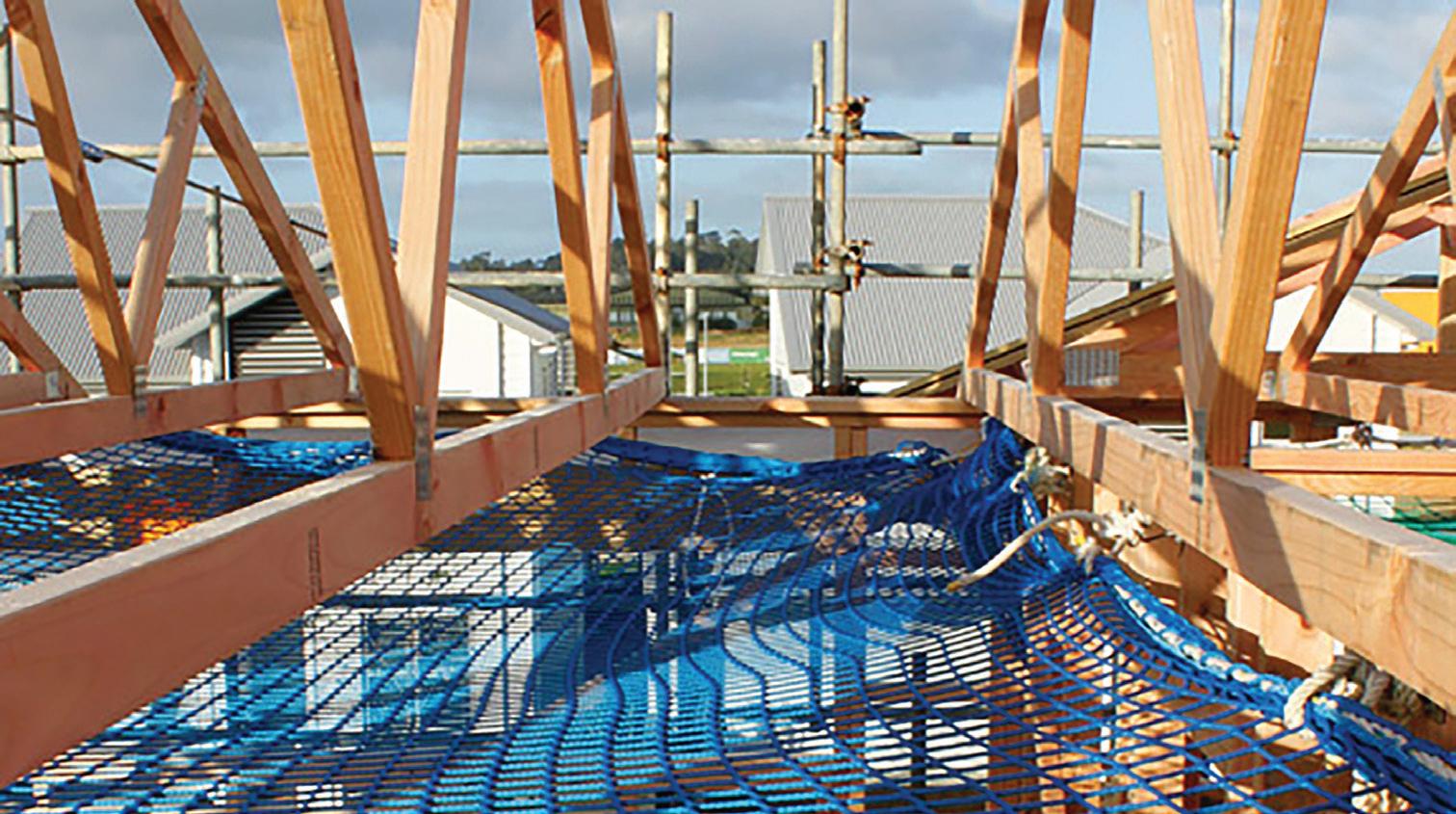
can deliver a fast, safe and economic heightsafety solution by providing a complete safety ‘envelope’ around site workers.
If your company needs safety netting at your next project, do not hesitate to contact
Safety Nets NZ today! For their North Island team call 0800 638 769 or for the South Island call 0800 638 748. Alternatively visit their website for more information at www.safetynetsnz.co.nz.

SPECIALISING IN RESIDENTIAL & COMMERCIAL FALL PROTECTION, DEBRIS & ASBESTOS CONTAINMENT
• The country’s largest independent safety-netting specialist.
• Our fall through protection system has been independently tested and certified by Massey University.
• Our system ensures that as a PCBU, you have taken all reasonably practicable steps to ensure the safety of your workforce.
• Bespoke debris and asbestos containment, fall protection system for uninterrupted work processes during industrial property re-roofing.
• A nationwide network of local installers providing exceptional customer-focused fall arrest solutions.
WWW.SAFETYNETSNZ.CO.NZ
B&C | 79 NORTH ISLAND 0800 NETSNZ
ISLAND
NETS4U
(638 769) SOUTH
0800
(638 748)
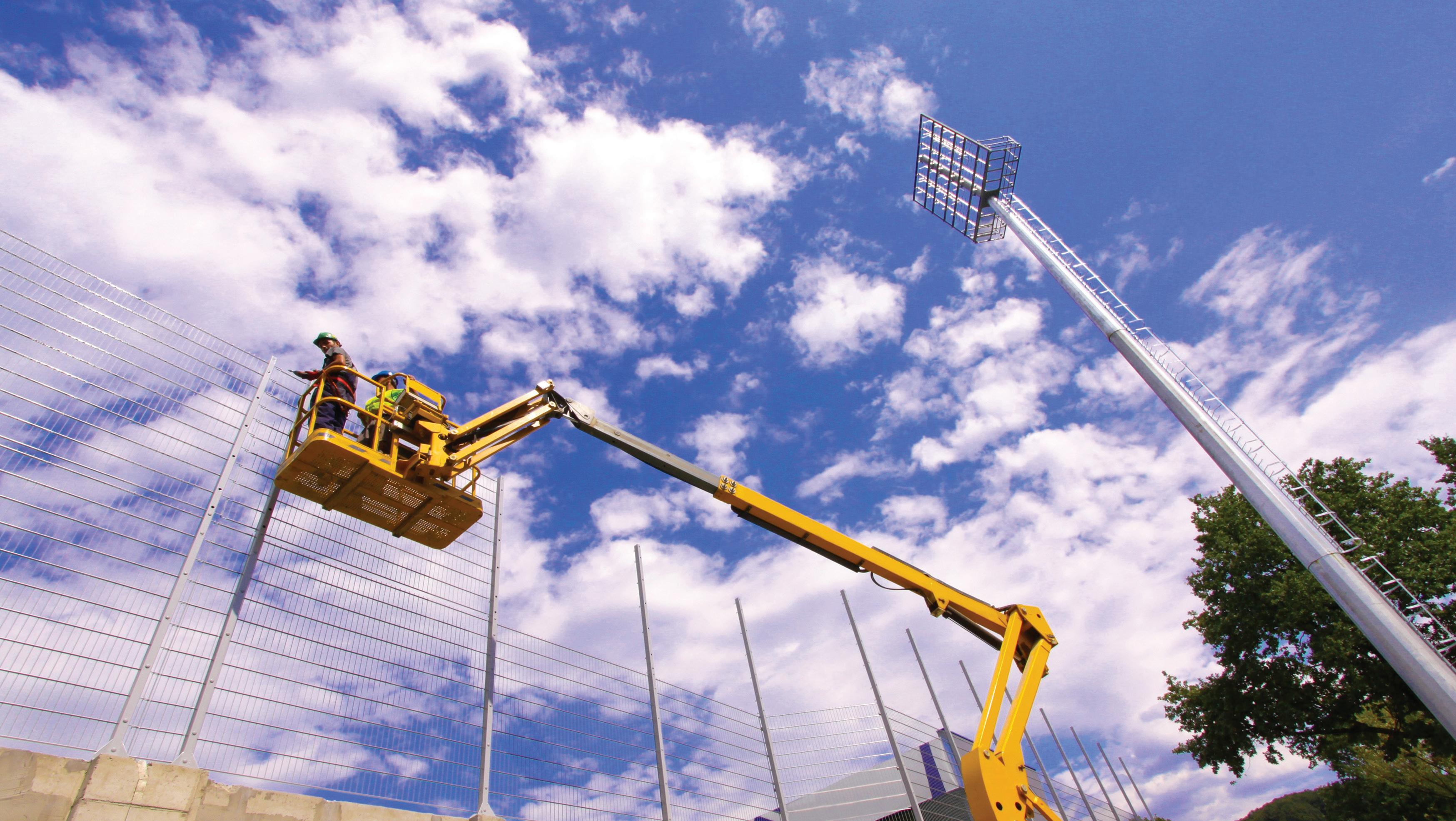
Height safety How to reduce the risk
Falls from height are a significant issue in New
Zealand.
The Ministry of Business, Innovation, and Employment has conducted extensive investigations into falls from height, revealing that more than half of these incidents occur from less than three metres.
A substantial 70 per cent of falls originate from ladders and roofs. These falls are not only common but also costly, with an estimated annual cost of $24 million.
Injuries from falls at height are most prevalent on residential building sites, surpassing any other workplace in the construction sector. A variety of factors contribute to injuries sustained from working at height.
These include:
• Lack of or inadequate planning and hazard assessment
• Inadequate supervision
• Insufficient training for the task being carried out
• Incorrect protection or equipment choices
• Incorrect use or setup of equipment, including personal protective equipment
• Unwillingness to change the way a task is carried out when a safer alternative is identified
• Suitable equipment being unavailable.
In 2012, the Ministry of Business, Innovation, and Employment launched the Preventing Falls from Height Project, a targeted harm reduction programme.
This initiative provides critical guidelines for managing work at height, aiming to reduce the incidence of falls and related fatalities.
The Health and Safety in Employment Act 1992 outlines the duties of employers and employees.
It requires all duty holders to take all practicable steps to ensure the safety of workers when they are exposed to a fall or where the hazard of a fall exists.
The hierarchy of controls is a crucial aspect of safety management. In the context of working at height, it helps duty holders prioritise safety measures.
Can the job be done without exposing persons to the hazard (eliminate)? This can often be achieved during the planning and tendering stages.
If elimination is not possible, then steps should be taken to isolate people from the hazard.
This can be achieved using safe working platforms, guardrail systems, edge protection, scaffolding, elevated work platforms, mobile scaffolds and barriers to restrict access.
If neither elimination nor isolation is possible, then steps should be taken to minimise the likelihood of any harm occurring.
This means considering the use of work positioning systems or travel restraint systems, safety harnesses, industrial rope access systems and soft-landing systems.
A hazard assessment should be carried out for all work at height. It is essential that the hazards are identified before the work starts and that the proper equipment, appropriate precautions and systems of work are provided and implemented.
Doing nothing is not an option.
Identify the hazards of working at if height where someone could fall. Four ways of identifying hazards are:
Physical inspections
This involves a thorough walk-around of the workplace using a checklist to identify and manage hazards.
It’s a proactive approach to safety, where potential risks are spotted and addressed before any work begins. This could include checking the stability of ladders, ensuring
guardrails are in place, or verifying the condition of equipment.
Regular physical inspections not only help in prompt hazard identification but also ensure that safety measures are consistently maintained.
Task analysis
This approach involves identifying the hazards involved in each specific task of the job. It’s a detailed examination of the work process, focusing on the potential risks associated with each step.
Process analysis
This method takes a broader view, identifying hazards at each stage of the production or service delivery process. It involves understanding the entire workflow, from start to finish, and recognising the potential risks at every juncture.
Analysis of accident investigation
This method involves studying past accidents involving similar types of work to identify hazards and causal factors.
Decide if the identified hazards are significant. How badly could someone be harmed if they fall and how likely is a fall to occur? If serious harm could result, then it’s a significant hazard.
Working at heights presents significant safety risks, making it crucial to prioritise safety measures.
Implementing safety protocols, such as proper planning, hazard assessment, adequate supervision, and correct use of equipment, can significantly reduce these risks.
Therefore, ensuring safety while working at height is not just a responsibility but a commitment to protecting both individuals and companies.
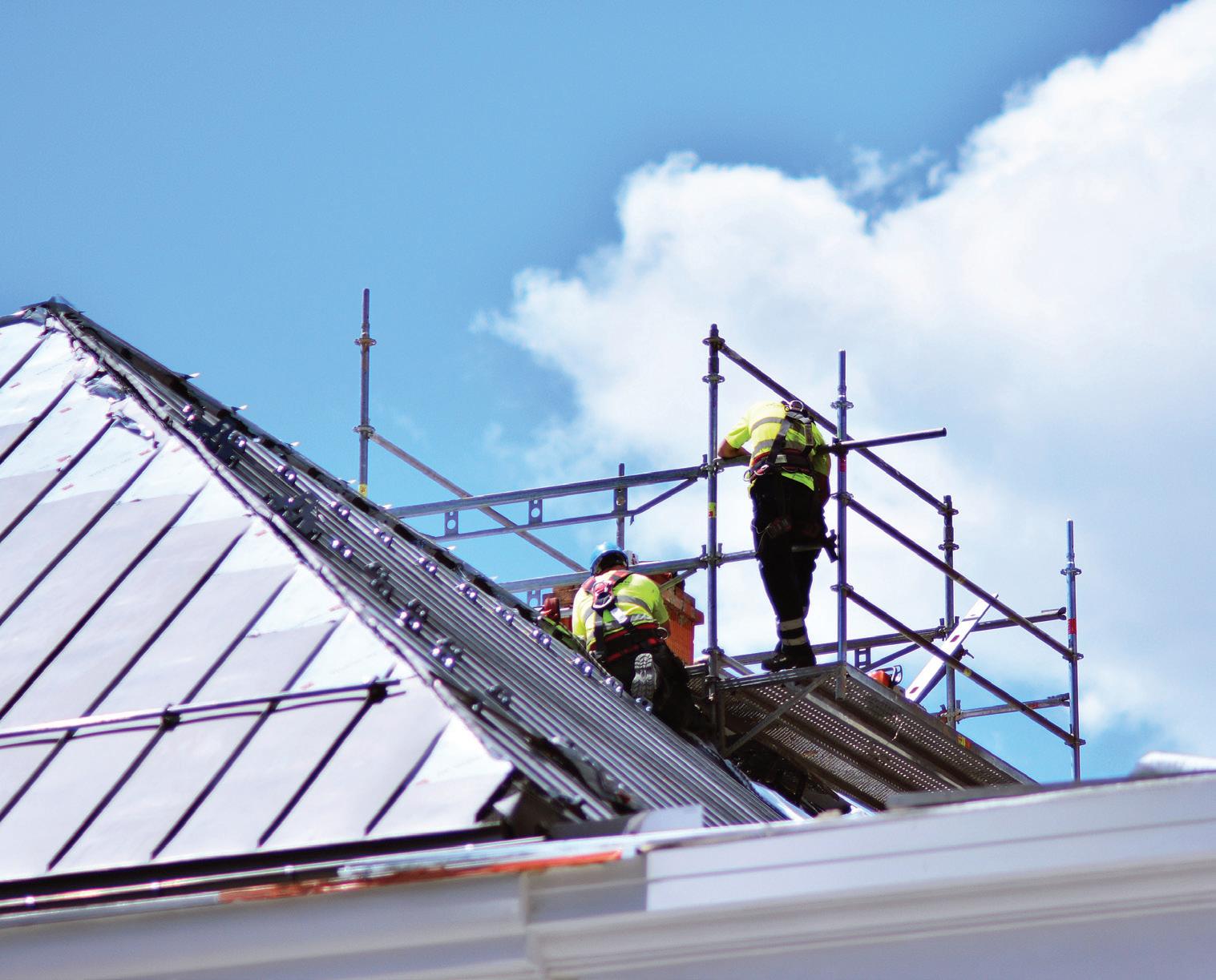
80 | B&C Working at Heights
Protrade Group expands into Otago
Protrade Group is pleased to announce its strategic acquisition of Equiptec Scaffold in Dunedin, marking a significant milestone in the company's journey. This expansion solidifies Protrade's presence in Otago, with branches now established in both Dunedin and Cromwell.
Protrade Group, renowned as the leading provider of top-quality scaffold services, has consistently delivered excellence, safety, and unparalleled resources across the East Coast of the North Island. This acquisition reinforces their commitment to extending exceptional craftsmanship across new territories.
With a well-deserved reputation for delivering top-quality scaffold services in the residential, commercial, and industrial sectors, Protrade has become the goto scaffold provider for clients seeking excellence. The company's expertise is evident in numerous infrastructure projects, particularly in the realm of roading, where they have consistently delivered outstanding results.
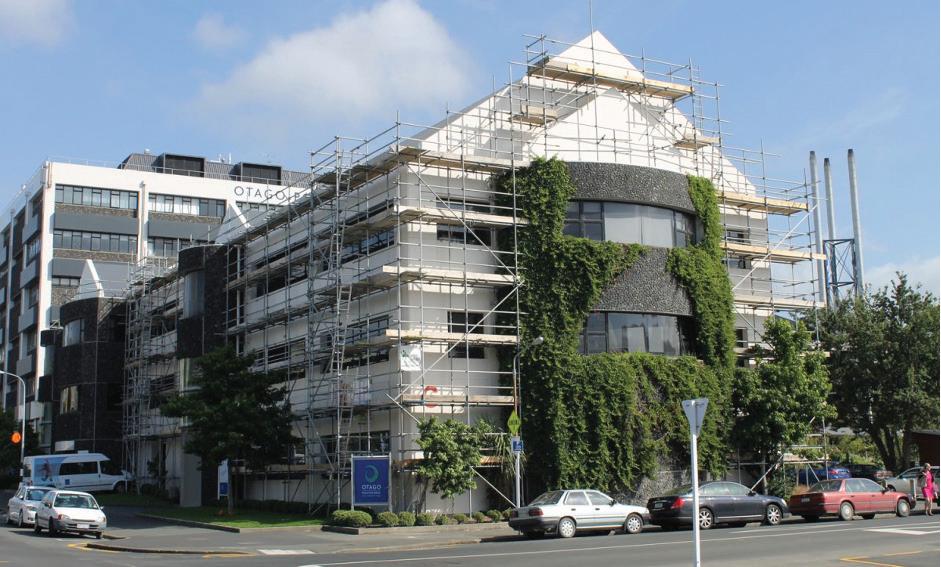
At the core of Protrade's success lies the utilisation of the well-proven Ringlock scaffold system. This system enables their team to erect and dismantle scaffolds efficiently and with precision, reaffirming their position as a trusted and reliable partner for nationwide companies overseeing the roading network.
Protrade's comprehensive approach includes a full safety net service overseen by their dedicated safety officers, ensuring that every project is equipped with the necessary safety measures. The Ringlock scaffold system, with its selection of traditional tube and clip types,
can be incorporated when required. Protrade has also invested in a large range of aluminum mobile towers for enhanced portability.
Protrade's acquisition of Equiptec Scaffold in Dunedin expands their footprint beyond the East Coast of the North Island.
Whether it's a small-scale residential renovation or a large-scale commercial construction, Protrade has the resources to provide tailored scaffold services. Their skilled workforce, in-house scaffold designer using a special scaffold CAD program, and an assortment of construction equipment, including a Manitou Telehandler and All-terrain 4WD forklifts, showcase their commitment to excellence.
Protrade's acquisition of Equiptec Scaffold in Dunedin expands their footprint beyond the East Coast of the North Island. With established branches in Gisborne and a growing team in Wairarapa, serving the Manawatu region, Protrade has also recently opened a branch in Taupo serving the Bay of Plenty area.
The commitment to delivering top-quality scaffold services remains second to none for Protrade. Their expertise, success in infrastructure projects, and well-proven systems provide comprehensive solutions tailored to clients' needs. Protrade's versatile machinery further demonstrates their capability to handle challenging construction sites, ensuring they continue to meet and exceed client expectations, leaving no job too big or too challenging.
Contact Protrade Group Limited: 609 Orchard Road, Hastings 0800 11 22 39 sales@protrade.net.nz www.protrade.net.nz
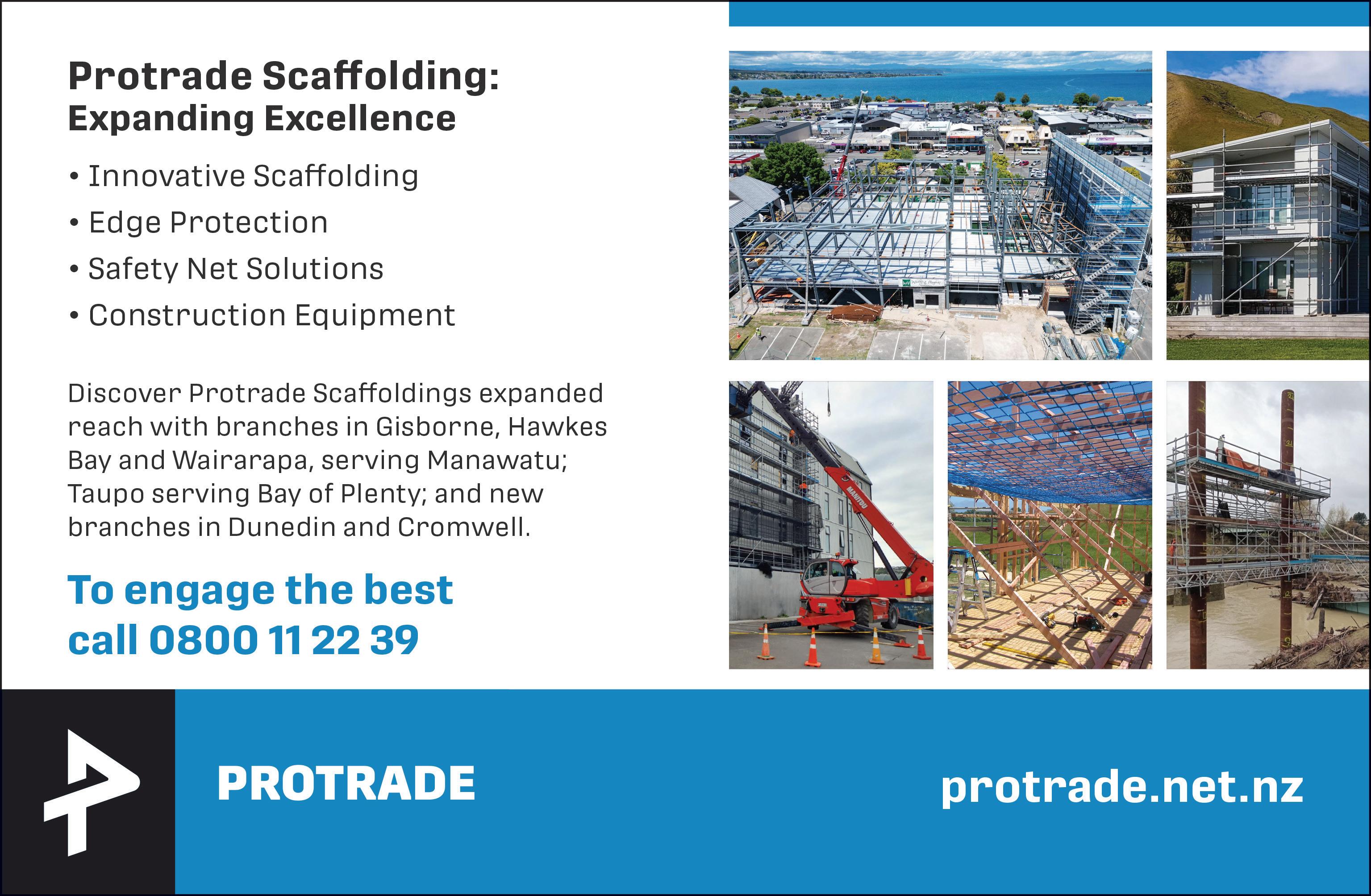
B&C | 81 Working at Heights
A case study in sustainability

The New Zealand Green Building Council (NZGBC) is Aotearoa’s leading non-forprofit sustainable building council with a mission of advocating for better buildings through green and sustainable resourcing and practices resulting in safer, happier homes and buildings for Kiwis - now and into the future.
According to NZGBC, buildings and their construction account for as much as 20 percent of New Zealand’s emissions.
As part of the council’s mission, they’ve incorporated the Green Star certification into their process.
This rating is a truly holistic sustainability rating system for buildings, fitouts and communities, and is seen as the clear benchmark to establish how environmentally friendly a building is in every aspect.
Christchurch City Council sustainability advisor Tony Moore says “Green Star fosters smarter building, more resource efficiency, energy and water savings, lower running costs and a healthy work environment for everyone”.
A perfect example of the type of build NZGBC is inspiring among the community is the Hotel Britomart, which is officially Aotearoa’s first Green Star hotel.
The extensive project, which was completed in September 2020 boasts an impressive 5
Green Star Custom Built rating, effortlessly showcasing the brilliance of high-end green building standards.
It excels in serving the environment as well as it’s guests, a multi layered commitment and responsibility. Being unlike most build projects, stringent planning, knowledge, and thoughtfulness were required in order to fulfil the new standard that was expected.
Speaking to the NZGBC about the project, Bracewell Construction quantity surveyor, Neil Deason says “The Green Star criteria meant we all had to think hard about the products we were installing – where were they sourced from, how were they manufactured, what was their long-term impact on the hotel”.
Cooper and Company, the private investment firm behind the hotel, knew from the onset that going green was the only option for the revitalisation of the building.
Cooper and Company development director, Campbell Williamson, says “Collaboration was absolutely essential to this project and to our delivery of a truly green building because we were stepping outside the square with our approach.
“Green Star is not yet the norm in the New Zealand construction industry but as the sector matures and gives the environment more priority in the equation, Green Star certification will undoubtably become the benchmark.
“We all have an obligation to step up and work harder to stop the demise of the environment."
The commitment, transparency and future orientated approach to the building has a ripple effect, leaving a crucial imprint on those who stay and visit the space.
“I think our guests are now more aware of their own personal and business impact on the environment.
“Being Green Star certified and using the Green Star Performance tool provides a high level of assurance and transparency that every element of the hotel’s operation has a clear intent and outcome relating to a positive impact on the environment,” Campbell expressed.
The immaculate Hotel Britomart is an embodiment of the mission and goals of the NZGBC, giving all a glimpse into the inspiring future of Green Building in New Zealand.
Sustained efforts to overhaul New Zealand buildings and homes by certifying them green will ensure New Zealand’s readiness to transition smoothly into the next phase of our eco-conscious evolution and make certain Kiwis inhibit the healthiest, safest places.
The business case for green building
As well as being good for the environment and health, green buildings are good for the bottom line.
Green commercial buildings deliver better returns for owners and investors, and are in greater demand from tenants.
International evidence shows that green buildings enjoy better occupancy and better returns, and have lower operating costs (including energy).
The principles of green buildings also apply to housing, where energy and water efficient homes cost less to run, and are warmer and drier, delivering health benefits to people living in them.
About the NZGBC
NZGBC is created by the construction property sector and continues to be run by the construction property sector.
The NZGBC represents more than 520 companies and organisations, including government departments, banks, energy companies, insurers, property and construction companies, architects, developers, designers, and tertiary education institutions.
This includes many of the NZX50.
These members have a combined market turnover of $20 billion. We also work with local government members, representing over 60 percent of New Zealand’s population.
NZGBC has 540 members who work with the government to focus on healthier, low carbon buildings. They run the NZGBC board, tools on the website and also have input on what NZGBC does as an organisation.
The summary of Green Star, Homestar and other tools are available on the New Zealand Green Building Council’s website: www.nzgbc.org.nz.
New Zealand Green Building Council (09) 379-3996 info@nzgbc.org.nz www.nzgbc.org.nz
82 | B&C
Green Building

Breathing new life into a kiwi woolshed.
Sustainability takes initiative and that’s exactly what this Kiwi couple behind The Current Place, Damien Nikora and Chanelle Taylor did to breath new life into their classic woolshed. With a shared appreciation for a sustainable future, the couple chose Dimond® Roofing as their partner for this re-roofing project. Keeping with the traditional woolshed, Gull Grey was the perfect choice for the corrugate in combination with Durolite® that perfectly embodies the characteristics of your classic kiwi woolshed. dimond.co.nz
B&C | 83
Green Building
Sustainable building

The passive house concept has been igniting a flame in New Zealand and the fire is steadily spreading.
The International Passive House Association (iPHA) and its partner organisations launched the global “Efficiency: The First Renewable Energy” campaign.
Te Tōpūtanga o te Whare Korou ki Aotearoa, Passive House Institute New Zealand (PHINZ) is the iPHA partner organisation in Aotearoa NZ.
Using the hashtag, #EfficiencyFirst, the campaign was designed to raise awareness for the vital role energy efficiency in buildings plays in meeting our climate goals.
It demonstrated that Passive House buildings provide a comfortable, healthy and sustainable built environment.
IPHA is a global network uniting both Passive House experts and enthusiasts alike. Together with its 22 partner organisations all over the globe, including PHINZ, iPHA works to spread knowledge about the Passive House standard worldwide and foster a greater public understanding of its benefits and achievability.
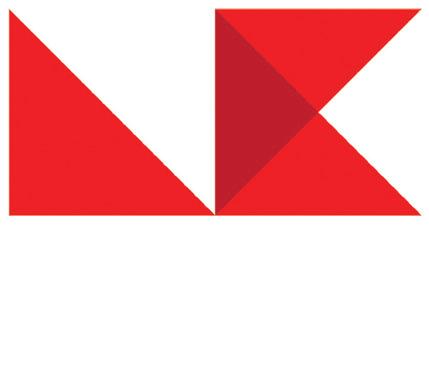
The International Passive House Association (iPHA), founded by the Passive House Institute in 2010, launched its campaign with the social media competition #ExplainPassiveHouse.
Social media followers of the network were asked to post descriptions of how a Passive House building works using everyday household objects.
IPHA is a global network uniting both Passive House experts and enthusiasts alike.
Together with its 22 partner organisations all over the globe, including PHINZ, iPHA works to spread knowledge about the Passive House standard worldwide and foster a greater public understanding of its benefits and achievability.
The network makes information available and facilitates active exchange among industry professionals, policymakers and the media and public.
The United Nation’s Intergovernmental Panel on Climate Change (IPCC) highlights the substantial action needed to limit global warming.
Currently, 35 percent of global energy consumption stems from the building sector alone. The operational stage is the largest contributor to carbon emissions.
The majority of this stemming from heating and cooling demand.
The past decade has seen increased awareness of the need for renewable energy and reducing embodied energy.
Here in Aotearoa NZ, our electricity grid already comprises a high level of renewables and is relatively green compared to most of the world. But compelling evidence still shows that cutting emissions through efficiency is vital to achieve our climate goals.
- PHINZ CEO Amy Tankard
Using the slogan “Efficiency: The First Renewable Energy”, the #EfficiencyFirst campaign informed the public on a foundational aspect of sustainable buildings that is too often overlooked: Energy efficiency.
PHINZ CEO Amy Tankard says, “Here in Aotearoa NZ, our electricity grid already comprises a high level of renewables and is relatively green compared to most of he world.
“But compelling evidence still shows that cutting emissions through efficiency is vital to achieve our climate goals.”
The Passive House Institute of New Zealand
The passive house institute is an incorporated charitable trust that, using extensive research, is ultimately educating New Zealanders about improved health and energy efficiency within our buildings, as well as promoting the passive house standard. Their website boasts a list of passive house professionals, resources and all the latest news and information surrounding this concept.
The initiative promotes the significance of an efficiency first approach to building design; wherein buildings are planned, constructed and retrofitted to have an extremely low heating and cooling demand.
The Passive House Institute of New Zealand PO Box 11766
Wellington 6142 enquiries@passivehouse.nz www.passivehouse.nz
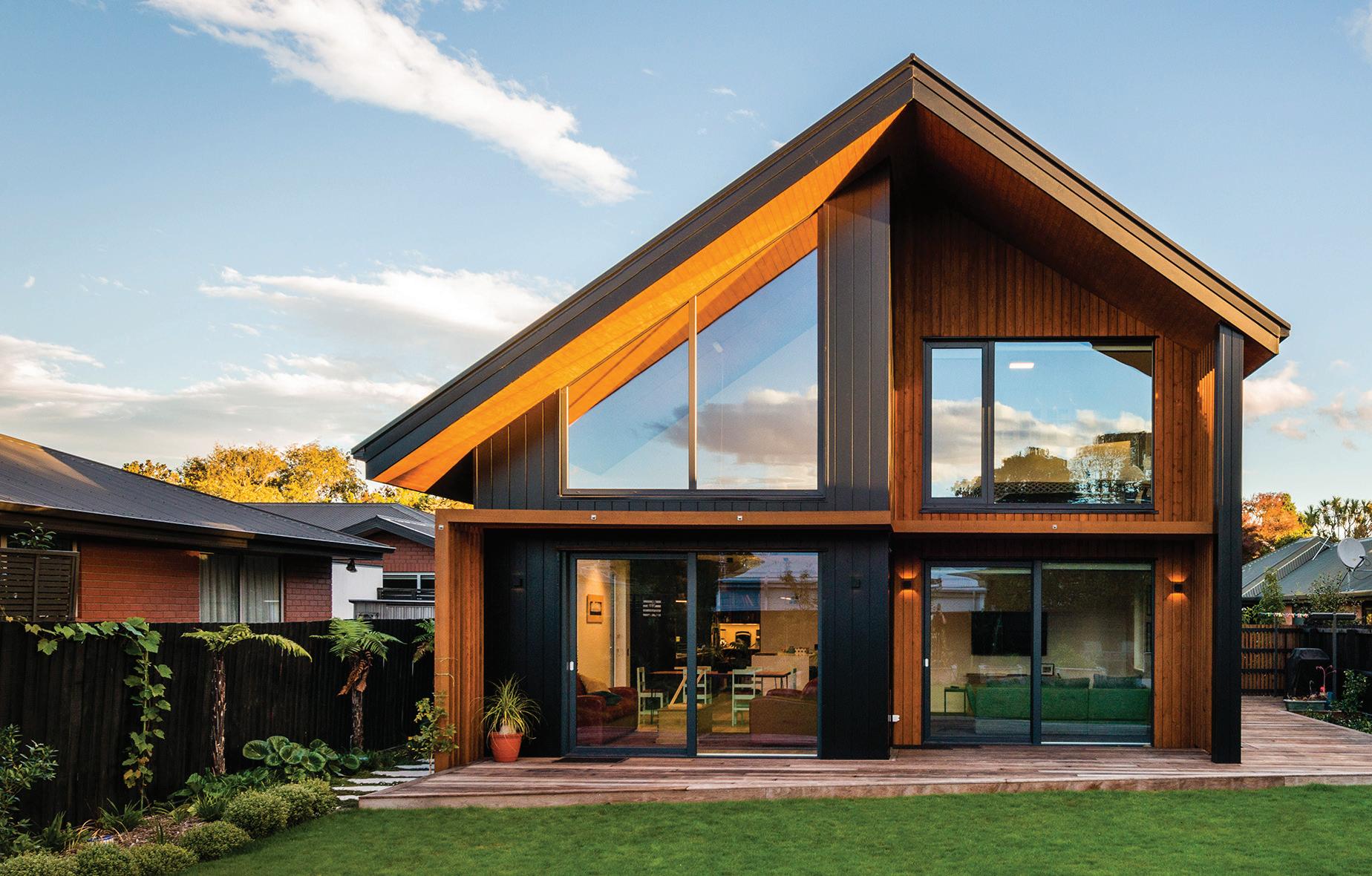
84 | B&C Phone 03 344 3126 Proudly building healthier homes for New Zealand living www.nkwindows.co.nz Passive House
Taupaki House, Passive House Classic. Image from www.passivehouse.nz
We take the hard work out of heating your home
Ever wished you could just sit back and enjoy a warmer or cooler home?
East Coast Plumbing and Gas can help you make it possible.
We offer a wide range of heating and cooling systems that put you in complete control of your indoor temperature.
All you need to do is press a button, sit back, and enjoy your home.
Full temperature control with a Rinnai Ducted Heat Pump Heat or cool every room in your home with a ducted heating system from Rinnai. As your local Rinnai Authorised Service Agent in Hawke’s Bay, we can install and maintain your heat pump so it provides you with the best of performance all year round.
The latest models of gas fire from Rinnai
Our Home Heating Centre gives you the chance to take a closer look at the latest models of gas fire and find out what’s right for you. A free consultation with one of our experts will help you identify the best and most efficient solution for the area you want to heat. Heat your whole home with our central heating solutions Installing central heating in your home gives you the opportunity to enjoy every room, no matter how cold it gets outside. With optional temperature zoning for different areas of the house, you can adjust the warmth of your home to match your needs then simply enjoy it.

Hot water solutions to suit you
Whether you’re heating hot water for one or need the flexibility of more hot water when your family comes to stay. We design, install and maintain hot water systems that recognise how you use hot water. With a system created to meet your needs, you can enjoy better energy efficiency and keep running costs to a minimum.
Need help with an existing hot water system?
We deal with all types of hot water heater and energy sources. Call us and we can help you make sure your hot water system is working at its best.
Look after your appliances for years of value
East Coast Plumbing and Gas are members of Master Plumbers, Gasfitters and
Drainlayers NZ. We offer a complete range of maintenance services to help you protect the value of the investment you make in plumbing, hot water or heating. Regular maintenance improves the efficiency of your appliances, keeps the running costs at a minimum, and helps you to keep them in working order for years to come. Call us today on 06 211 6462 or visit our website at www.eastcoastplumbingandgas.co.nz


More comfortable homes, in every season. Heating and cooling solutions. Designed for your home: guaranteed to deliver. Visit our Home Heating Centre at 308 Albert Street, Hastings. Find out how we can deliver complete control of the temperature in your home


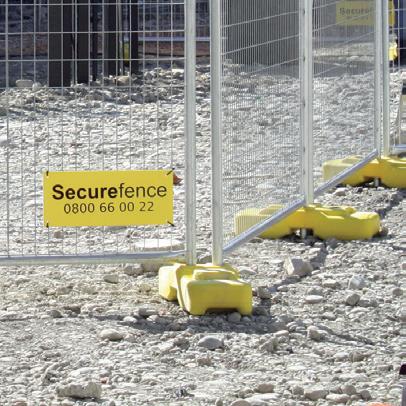


86 | B&C NT Mason & Co Limited DUNEDIN’S SUCCESS IS OUR BUSINESS Bookkeeping Tax preparation Business advisory Phone: (03) 477 1495 Web: ntmason.co.nz Software Solutions Company Secretary Cashflow forecasting 06 844 6171 | 14 Gloucester St, Greenmeadows, Napier office@autossgreen.co.nz www.autosupershoppes.co.nz • Car Servicing • Warrant of Fitness • Tyres • Brake Repairs • Cambelts • Car Battery • CV Joints • Electrics • Engine Management & Diagnostics GREENMEADOWS Tim Banfield 027 2266975 ninetofive@slingshot.co.nz BOBCAT AND DIGGER SERVICES CALF SHEDS FENCING AND RETAINING WALLS WORKPLACE SAFETY IS YOUR RESPONSIBILITY By using Securescaffold you can rest assured that your objectives of safety, cost & meeting deadlines are of our paramount importance to us. 0800 66 00 22 www.securescaffold.co.nz Head Office - 38 Lowe Street, Addington, Christchurch 8011
Central Otago’s blossoming building sector
The construction world keeps growing in New Zealand with so many options of companies for clients to choose from.
With one of the biggest industries to employ new staff in the country, clients can be reassured that work will be done and customer service will definitely be provided. As well as a massive employment industry, construction is one of the main contributors to the country’s economy, alongside agriculture and tourism.
According to www.mbie.govt.nz construction in the Otago region in early 2022 had most of their major projects in the pipeline, costing almost 23 billion dollars.
Construction in New Zealand today is a huge part of our economy, which means that companies will make sure they gain new clients and keep new clients consistently.
A very important aspect of owning and providing a construction business is that you will need to maintain an exceptional work ethic and excellent customer service.
Without providing outstanding services to your clients, this can cause a potential downfall in your business and it is for sure that you will want a good reputation for your company so that you can keep providing services to clients.
Another important part of owning a construction company is probably the gear you use, you want to make sure that your
gear doesn’t break down often and genuinely is just reliable.
In the Central Otago region, there are multiple options for construction companies.
A media release on www.scoop.co.nz states that the company, Centre Earth Civil Construction, launched its services in mid2023.provider of excavation and haulage services in the Otago region.
The company’s vision is ‘developing people, land and investments’.
Centre Earth Civil Construction founder James Mcintish says, “We are excited to launch Centre Earth Civil Construction and offer excavation and haulage to the people and businesses of Otago”.
As referenced in the company’s name, Centre Earth was chosen because the company is simply based in Central Otago.
The company brings together highly skilled professionals who are locals to Wanaka and the region, the team are very experienced and can commit to a job no matter how big or small.
“We believe in the values of our company - professionalism, expertise, and a commitment to customer satisfaction.
“We are excited to connect with clients in the Otago region and look forward to building lasting relationships as we help them achieve their construction goals,” says James.
Centre Earth Civil Construction offers a wide range of services to the Central Otago community, from excavation to haulage. cartage, landscaping and so much more!


Services provided:
• Excavation
• Haulage
• Cartage
• Landscaping
• Trenching and Drainage
• Wineries
• Farming and Lifestyle Sections
• Reservoirs and Dams
• Developments
• Emergency Work.
Centre Earth pride themselves on doing construction work.
From preparing house pads, road work, and site clearing to making pathways, the new Wanaka company has a lot to offer to those needing excavation work in the region.
If you live in Central Otago and are still looking for a construction company to work on your next project, get in touch with Centre Earth Civil Construction today and visit them at www.centreearth.co.nz.
Construction is an important part of landscaping in New Zealand as we do have a lot of hilly areas and 60 percent of the South Island are mountain ranges. The region of Otago is especially mountainous as the Southern Alps run down the spine of the South Island, which could lead to the trickiness of construction work. Therefore, qualified and experienced workers can be vital in these communities with such terrains.
Construction is an important part of landscaping in New Zealand as we do have a lot of hilly areas and 60 percent of the South Island are mountain ranges.
However, if you are looking to build in the Otago region, don’t let the terrain stop you as many construction companies including Centre Earth will be more than happy to help out with your home build, as they have the skills and experience.
If we think about it, in this day and age we have great potential to be able to build on hilly and mountainous terrain, it definitely would have been more difficult back in the day.
This is especially due to the fact we have evolved with the heavy machinery we have built over the decades.
If you have had a project lingering in the back of your mind, then why not make it a reality? Build that dream Otago home, start your winery providing exceptional wine from the Central Otago region or open a fruit farm.
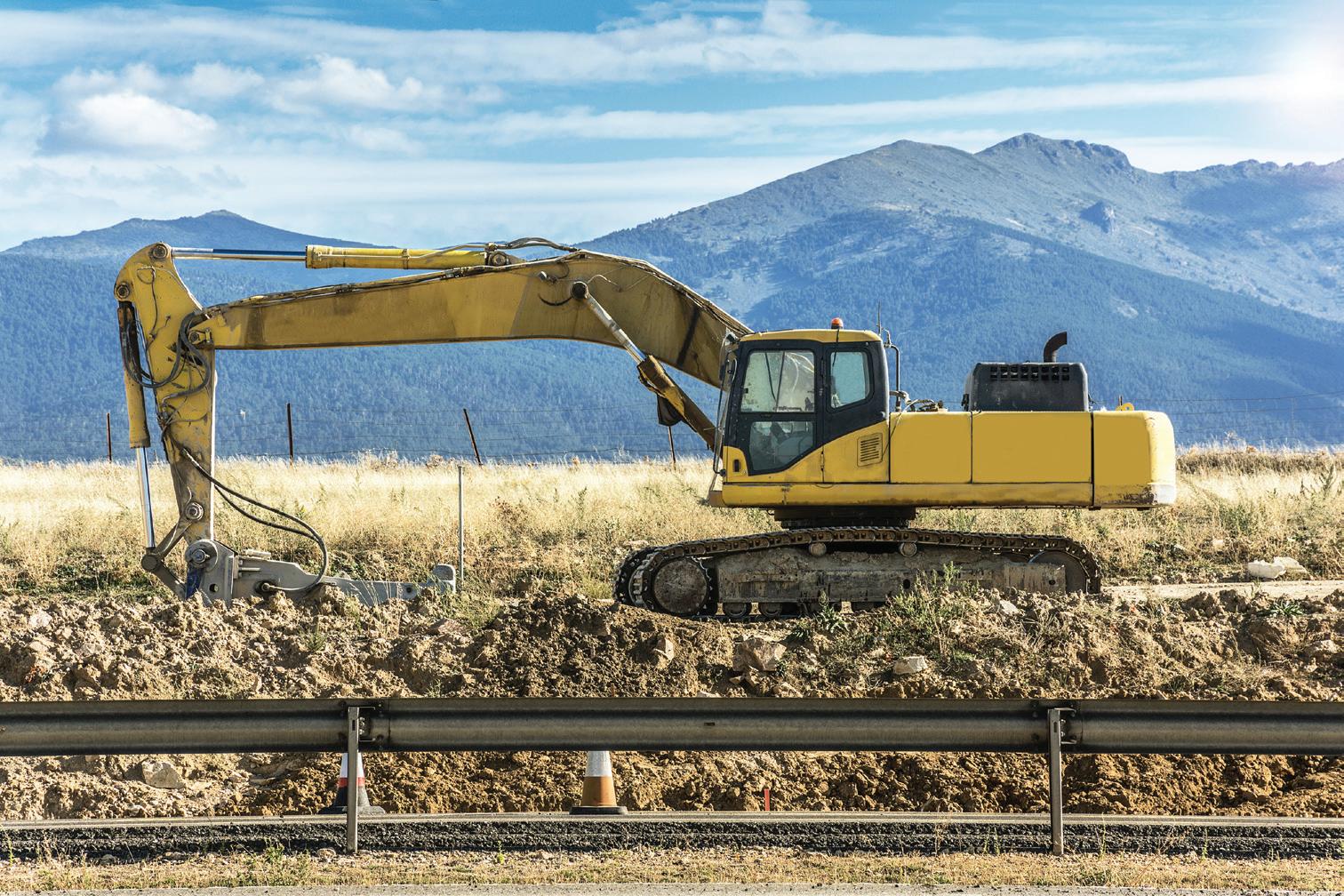
B&C | 87 Central Otago Ph: 021 382 586 E: admin@notjustplumbing.co.nz


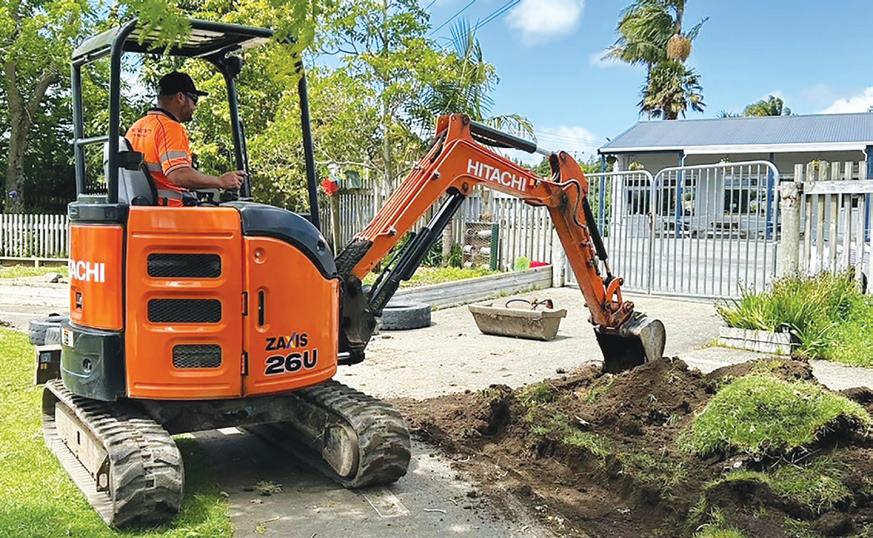
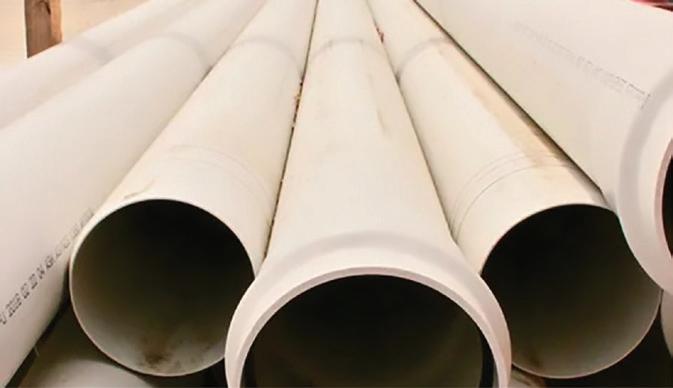
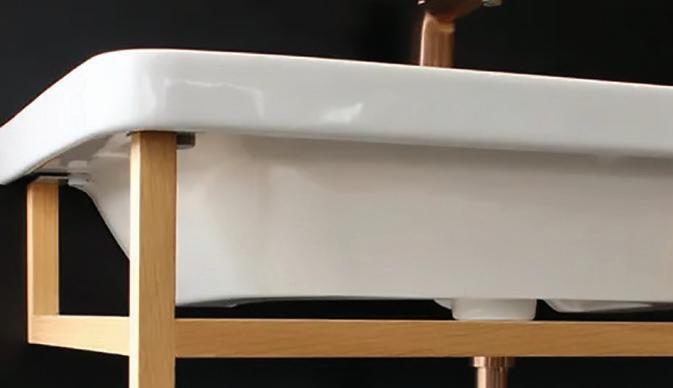
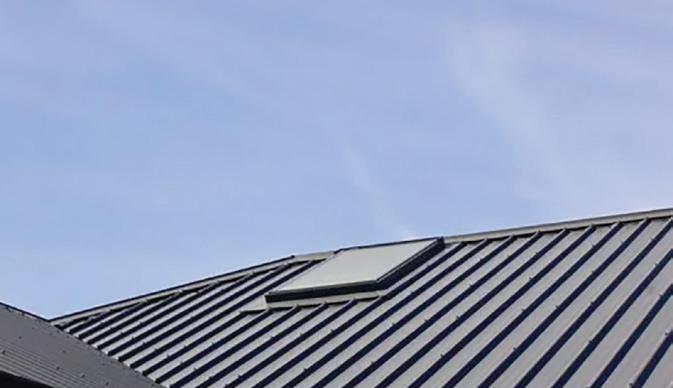

88 | B&C Leading specialist for earthmoving in Northland • Residential and civil works • Rural developments • Supply of materials • Farm maintenance • Demolition and removal • Lifestyle blocks • Drainage • Natural Flow system - Effluent disposal system 021 919 142 | 92 Waimate North Rd, Kerikeri, 0293 admin@northlandearthmoving.co.nz www.northlandearthmoving.co.nz • PLUMBING • ROOFING • DRAINLAYING • GAS SUPPLIER & FITTING 11 Purkiss Street, P O Box 925, BLENHEIM 7240 www.morganplumbing.co.nz t: 03 578 0060 e: info@morganplumbing.co.nz
Homer Tunnel’s $29 million safety upgrade
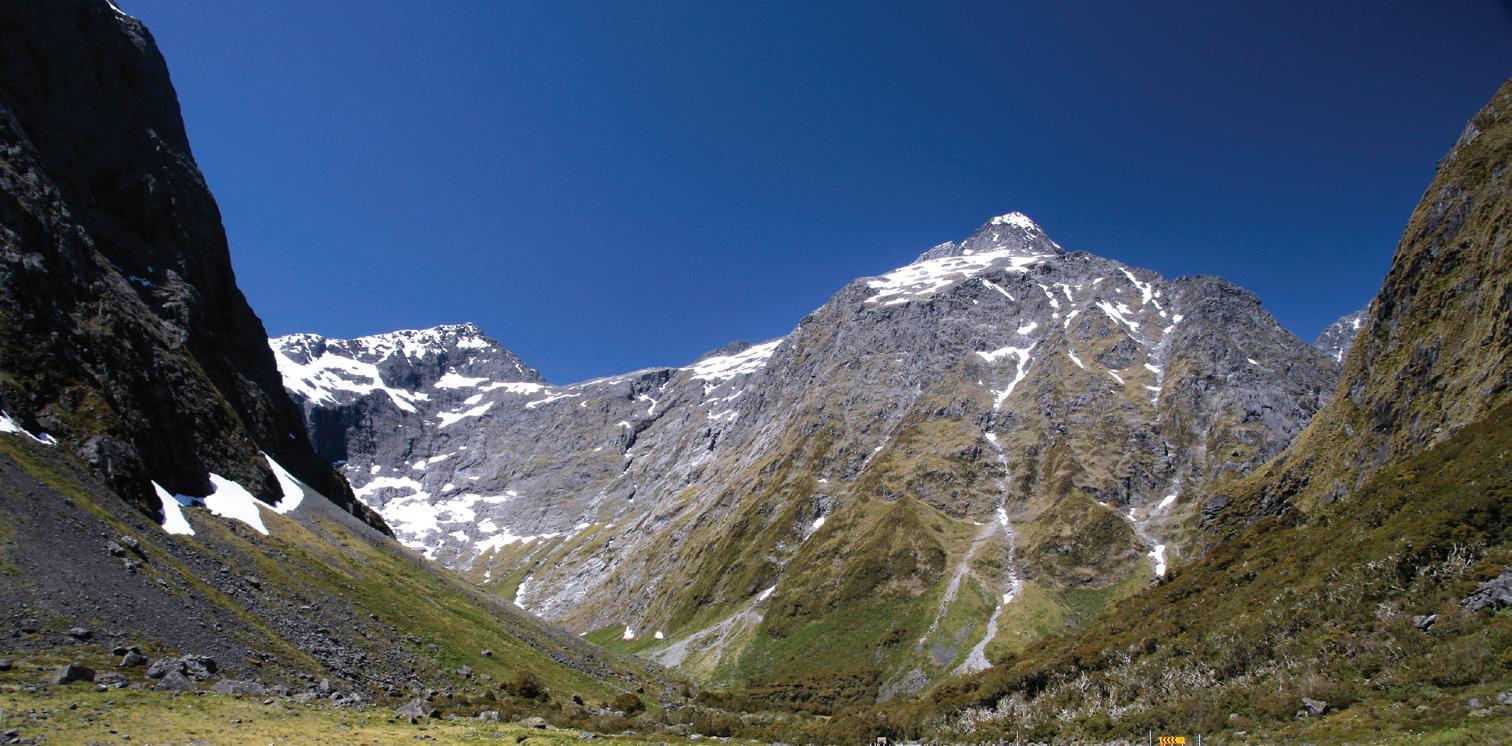
The Homer Tunnel, the entrance to Milford Sound Piopiotahi, has been getting safety improvements over the past two years.
The final piece of work is the replacement of the old avalanche shelter on SH94 at the mouth of the tunnel on the Te Anau/ eastern side, which started last November, says Waka Kotahi NZ Transport Agency.
“People will see work underway around the tunnel during daytime hours which won’t affect their journey times,” says Waka Kotahi Senior project manager Chris Collins.
The Government-funded project’s new avalanche and rockfall shelter, a 45-metre extension of the Homer Tunnel itself on the Te Anau/eastern side, has been designed for portable, modular, quick installation. This will enable efficient construction at the entrance to the tunnel, Chris says.
More than 150 concrete, pre-cast units are being made in Ashburton and are being transported to the site.
To minimise disruption to visitors, who largely drive to Milford Sound Piopiotahi in daytime hours, the tunnel will be largely unaffected during daytime hours from November through to May 2024.
Safety upgrades to date
An upgraded tunnel power system and lighting plus new speakers inside the tunnel to communicate with people in an emergency have been installed in recent years.
A new protected duct has been built along the full 1.2km length of the tunnel to protect cabling, fibre and other systems during a fire, says Mr Collins.
An extra lane has been built at the eastern tunnel traffic signal (back toward the tunnel control building) for better management of traffic during winter, and more sophisticated in-tunnel vehicle detection systems have been installed.

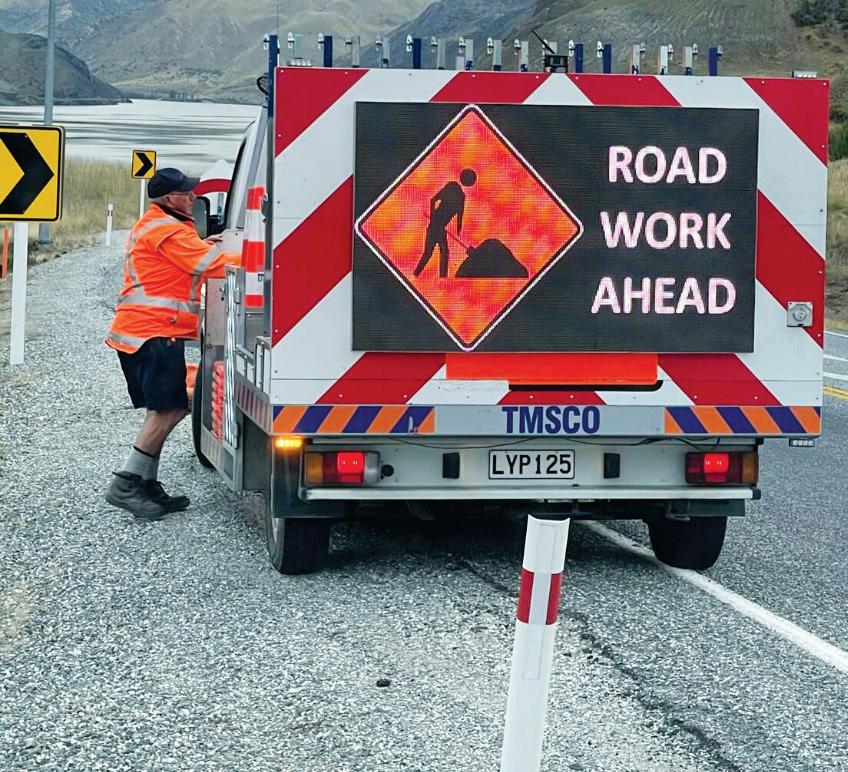

B&C | 89 The Great South Reliability, Workmanship and Product Guaranteed! WE HAVE THE SKILL, THE EXPERIENCE AND THE MACHINERY TO TACKLE YOUR PROJECT WITH EASE. 021 55 7788 www.robertlaingcontracting.nz 4 Brick Hill Rd Sawyers Bay DUNEDIN Ensure safety, compliance and peace of mind with effective traffic management from TMSCO. A FULL RANGE OF EQUIPMENT IS AVAILABLE FOR HIRE FOR PRIVATE USE TRAFFIC MANAGEMENT. Traffic Managements Services Central Otago are your region-wide specialists in traffic management planning and implementation. 021 720 162 | taane@tmsco.co.nz | www.tmsco.co.nz • Planning and Monitoring • Road/Road Adjacent Works • Mobile Services • Event Services • Equipment Hire SERVICES


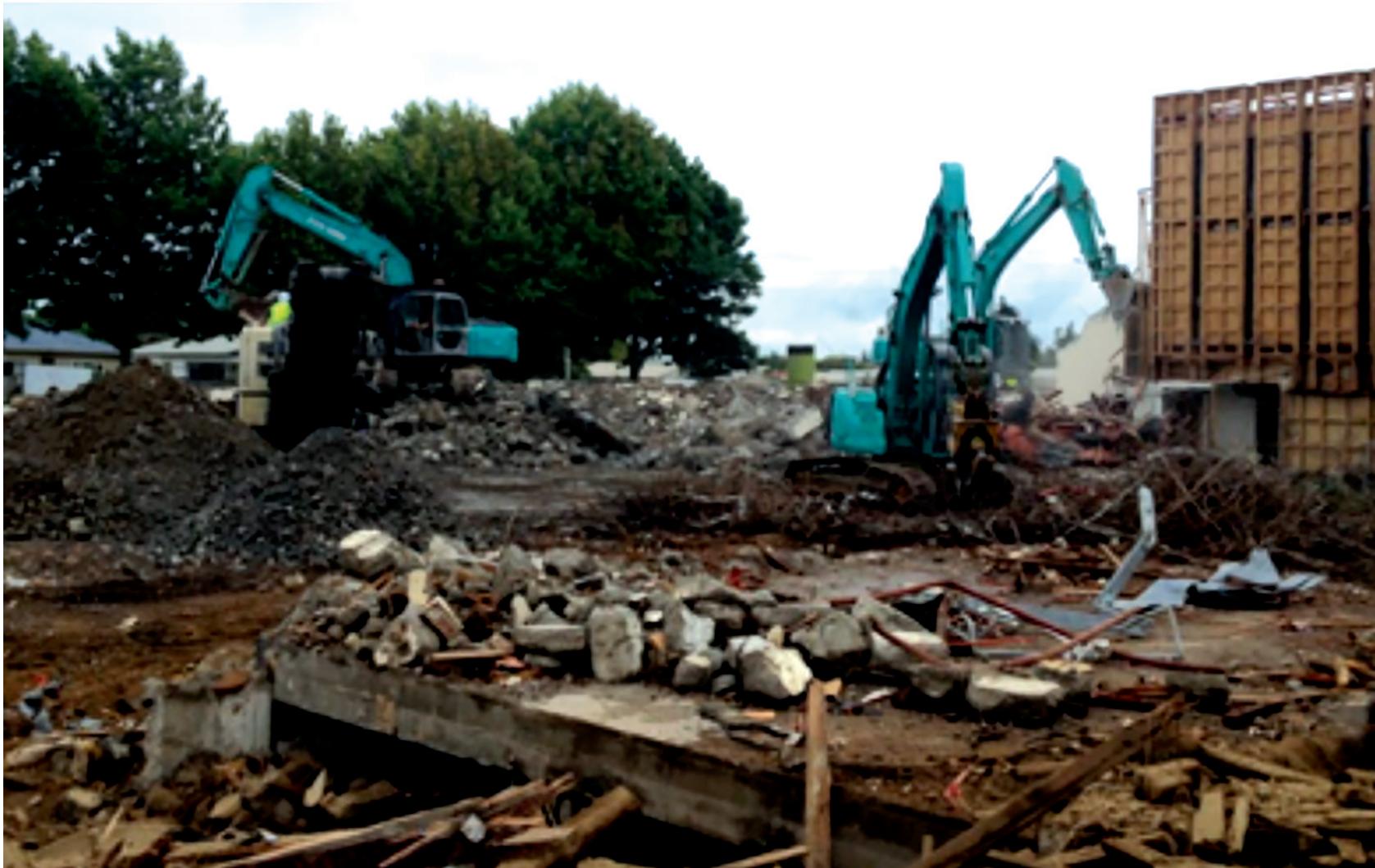
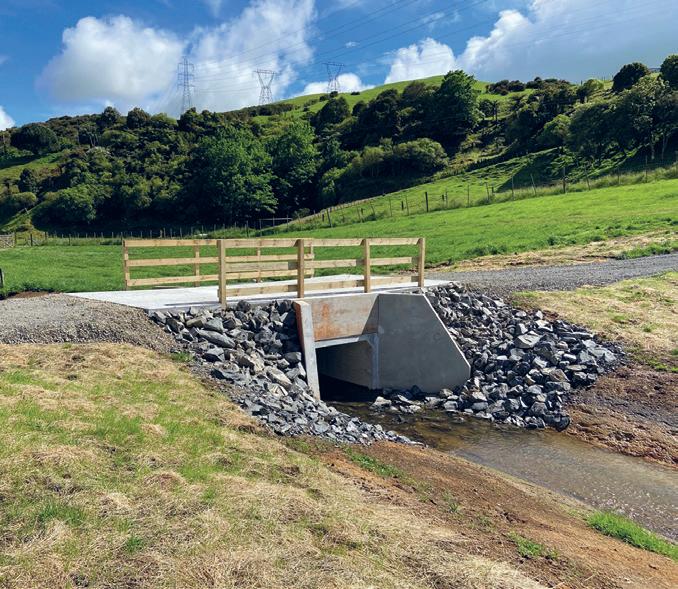
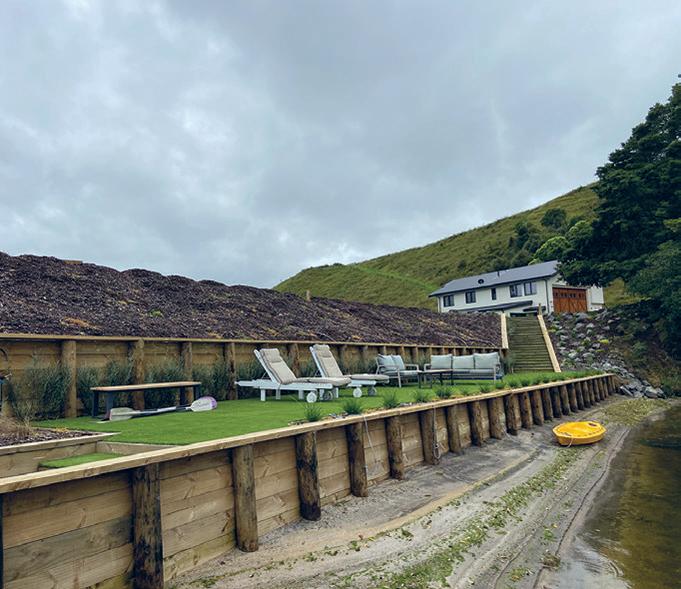
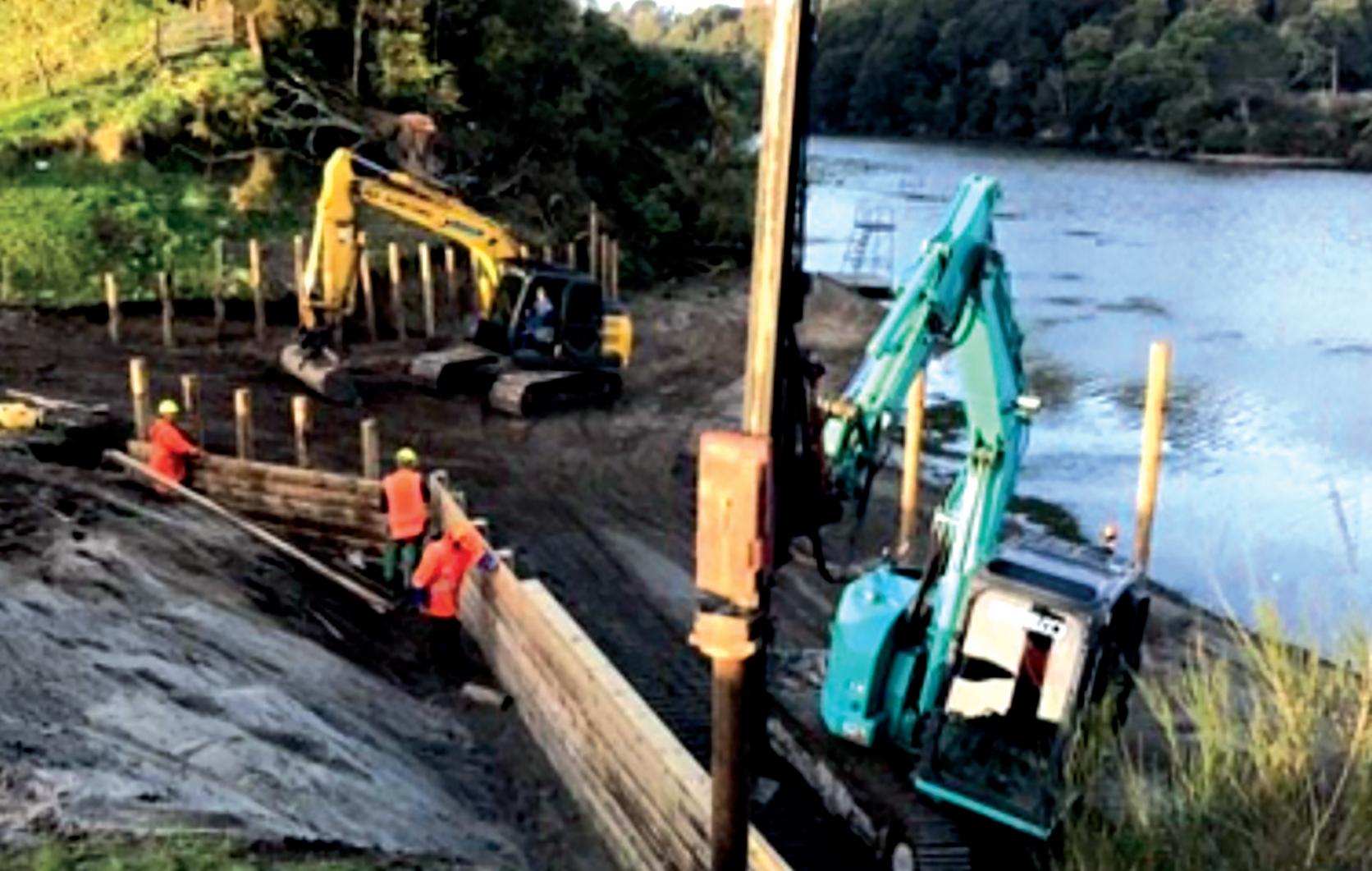

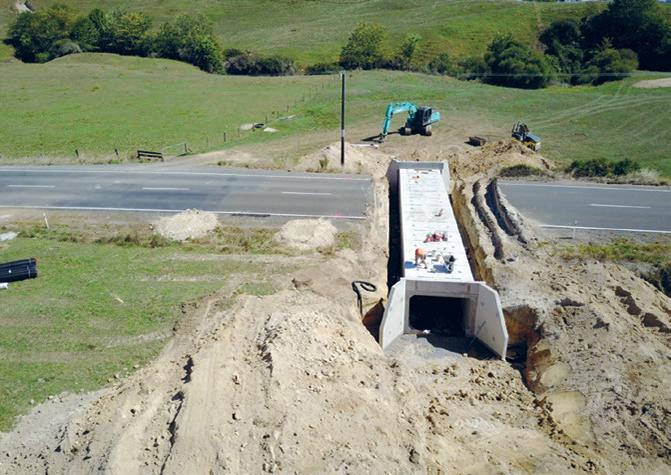
90 | B&C Multiple designs, full installation services and options to suit your needs – our team are here to make your installation process hassle-free. 07 807 9109 www.cambridgepools.co.nz TRANSFORM YOUR EMPTY SECTION WITH A NEW FIBREGLASS POOL FROM EXPERIENCED WAIKATO BUILDERS EARTHWORKS/CIVIL SUBDIVISIONS/ENTRANCEWAYS DEMOLITION/SITE CLEARING PILING/RETAINING WALLS BRIDGES/UNDERPASSES TRUCKING/LOGISTICS office@curincontractors.co.nz | www.curincontractors.co.nz INNOVATIVE SOLUTIONS AND GREAT CUSTOMER SERVICE FOR EARTHWORKS THROUGHOUT WAIKATO 07 827 1869 380 Norwegian Rd, Cambridge, Waikato
Need Tyres in Hamilton?
Quality tyres & mag wheels - best value for money
Accurate 3d computerised wheel alignments
Nitrogen tyre inflation with roadside assistance
Free courtesy vehicles - we make it easy (T&Cs apply)
Mobile eftpos with loads of payment options available
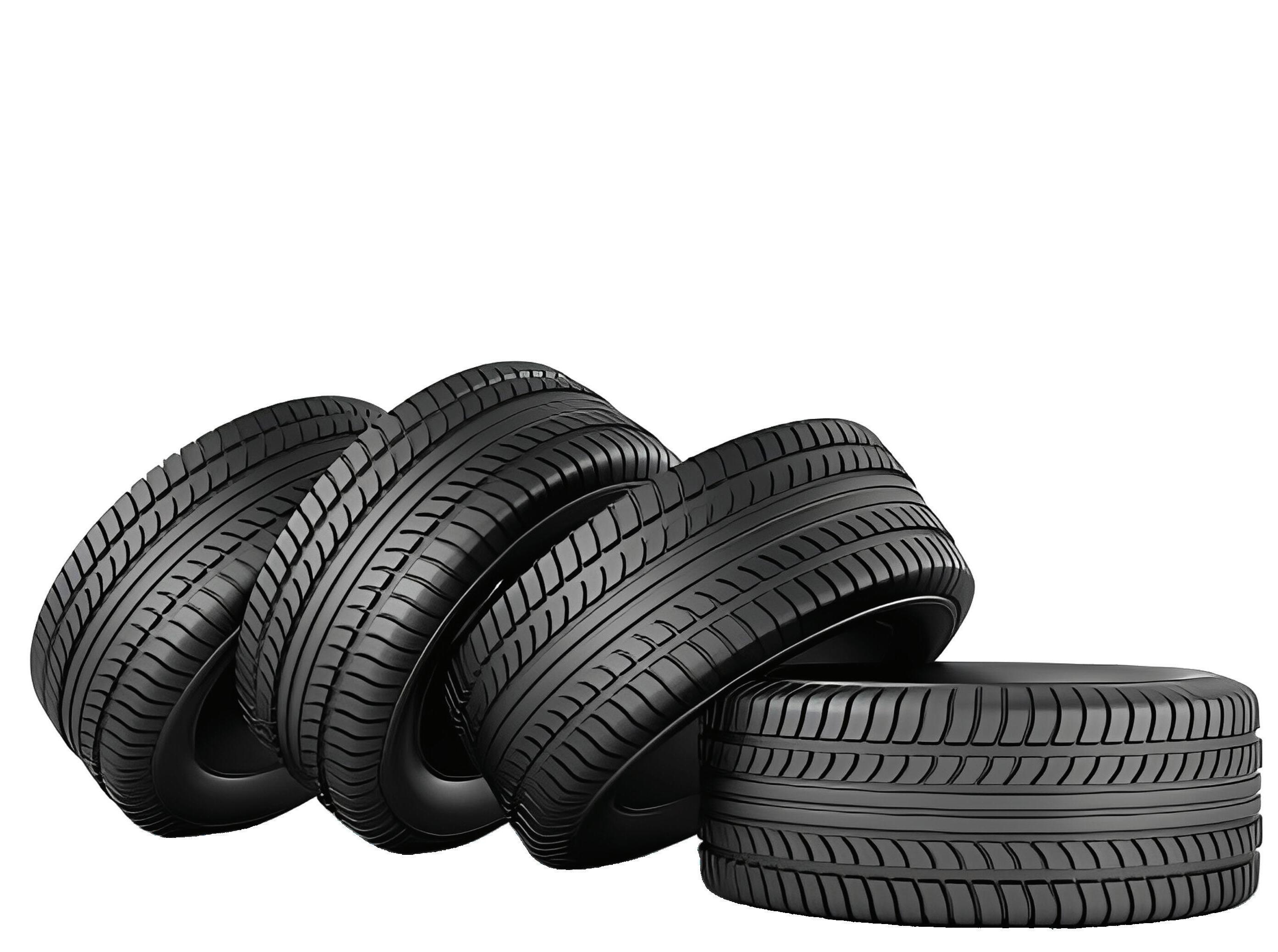
Best Value Tyres
Best tyre deal guaranteed.
Fast Tyre Service
All work is performed as quickly as possible.
Reliable Tyre Advice
We care for our customers like family.
Need a repair, service of inspection?
Book an appointment and bring your car for tyre inspection!
SERVICES
• TYRES IN HAMILTON
• WHEEL ALIGNMENT
• BATTERIES
• WHEEL BALANCE
• PUNCTURE REPAIR
TE RAPA STOR
Karewa Place
Tel: (+64) 07 8470990
E: karewa@worldoftyres.co.nz
Weekdays: 8am – 5pm Saturday: 9am – 2pm
• NITROGEN TYRE INFLATION
• BRAKES
• SUSPENSION
• COURTESY CAR
FRANKTON STORE
Greenwood Street
Tel: (+64) 07 8470330
E: sales@worldoftyres.co.nz
Weekdays: 7.30am – 5.30pm Saturday: 8am – 4pm
B&C | 91
Volvo Construction Equipment introduces zero-emission machines to New Zealand
Customers in New Zealand can now take advantage of highperforming electric power thanks to the arrival of the first zero-emission construction machines by Volvo Construction Equipment (Volvo CE).
The commercial expansion of the company’s leading range of electric machines comes as more and more customers in the region are prioritising decarbonisation and embracing the substantial benefits of electromobility.
Their introduction is part of Volvo CE’s mission to drive forward the industry’s sustainable transformation in every corner of the globe.
After proving more than capable in a variety of applications in other regions, these electric machines and accompanying charging solutions, which are also coming to Australia at the same time, are the perfect partner to achieve zero emission jobsites while maintaining high levels of productivity.
They deliver the same performance as their diesel variants but with the added benefit of near silence, fewer vibrations and a more comfortable work environment.
Furthermore, they open greater business opportunities, as they are designed to help companies achieve their carbon reduction targets
Five compact models will be available to buy in New Zealand.
They are the EC18 Electric, ECR18 Electric and the ECR25 Electric excavators, as well as the L20 Electric and L25 Electric wheel loaders.
Colm Hamrogue, CEO of dealer TDX, says TDX is excited to partner with Volvo CE and be at the forefront of technology and innovation.
“Being able to offer world-leading Volvo technology that offers the same productivity and performance while delivering zero emissions is a great step forward and one I’m sure many of our customers will embrace.
“Embracing technology and innovation was at the centre of our decision to rebrand from TransDiesel to TDX 18 months ago.

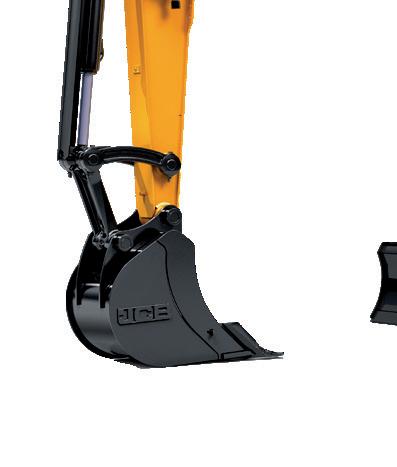
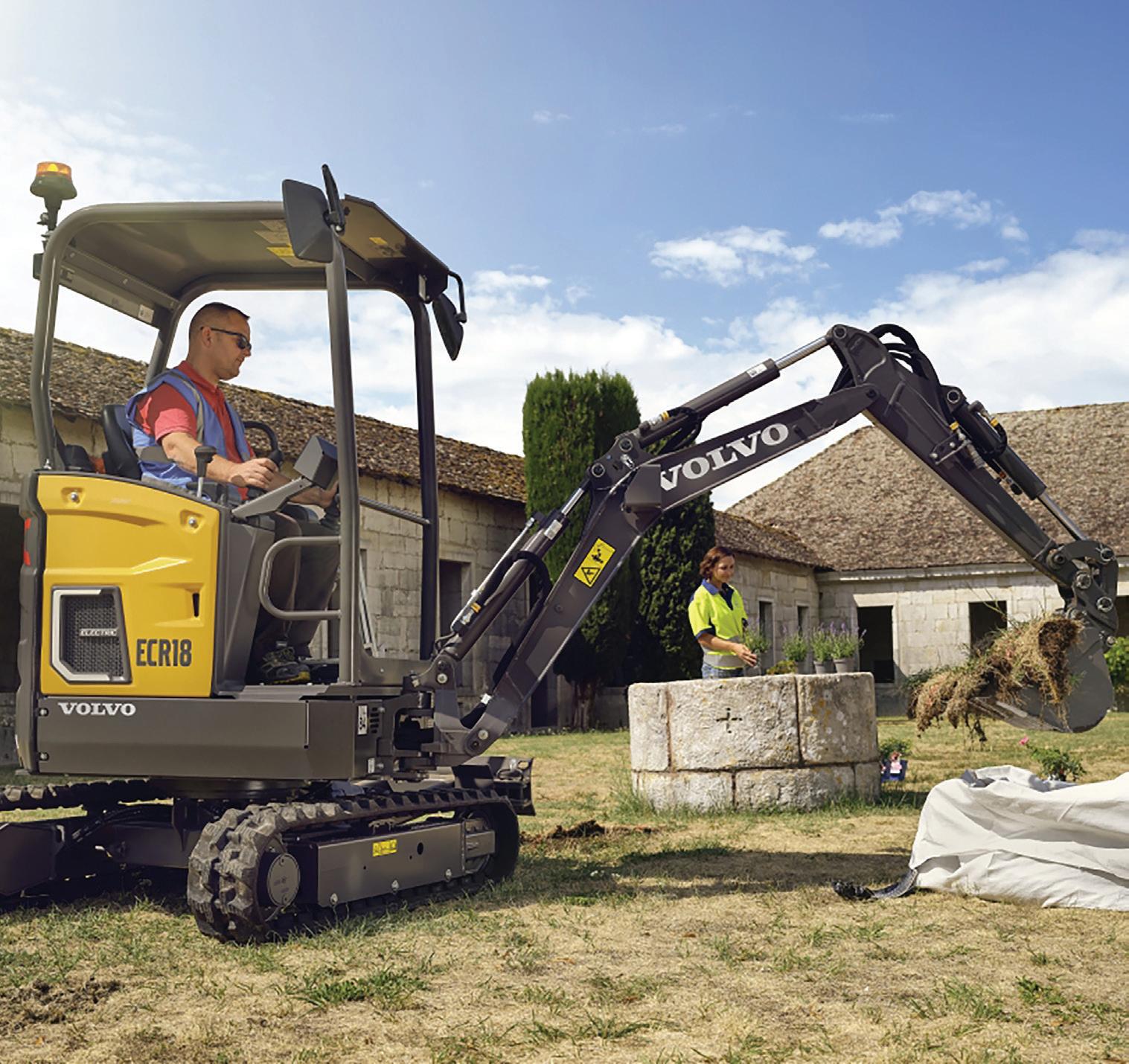
Our commitment to working towards a more sustainable future was further demonstrated when we became a Toitu carbonreduce certified organization earlier this year.
“Our commitment to working towards a more sustainable future was further demonstrated when we became a Toitu carbonreduce certified organization earlier this year,” Colm says.
As a world leading manufacturer, Volvo CE also understands the need for collective action and believes that through the development and commercialization of its electric solutions, it is not only helping to reduce its own environmental impact, but that of its customers too.
As such, it has set a goal to achieve net-zero value chain greenhouse gas emissions by 2040, with significant emission reductions as early as 2030.
Bertrand Collette, head of Market Area Oceania at Volvo CE, says “We are proud to demonstrate that sustainable solutions are not just a promise for tomorrow, but a real innovation for today.
“Having already proved their strength in other global regions, these reliable electric


solutions are set to ensure customers in New Zealand can deliver on their decarbonisation ambitions without any impact on productivity.”
Charging flexibility
All machines come with charging solutions allowing them to charge from zero to 100 percent in under six hours.
For the most accurate picture, Volvo dealers can calculate the expected operating time and optimum charging solution based on customers’ activities.
With any of these machines, customers can operate in noise sensitive areas and out of standard hours, as well as lowcarbon projects and indoors, without the need for costly fume extraction systems.
For more information on the electric models, please visit the Volvo CE New Zealand web page.
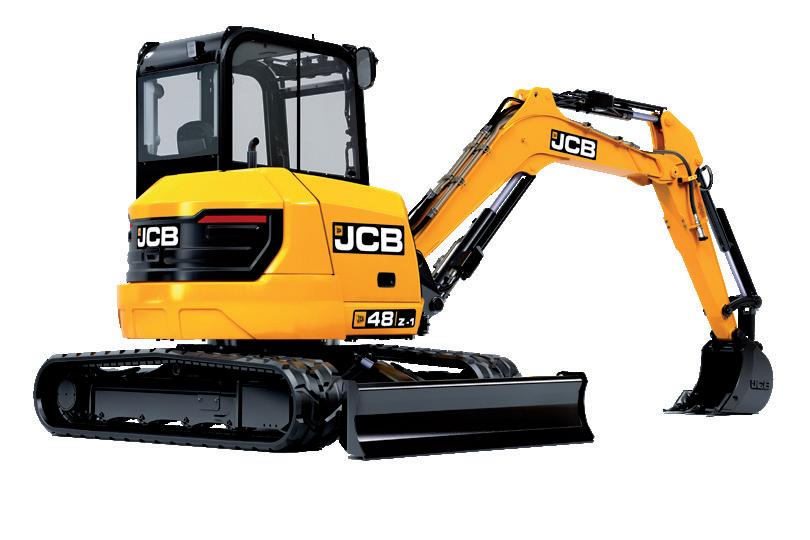
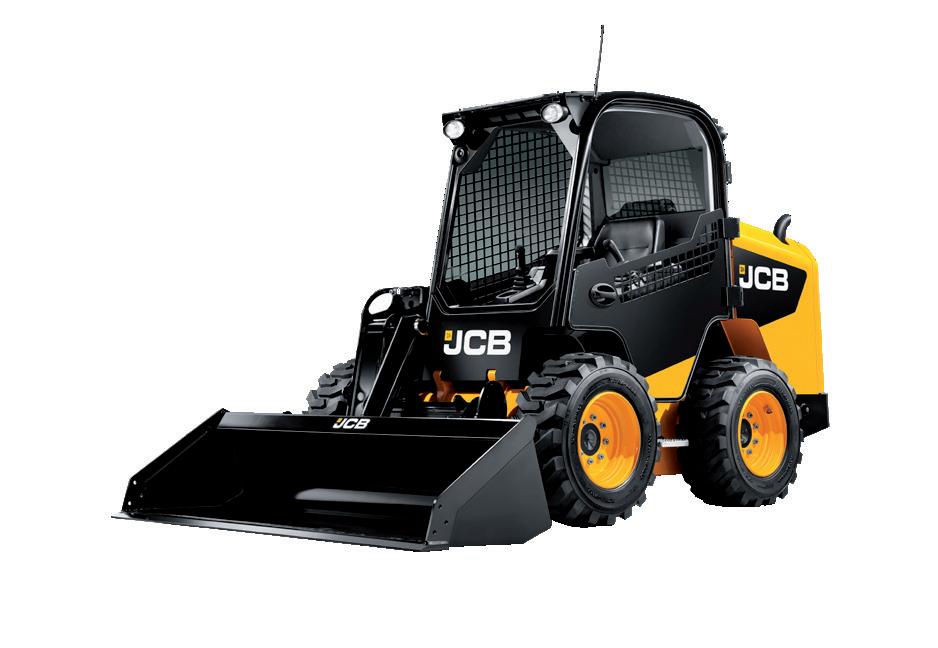

92 | B&C Construction Equipment Selected models of excavators, skid steer loaders, wheel loaders and more! $260,000 +GST WE PAY YOUR DEPOSIT YOU PAY NOTHING FOR 6 MONTHS! CONSTRUCTION *Standard lending criteria applies. Terms and conditions available upon request. Limited time offer, while stocks last. 0800 627 222 155 HD SKID STEER LOADER $53,000 +GST * 48Z-1 COMPACT EXCAVATOR $81,500+GST *

B&C | 93 SERVICES | REPAIRS | SHOCKS & BRAKES EXHAUSTS | WOF | TYRES BATTERIES | WHEEL ALIGNMENT | AIRCON New Reception & Parking off Sammaree Place KERIKERI PHONE: 09 407 8646 We are open Monday to Friday: 8:00am - 5:00pm, Cnr Mill Lane & Sammaree Place www.pitstop.co.nz
What to consider before beginning demolition
Some relevant info for people considering demolition work is: any properties built before the year 2000 now need to have a demolition asbestos survey done by a competent person, preferably a licenced asbestos assessor.
It is a legal requirement that any asbestos in a property is identified before demolition work takes place so it can be removed safely.
There is also a chance that other asbestos will be found as work progresses e.g. as packers in the house foundations or under concrete pads. If this is the case work will need to stop until it has been professionally removed.
Asbestos removal falls in to two categories: Class A (friable asbestos) and Class B (nonfriable asbestos). All Class A and more than 10 sqm of Class B asbestos need to be removed by an appropriately licensed asbestos remover.
Regarding trees and garden areas on the property – it is important that the client discusses with the demo contractor if they want to retain particular trees or garden areas. Some may not be able to be saved if they are too close to the house.
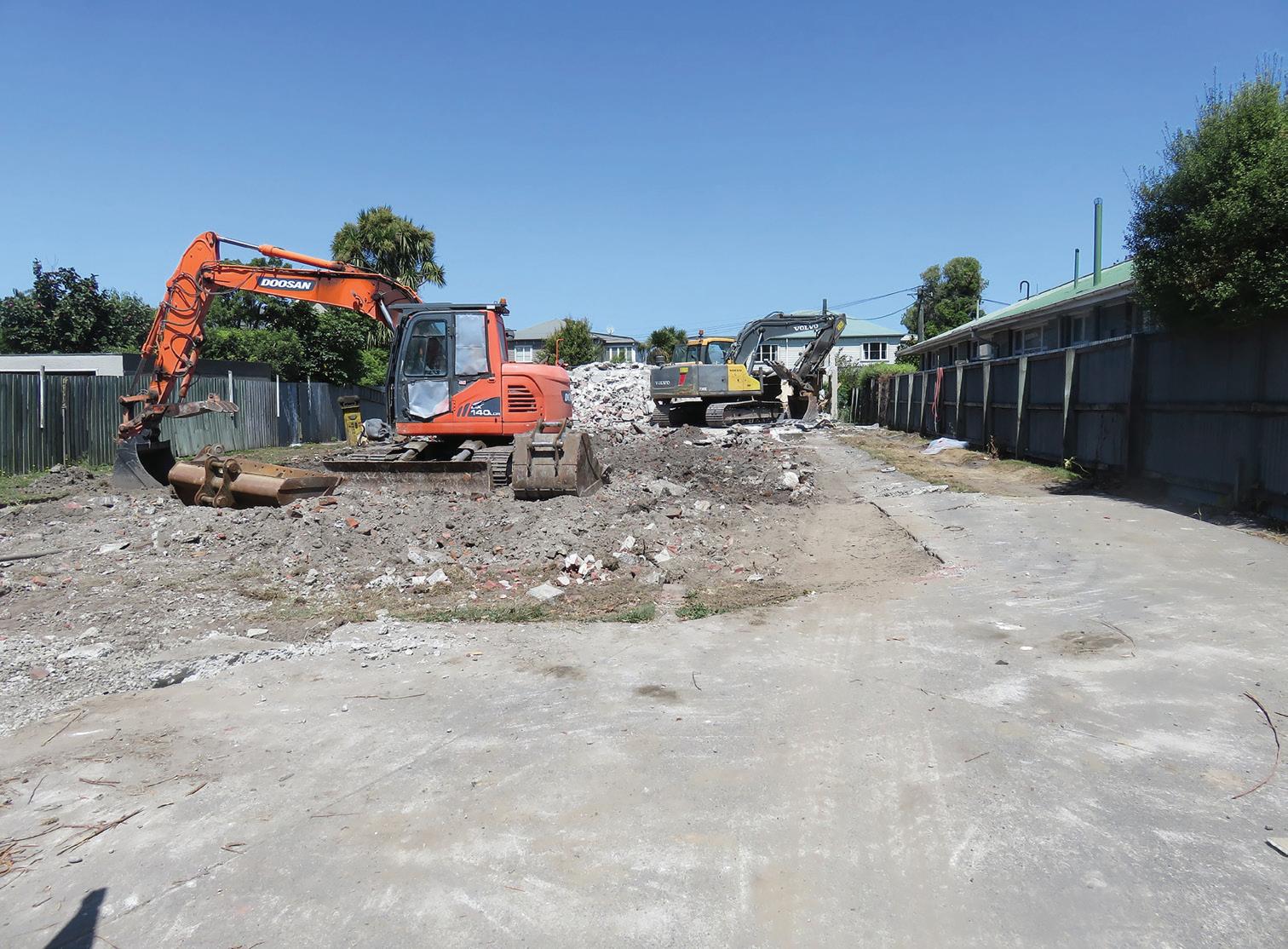
Salvage is another problem area; if a client wants to retain any house materials, they should discuss this during the pricing process.
Also allow time for power removal, as the relevant power company must be asked to remove power for demolition - it’s not enough just to sign out of a property. Sometimes it can take a few weeks for power to be removed and demolition work cannot start until this has been done.
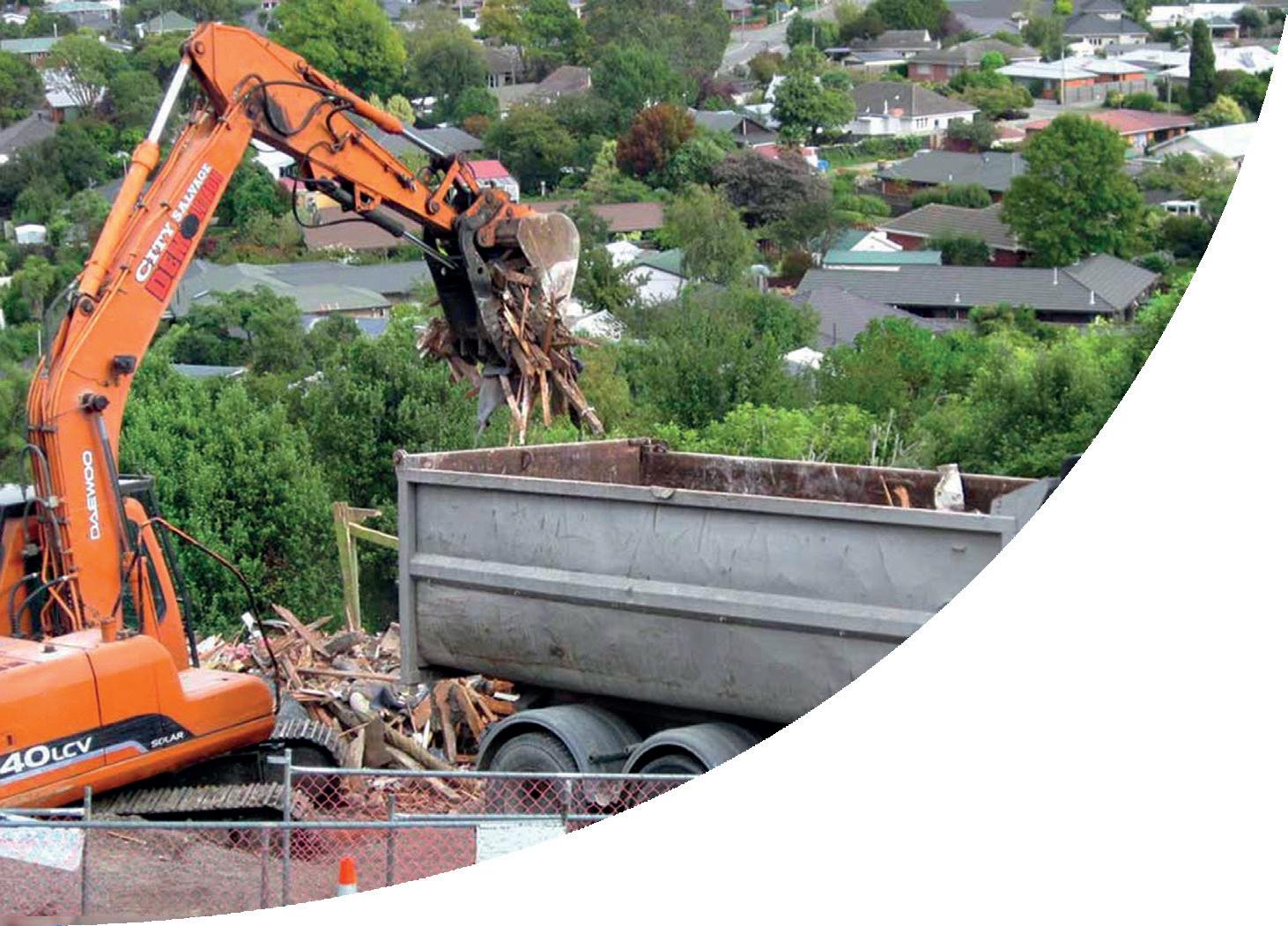
It is a legal requirement that any asbestos in a property is identified before demolition work takes place so it can be removed safely.
Another hidden cost is traffic management. If the property is on a main road there may be the additional cost of a council approved traffic management plan.
We should also mention managing waste –demo contractors sort waste as much as they can to minimize the amount going to landfill.
Salvage materials are removed for resale as much as possible. Scrap metal, concrete, shingle and green waste are dumped separately.
We operate the Pumphouse Demolition Yard where we recycle bricks, aluminum joinery, flooring, corrugated iron, doors, windows, bathroom/kitchen fittings and other materials.
The cost of landfill dumping affects demolition costing and there has been a significant increase in landfill cost already this year and a likelihood of more price increases as time goes on.
The Pumphouse and City Salvage Contractors
544 Tuam St Christchurch (03) 260 4682
contracts@citysalvage.co.nz
94 | B&C Demolition & Salvage NZDAA “Put our experience to work on your project” CITY SALVAGE CONTRACTORS W: www.citysalvage.co.nz E: contracts@citysalvage.co.nz 544 Tuam Street, Christchurch, PO Box 32139 Christchurch DEMOLITION & ASBESTOS REMOVAL CONTACT: 0274 324 878 OFFICE PHONE: 03 389 9650 Commercial and residential demolition Asbestos removal - classes A & B Site clearances Large or small projects NZDAA Member Contact us for a no obligation quote
work
Elite Arboriculture, Kapiti Coast
Located in Paekākāriki Wellington, the team at Elite Arboriculture are experienced arborists and have 20 years in the industry under their belt. From legally removing trees to giving you the best advice on tree care, Elite Arboriculture are the best at what they do.
Respect for the majesty of trees is what sets the Elite Arboriculture team apart. They see everything as part of the same ecosystem, from their great clients to the wildly varying types of native and exotic trees dotted across Wellington’s suburbs.
Elite Arboriculture knows that honesty and respect are the foundation for any client relationship and key to the health of your
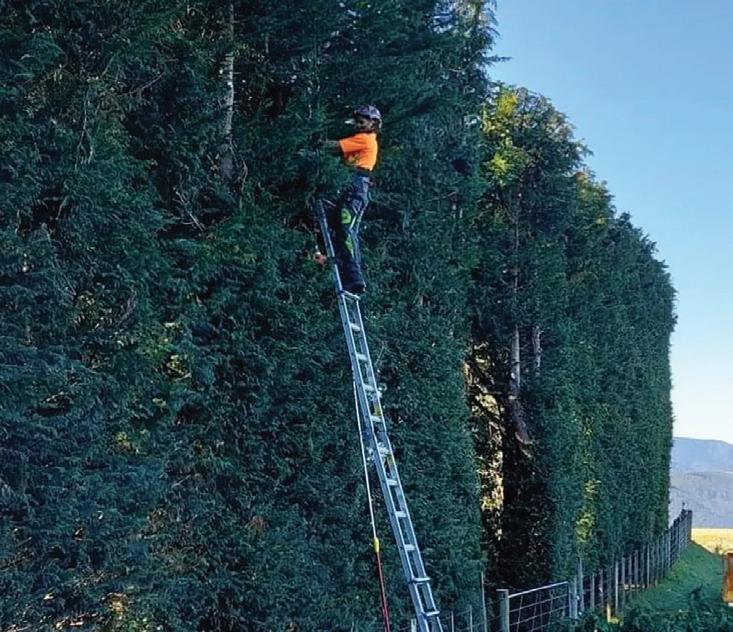
trees. They are proud to call themselves arborists and are pleased to be leading the industry to a new standard of expert-driven tree care.
Elite Arboriculture’s director Jade and the team grew up playing in trees, seeing each one as alive and individual in its own right, a place of nourishment, shade and play. They still believe that the mana of all trees must be respected. Like any life left to grow unfettered, neglected trees can grow uncontrollably, wild, unruly, and even dangerous.
Jade’s fascination with botany reaches all the way back to his climbing escapades when he was a kid. As an adult, Jade was lucky to receive years of professional training under the wing of Simon Palmer, one of the most respectful arborists operating today.
Jade and the Elite Arboriculture team provide many services for their happy clients; these include:
Pruning and Trimming
Tree trimming and pruning is an investment into the health of a tree. An untrimmed tree risks catching the wrong gust of wind and crashing onto something important like a boatshed or car. Well-pruned trees are also more attractive and can boost property value.
Tree Health
Weak join and crossing branches are some of the things you keep an eye on in trees. Removing grasses from the base and applying mulch are fundamental steps you can take to promote the health and strength of your tree by preventing potential issues.

Planting and Mulching
Elite Arboriculture can help you find the right trees for the right spaces. Away from hazards and overhead lines and choosing the right species.
Felling and Removal
Cutting back wild growth to free up more sunlight on your property, removing damaged or diseased branches and restoring the aesthetic beauty of your space are just some areas where Elite Arboriculture’s
expert pruning services can help you tidy up and restore order to your land.
Dismantling
Trees in tight, finicky locations can’t simply be chopped down. Like a game of pick-up sticks, each branch and section of the trunk must be surgically sliced from the tree and removed individually.
If you have a tree needing top-notch care, contact Elite Arboriculture on 027 343 8846 today!
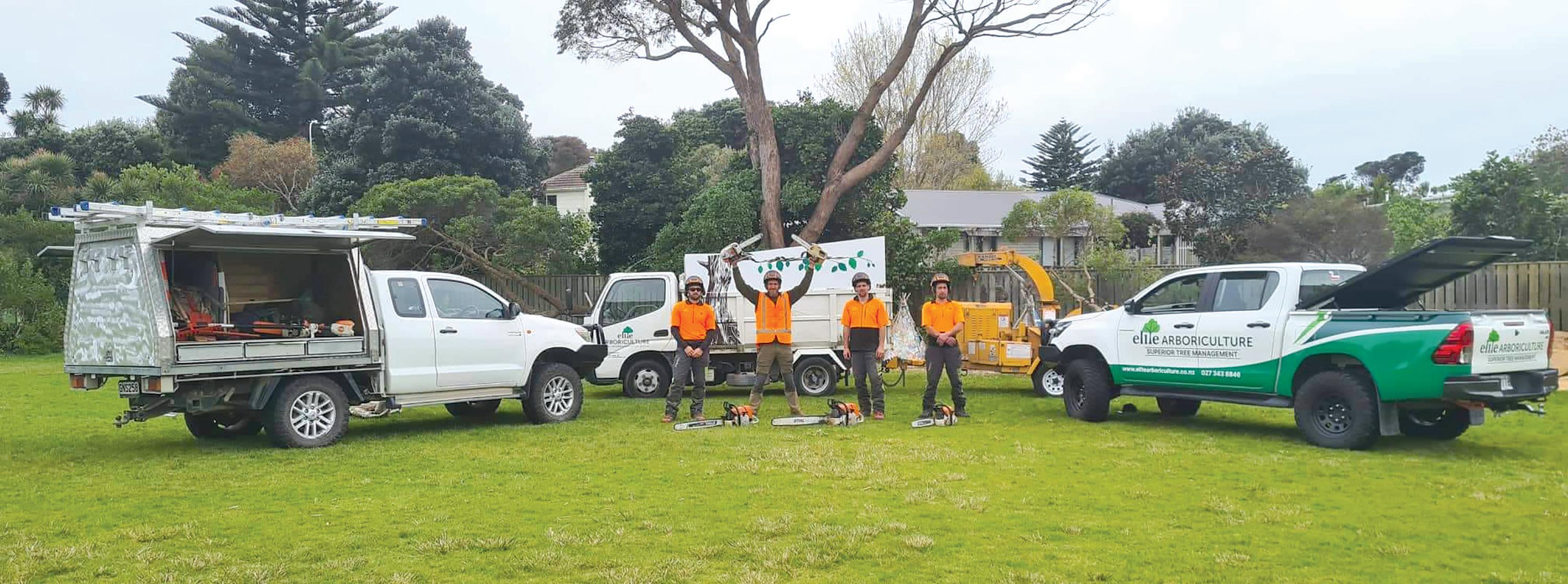
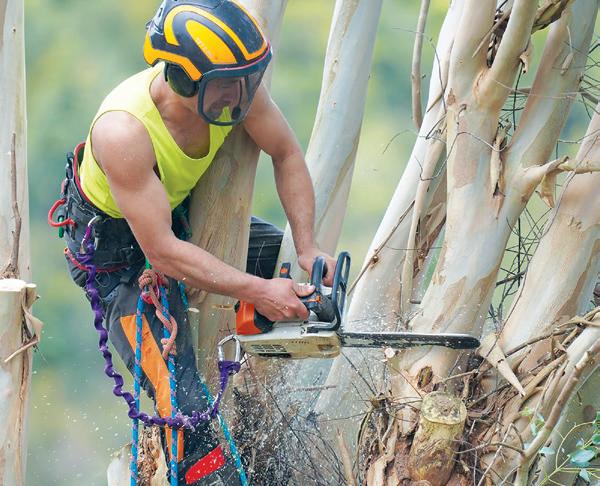
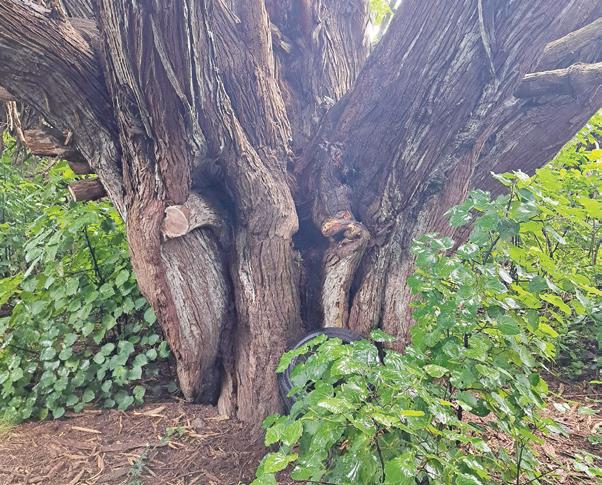
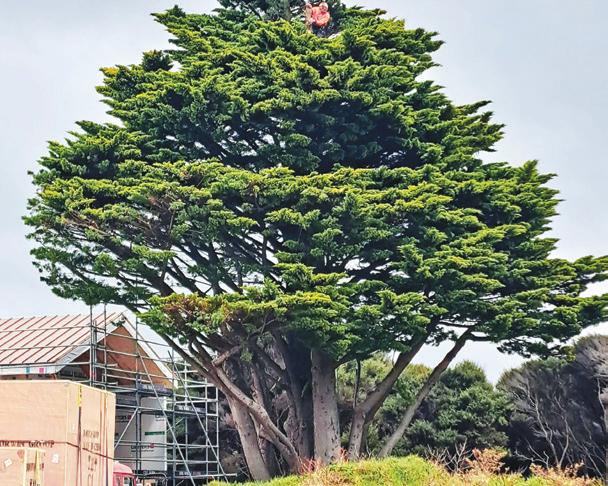
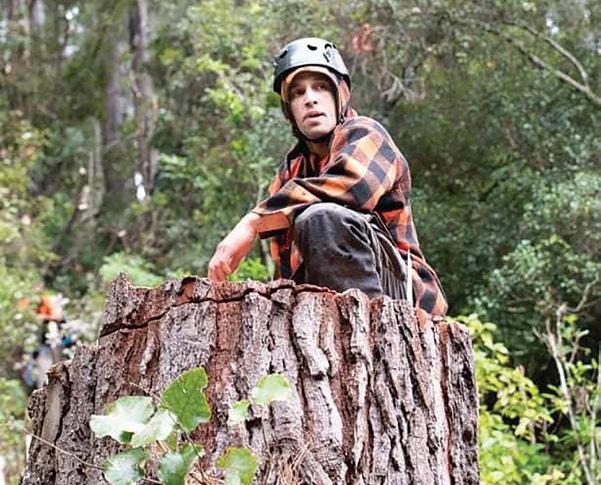
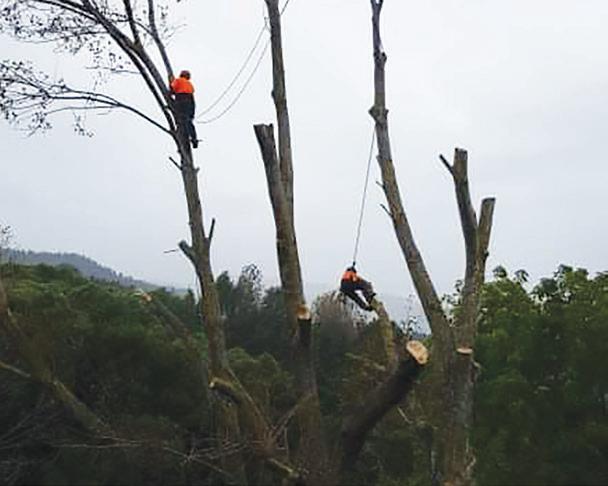
B&C | 95 PRUNING & TRIMMING TREE HEALTH PLANTING & MULCHING FELLING & REMOVAL DISMANTLING Professional • Experienced • Here to Serve Healthier Trees, Wider Spaces and Better Views. 027 3438846 | jade.elitearb@gmail.com | www.elitearboriculture.co.nz Superior Tree Management
Seddon Park Funeral Home located in Frankton, was established in 1993.
Seddon Park Funeral Homes service the greater Waikato.
There are eight celebrants available for funeral services in Hamilton and Morrinsville. The funeral home has modern facilities such as a modern funeral home with comprehensive facilities and on-site parking.
An arrangement room is available for funeral arrangements with an additional room where family and friends may spend time with the deceased.
A chapel is also available to use which can seat 170 people with room to overflow.
A reception area is adjacent to the chapel foyer and opens onto a private courtyard providing full after-funeral reception facilities.
Seddon Park Funeral Home can also provide catering with the best handmade quality food, they can cater for most dietary requirements and groups sizes, from as little as 10 up to 2000 people.
Your catering service can be held in the funeral home’s lounge or at any other venue.
At Seddon Park, they have a wide range of eco-friendly caskets and services which ensure the least impact on the environment.

They also support the Hamilton Park Cemetery who have a natural burial area called the Forest Grove.
Some companies that Seddon Park supports from eco-friendly services are Return to Sender Caskets, Departure Lounge Caskets, Tributs Willow Coffins and Natural Legacy Woollen Caskets.
Seddon Park Funeral Home will listen to your needs, creating a personal service tailored to your requirements.
They treasure their own beliefs and values, but also move with the times, create and embrace new ideas, and keep up with a changing generation.
At Seddon Park Funeral Home the different services available to you include funerals, cremations, memorials, catering and more. For kindness, compassion and expertise, don’t hesitate to reach out to the Seddon Park Funeral Home team.
You can call them on 07 846 1561 or email them on team@seddonpark.co.nz.

They are also able to give you access to:
• Funeral ceremonies arranged at your church, our chapel, your home or an alternative venue of your choice
• Funeral services to reflect the individual wishes and needs of each family
• Sensitivity to specific ethnic needs, customs and beliefs
• Personalised service sheets with high quality photo imaging
• Modern and traditional casket selection (including eco-friendly)
• Introduction to funeral celebrants
• Full on-site embalming service
• Visual and audio recording of funeral services
• Full catering and waitressing choices available
• Ashes interments and ordering of memorial plaques and personalised thank you cards
• Computer/photo show presentations can be displayed in our chapel during the funeral service
• Educational seminars for community groups and schools
• Live feed over the internet (Web Streaming).




96 | B&C We all want the best for our family... That’s why it makes sense to prepay your funeral. At Seddon Park Funeral Home pre-paid funds are held safely in a trust. This gives peace of mind, knowing your money is secure. It means your family isn’t left with a financial burden as well as the grief of losing a parent. Free Call 0508 SEDDON (0508 733366) p: 07 846 1561 | e: info@seddonpark.co.nz w: seddonpark.co.nz | 49 Seddon Road, Hamilton PO Box 5523, Frankton 3242
Seddon Park Funeral Home
Caring for our community
Tasman Day Surgery is a team of caring health professionals who are dedicated to supporting your health journey in every way they can.
Located in Nelson, the hospital is run by doctors who believe in the simple philosophy of providing high-quality, patient-centred care to their community. As a leading purpose-built private hospital in Nelson, Tasman Day Surgery will be sure to prioritise your safety and comfort every step of the way.
The new hospital, Tasman Day Surgery builds on twenty years of day surgery experience in the Nelson and Tasman regions. Tasman Day Surgery offers an excellent option in private surgical care. The new hospital opened in March 2022 and was developed in response to the population growth in the region, and the desire to provide Tasman residents with a local option for surgical care. Whilst endoscopy is a specialist focus of Tasman Day Surgery, due to New Zealand’s need to increase bowel cancer screening, they provide a full day hospital service within a compassionate, friendly and caring environment.
At Tasman Day Surgery, they pride themselves on providing timely and patientcentred healthcare services that cater to a wide range of medical needs. In collaboration with their trusted local partner, Opritech, Tasman Day Surgery have pioneered a cutting-edge surgical theatre system. This advancement enables them to offer a diverse array of medical procedures, all within the comforting environment of a day-stay hospital. The dedicated team of medical and administrative professionals collaborates seamlessly to ensure that your experience is as comfortable and stress-free as possible.
Tasman Day Surgery's range of medical and surgical services include:
• Endoscopy – Colonoscopy and Gastroscopy
• General Surgery
• Gynaecology
• Skin Surgery
• Ear Nose and Throat Surgery
• Infusion Service for Cancer Treatment
• Orthopaedics.
At Tasman Day Surgery, the team is committed to delivering the highest standards of care and treatment. Your well-being is their top priority, and they are constantly expanding their services to better serve your healthcare needs.

“To Kate, Matt and the rest of the team at TDS… Thank you for continuously making the scariest of times for me so comfortable and for your kindness. Kate, your reassurance during pre and post care was the best! And thank you for handling my tears like an absolute champ. As a fellow nurse, I strive to treat my patients the same way you treated me. Thank you from the bottom of my heart.”
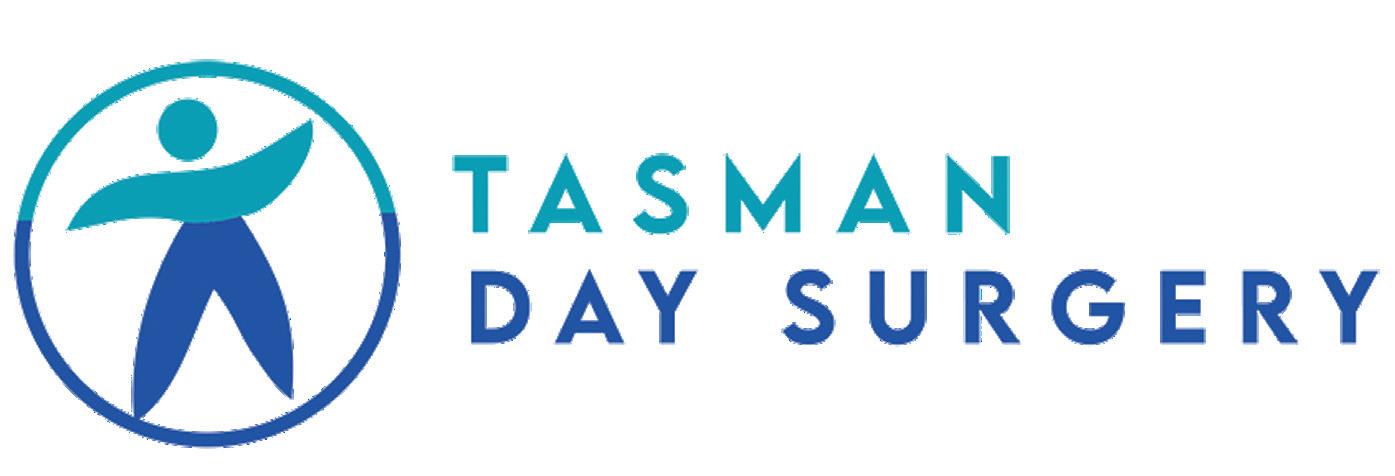
Tasman Day Surgery is located at 341 Lower Queen Street, Richmond, and is open every Monday to Friday from 8am till 4:30pm. For a more comprehensive look into what Tasman Day Surgery can offer, visit them online at www.tasmandaysurgery.co.nz or call them on 0800 827 329.



B&C | 97 Committed Professionals Supporting Your Health Journey • Endoscopy – Colonoscopy & Gastroscopy • General Surgery • Gynaecology SERVICES: Our team of dedicated healthcare professionals is your partner in every step of your health journey. With unwavering dedication, we prioritise your needs and well-being, ensuring a compassionate and comprehensive healthcare experience. CONTACT US TODAY 0800 827 329 www.tasmandaysurgery.co.nz EMAIL enquiries@tasmandaysurgery.co.nz 341 Lower Queen Street, Richmond, Tasman • Skin Surgery • Ear Nose & Throat Surgery • Infusion Service • Orthopaedics
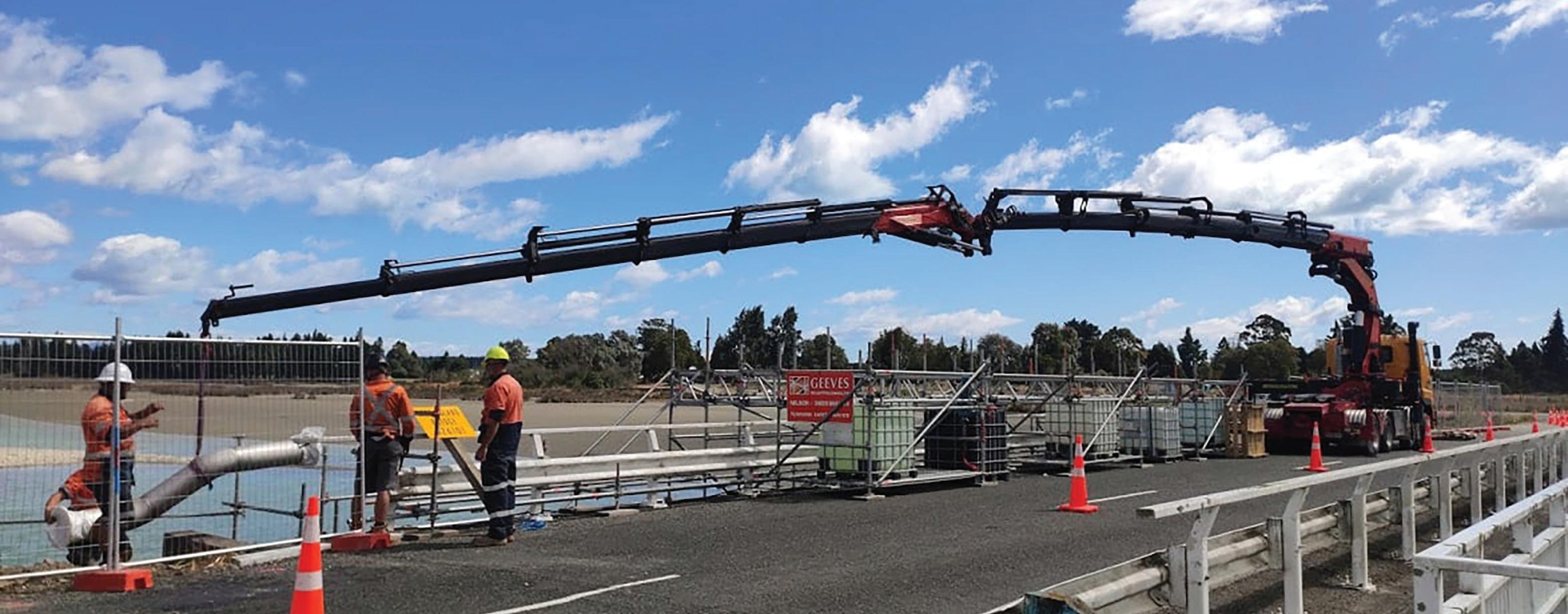
Making traffic management safe
Nelson Marlborough Traffic Management (NMTM) began in 2013 and was formerly known as STMS Forestry Services. Their director, Lorraine started Nelson Marlborough Traffic Management after finishing home-schooling all of her children and coming to a cross-road as to what to do next with her life.
Lorraine was contracted as a ‘Lollipop Lady’ on a couple of forestry projects and that is where the passion for the industry started. After working in the industry for a short time, Lorraine realised that there was a need in the Nelson Region for qualified, efficient, safe and competent Traffic Management services, so after saving 5,000 dollars, Lorraine took a leap of faith and purchased her very first set of signs and began slowly employing local friends and family to help on site.
Ten years later NMTM is still owned and operated by Lorraine, who to this day still employs family members and locals who often end up becoming good friends.
The NMTM team are proud of Lorraine, as in 2021 she was awarded the Outstanding Regional Services Performance award from Top of the South Forestry Awards. This solidifies and recognises the hard work and passion that Lorraine has for providing outstanding services to all of their clients and reflects the team’s efforts in assisting with this. Recently, when Lorraine was asked to describe what Nelson Marlborough Traffic Management was ‘all about’, Lorraine’s response was “We are locals, who employ locals and serve locals”.
Which is why when you do business with Nelson Marlborough Traffic Management, not only are you supporting a small family owned and operated local business, you’re also supporting all of the locals that they employ and NMTM are so grateful to you for that!
At Nelson Marlborough Traffic Management they offer various of services including:
Traffic Management Plans
With a strong TMP design team NMTM liaise with you personally to understand every detail of your requirements inside out. They create a Traffic Management Plan that minimises disruption and delay as much as possible so that you can complete your works safely and timely. The team use satellite images from a range of sources to ensure that they are able to design plans that best incorporate your requirements, while minimising potential hazards on site
Traffic Management Services
NMTM safely coordinates traffic and members of the public around your works, this can be in many forms; set up and dismantle of sites, manual traffic control and more. Their highly qualified NMTM


team are here to support you right from the planning, setting up and monitoring the site or supplying the necessary signs for you to manage the site, right through to dismantling of the site
Civil Construction
Whether it’s a power shut down or tree felling near a road, they realise that your site needs to be set up and ready to go by a certain time so that your works can go ahead. NMTM have a qualified and competent traffic management team with a proven track record and many years’ experience, so your project is safe with them
Site Equipment Hire
They can provide everything from signs and cones to portable traffic lights, electronic sign boards and everything else in between
Event Traffic Management
NMTM understand that it takes months for you to plan your event, and that budgets can be tight. Traffic Management is a necessary expense, and NMTM offer Traffic Management solutions that go beyond just stop/go signs. NMTM will work together with you to provide traffic management for your event that exceeds your needs, while keeping
‘I really appreciate the integrity and flexibility of a local Nelson business like Lorriane and her staff at Nelson Marlborough Traffic Management. Always great to work with people like that.’
- Josh
costs affordable, thus keeping the public safe with as little disruption as possible so your event can be a grand success
Traffic Management Training
Nelson based approved traffic management workshops delivered by their qualified trainers and assessors.
“We offer solutions beyond just stop-go signs, we love providing traffic management to a wide range of clients who we hope to build strong relationships with. We do what we say we’re going to do and we do it well. We deal openly and honestly with everyone as we understand our reputation & relationship with our clients are critical to providing safe, cost-effective, and as little disruption to the public as possible.”
Contact Lorriane and the Nelson
Marlborough Traffic Management team today for more information on 022 081 6329.
98 | B&C



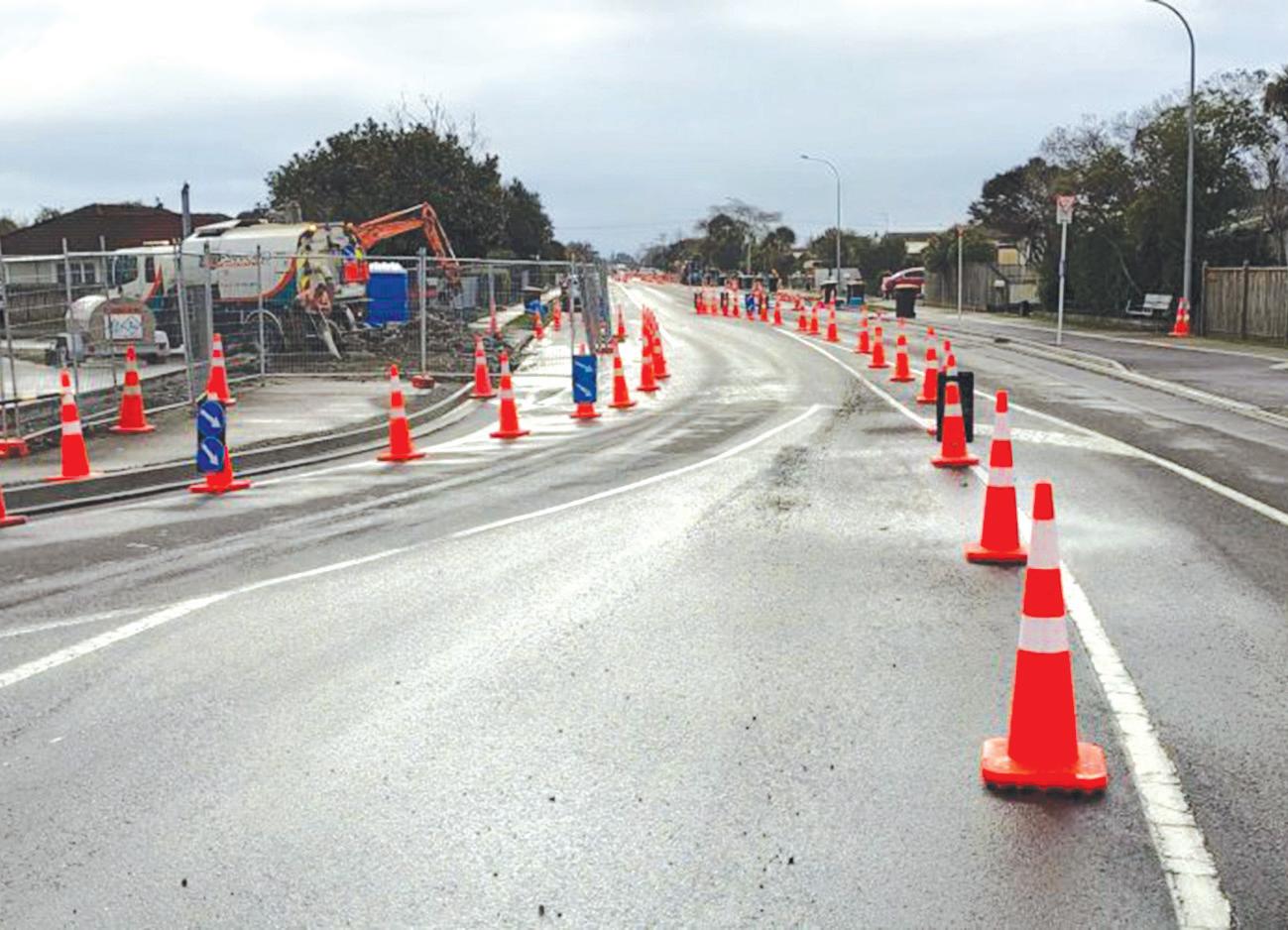



Our qualified staff focus on quality and safety, trust us with the traffic while you get the job done! Traff ic management specialists. Traffic Management Plans | Traffic Management Services | Civil Construction Site Equipment Hire | Event Traffic Management | Traffic Management Training www.nmtraffic.nz CONTACT US TODAY PHONE 03 928 0475 OR 027 246 9955 Email: admin@nmtraffic.nz Office: 1/10 Tokomaru Place, Stoke, Nelson
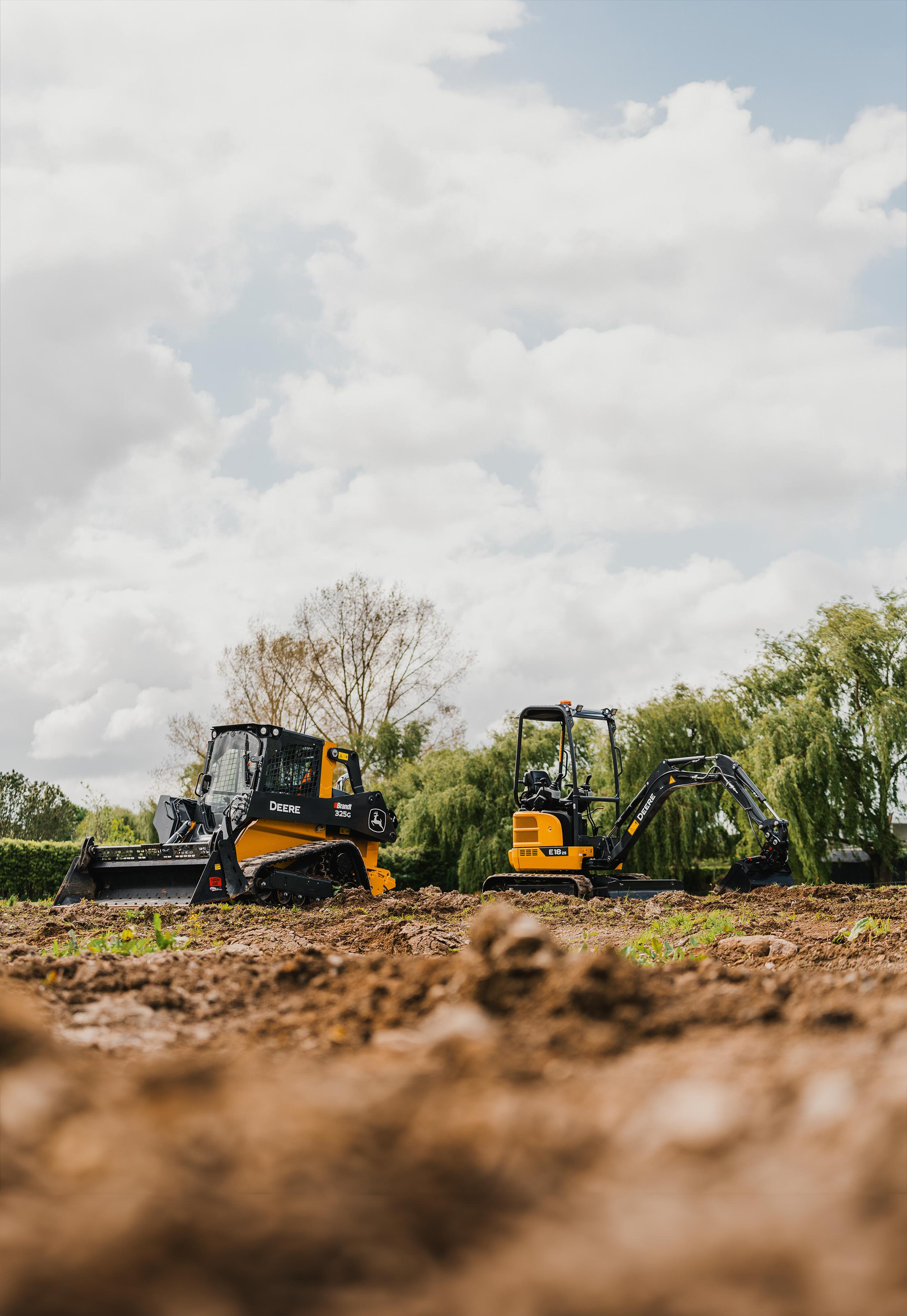
LOW-RATE FINANCE ACROSS THE ENTIRE RANGE OF JOHN DEERE COMPACT CONSTRUCTION EQUIPMENT. *Conditions Apply. John Deere Financial Limited. Approved commercial applicants only. Unless amended or withdrawn early, o er expires 29/02/24. Make the most of low-rate nance deals across the whole John Deere construction range. brandt.ca/nz 0800 4 DEERE Waipapa 09 407 0666 Whangarei 09 438 7228 Silverdale 09 427 9137 Pukekohe 09 237 0043 Hamilton 07 847 0425 Cambridge 07 827 5184 Te Puke 07 282 7235 Rotorua 07 345 5490 Gisborne 06 869 0006 Hastings 06 879 9907 Waipukurau 06 858 8822 Masterton 06 377 3009 Stratford 06 765 5690 Manawatu 06 350 0042


































































































































































































































































































































































































